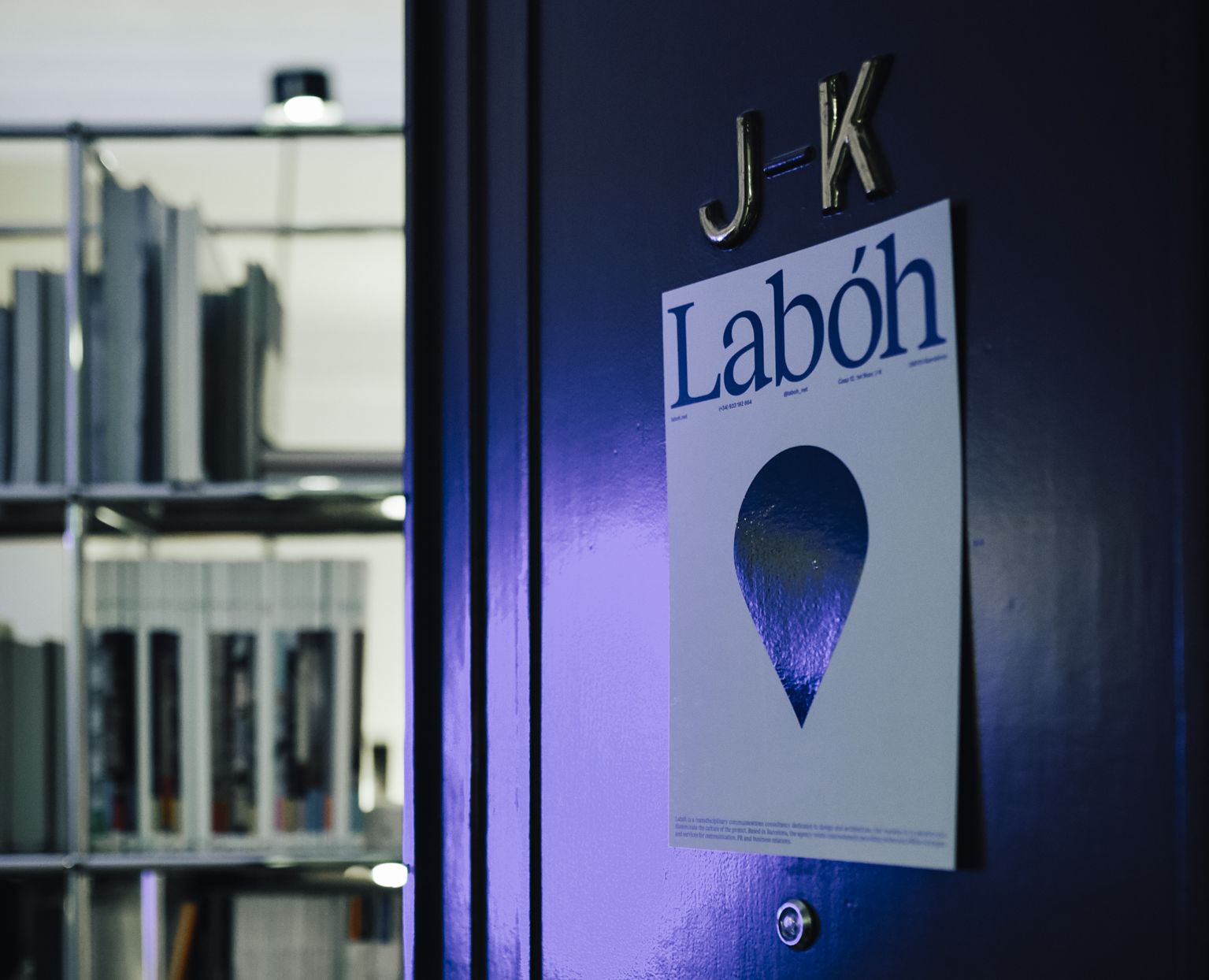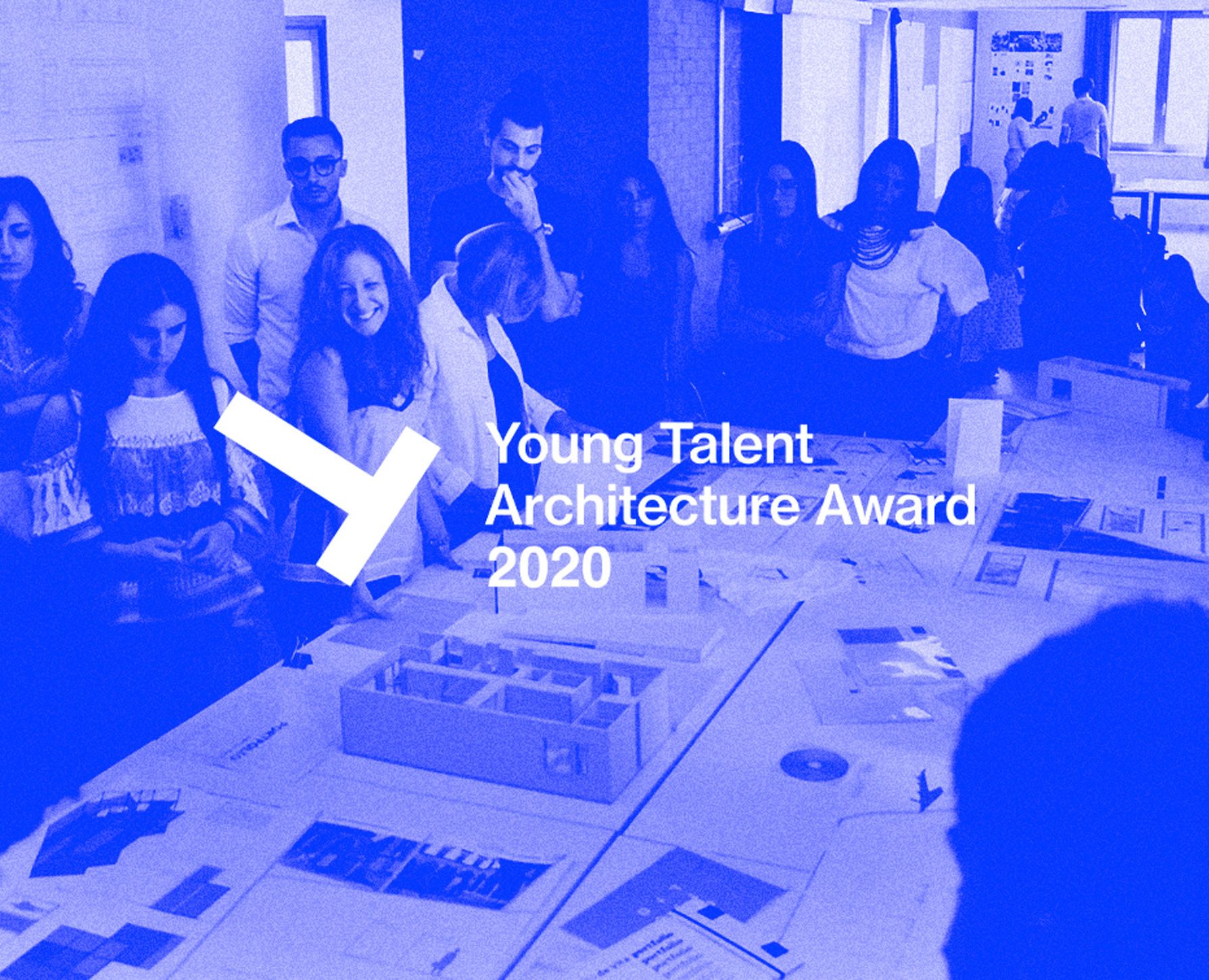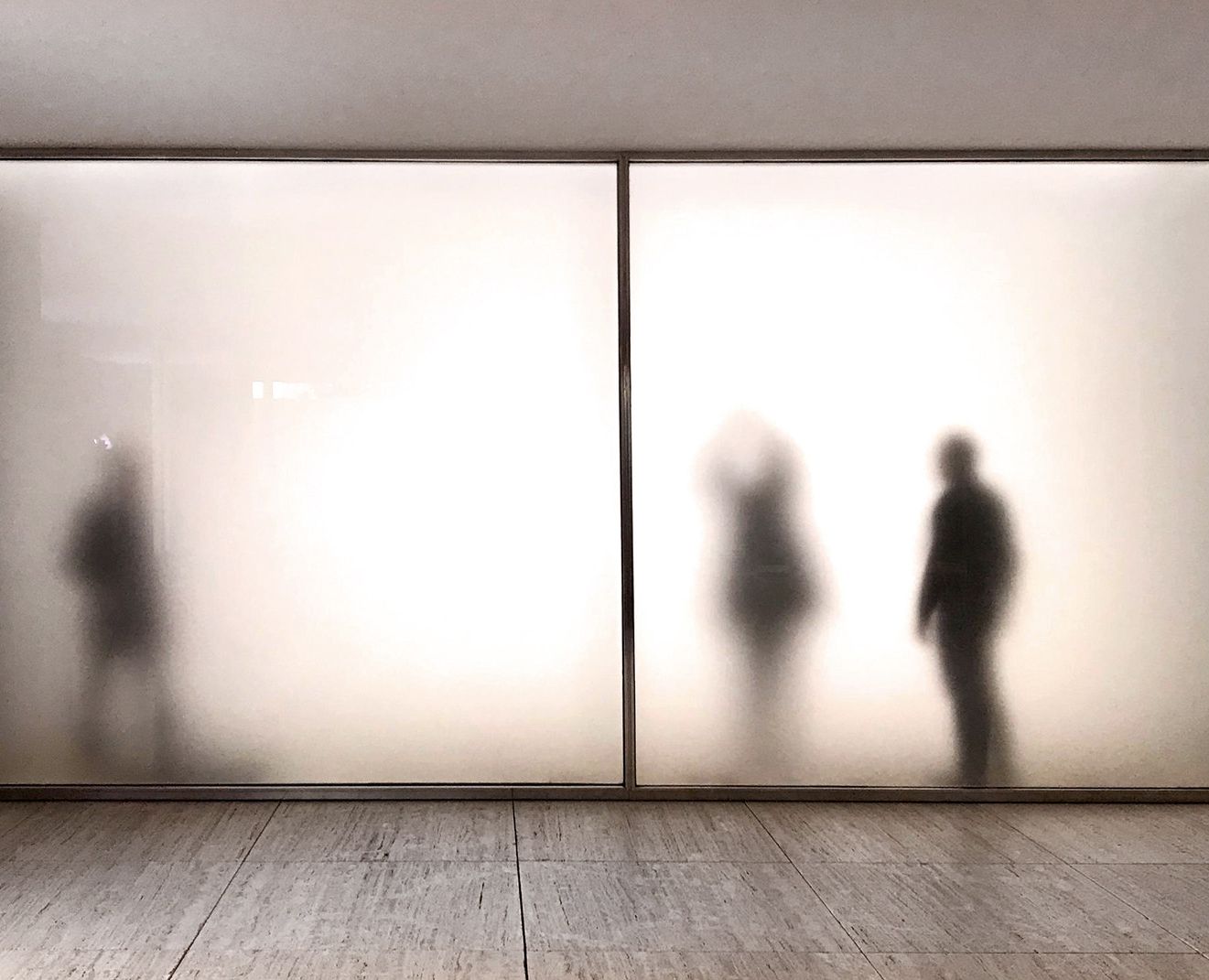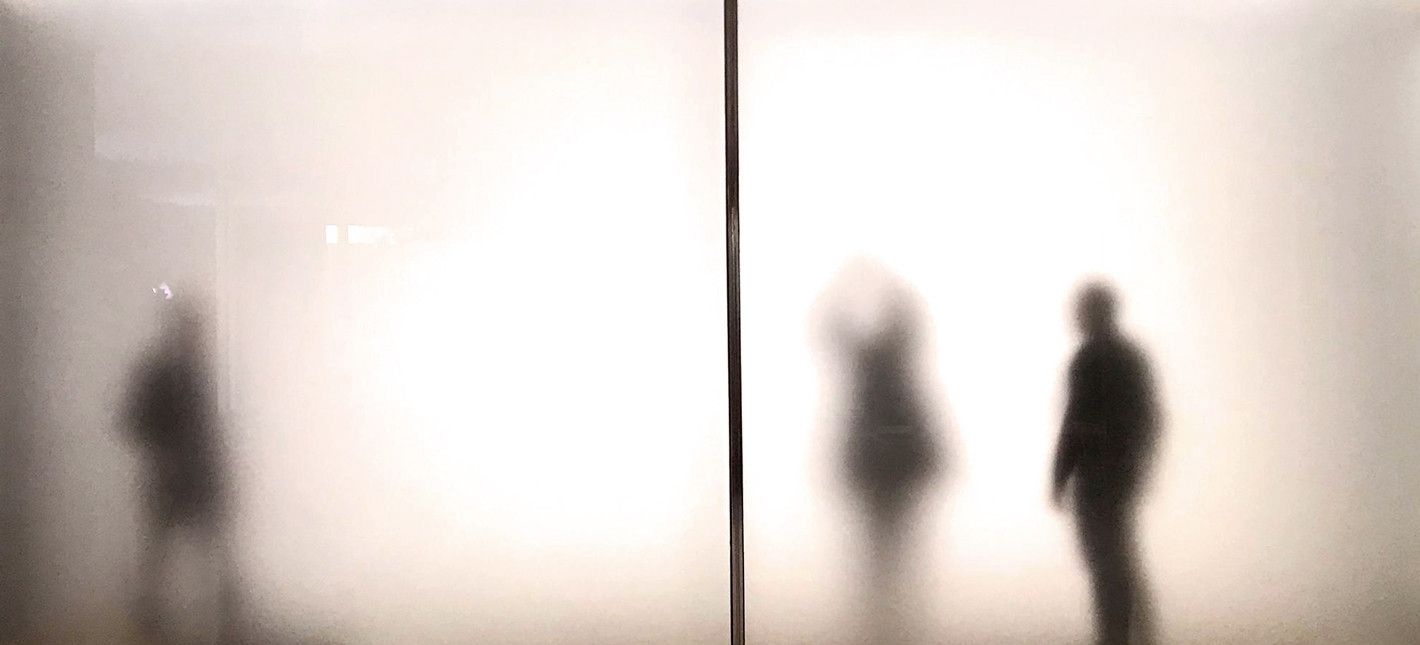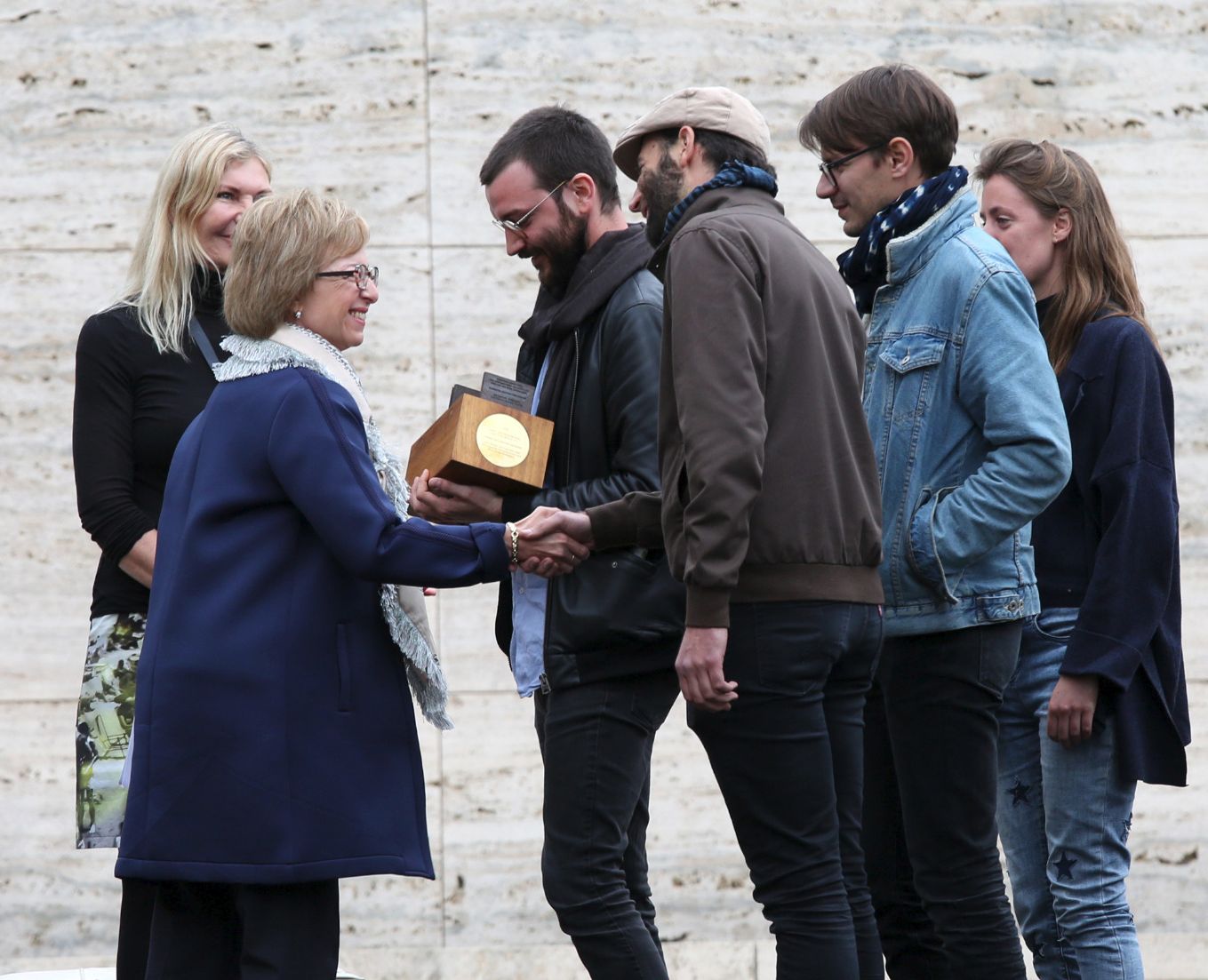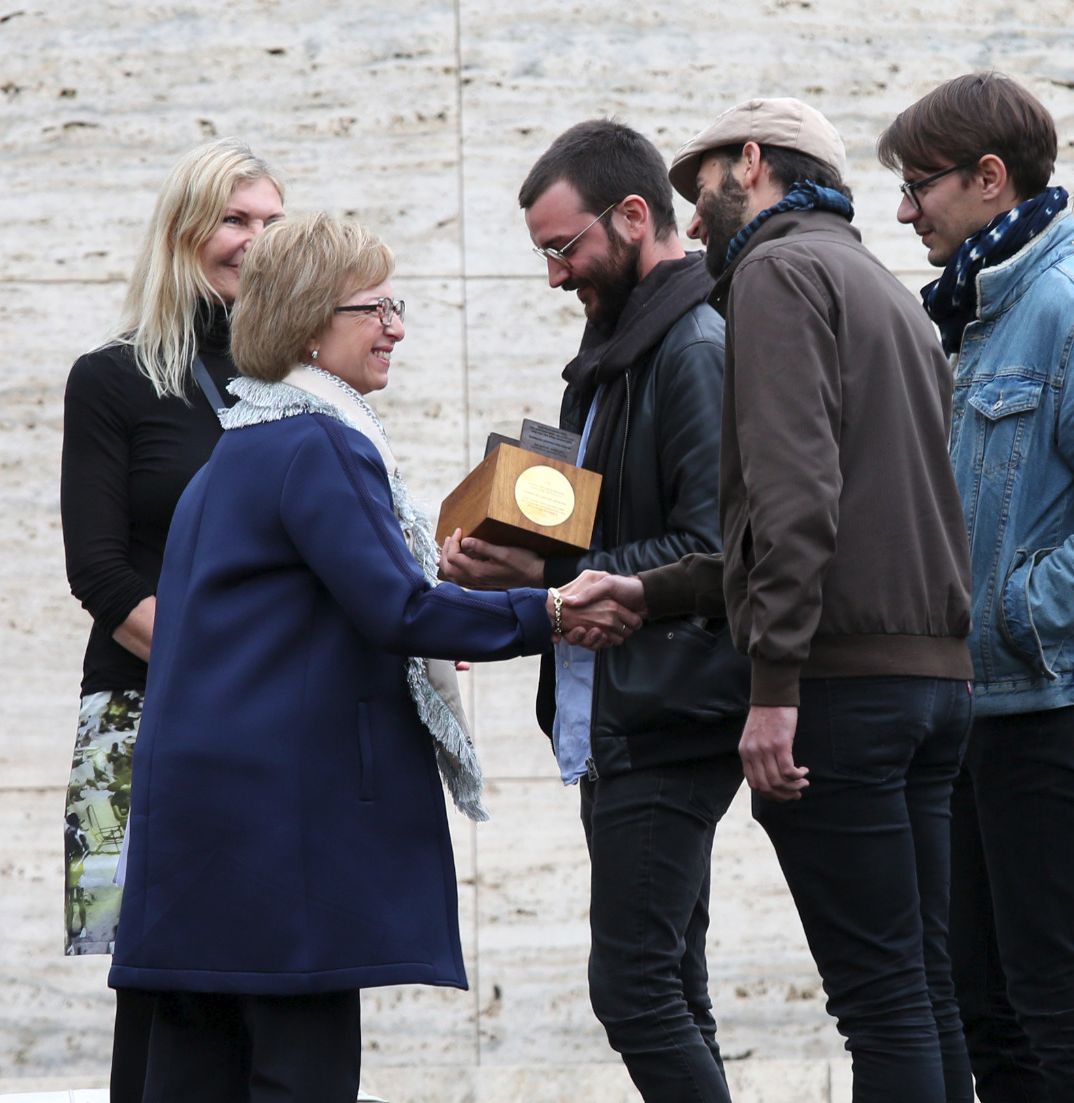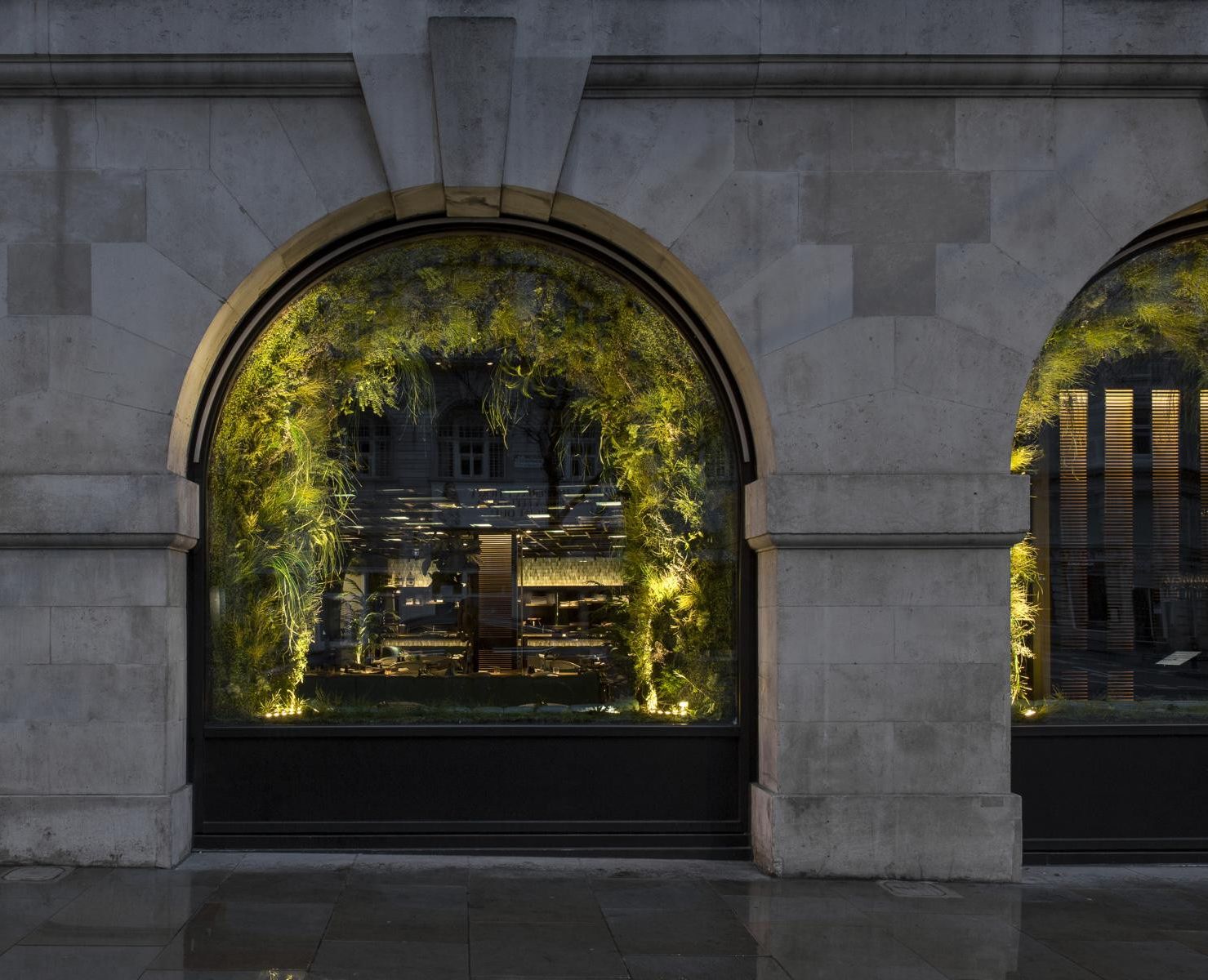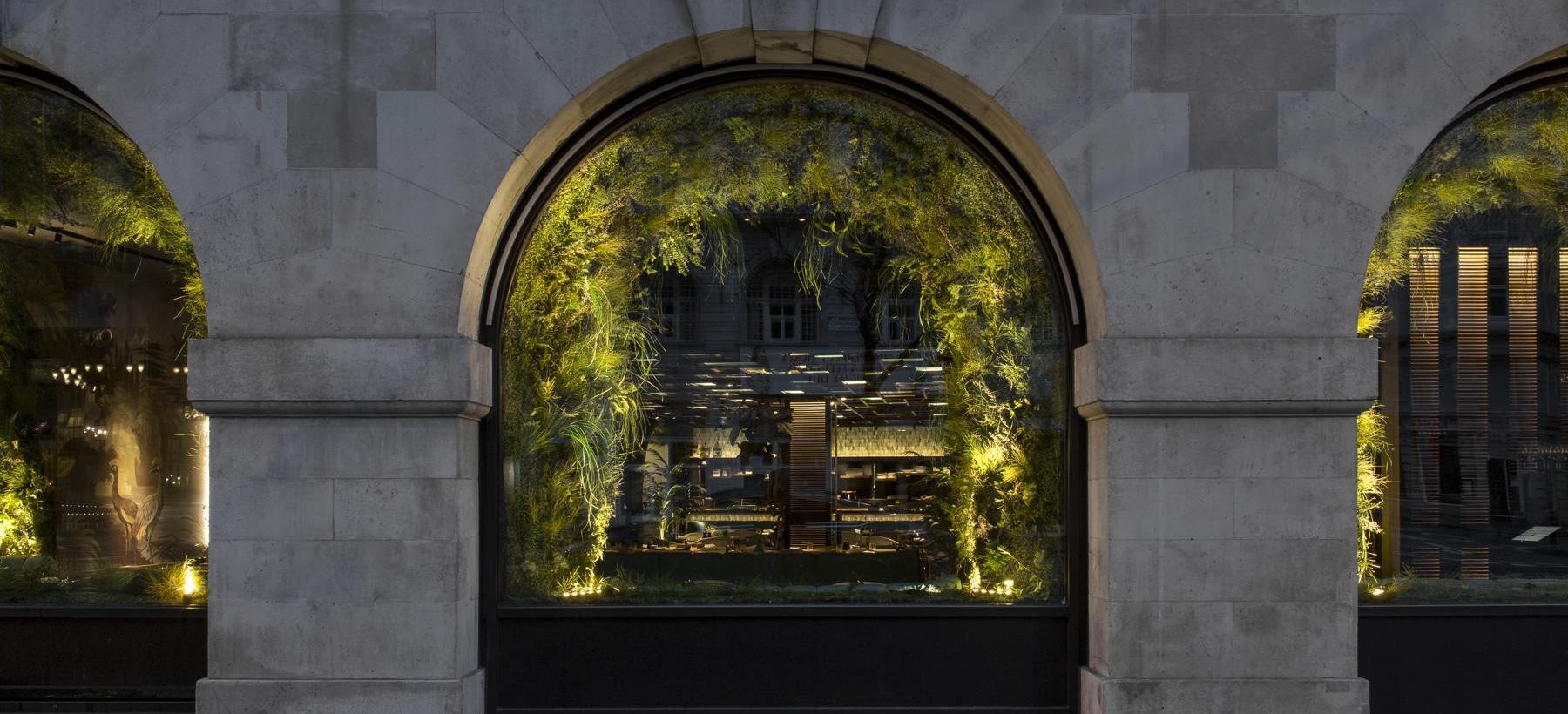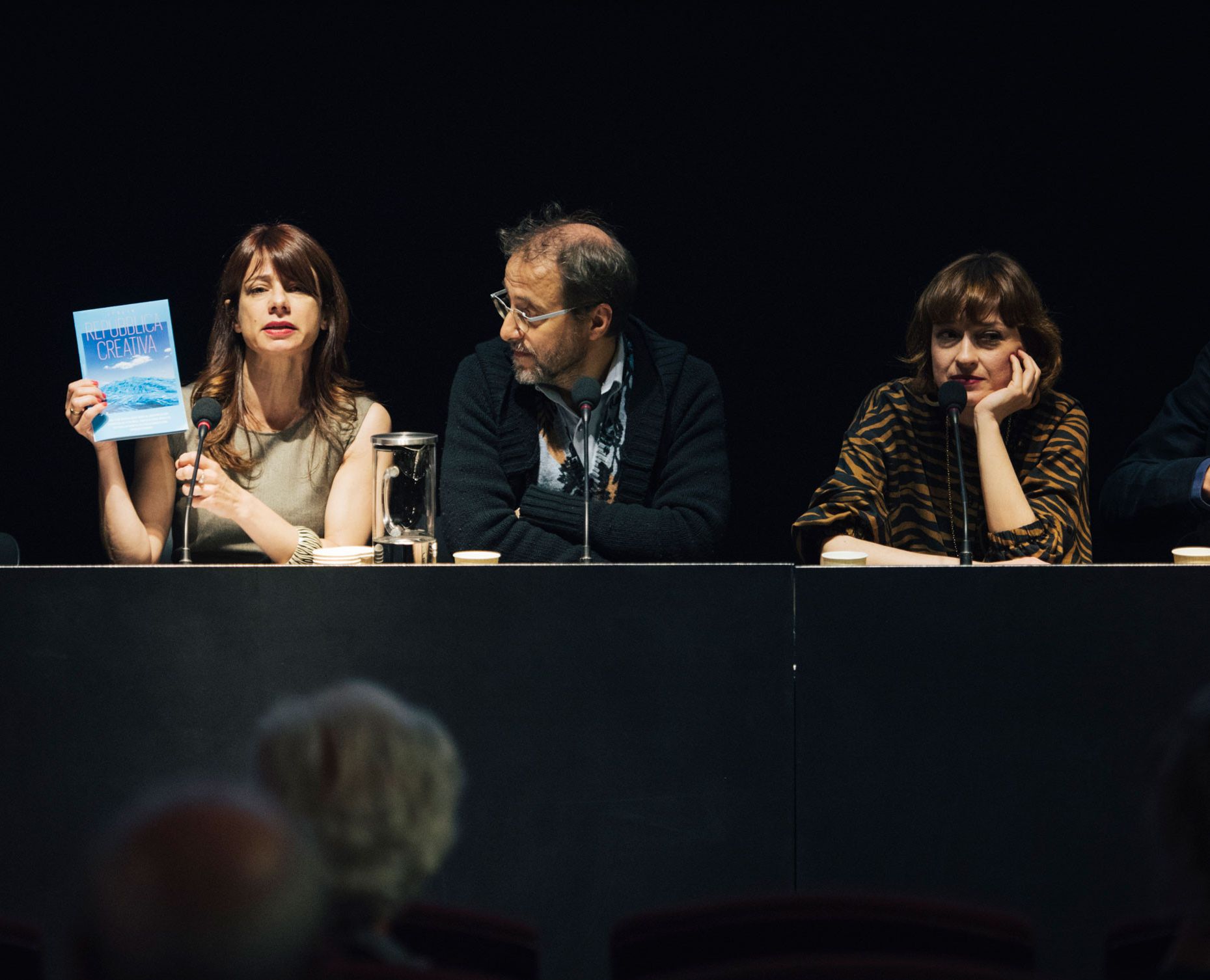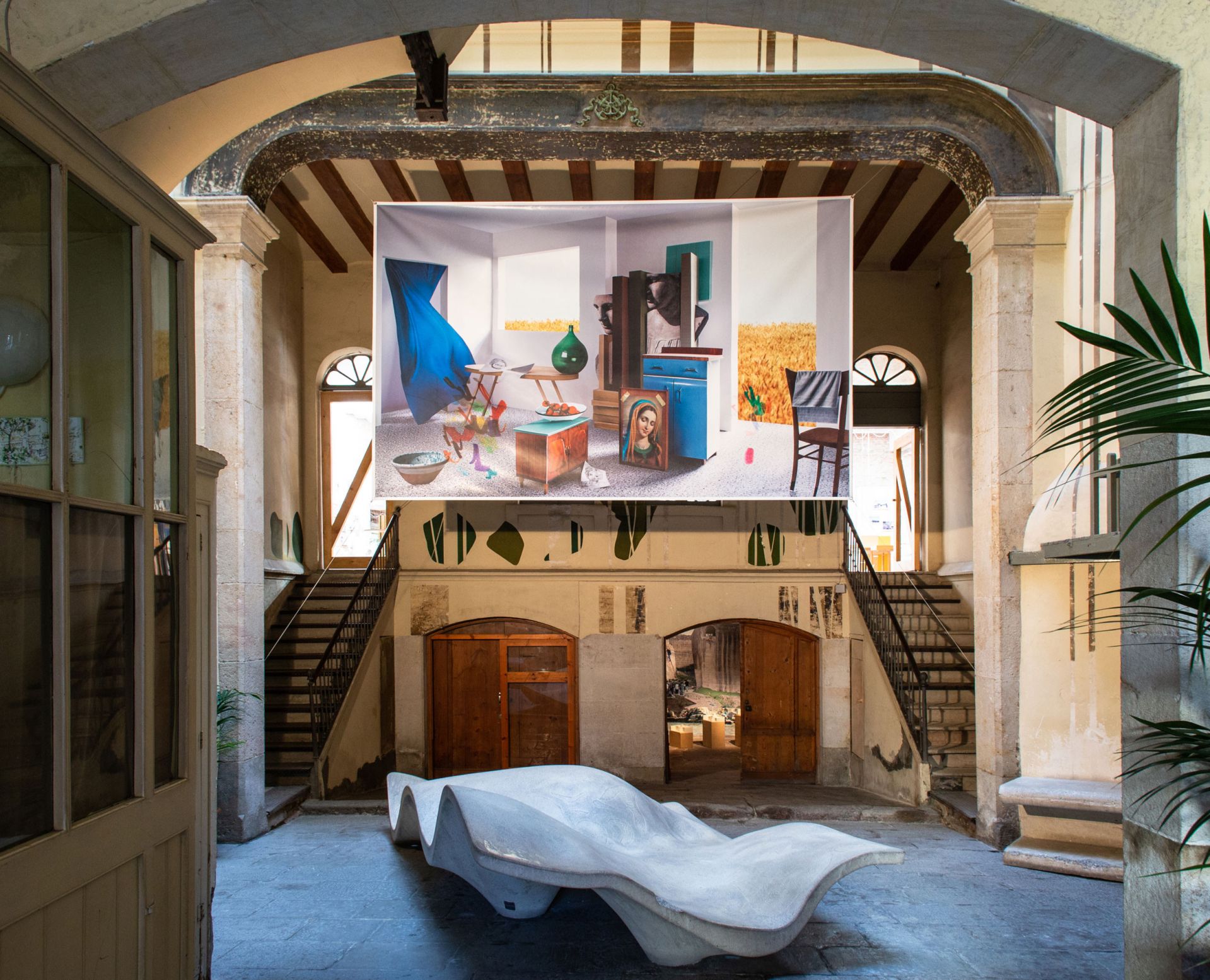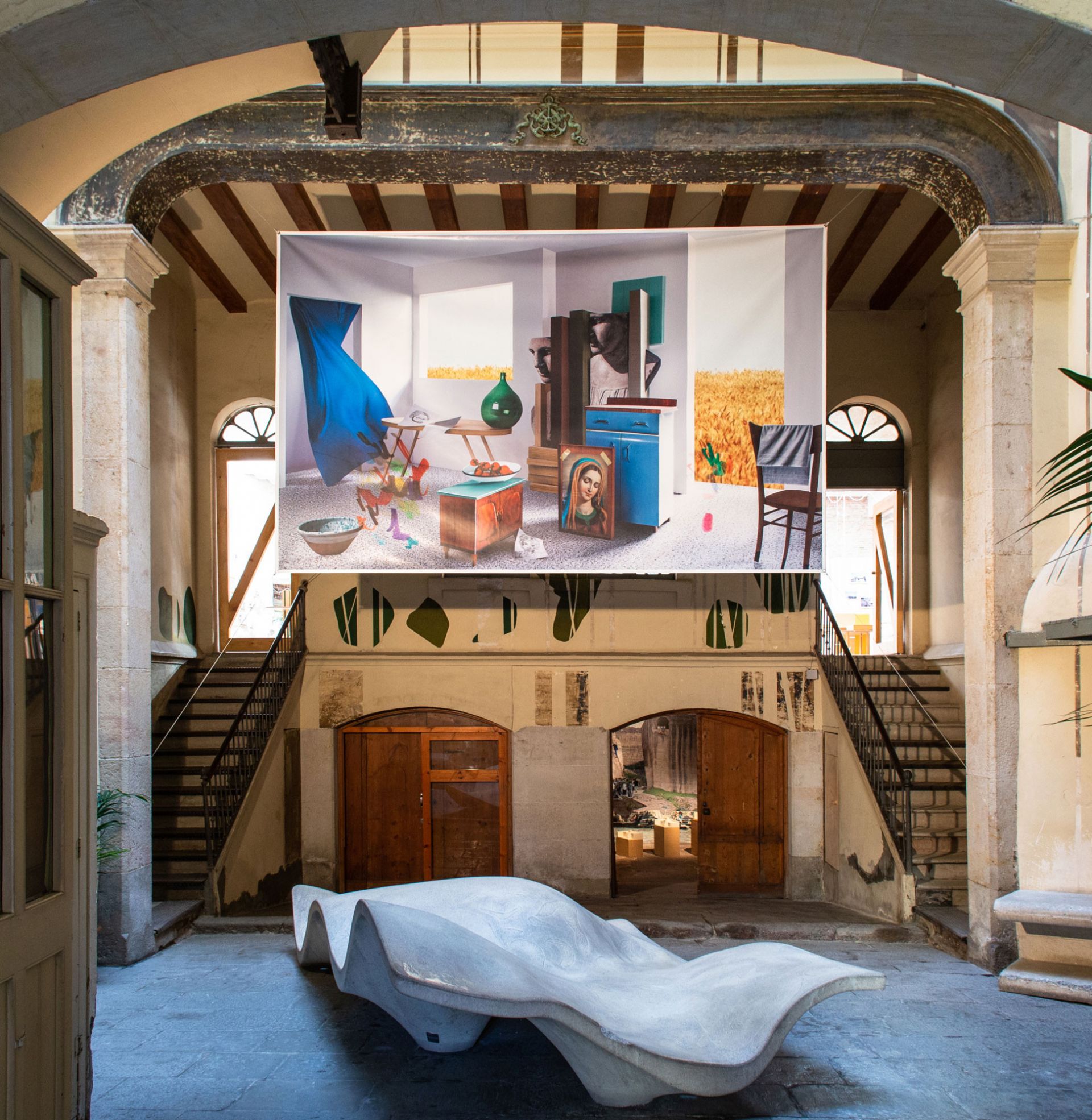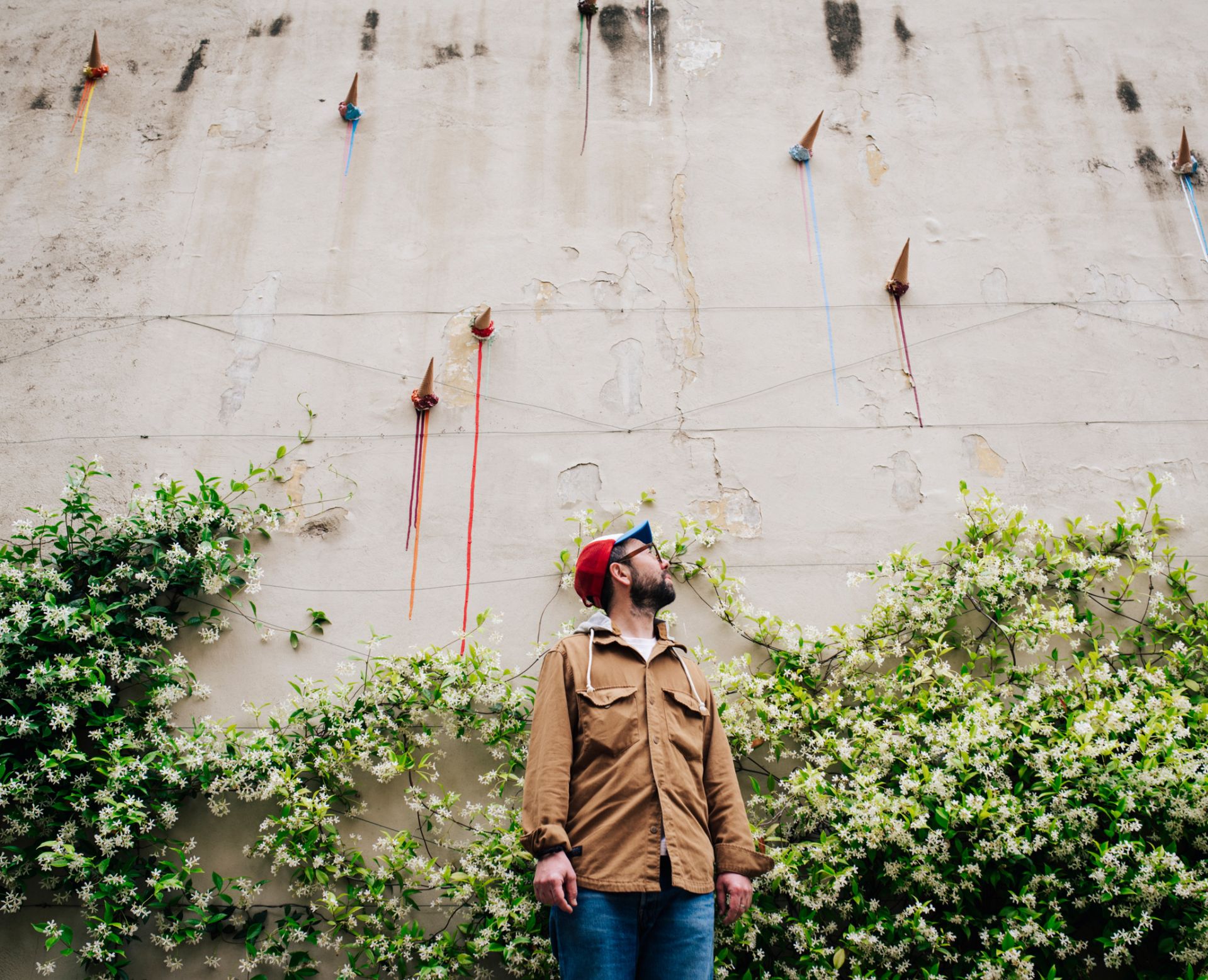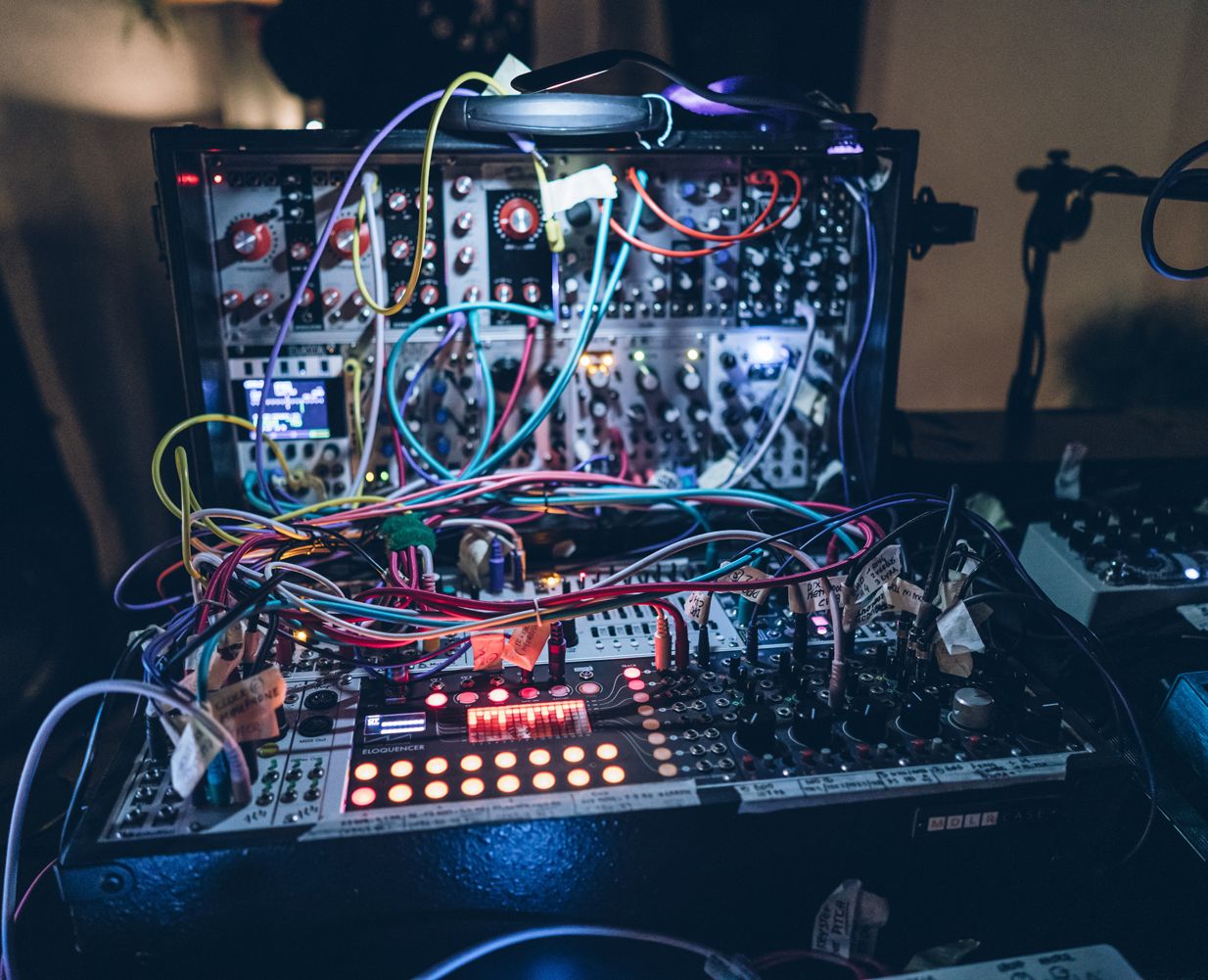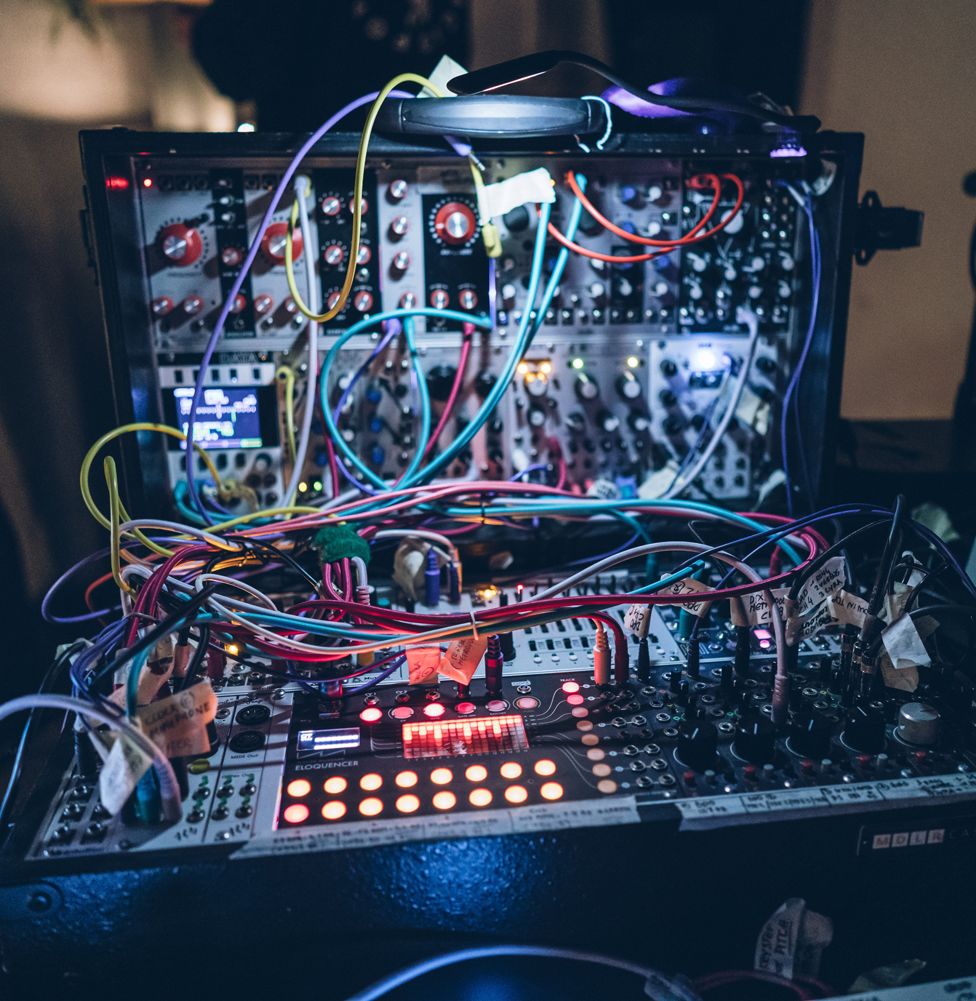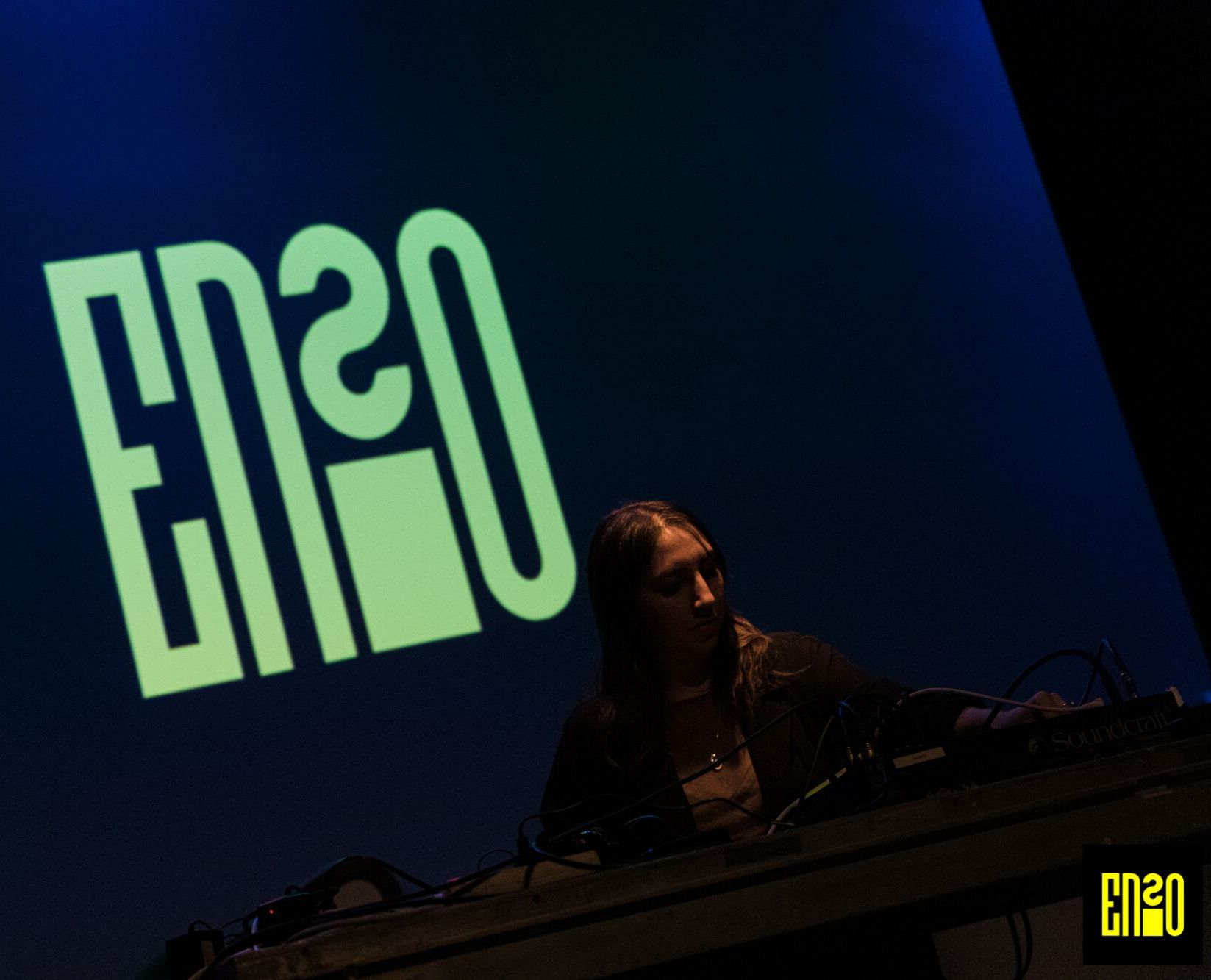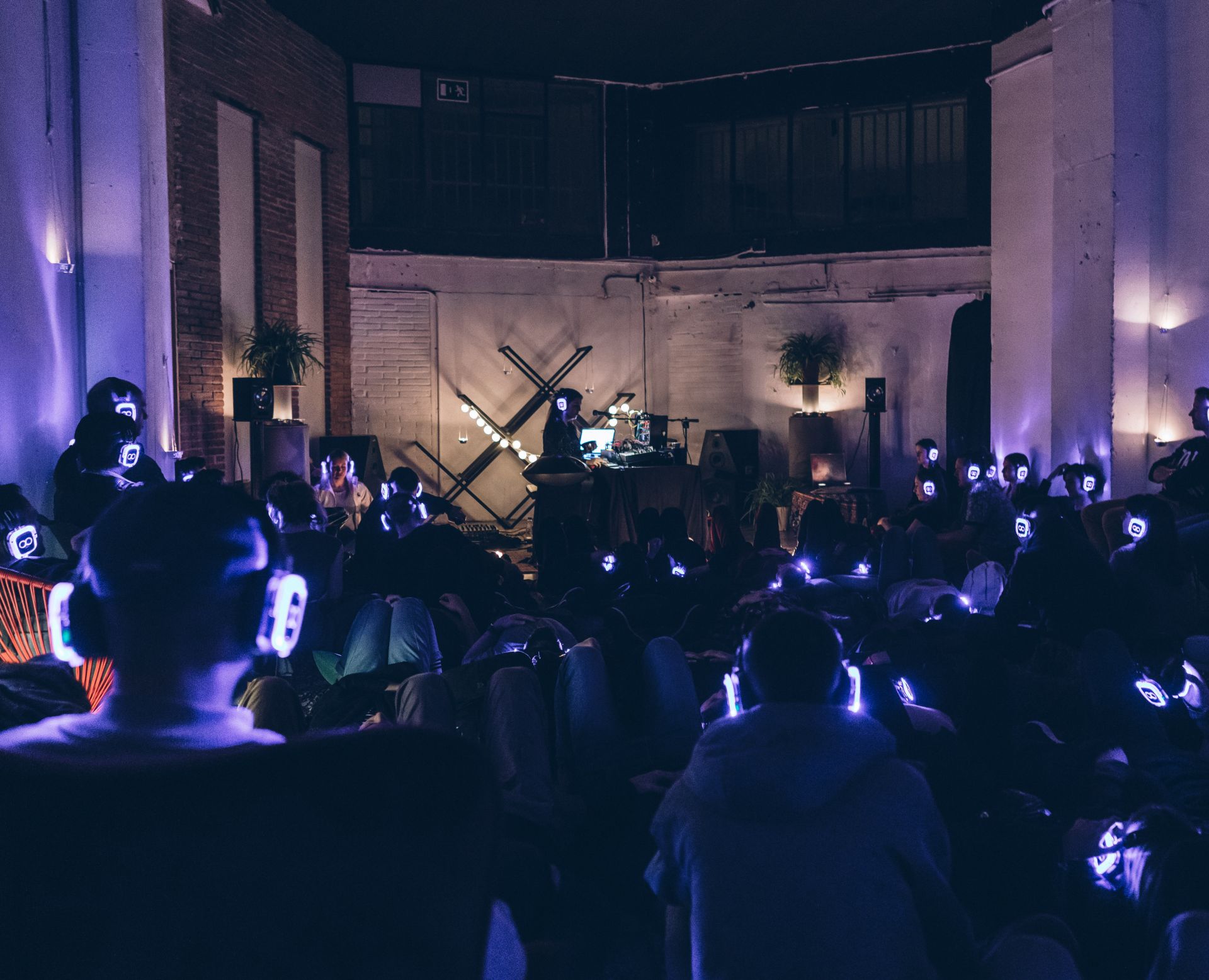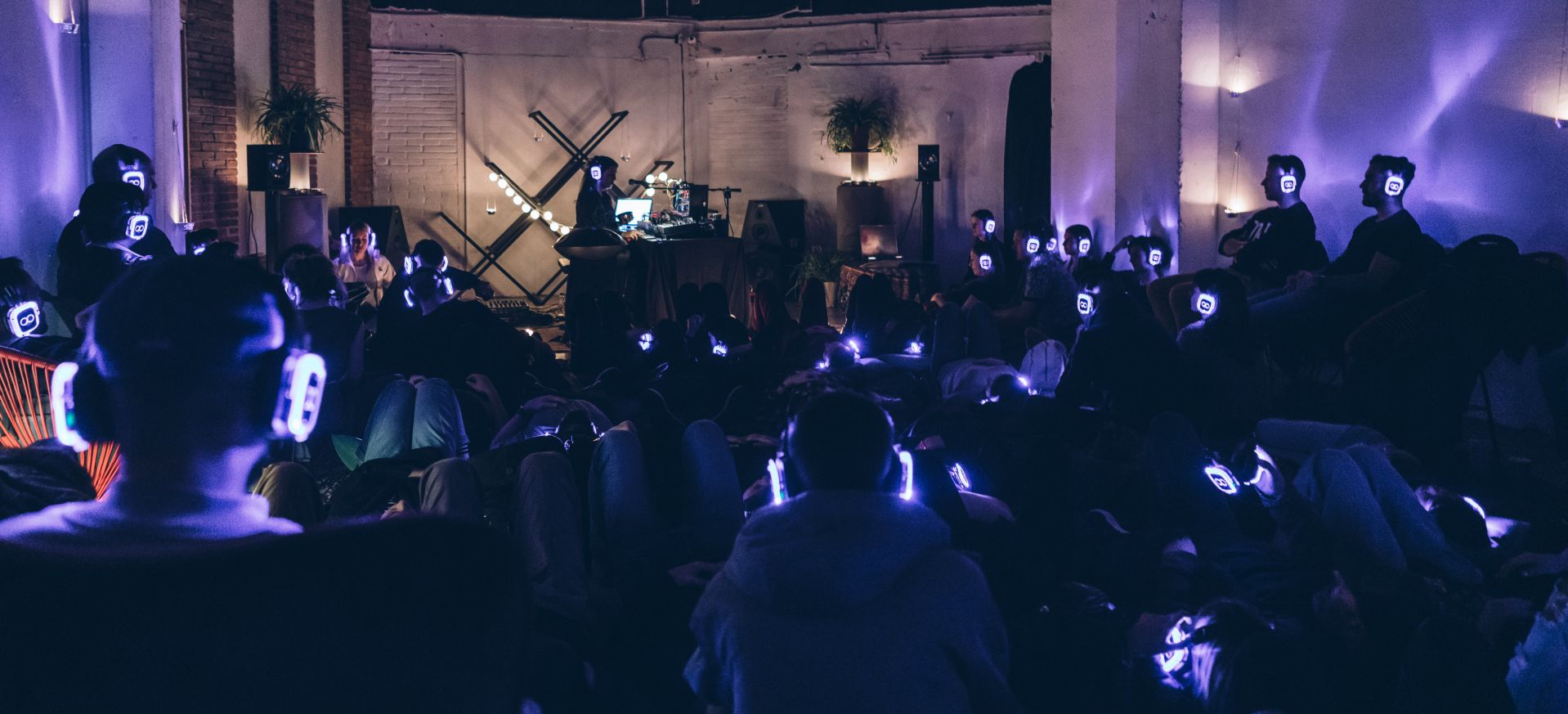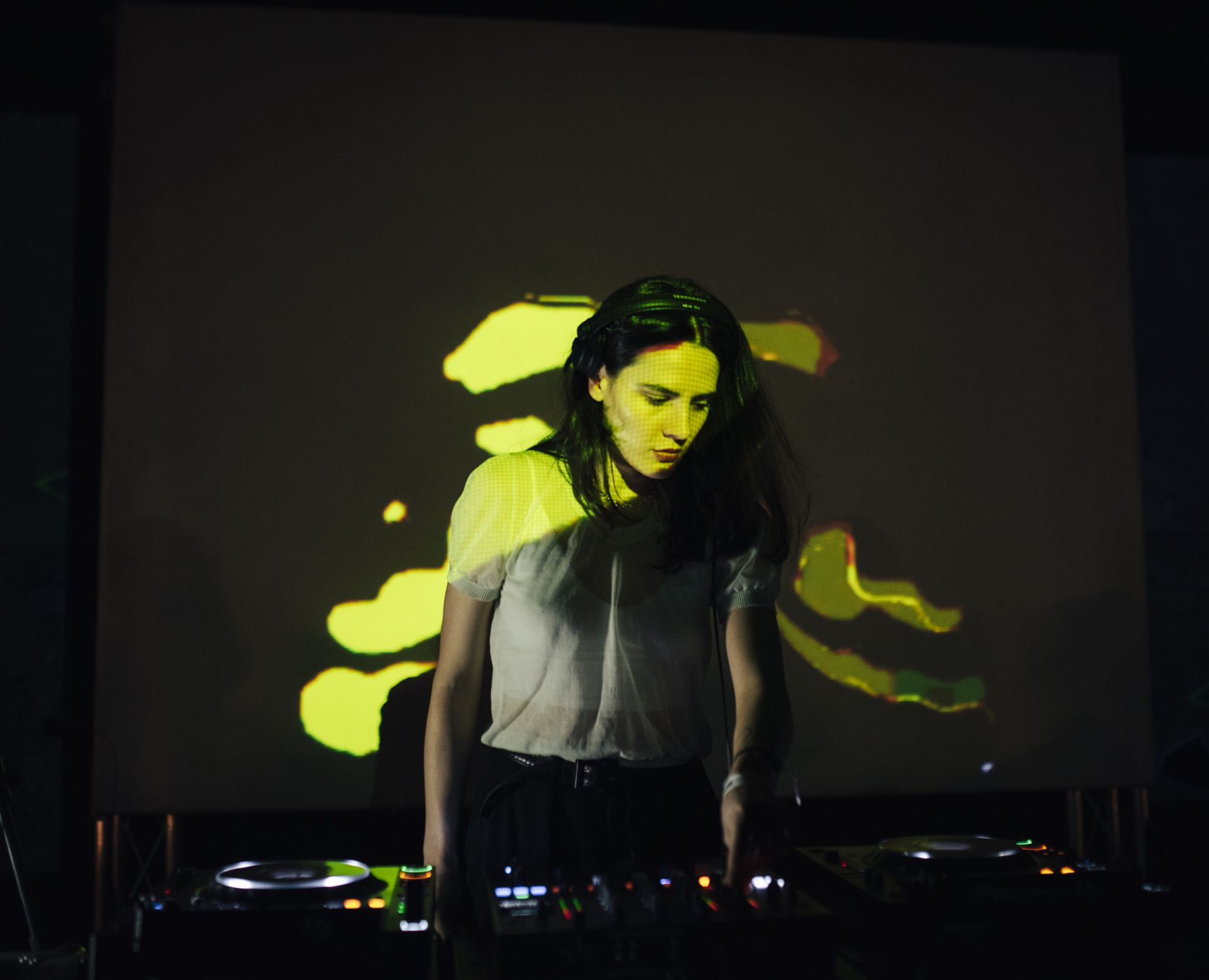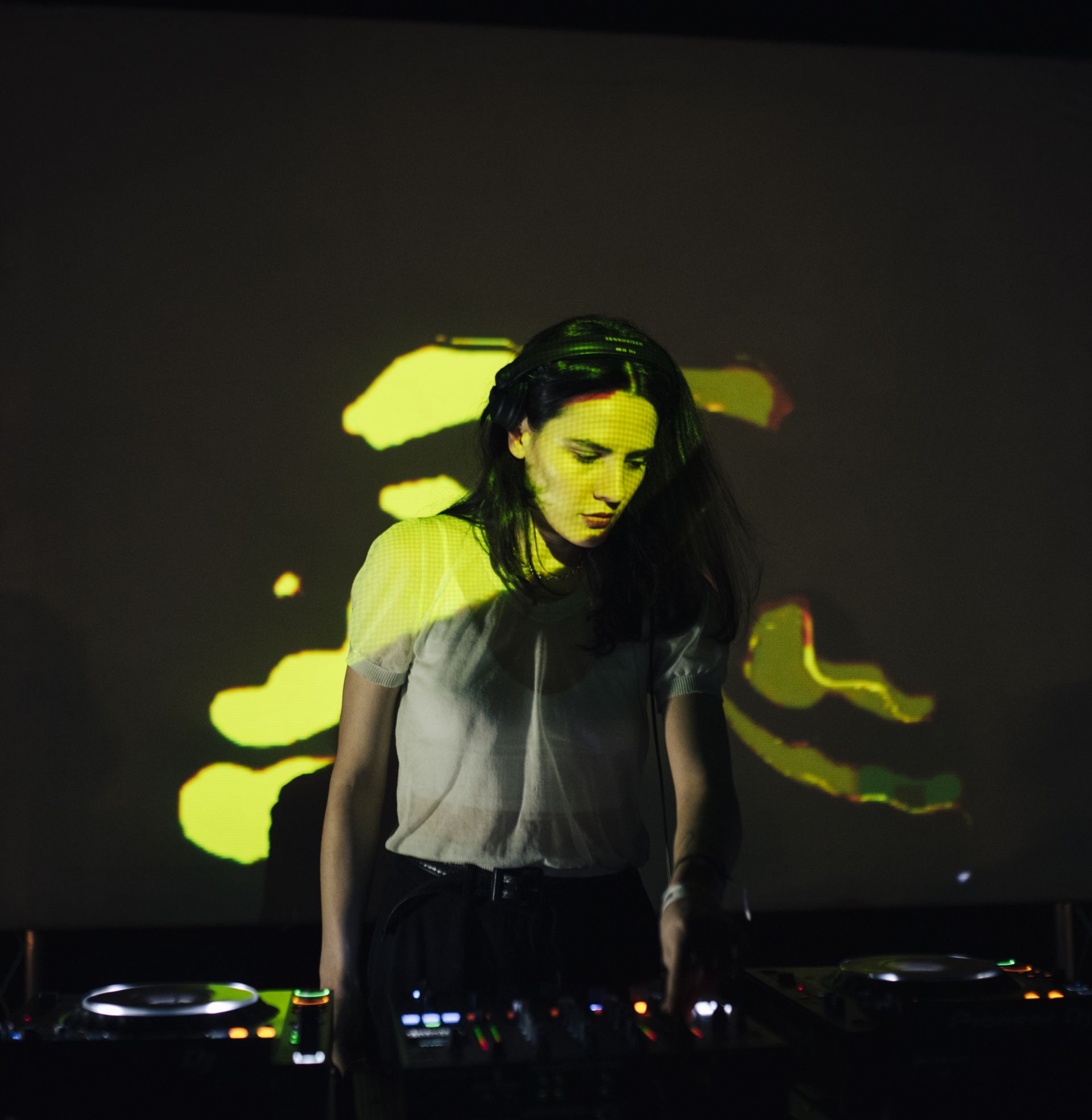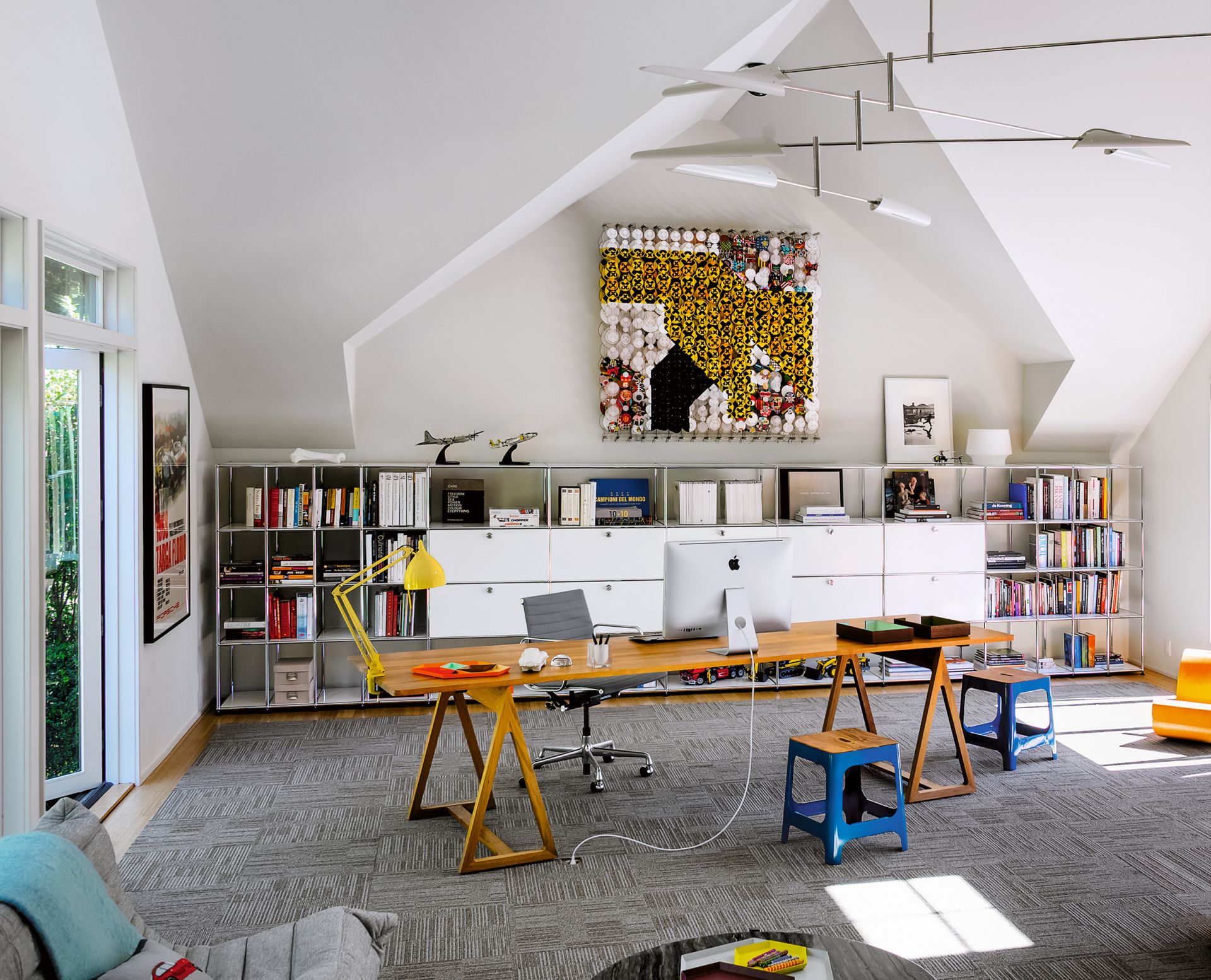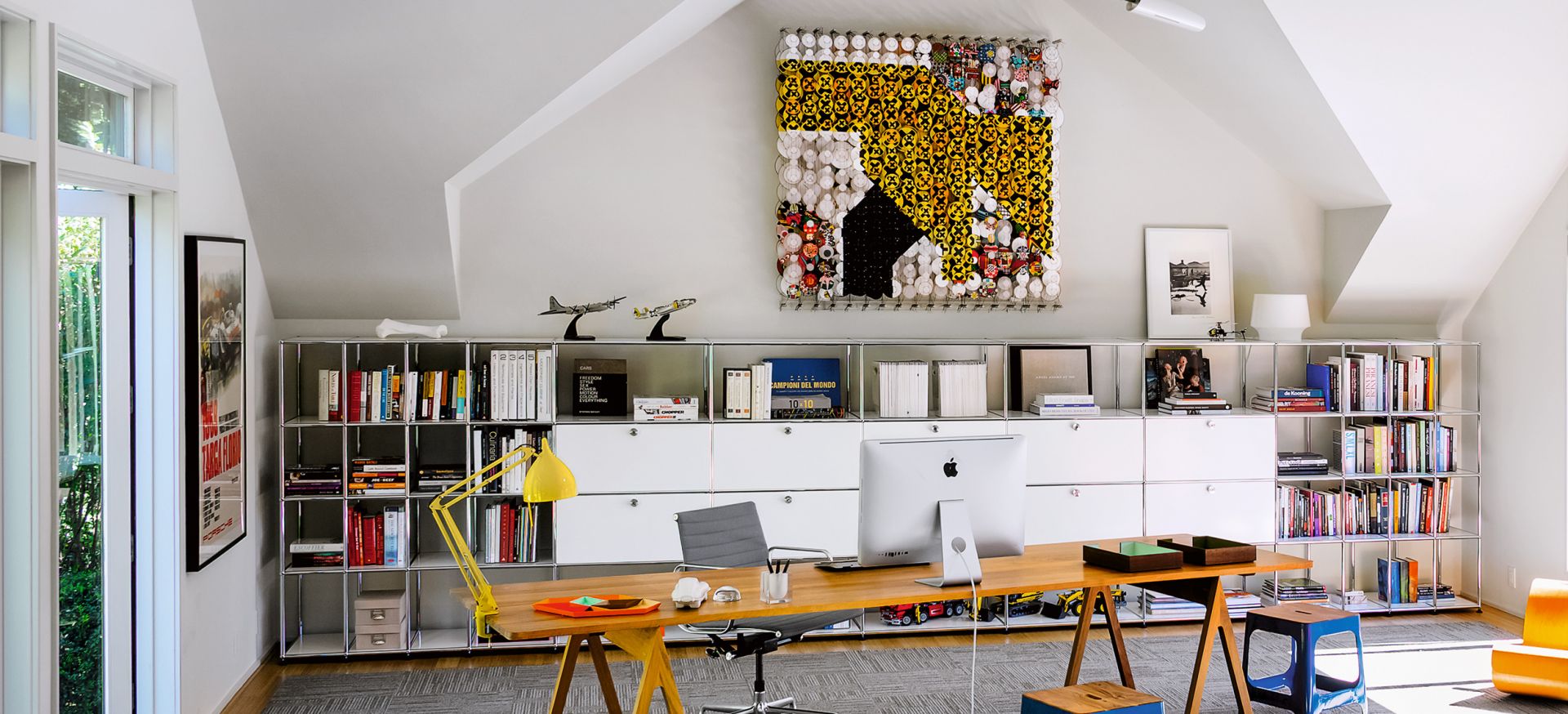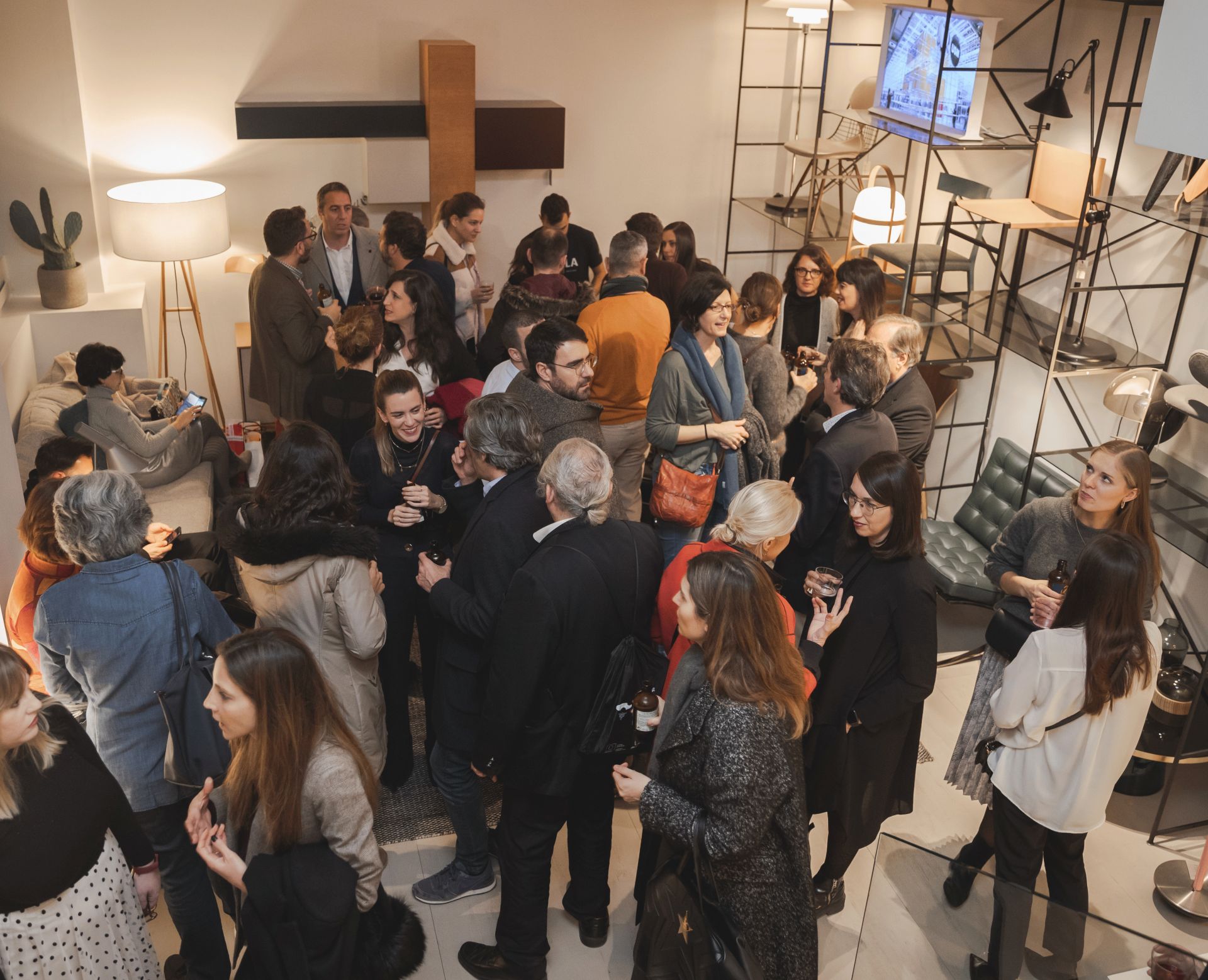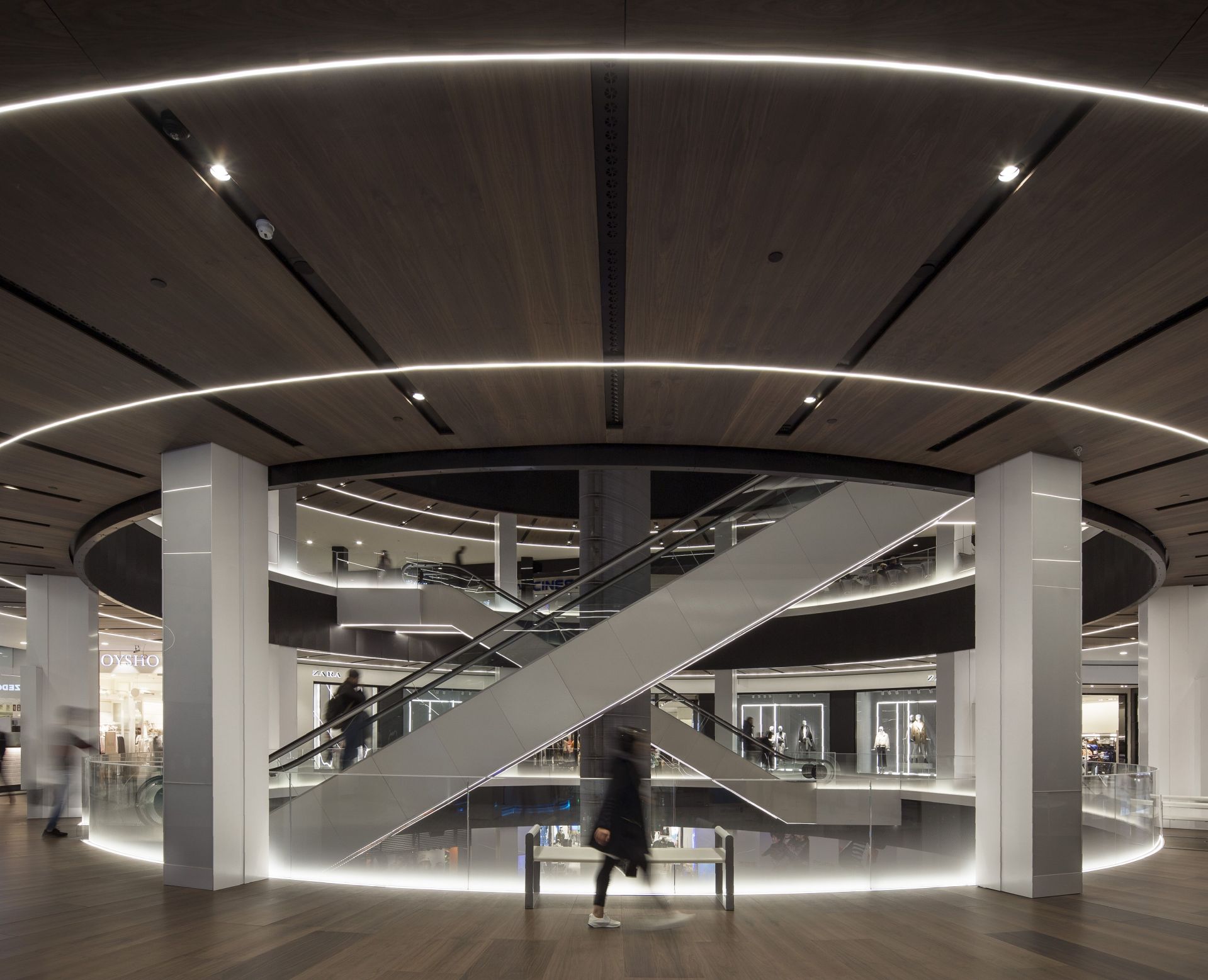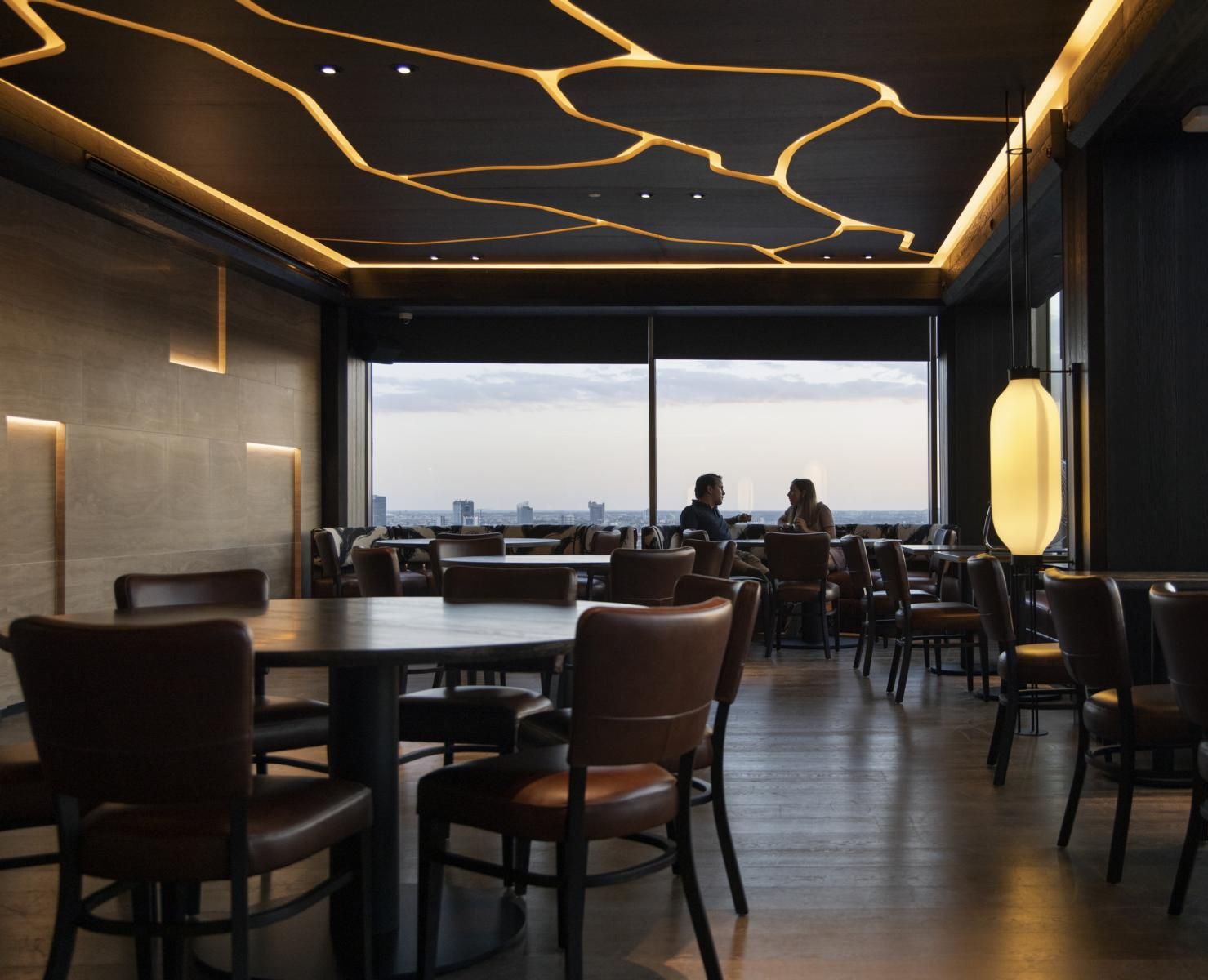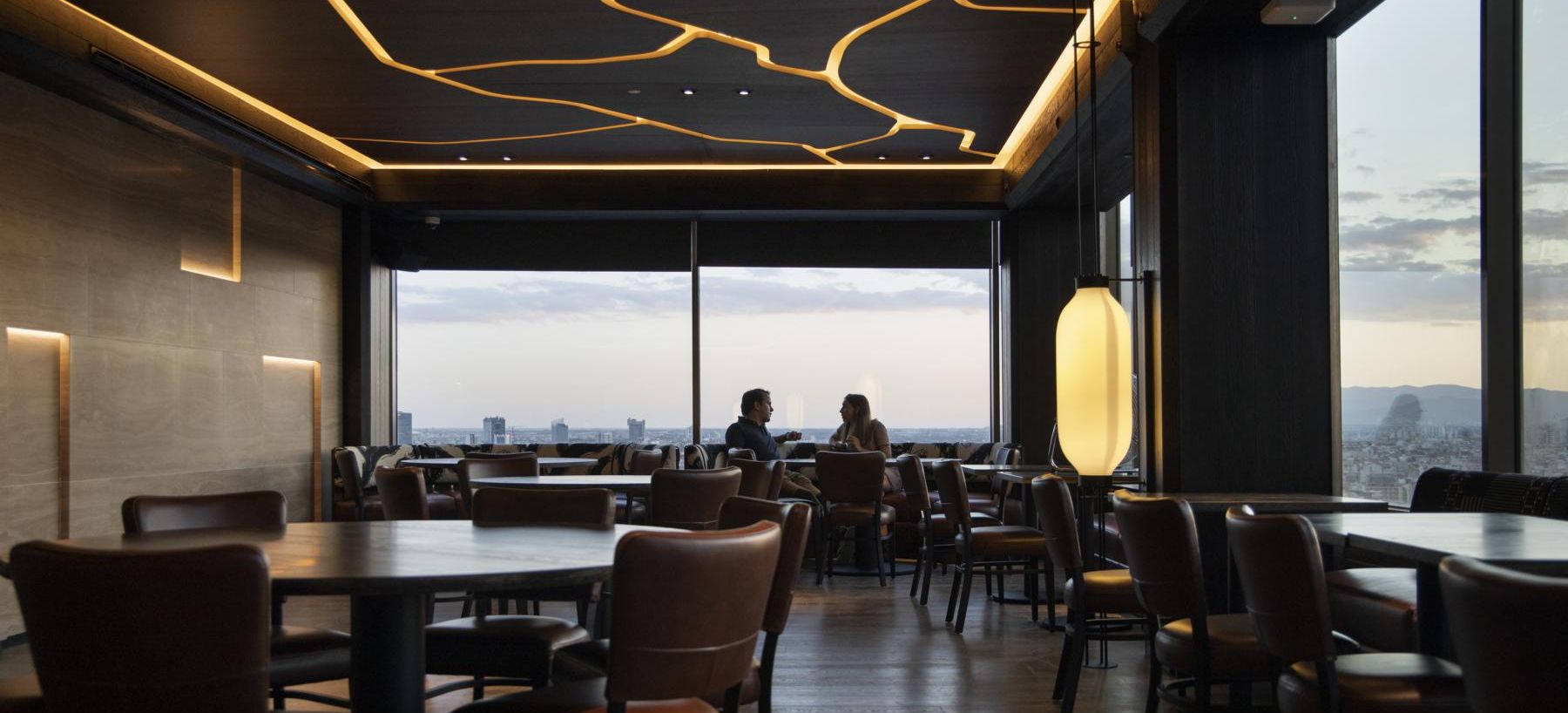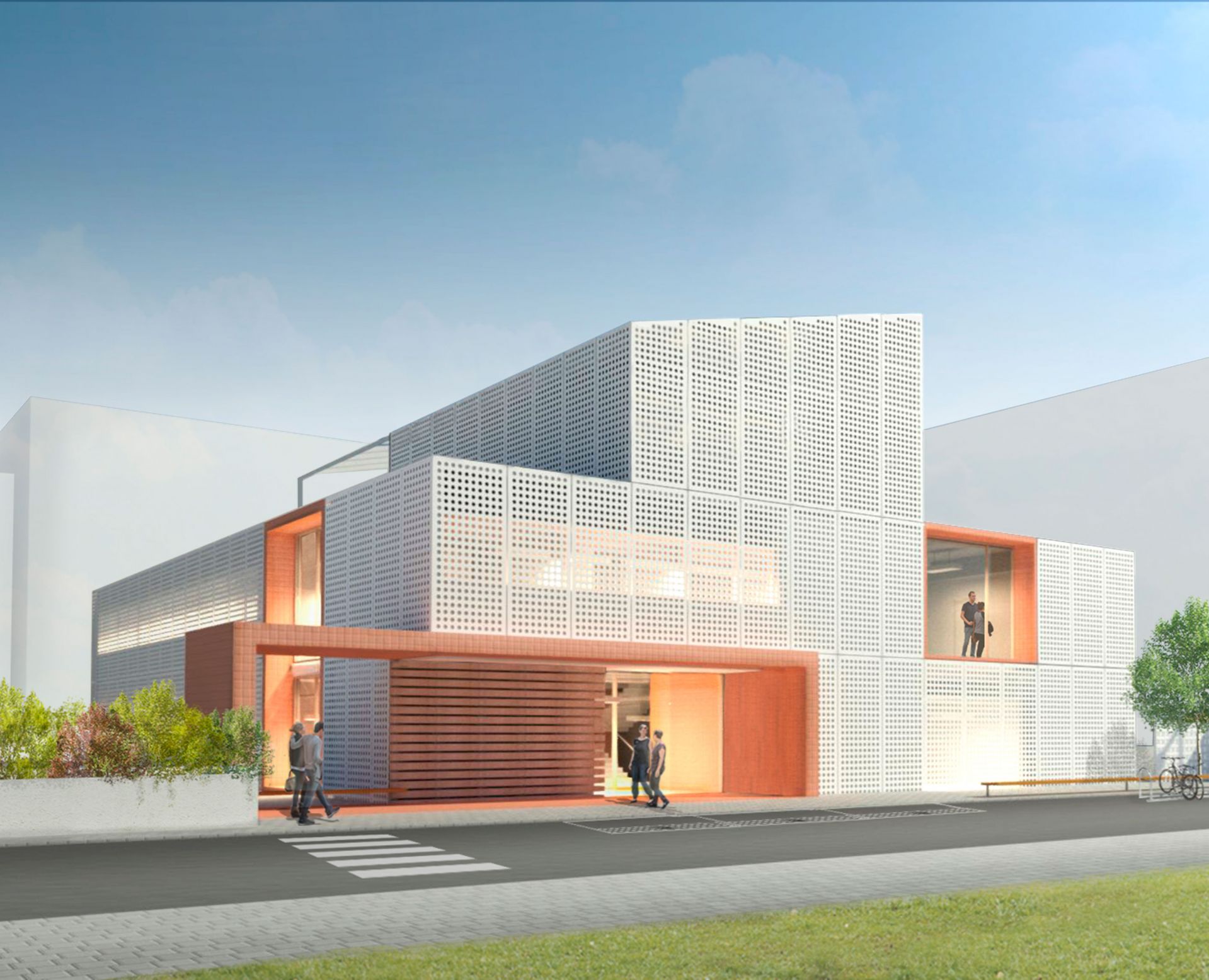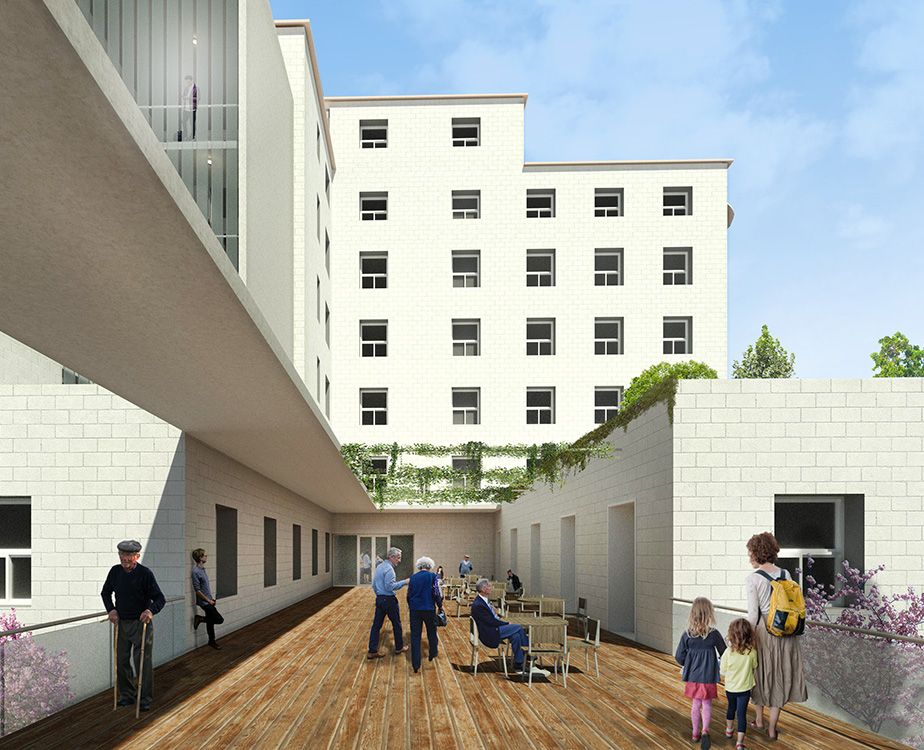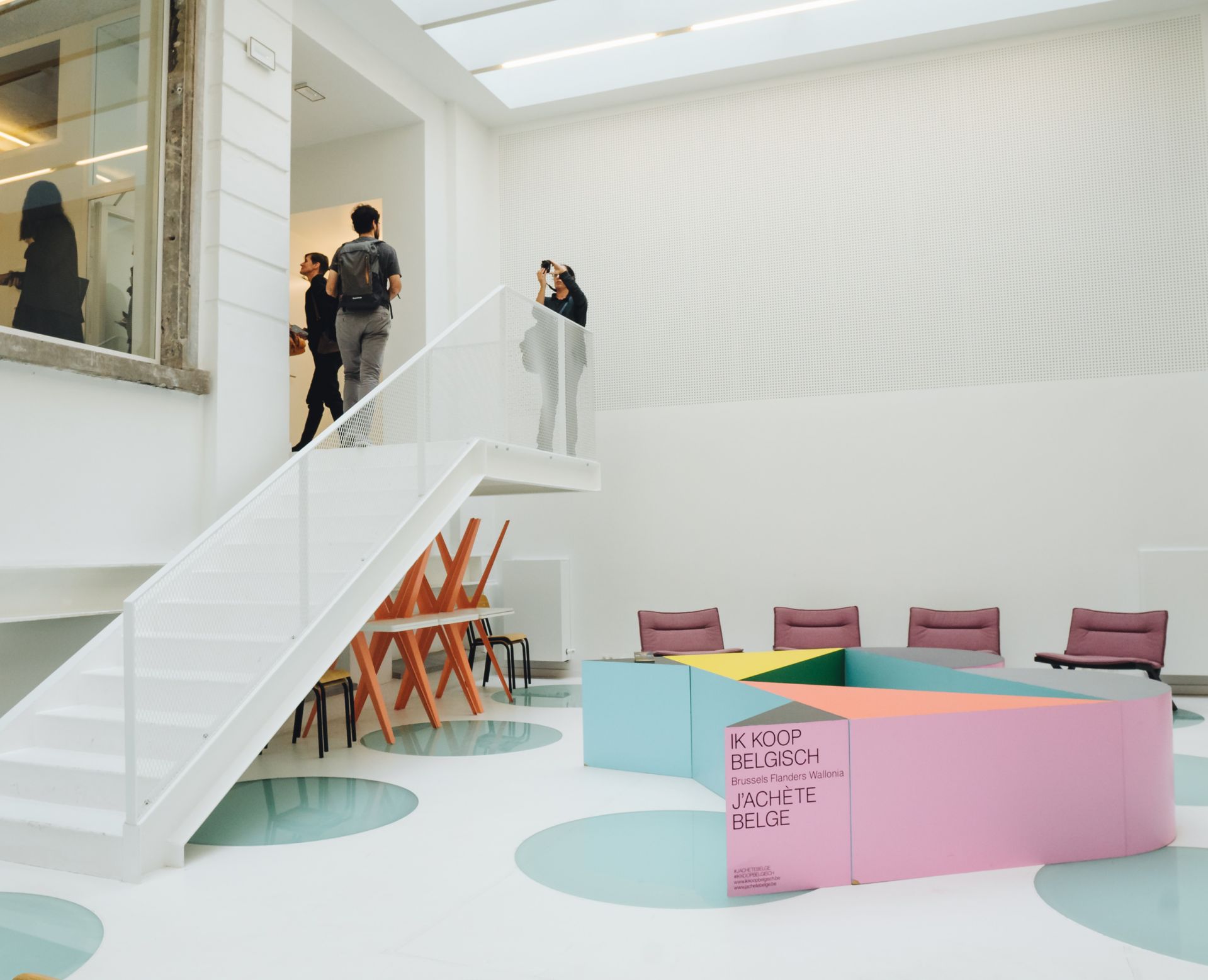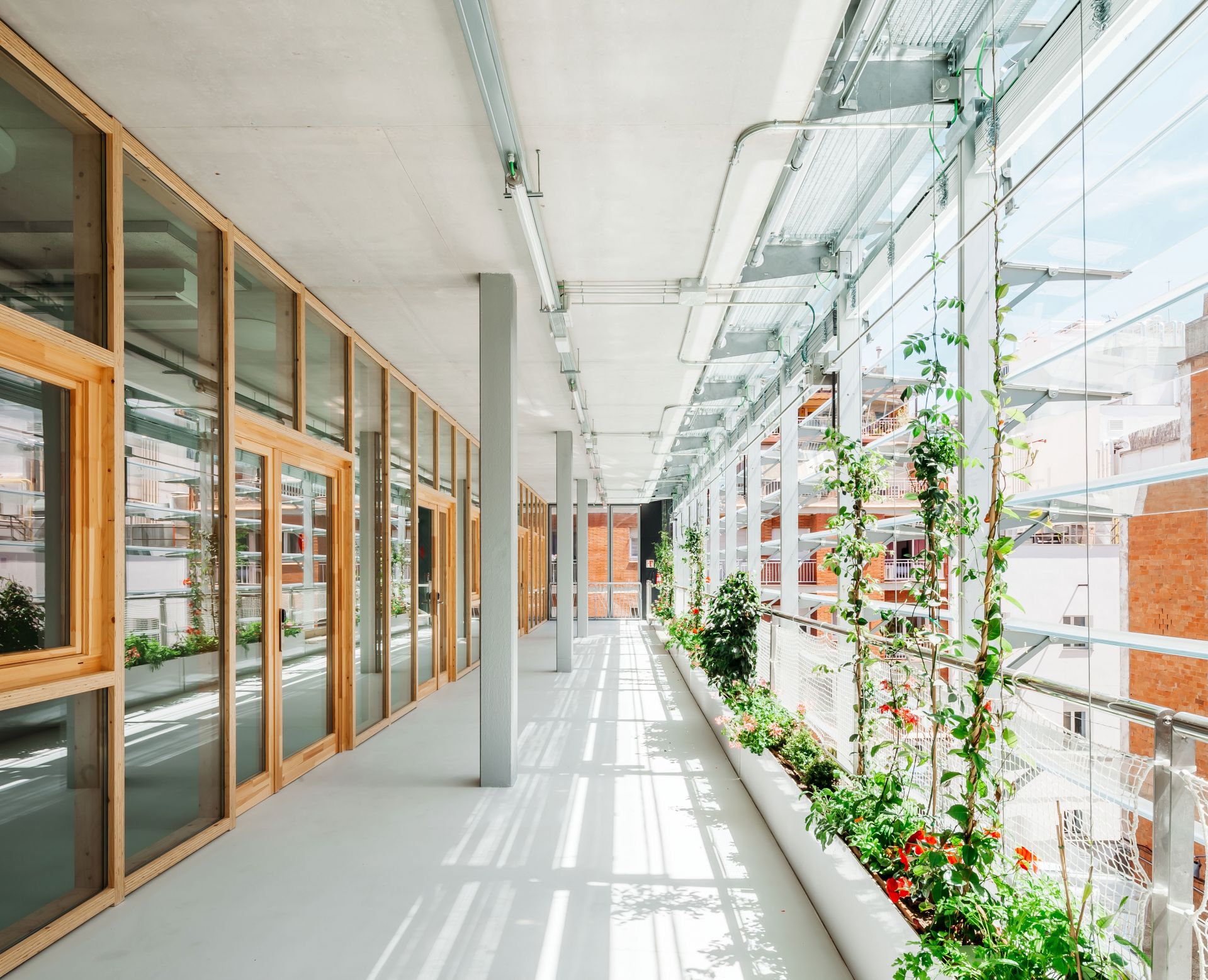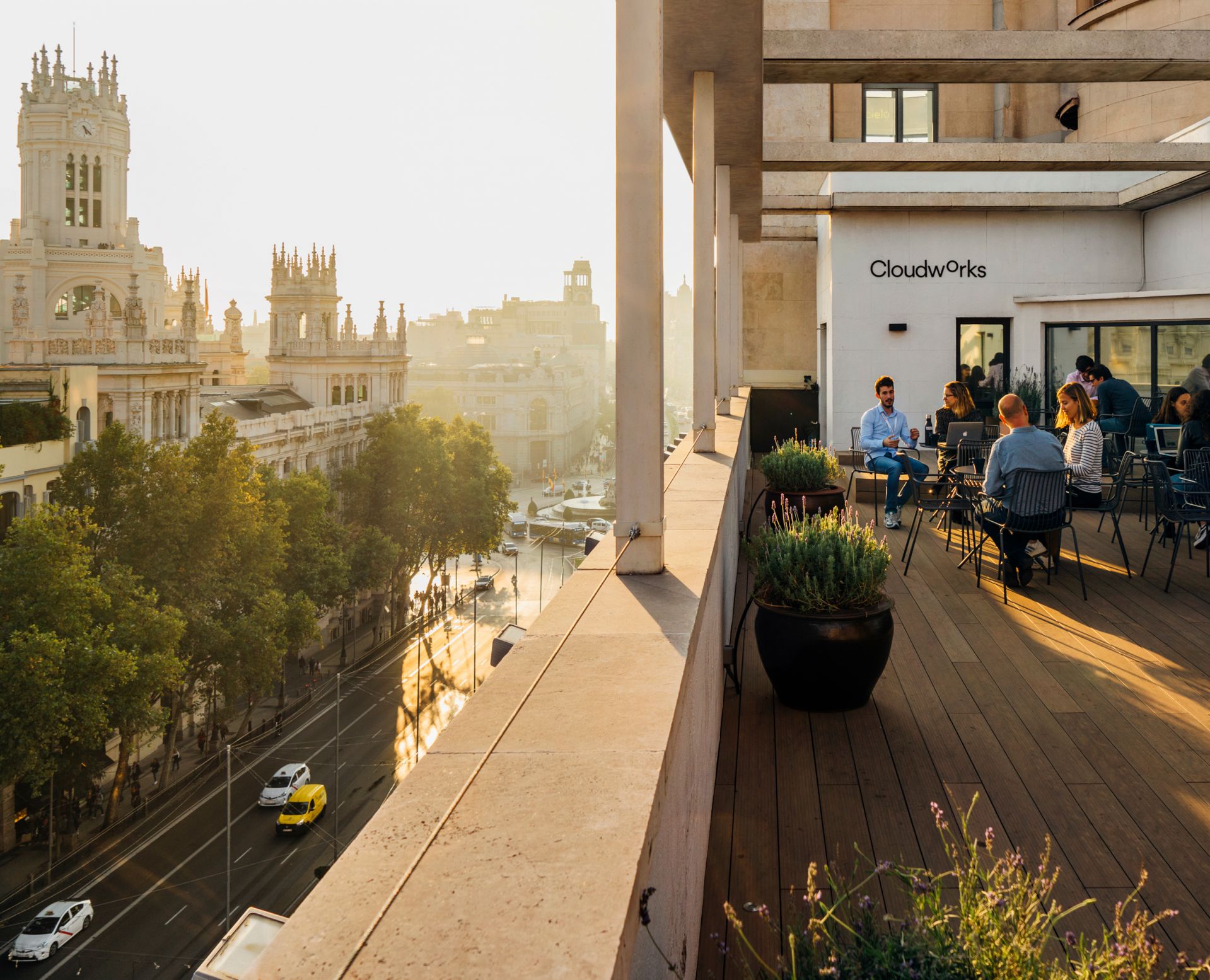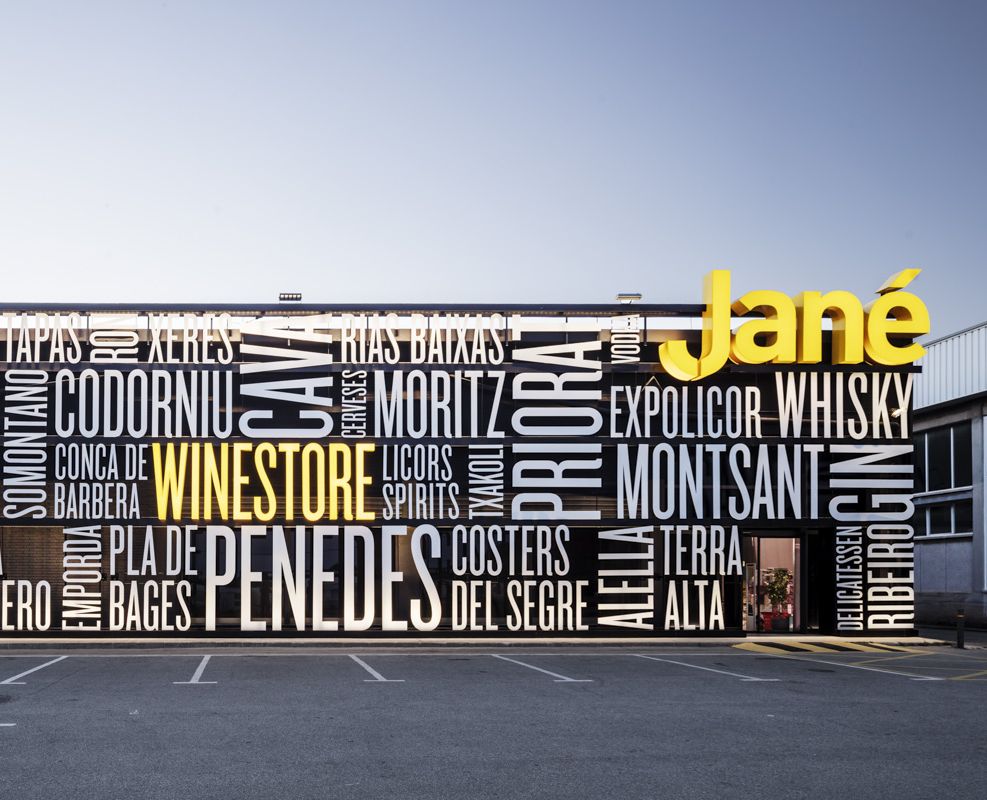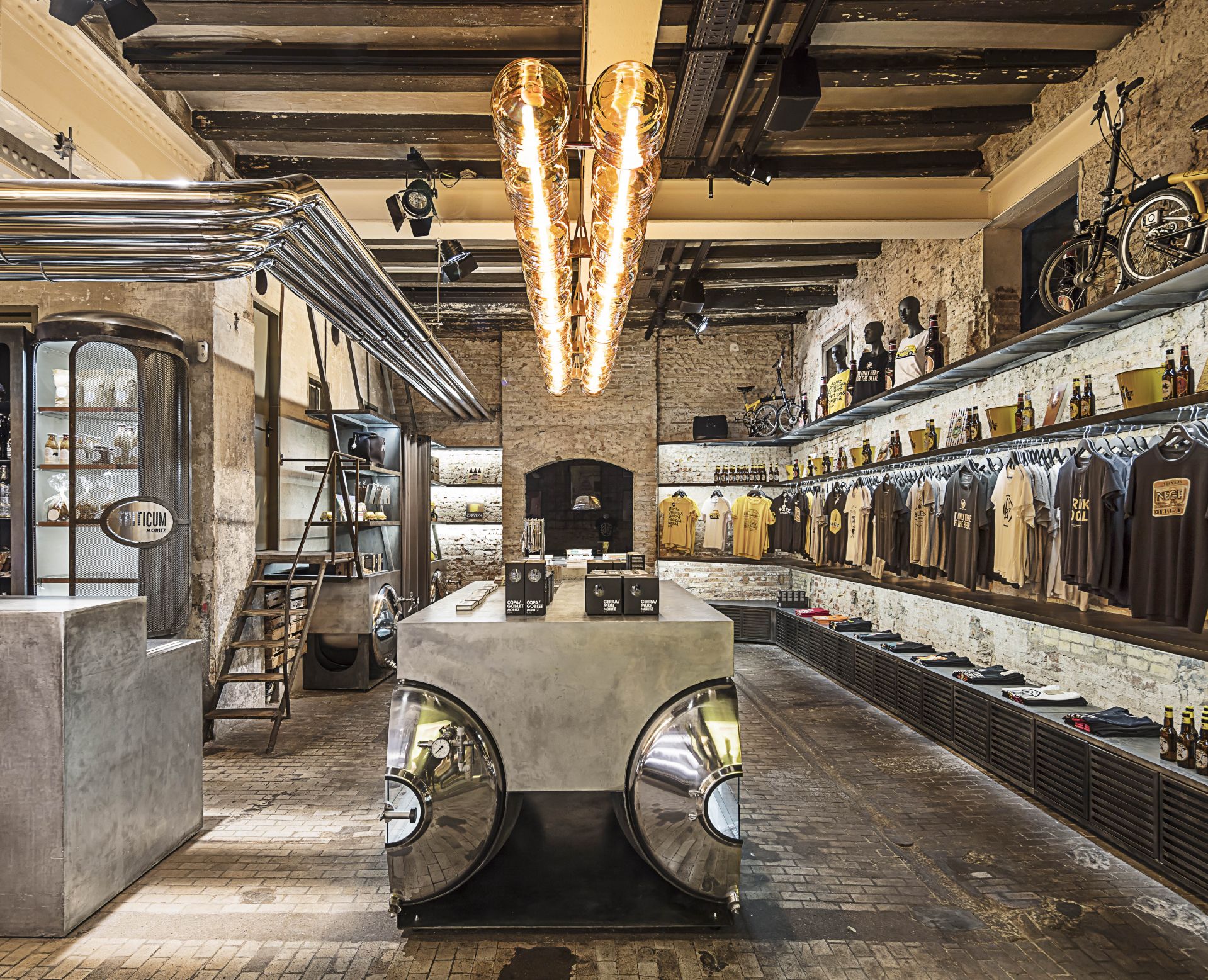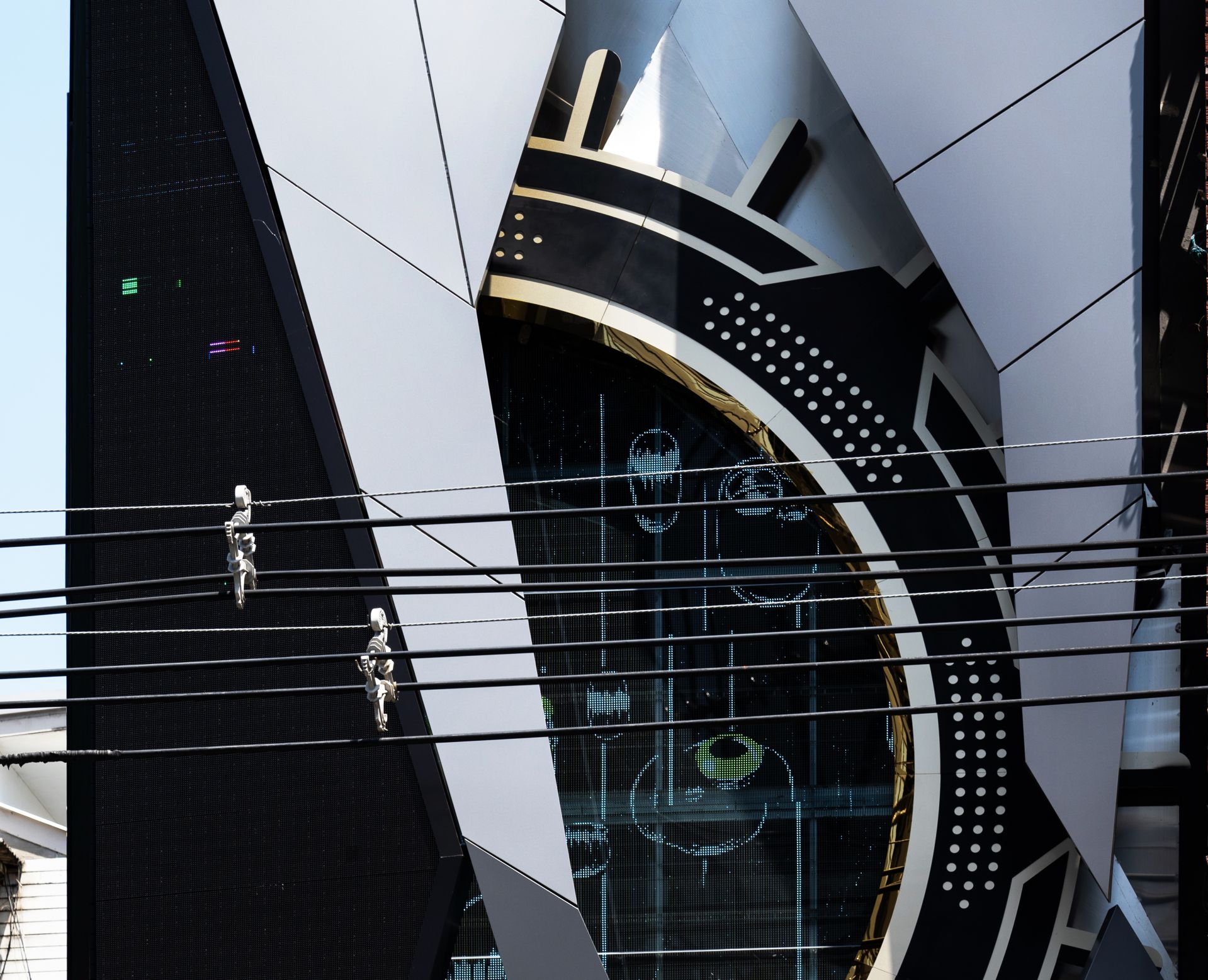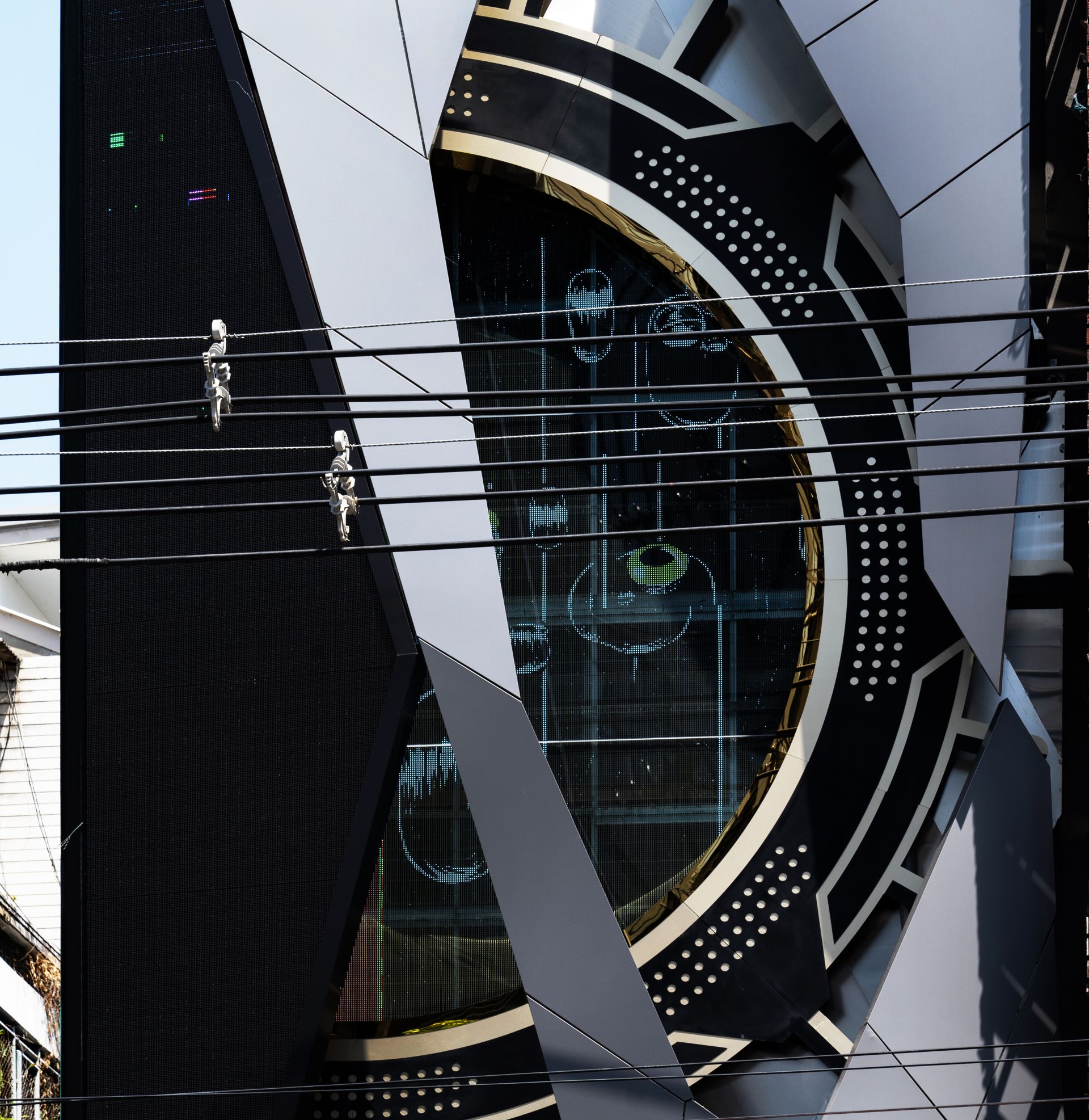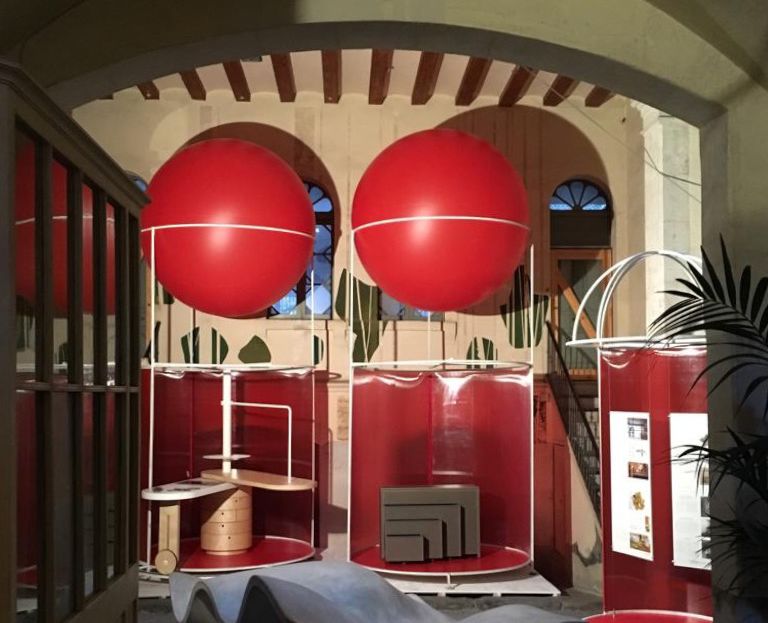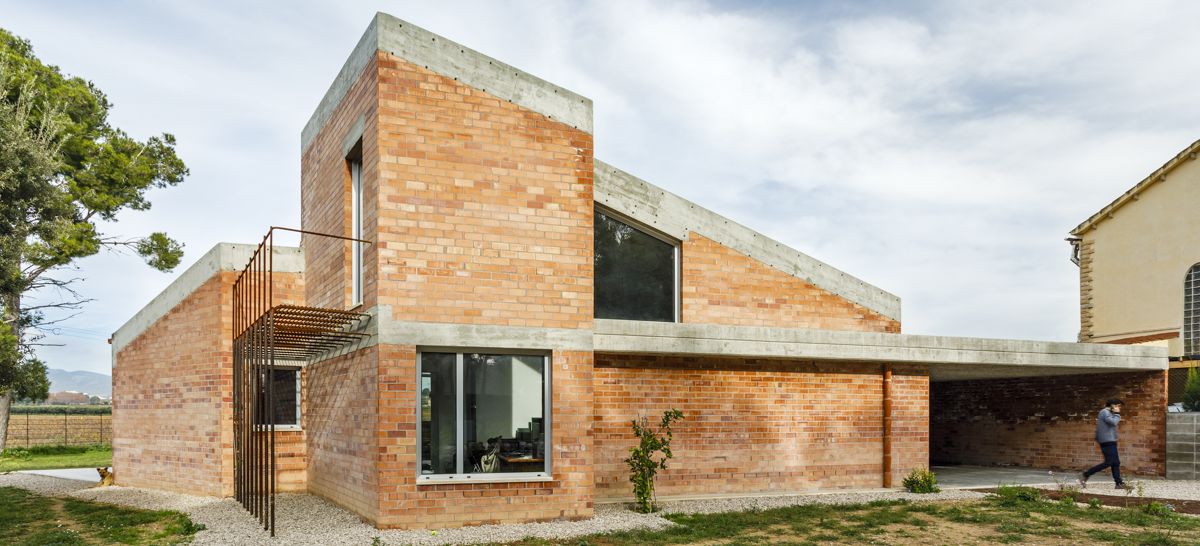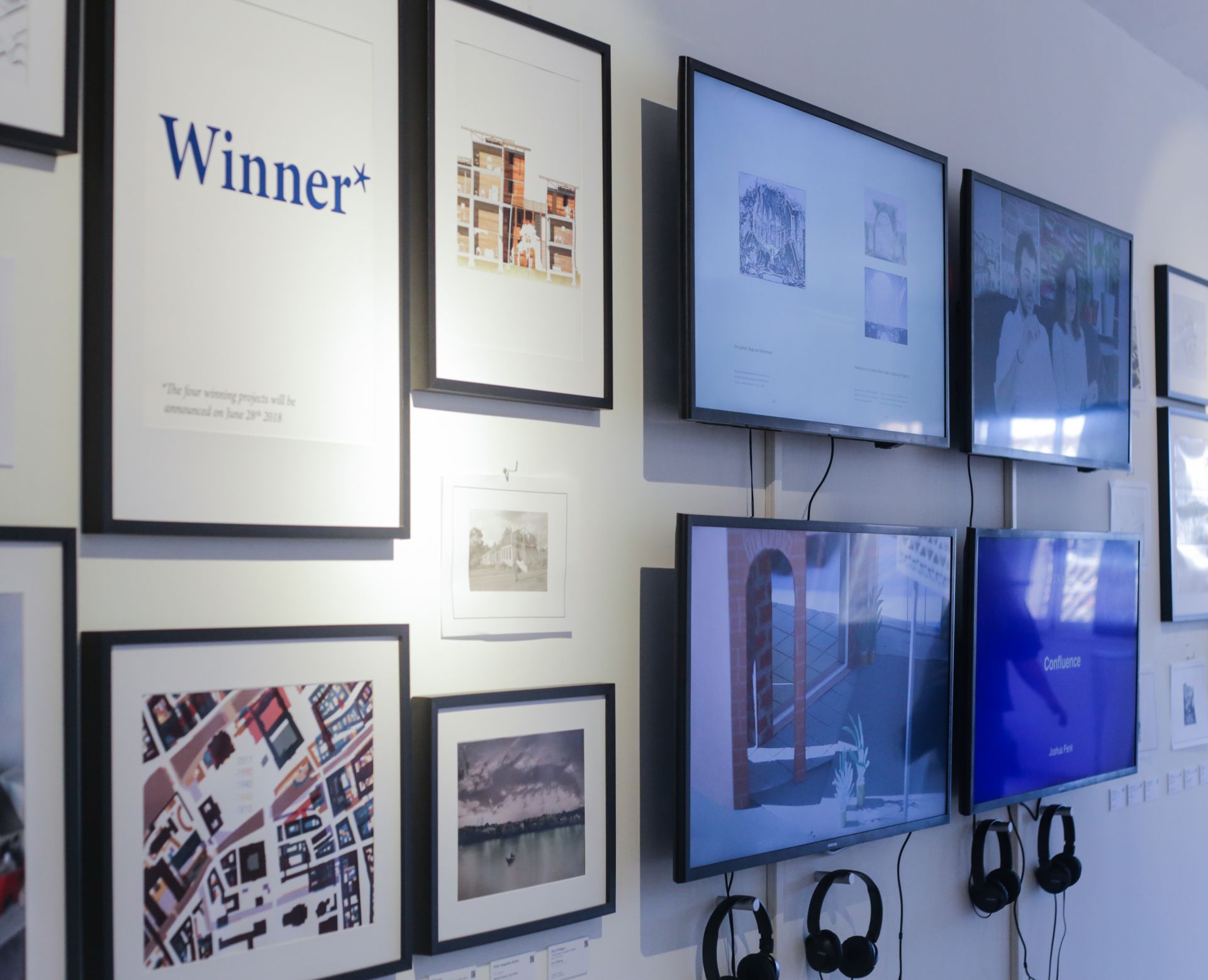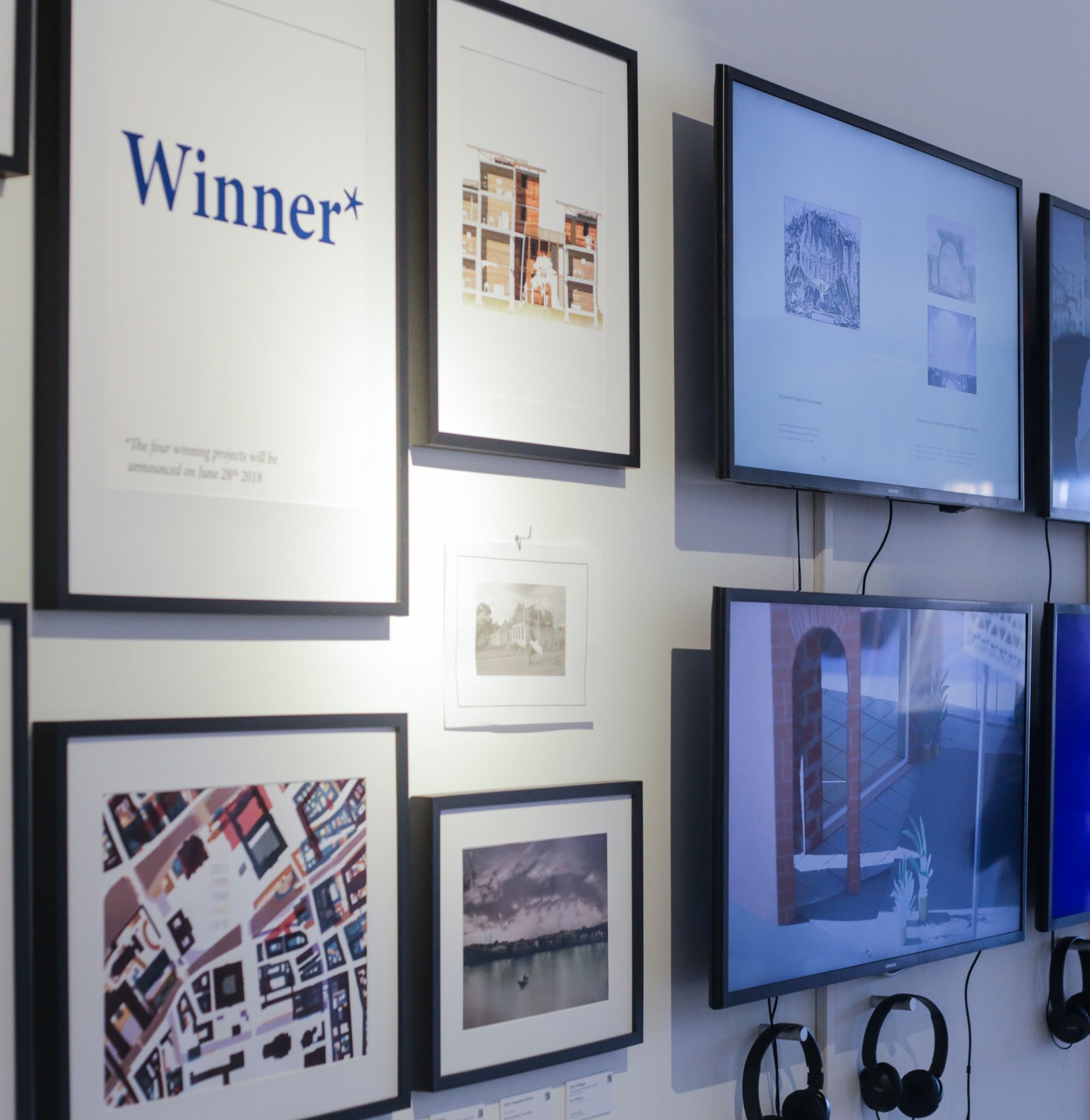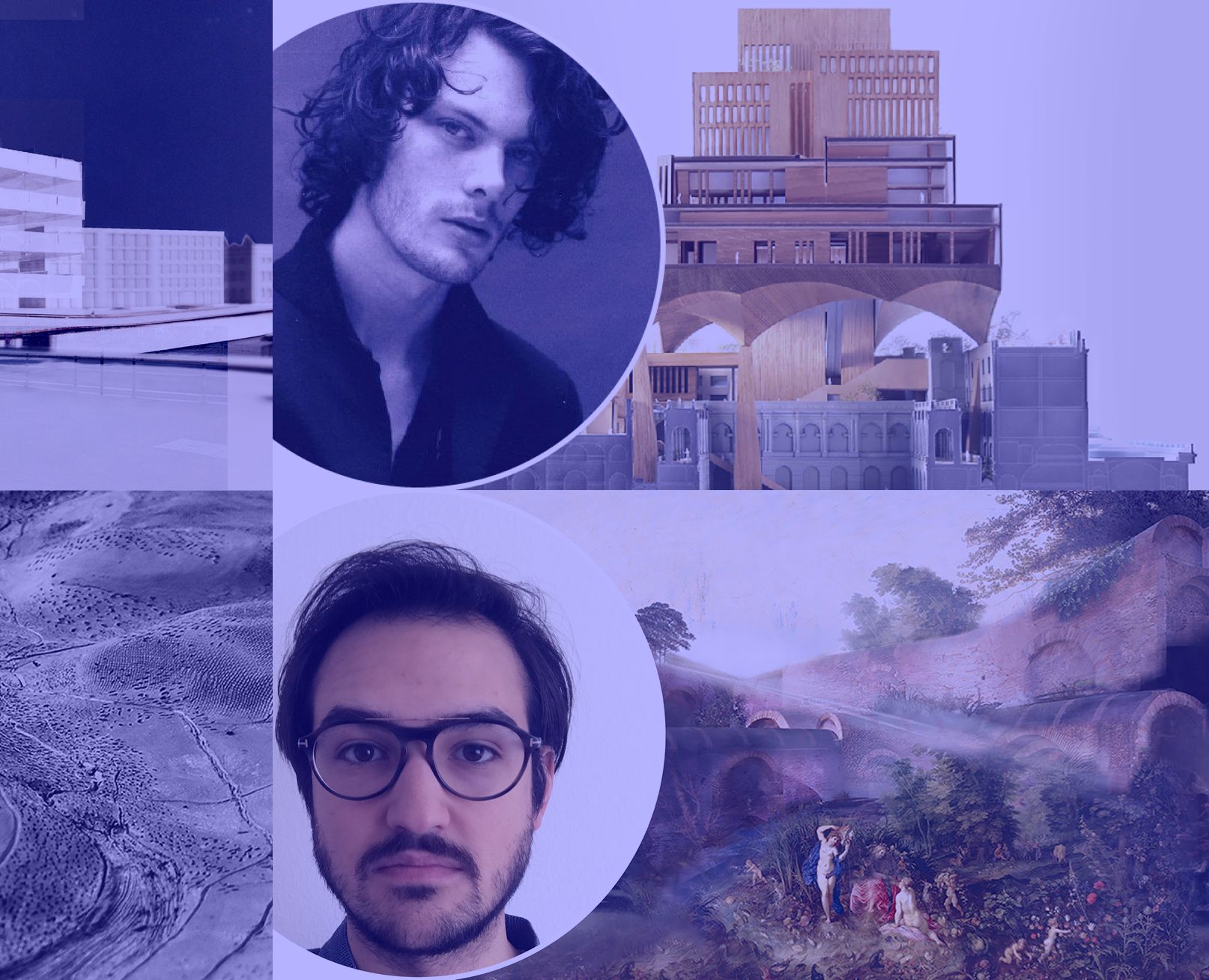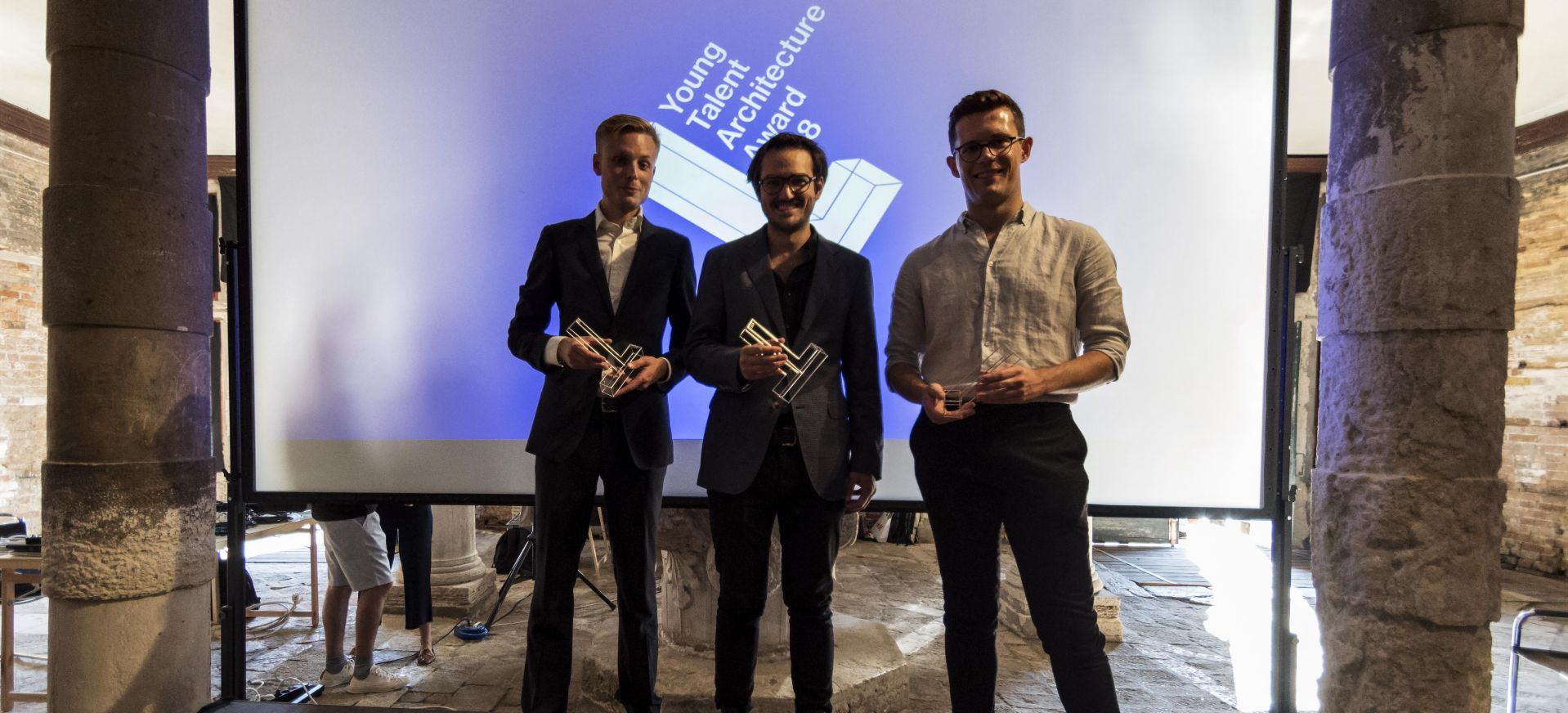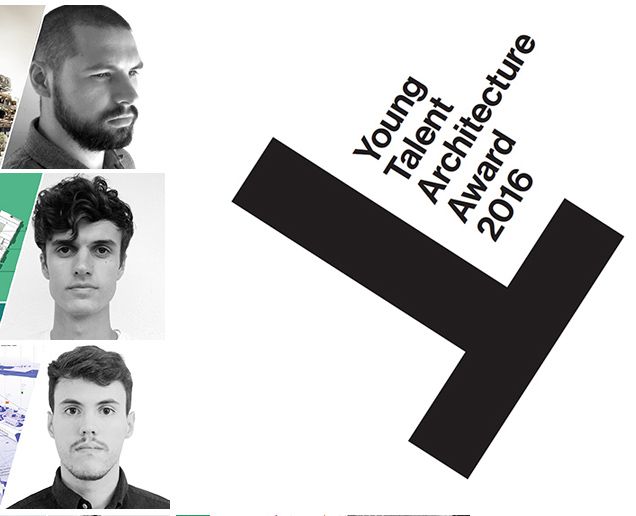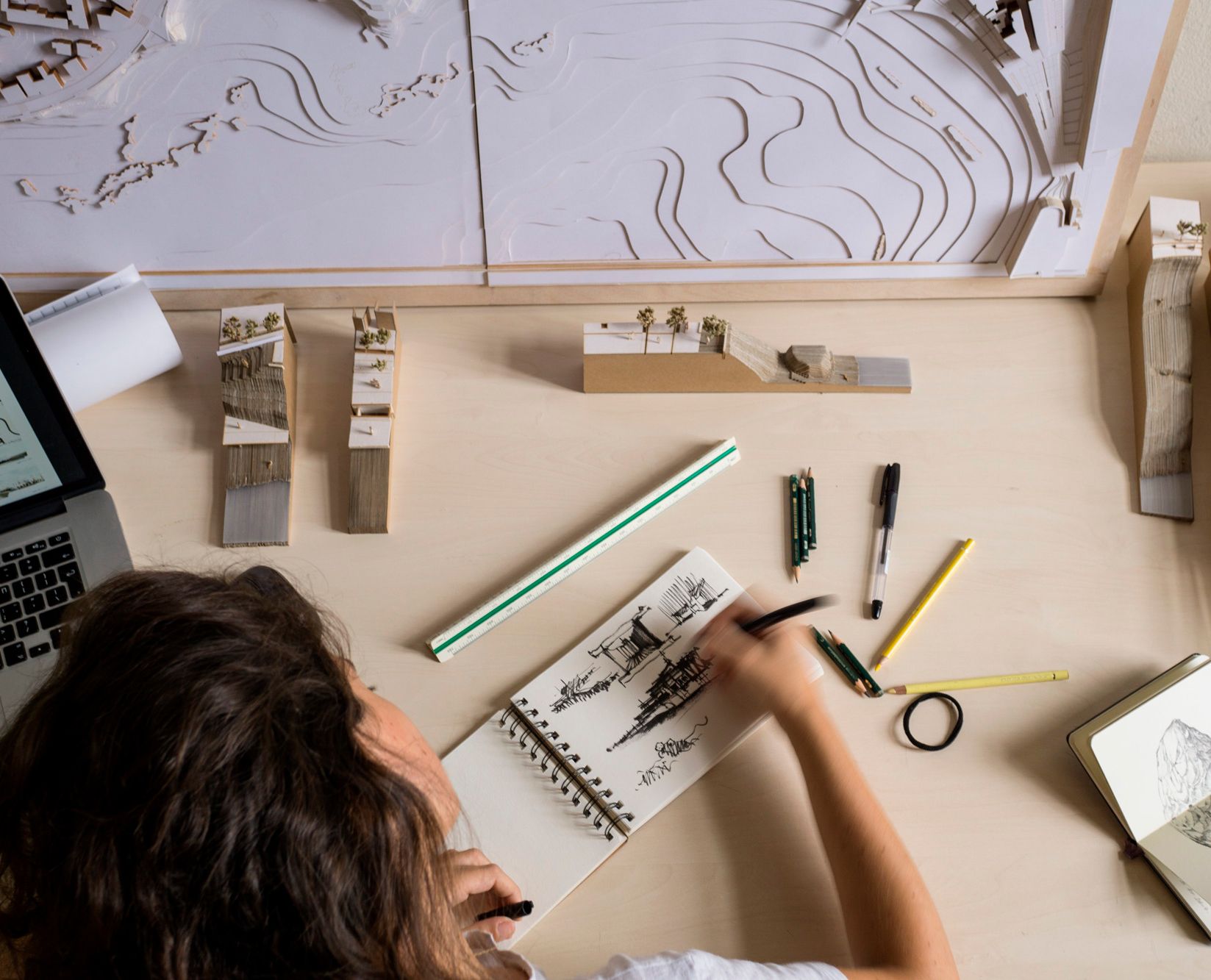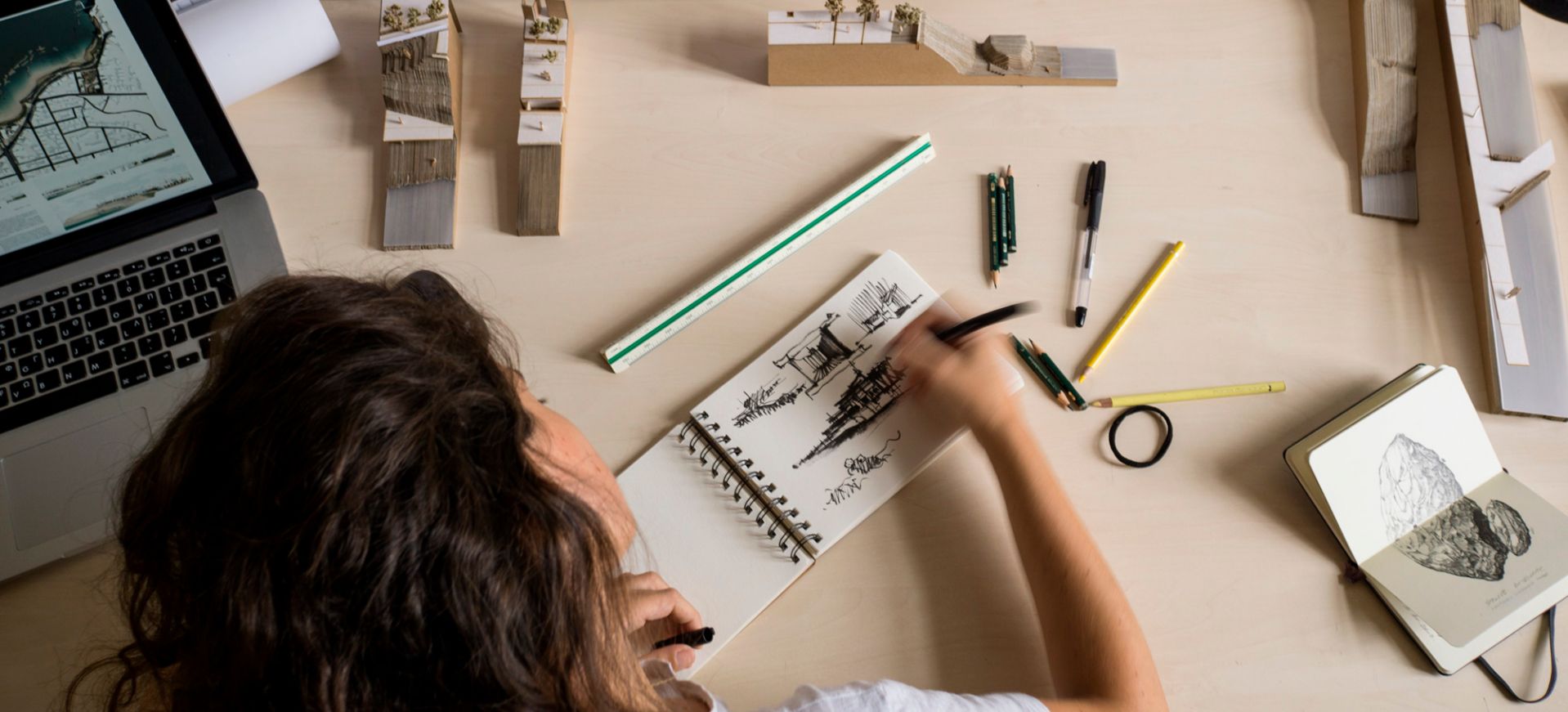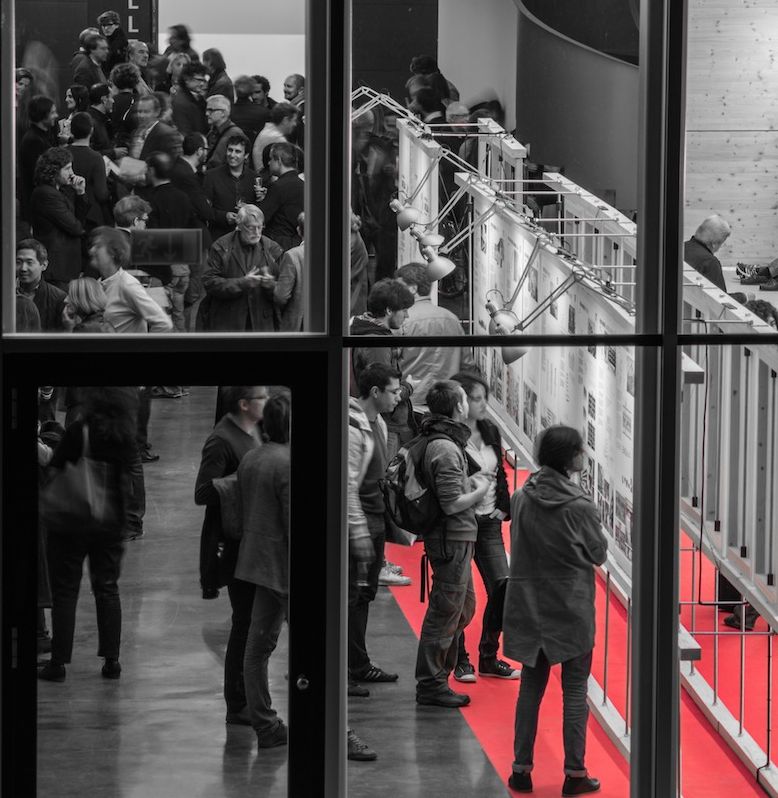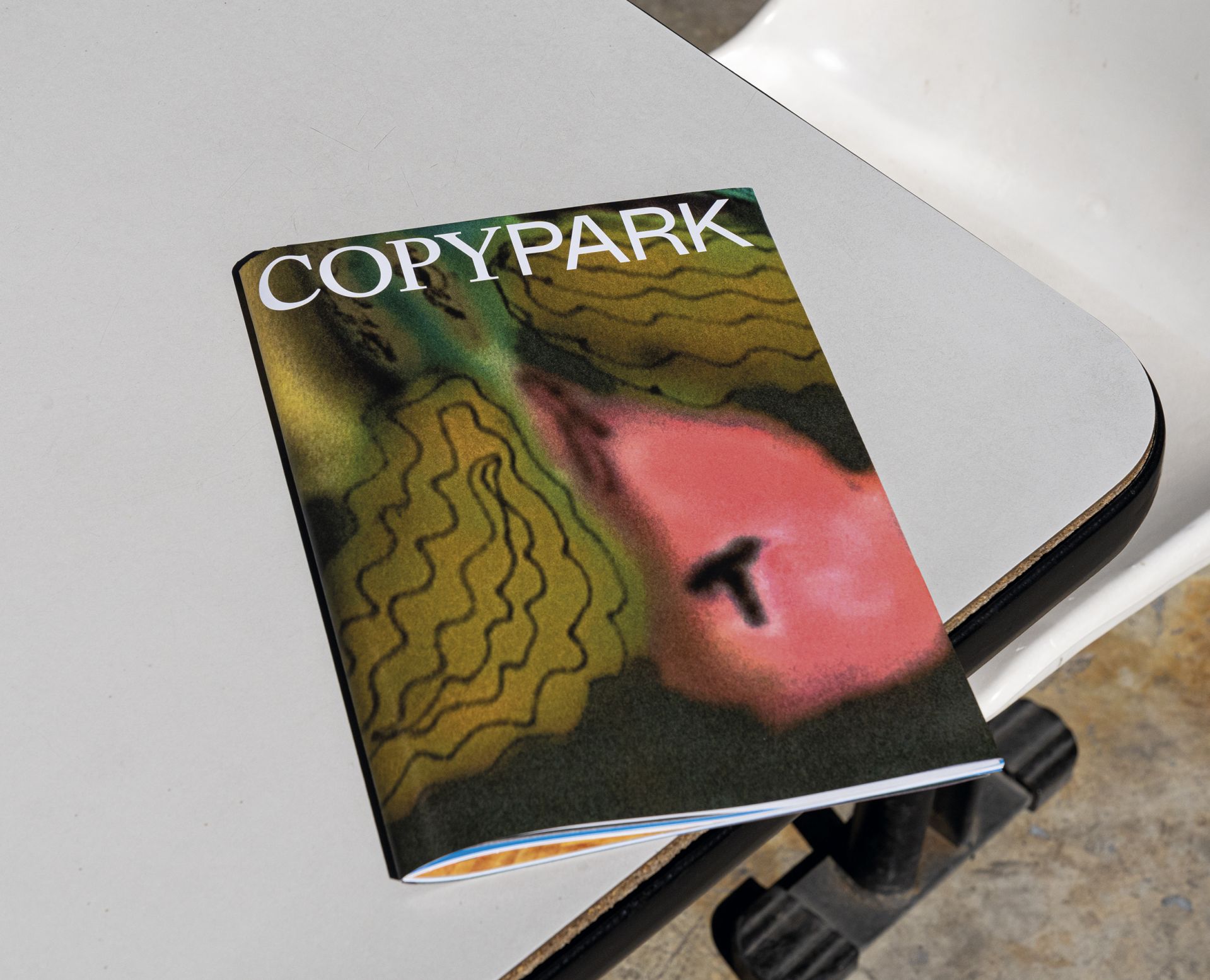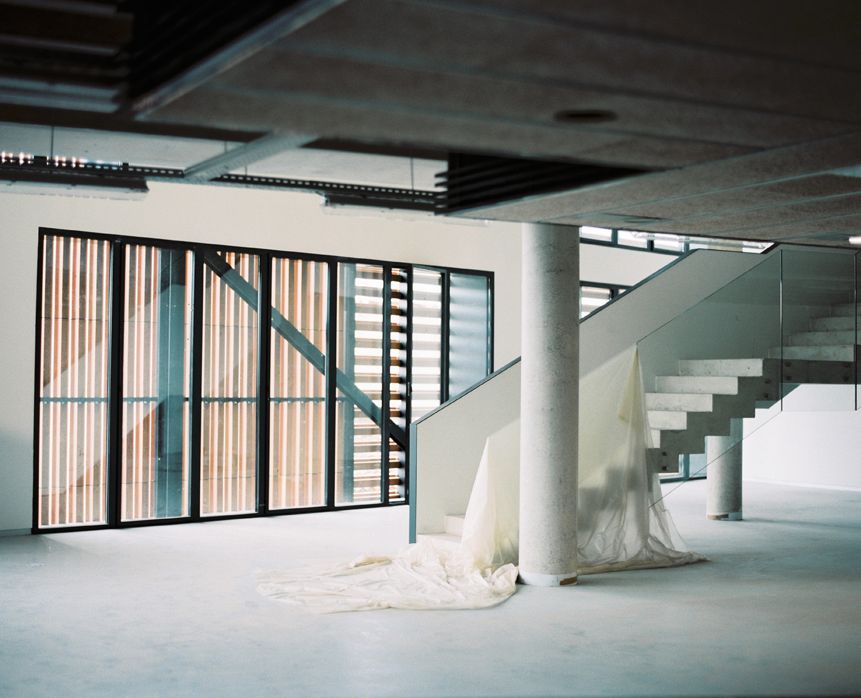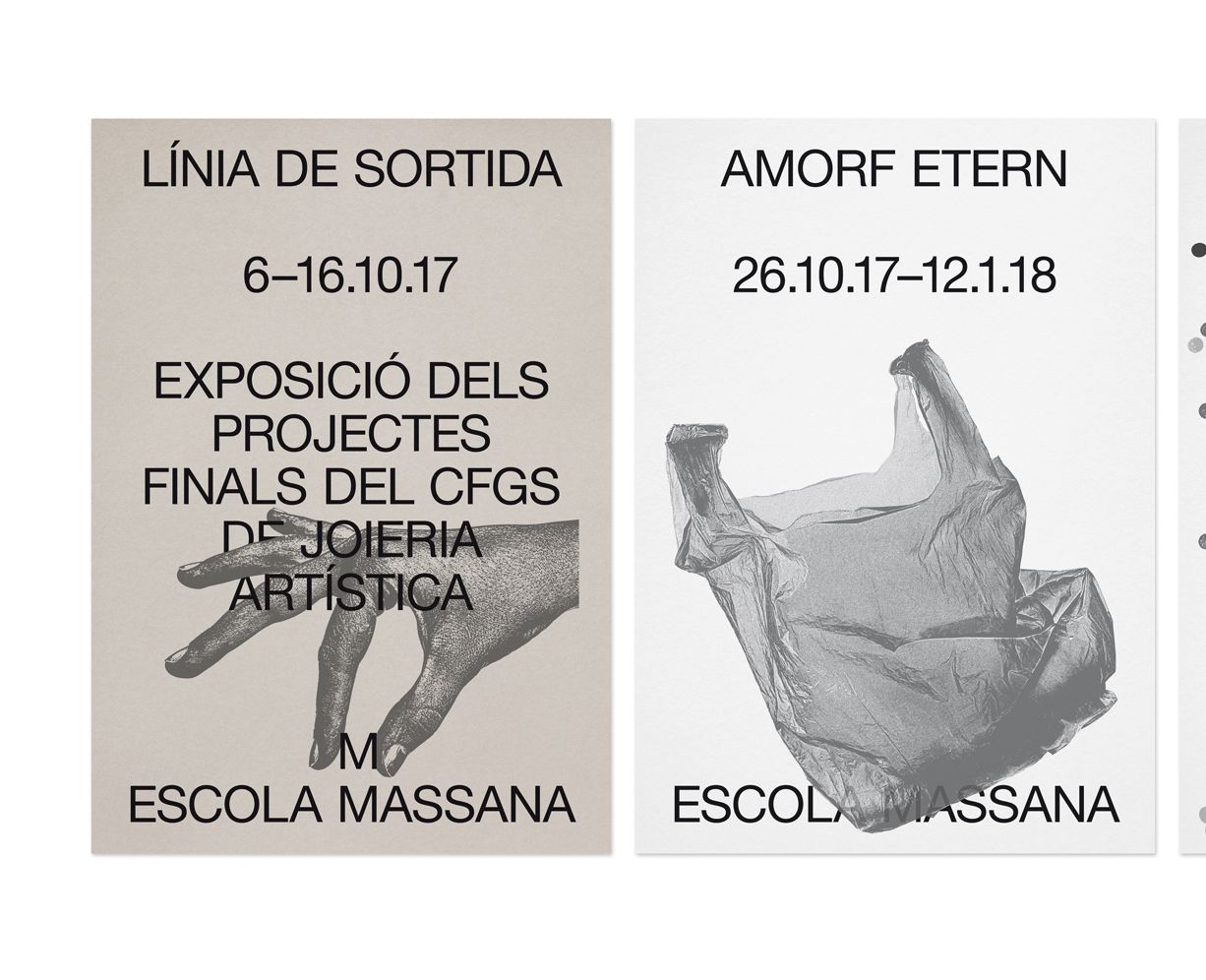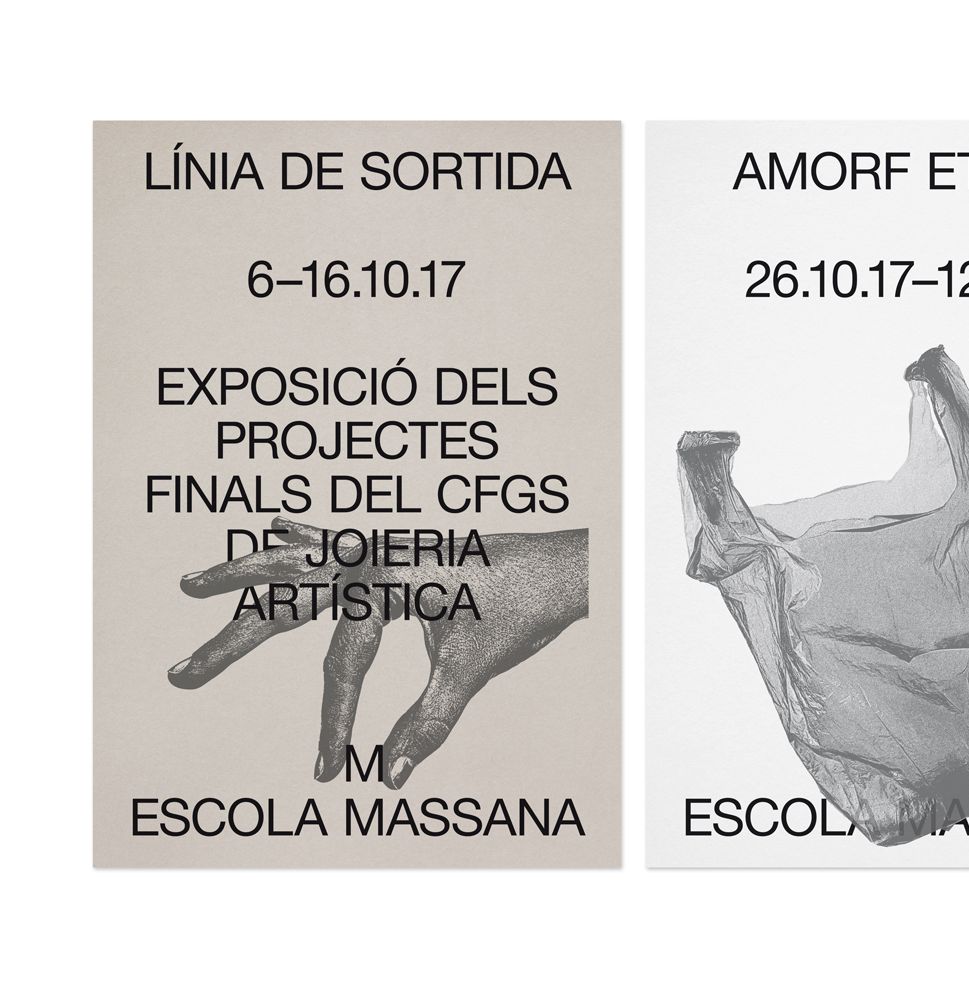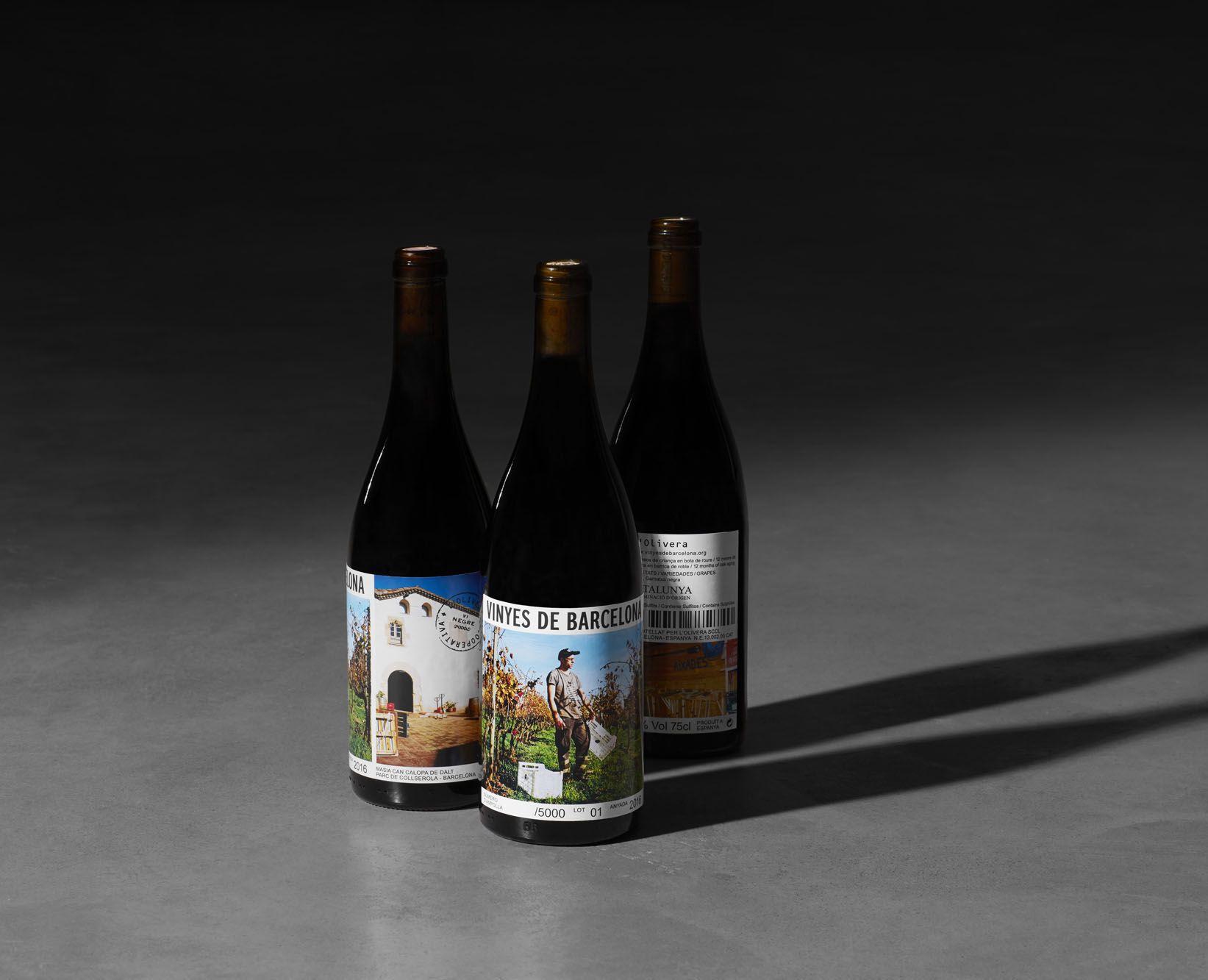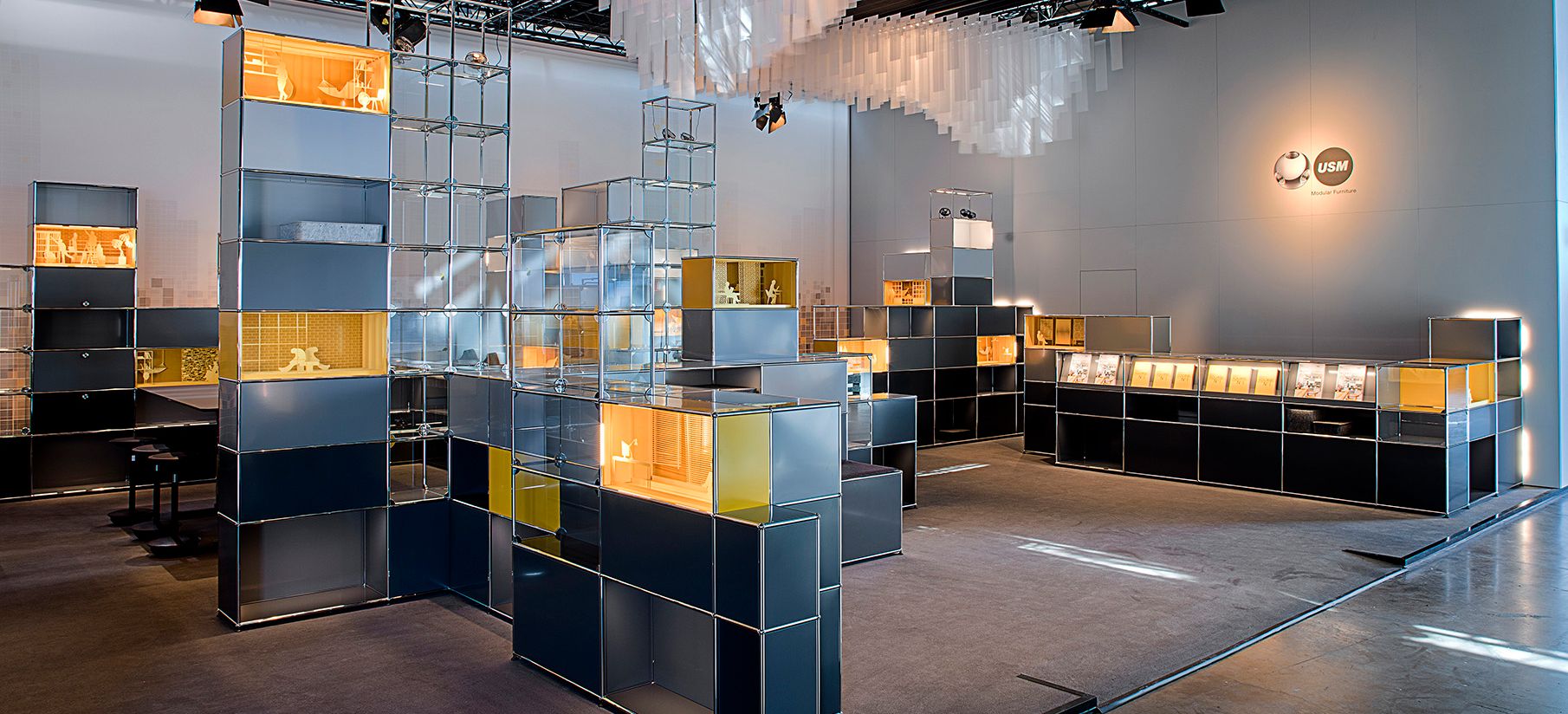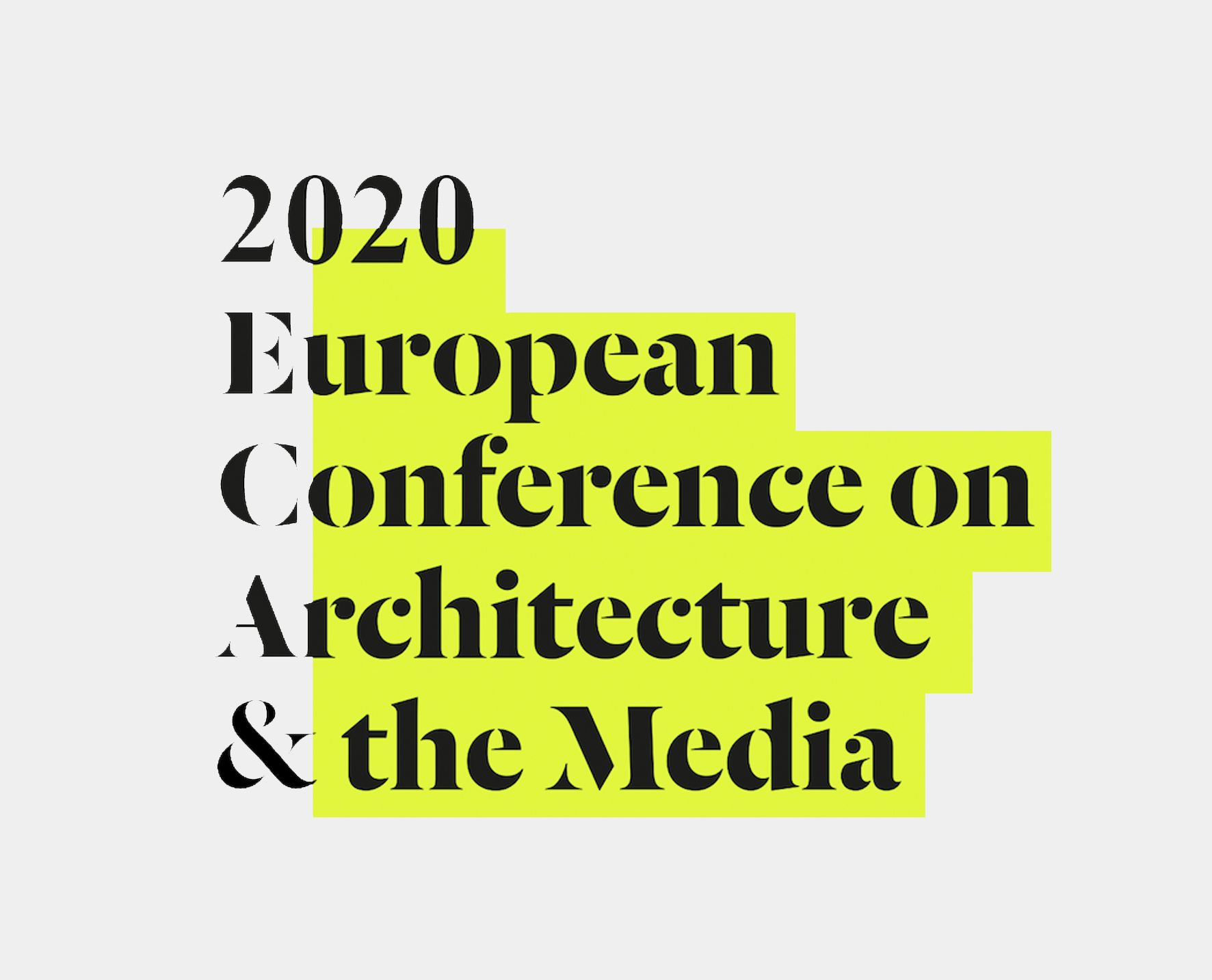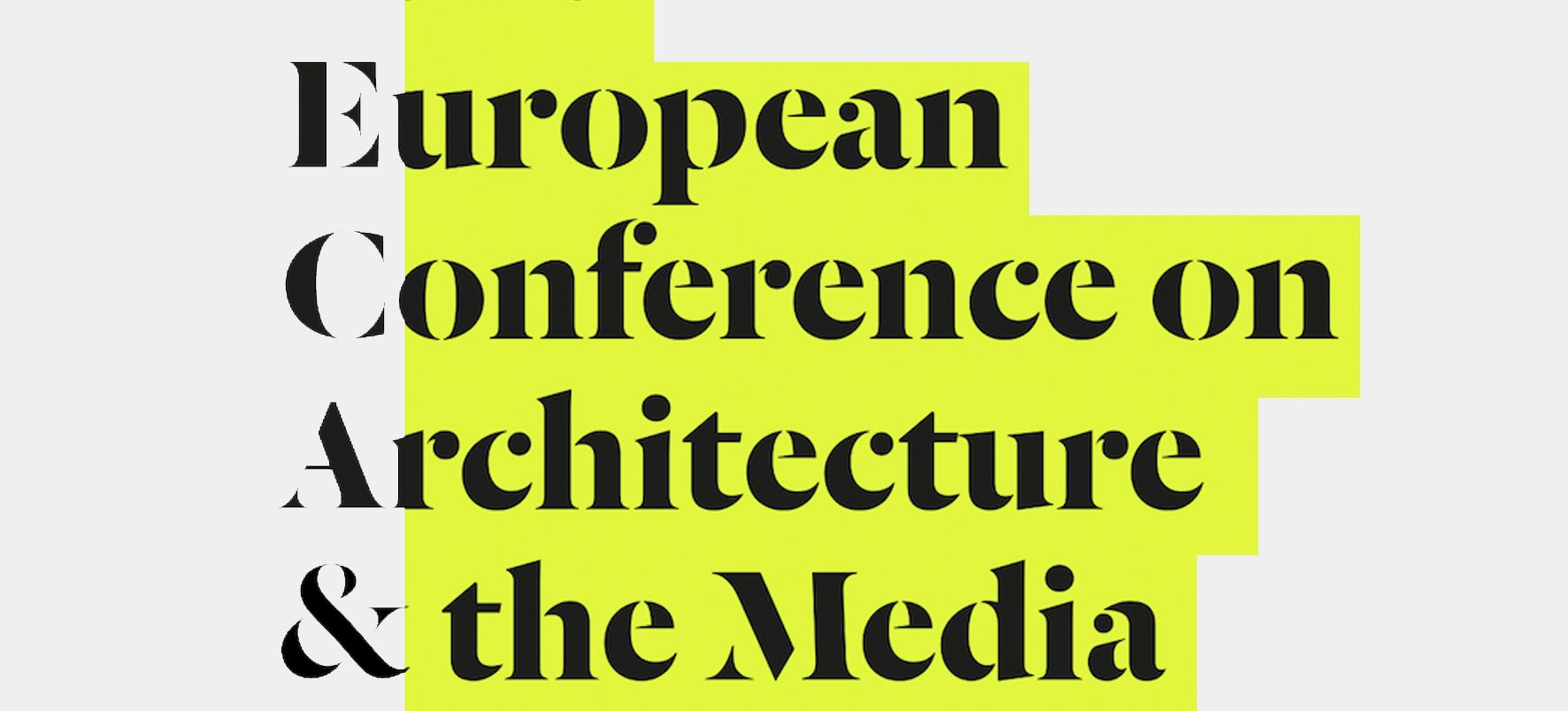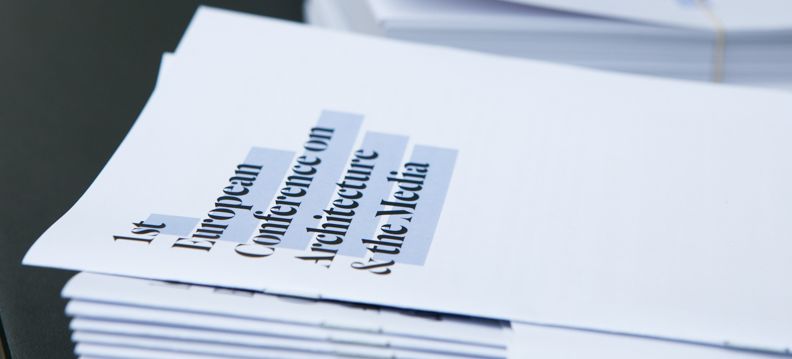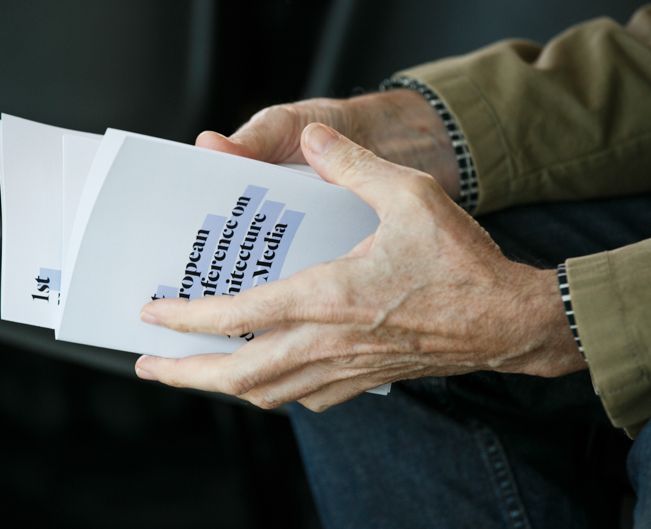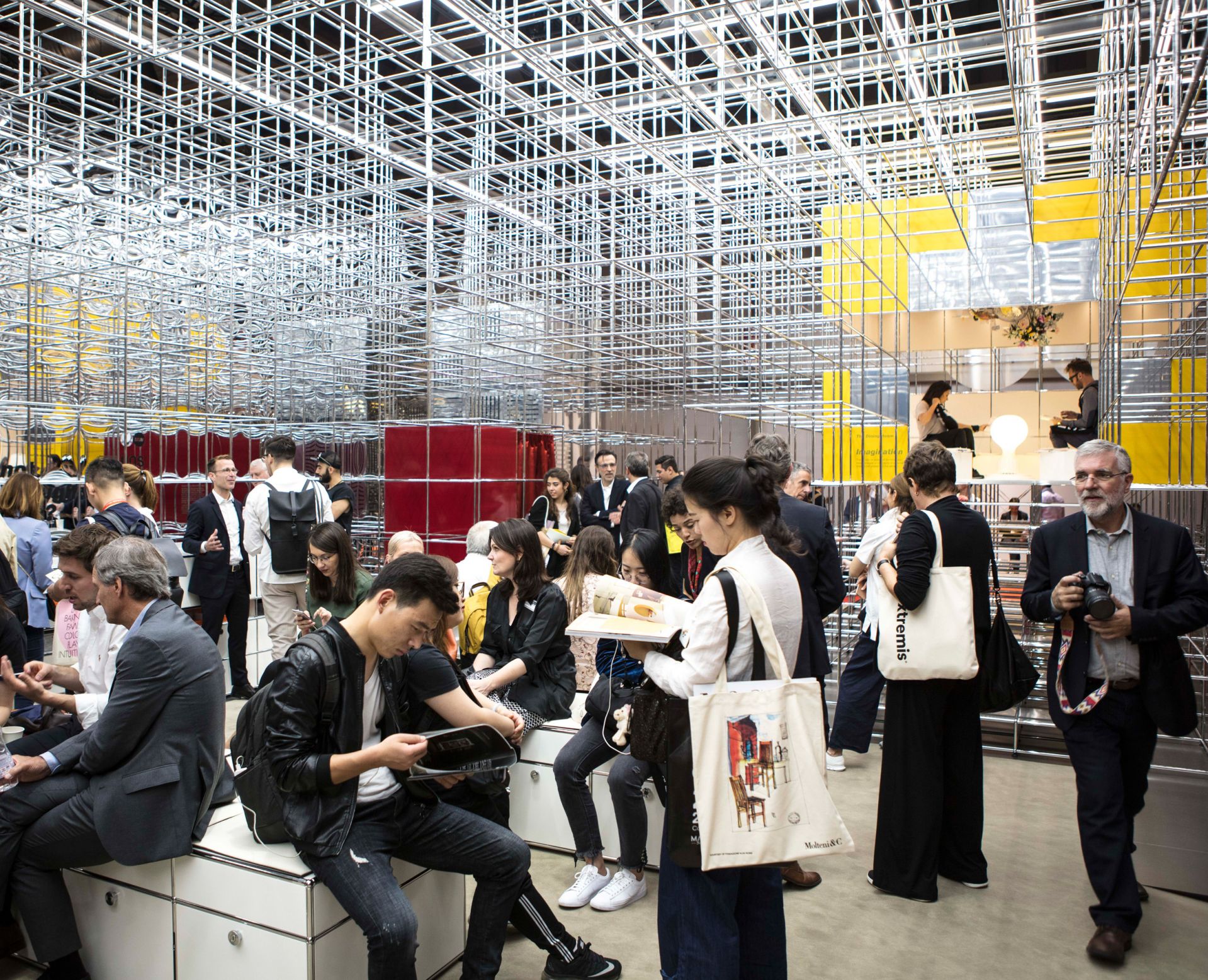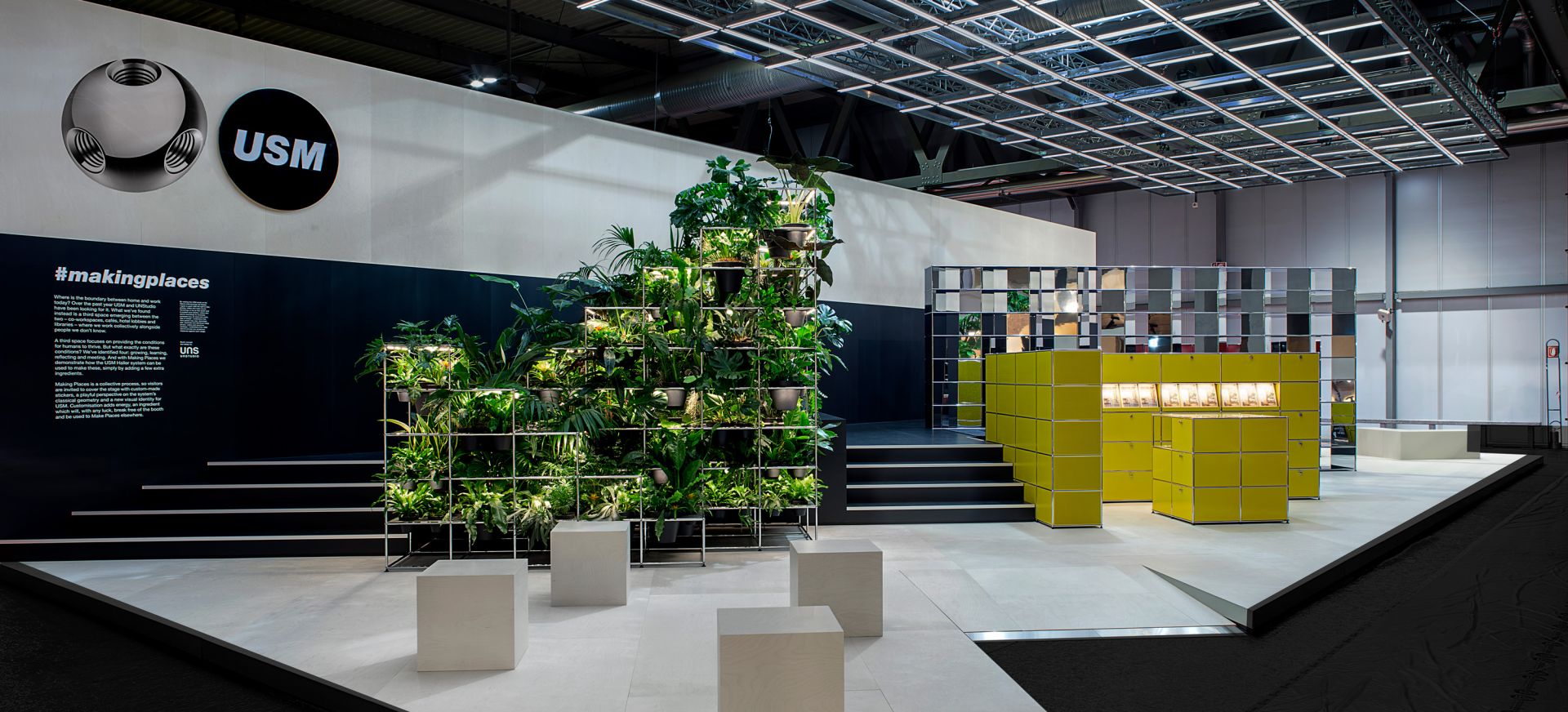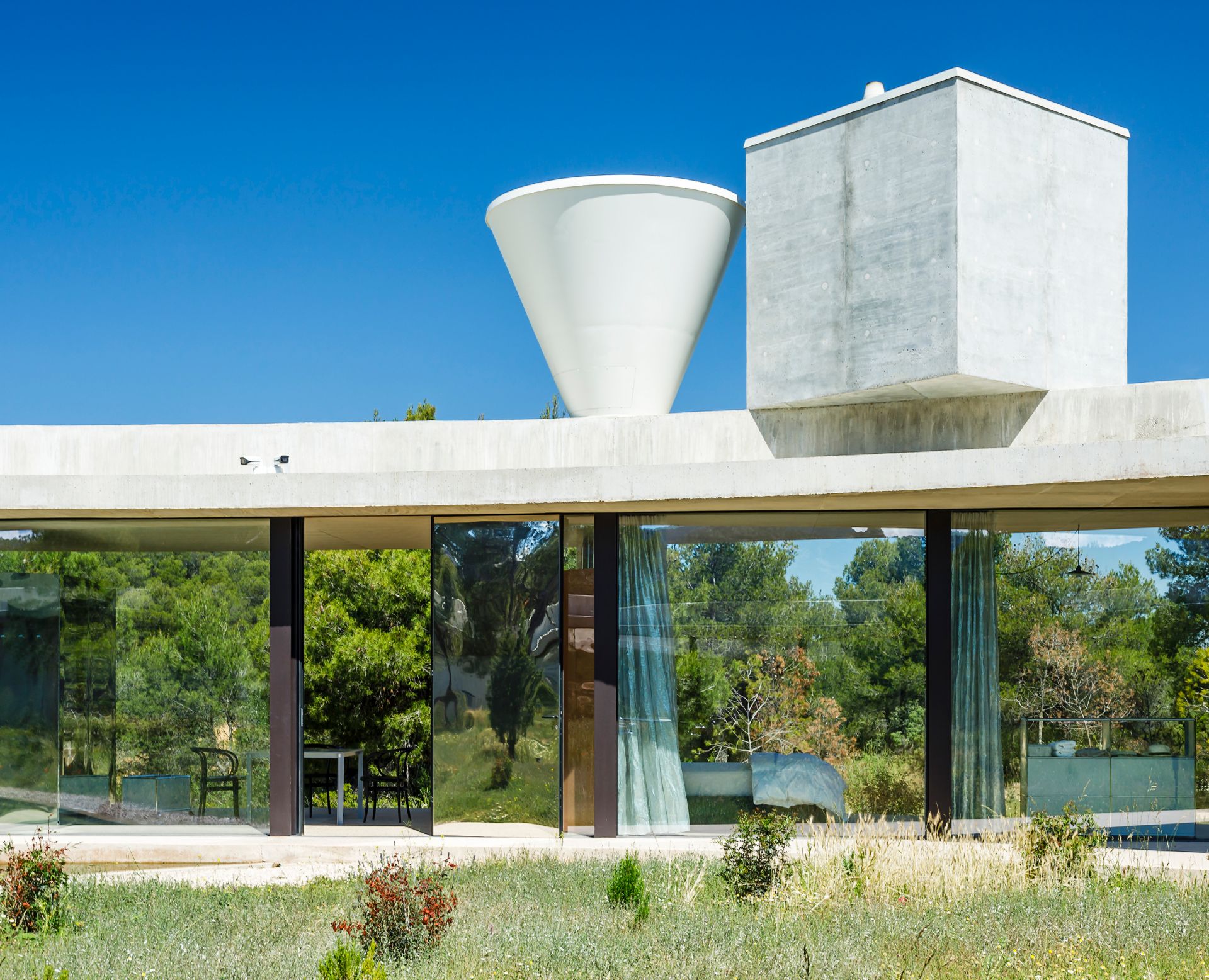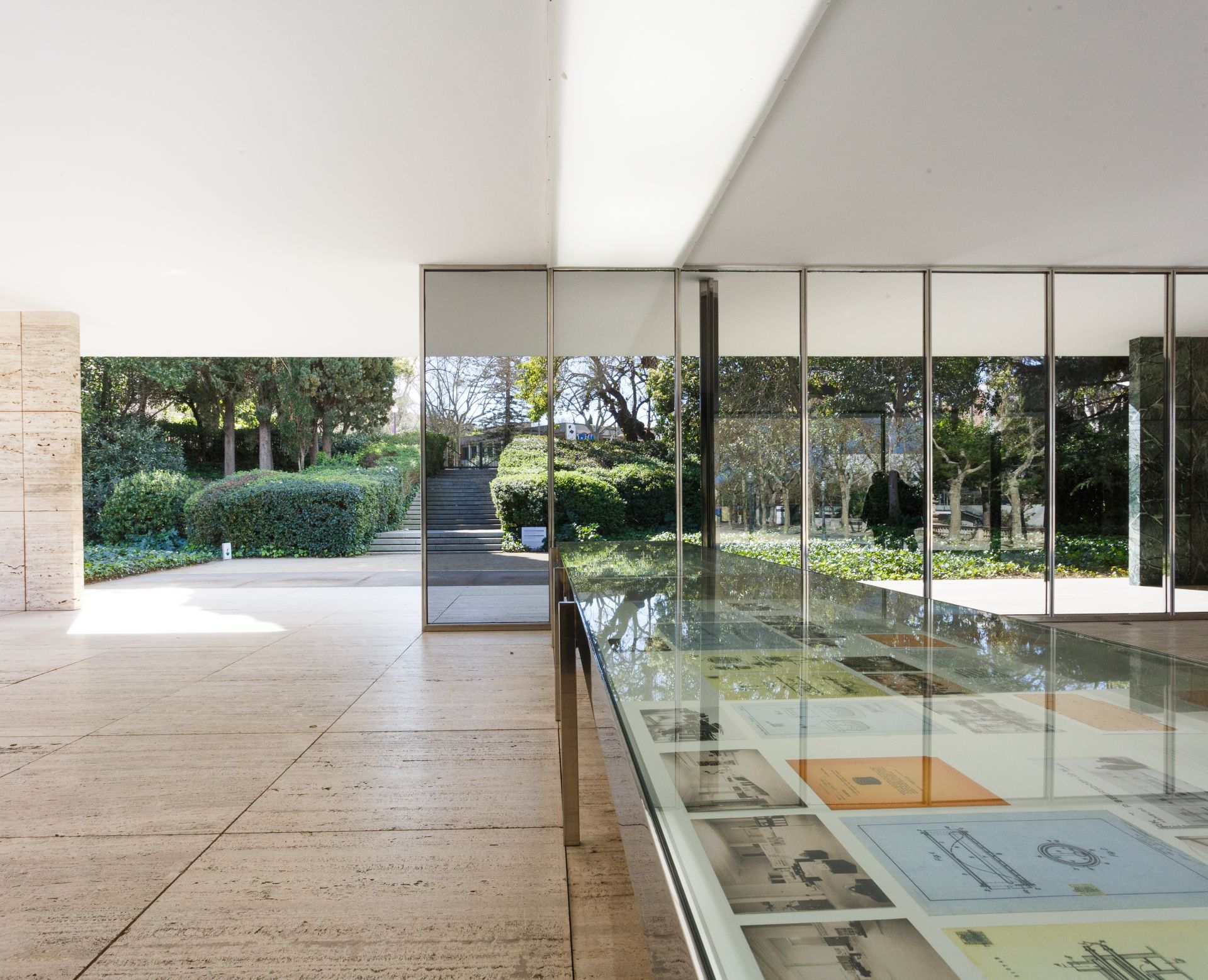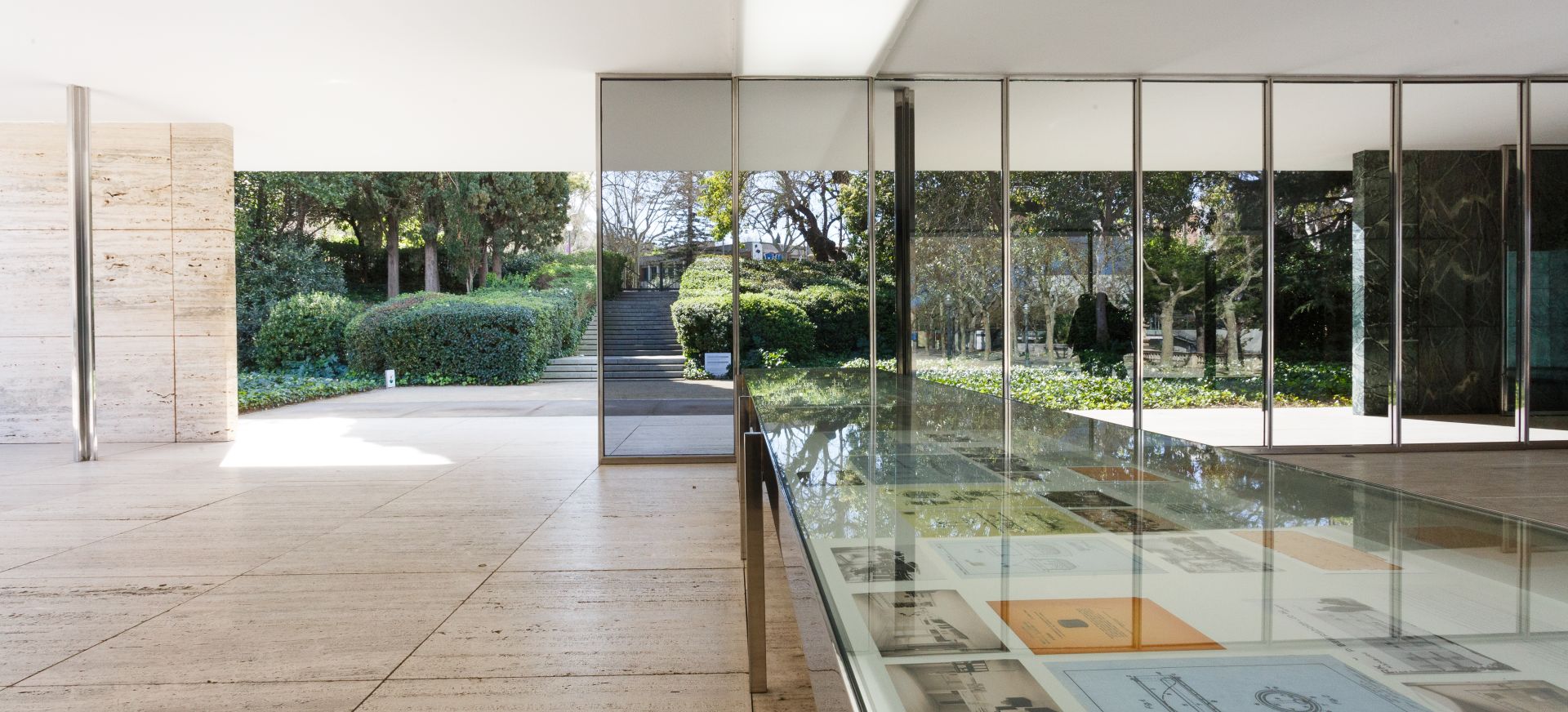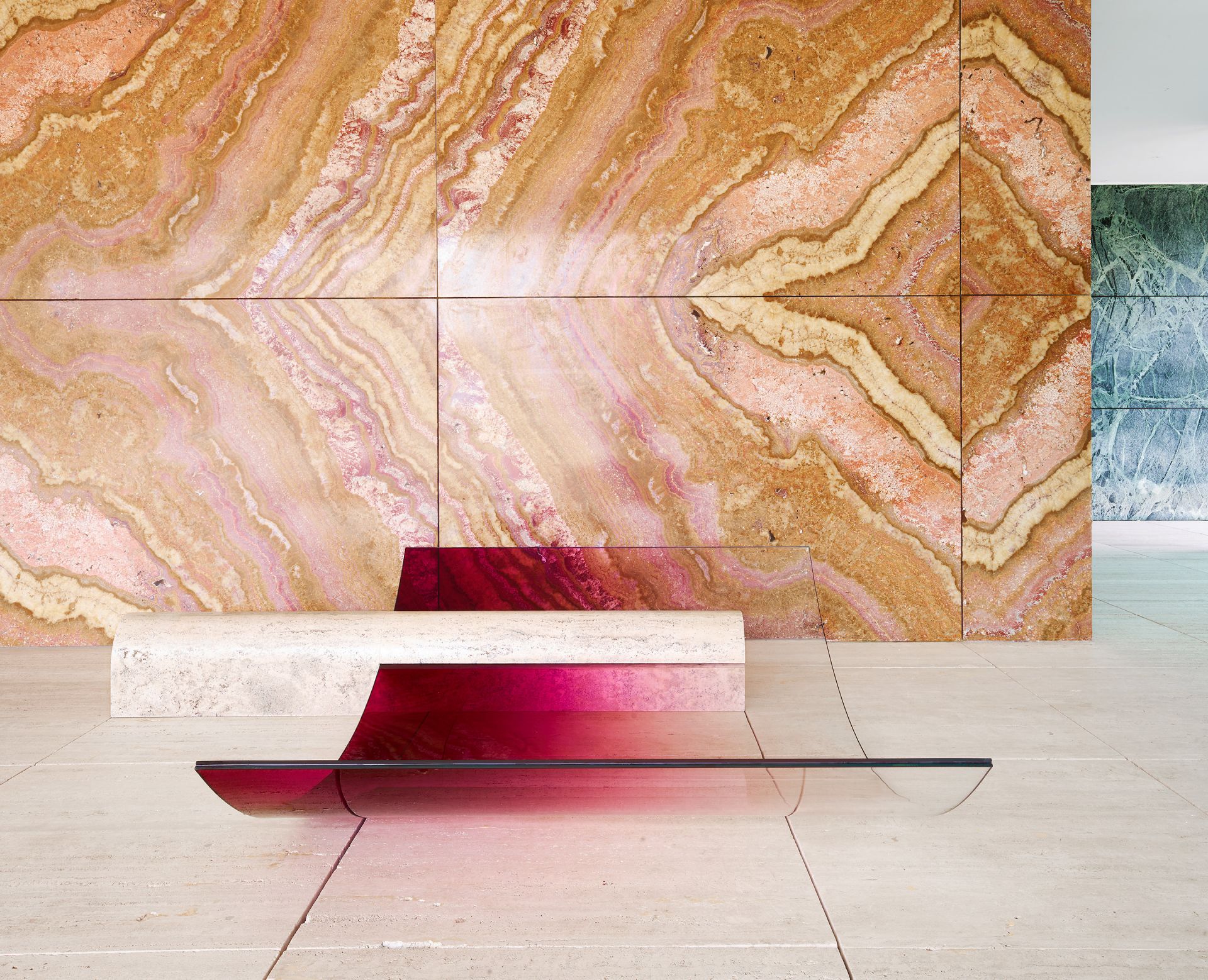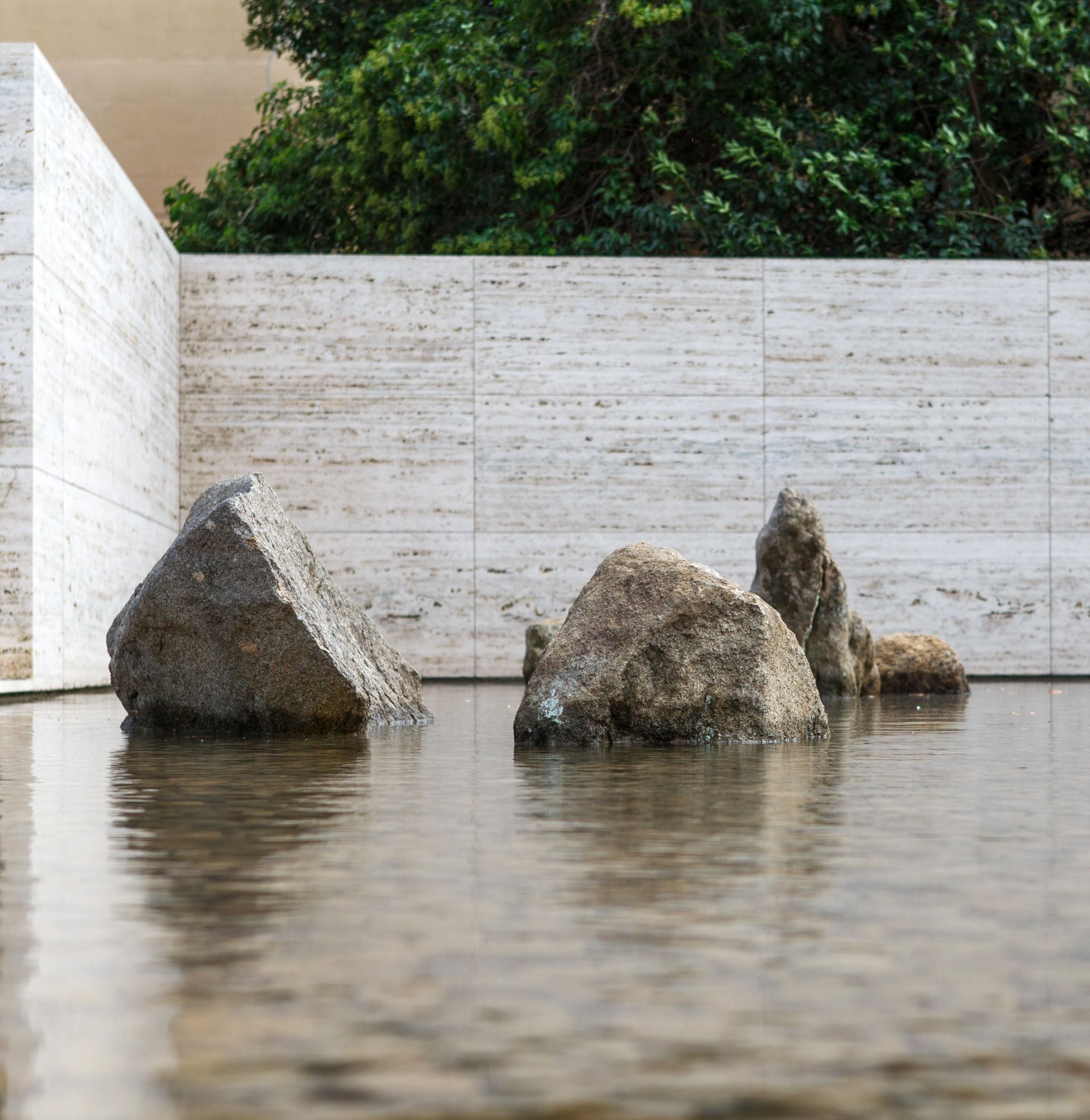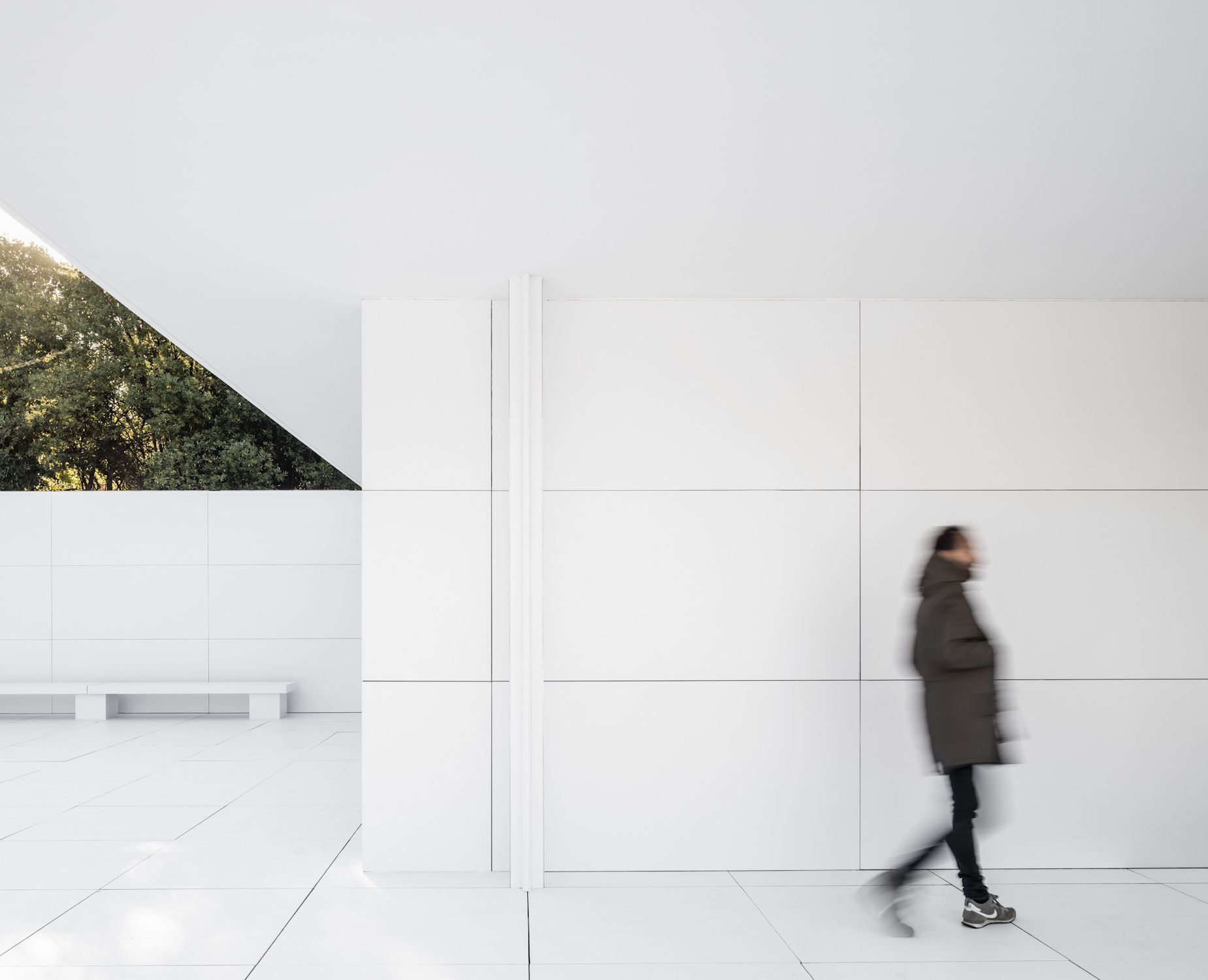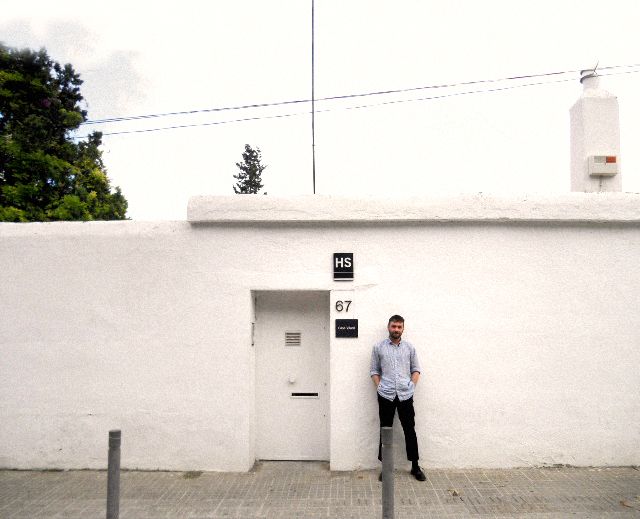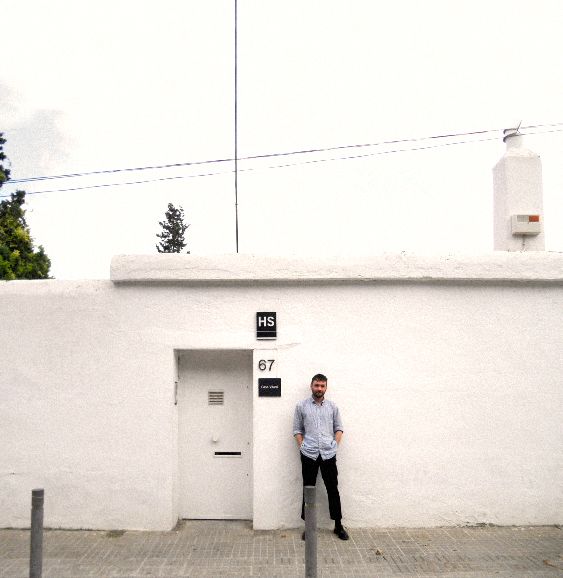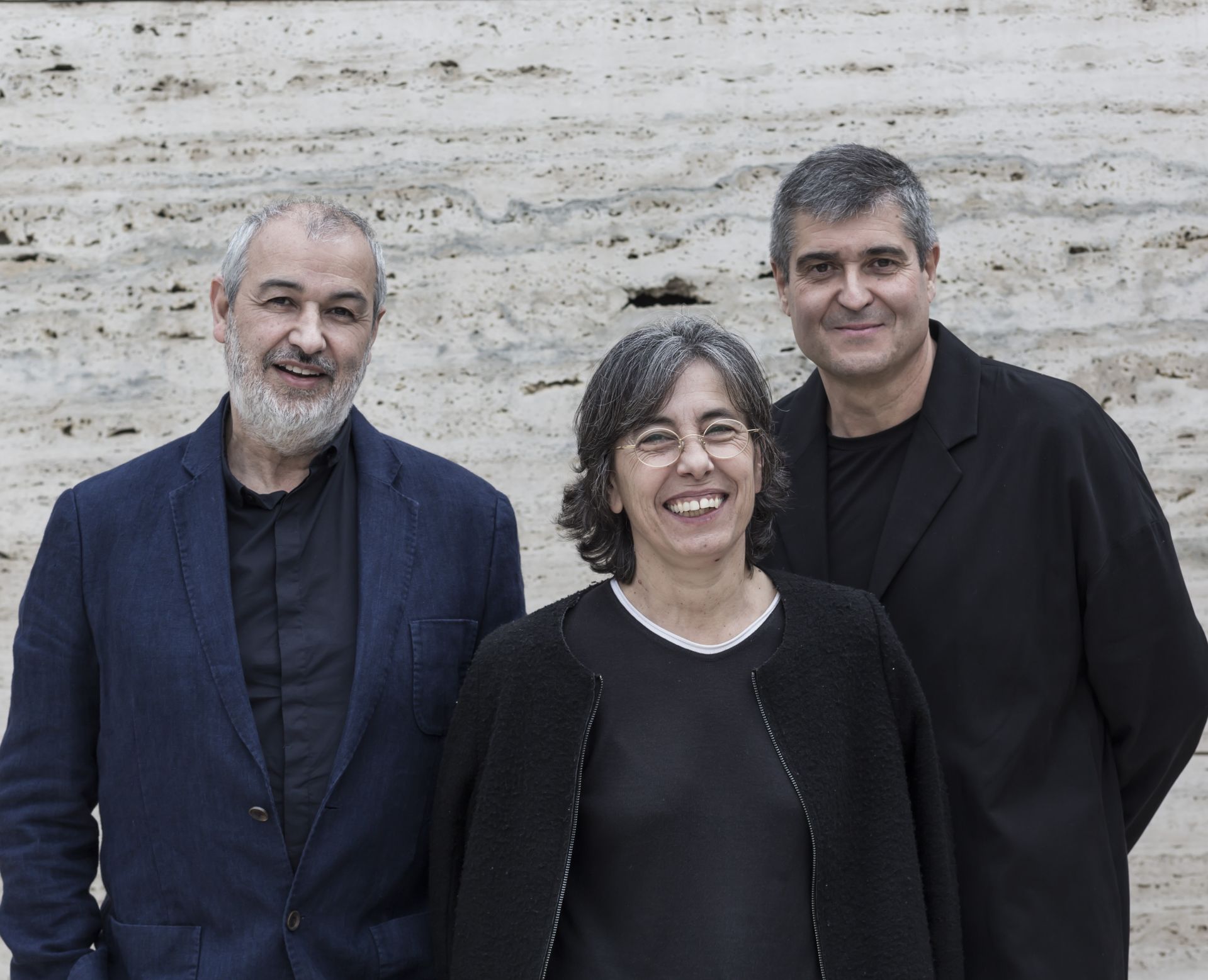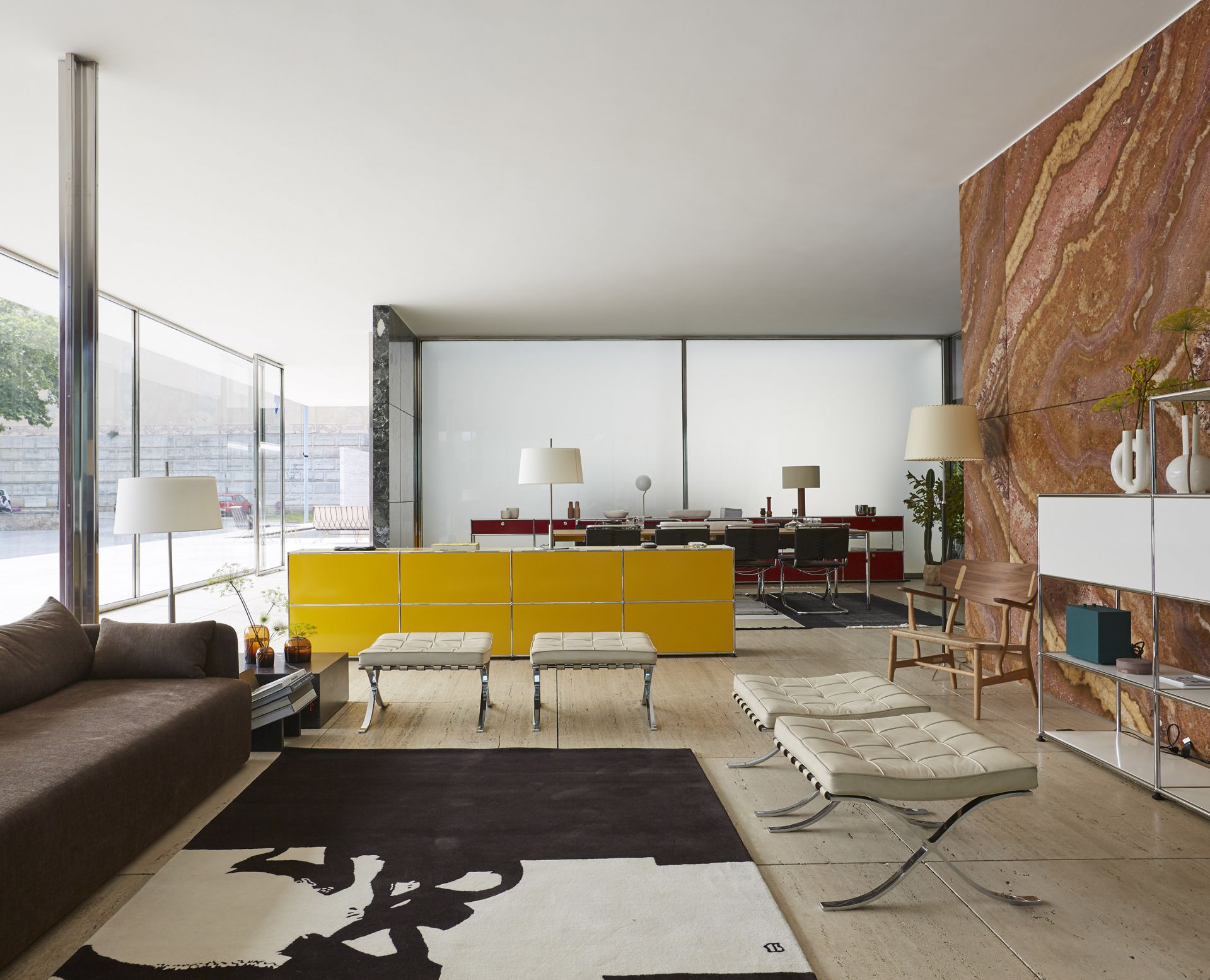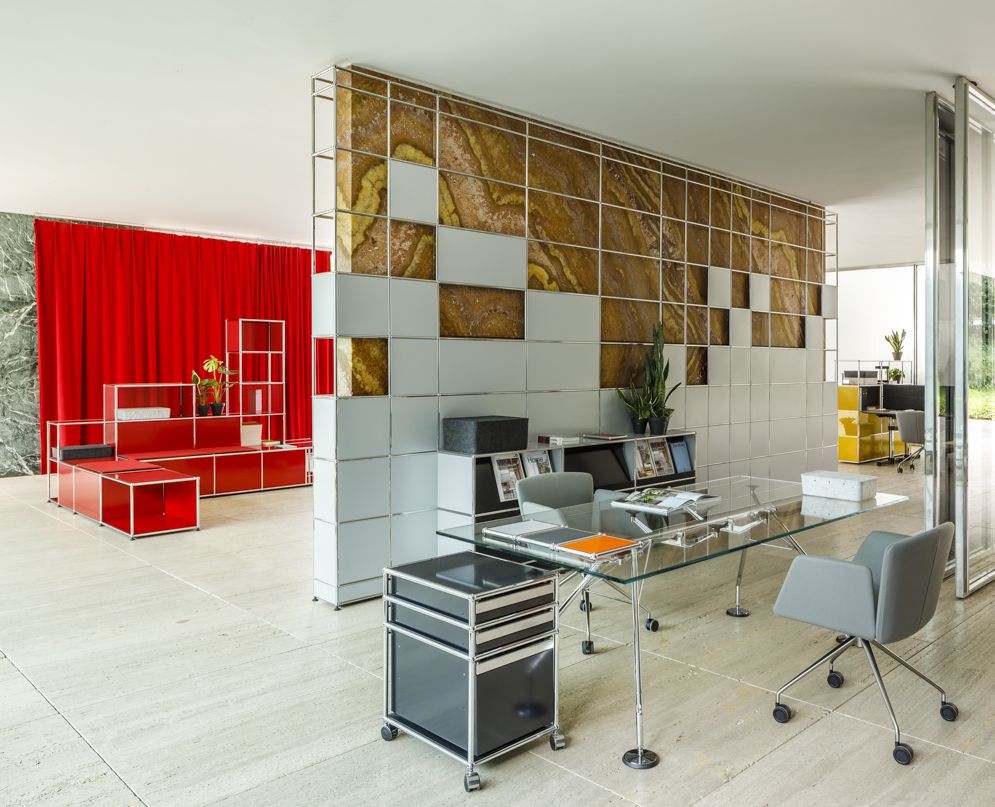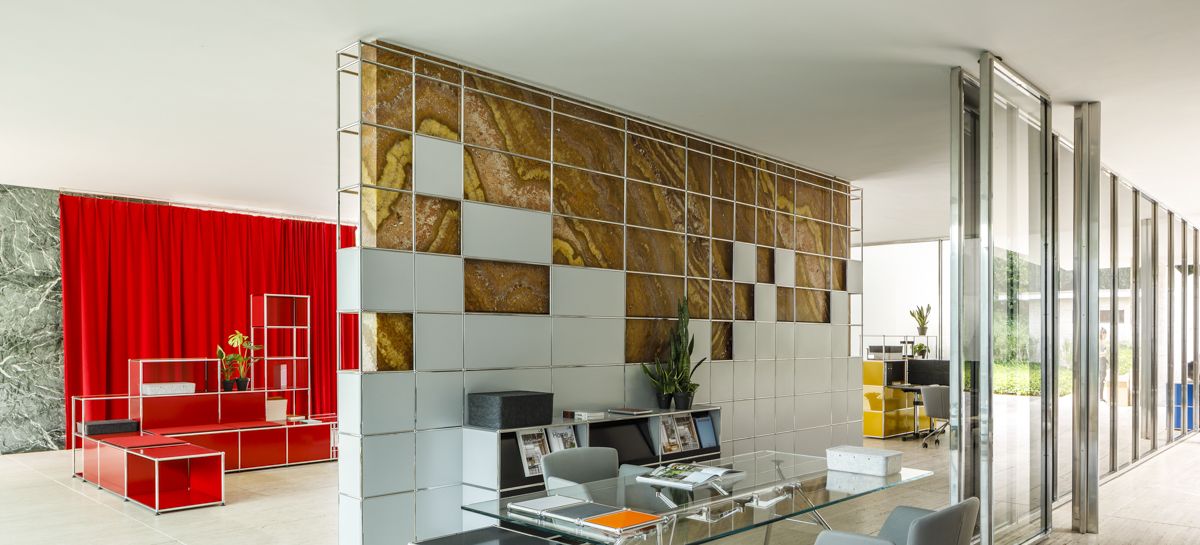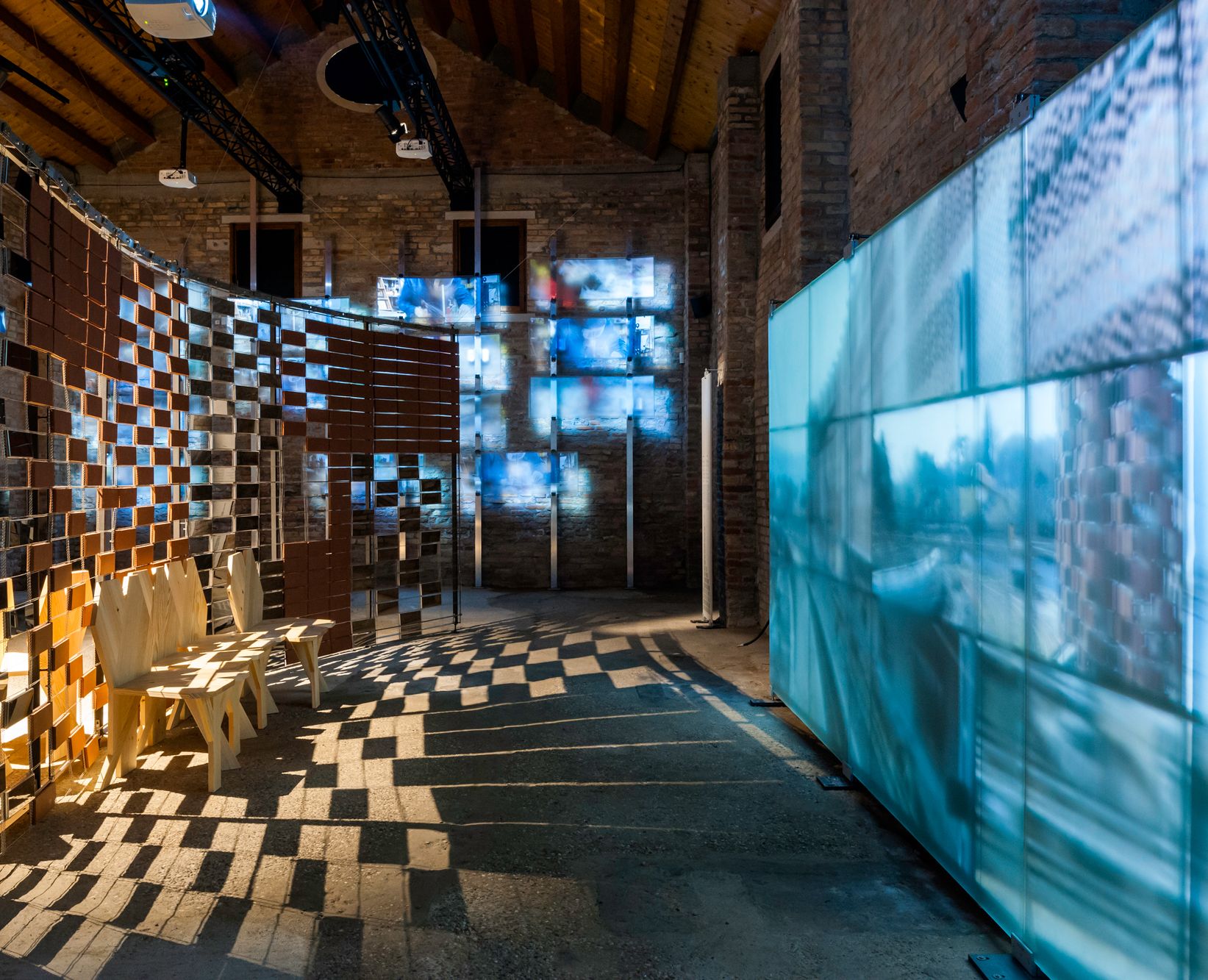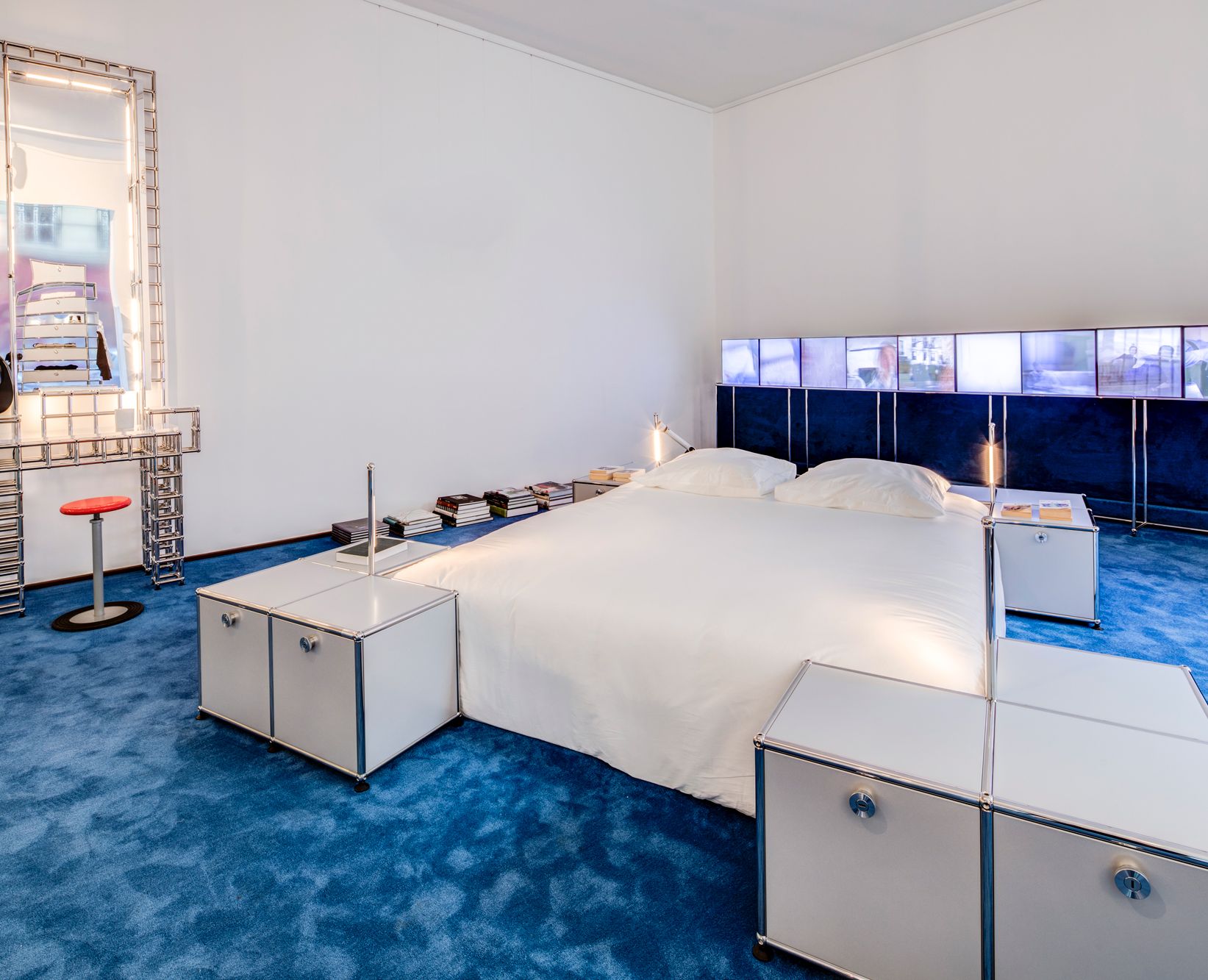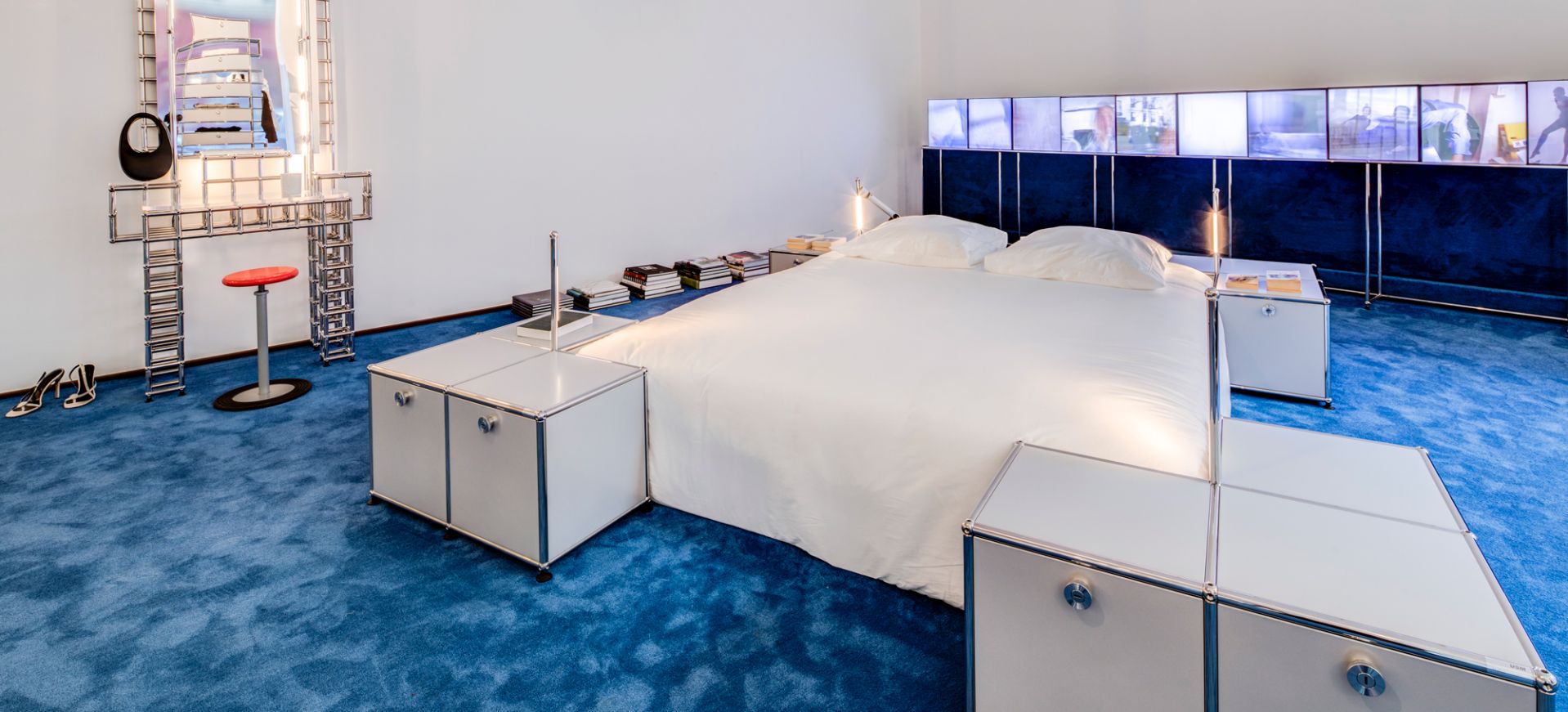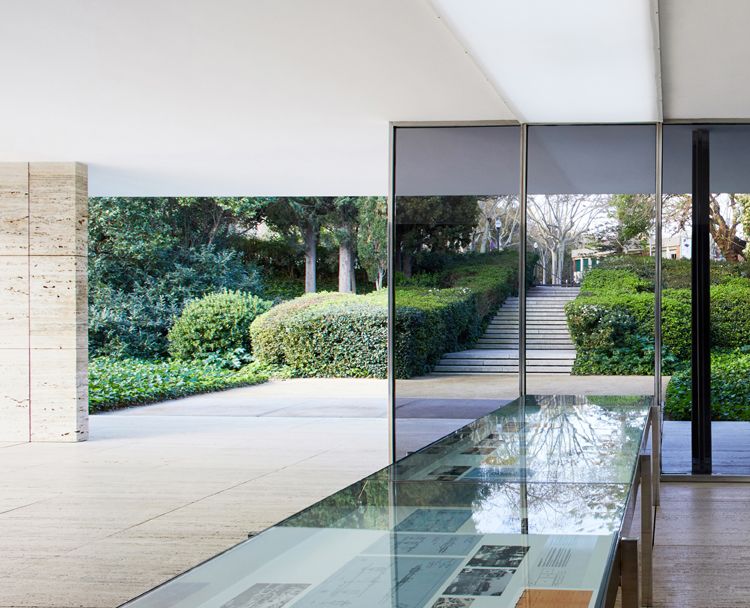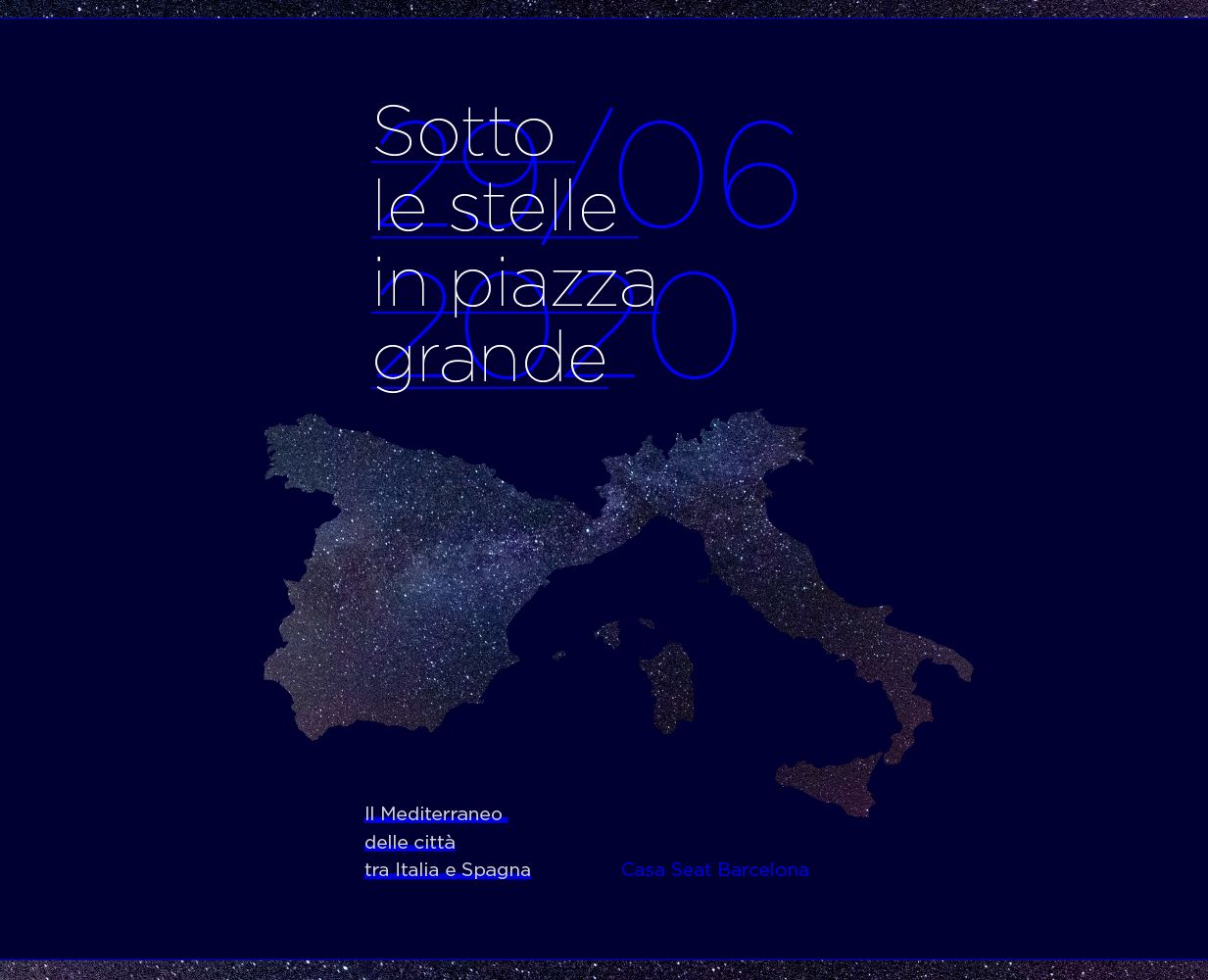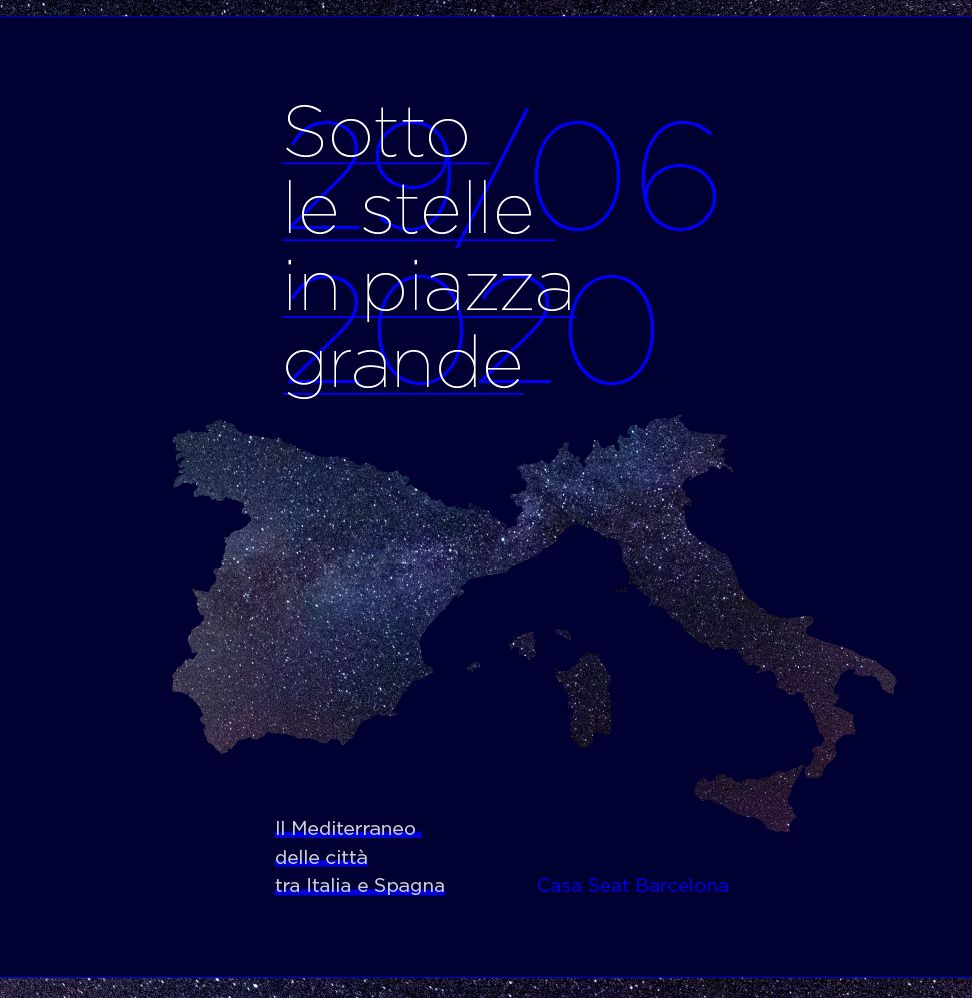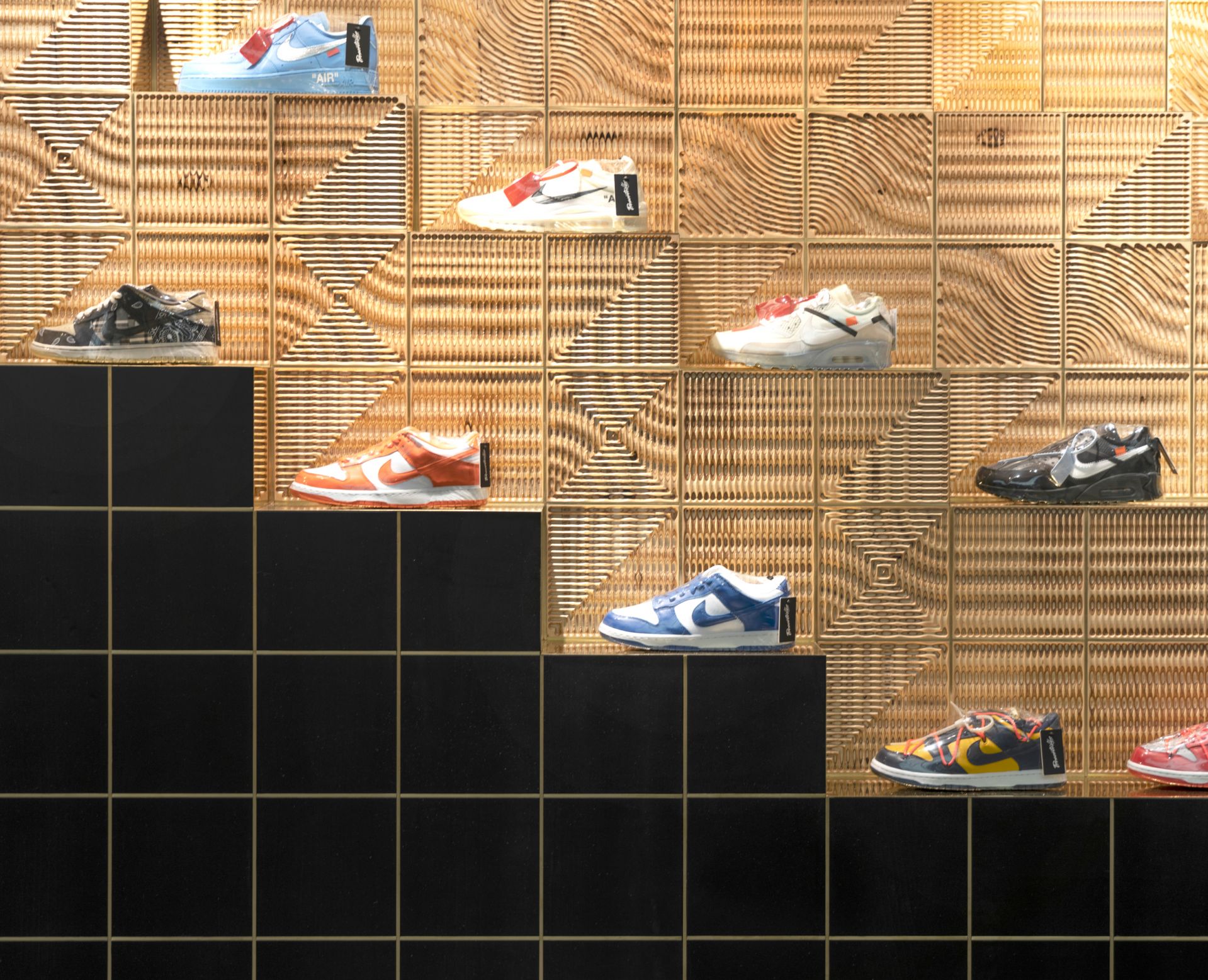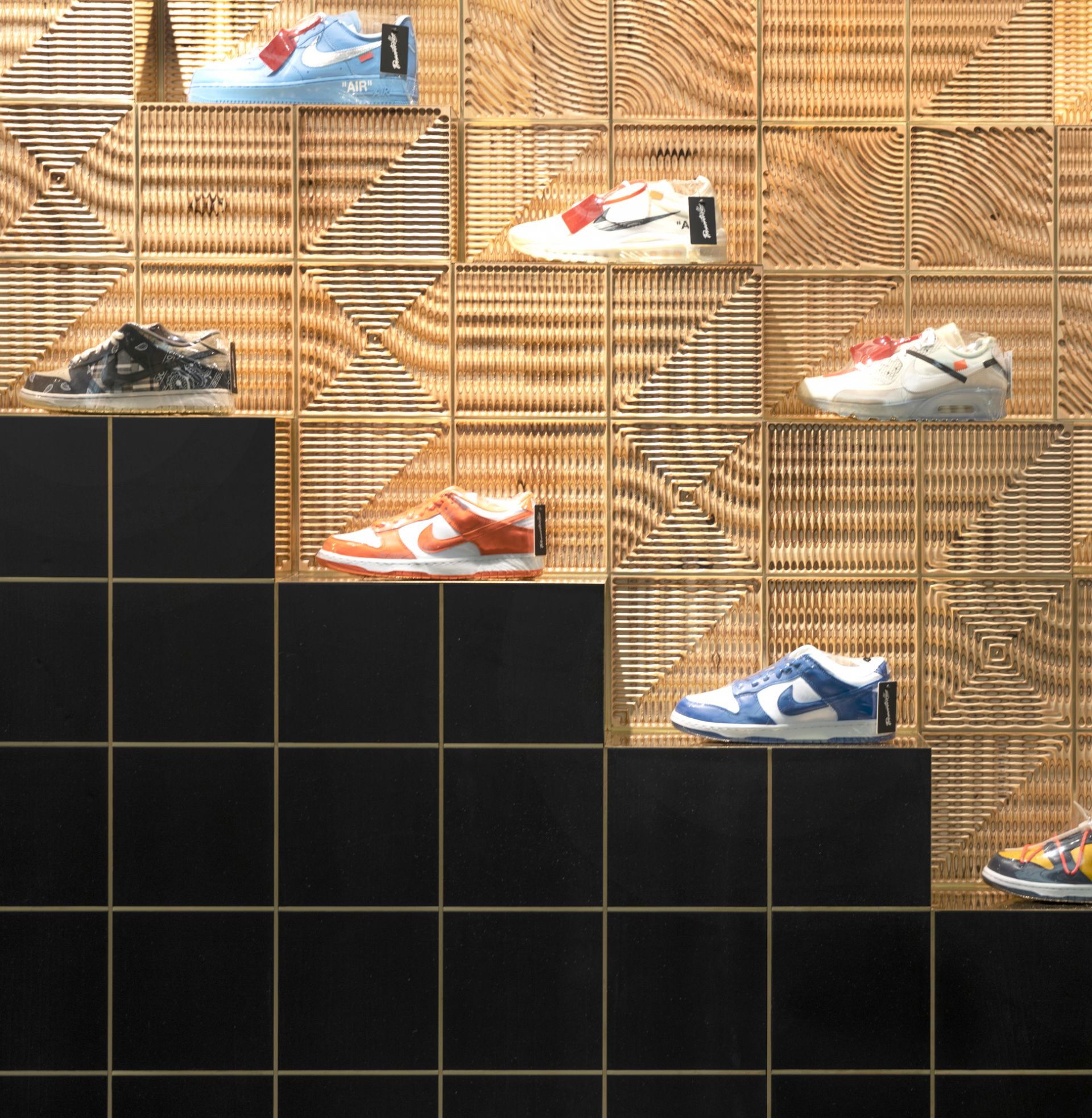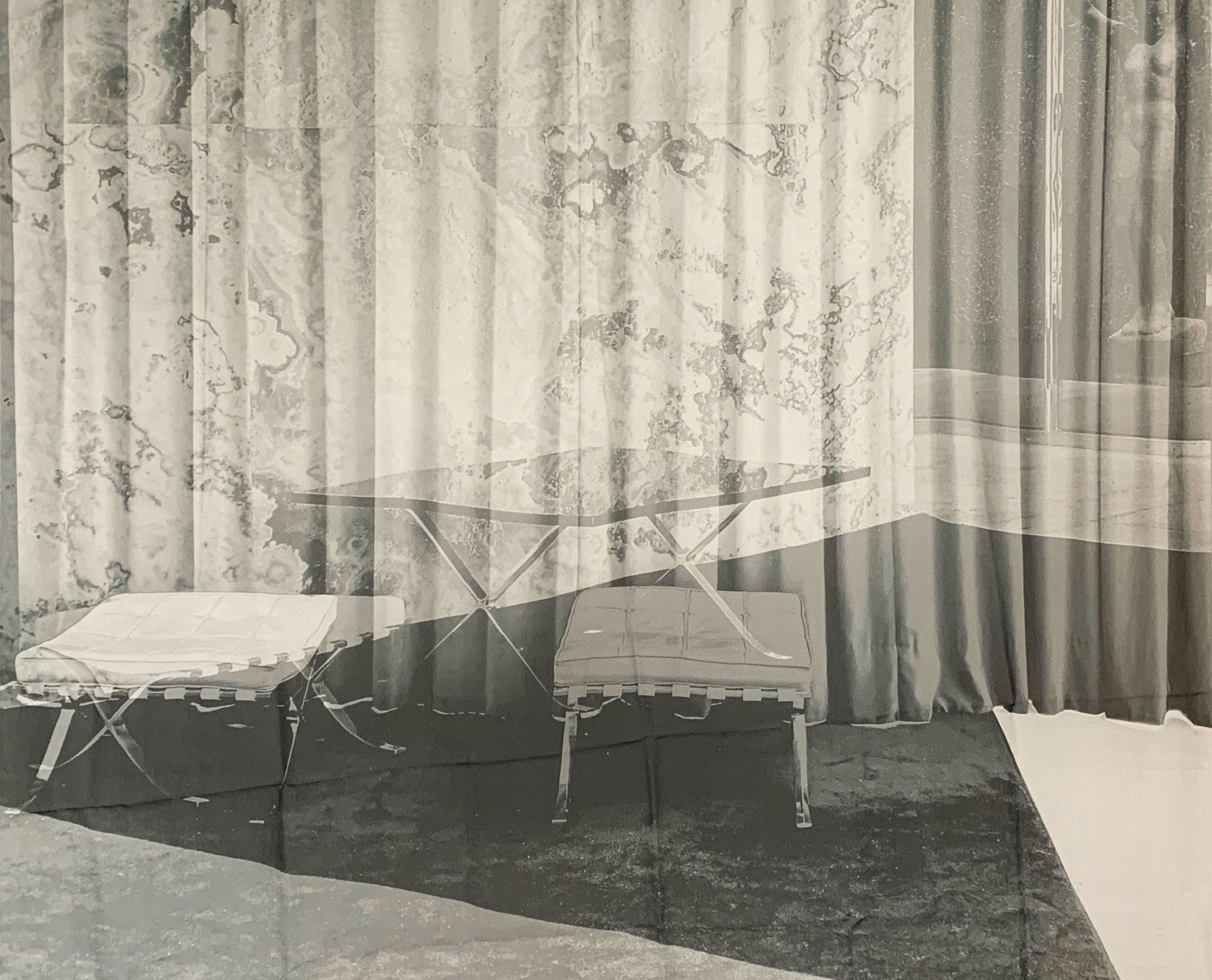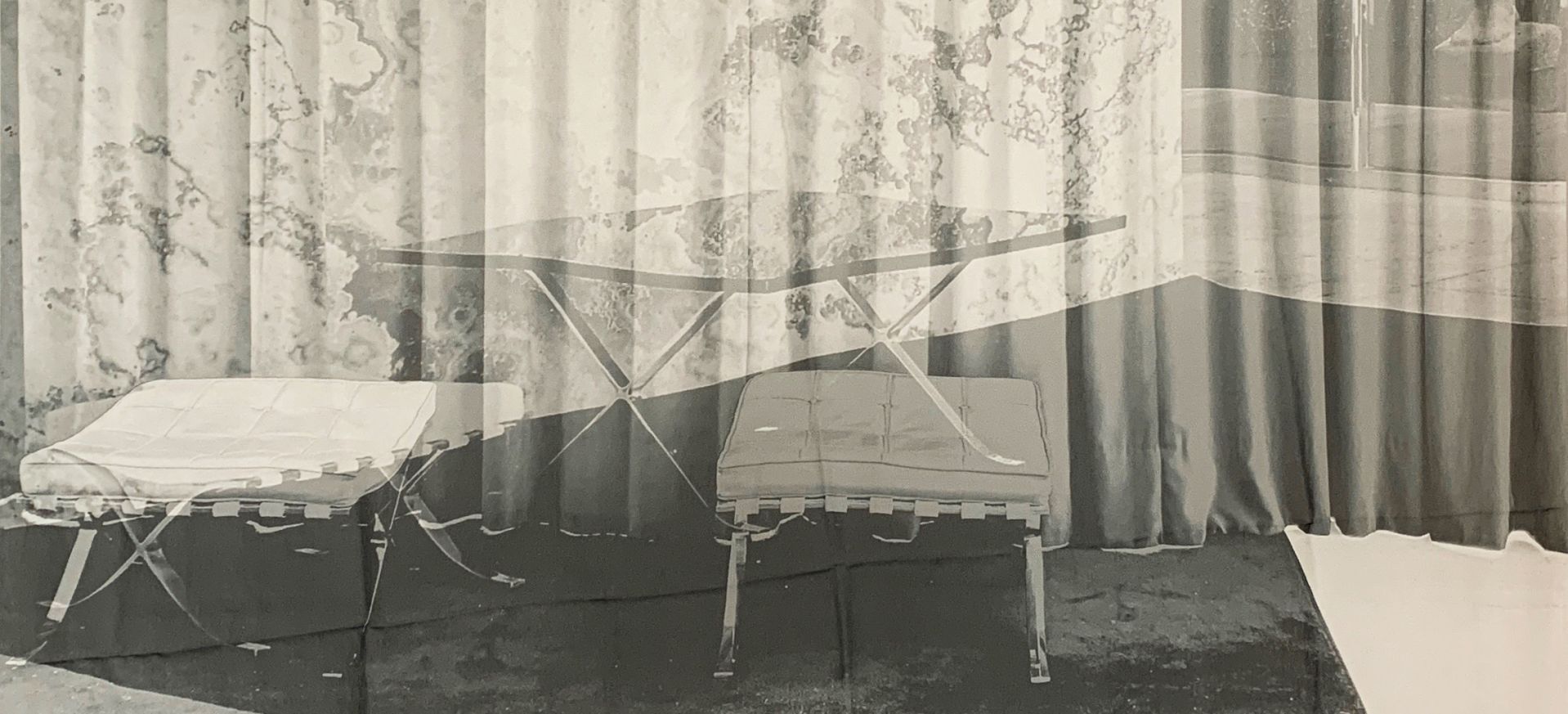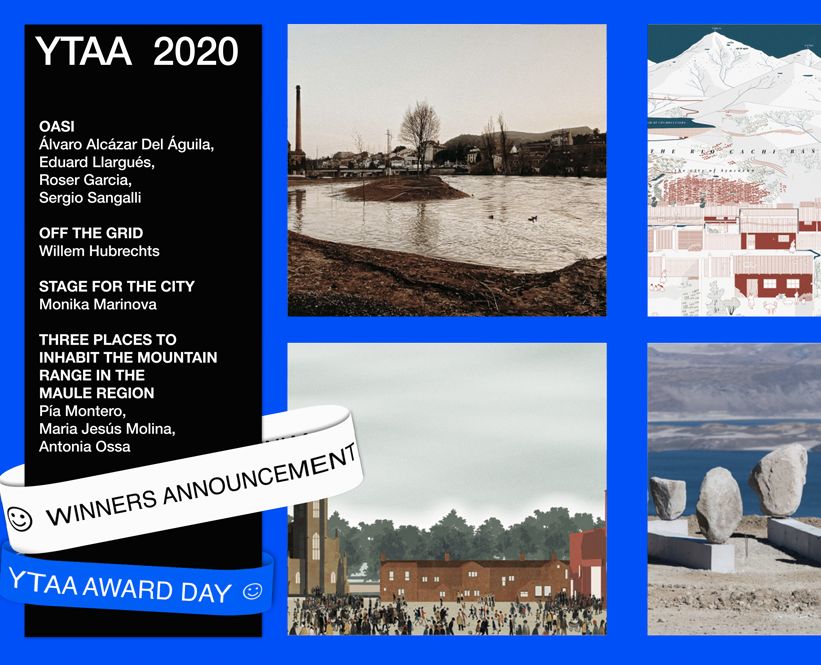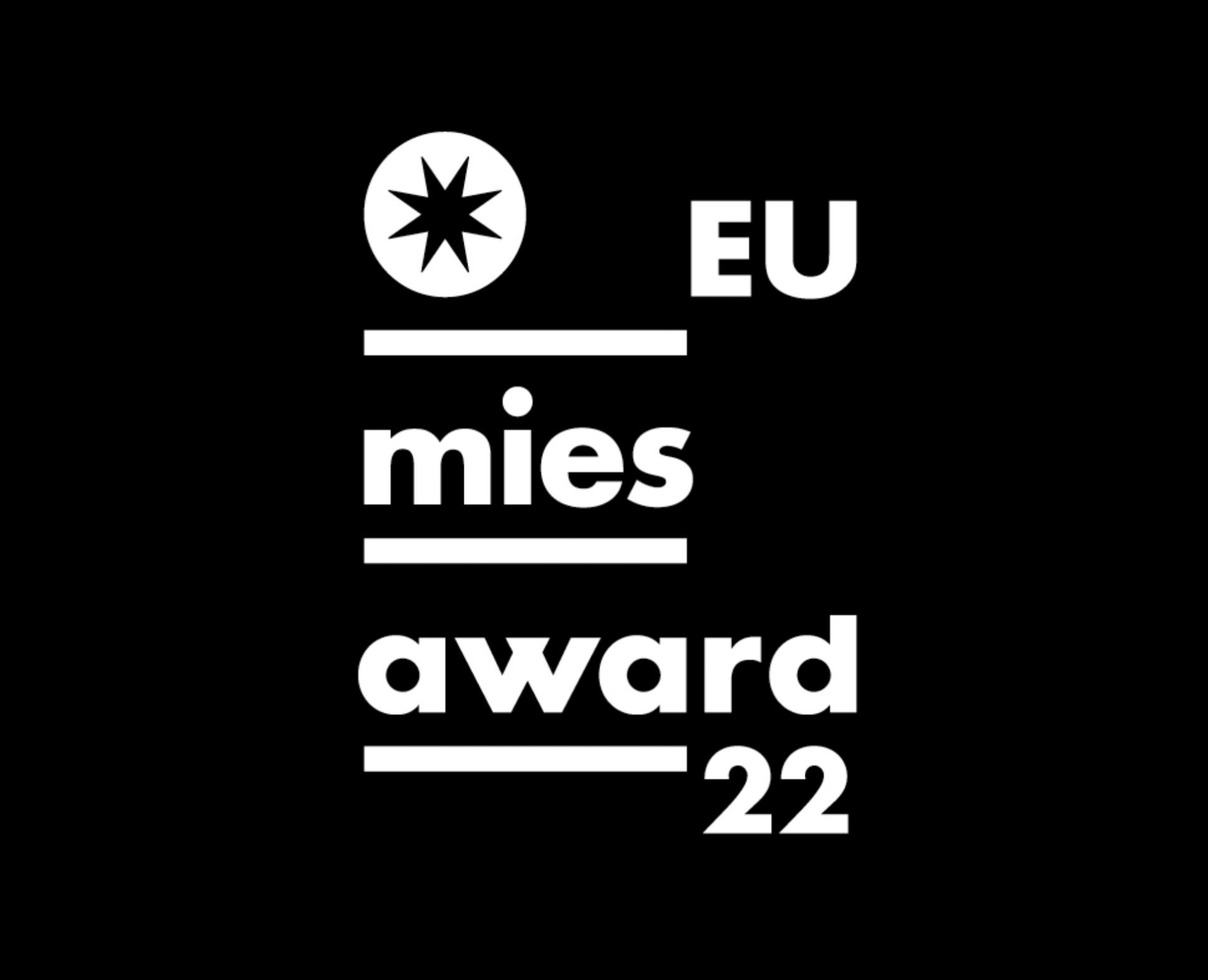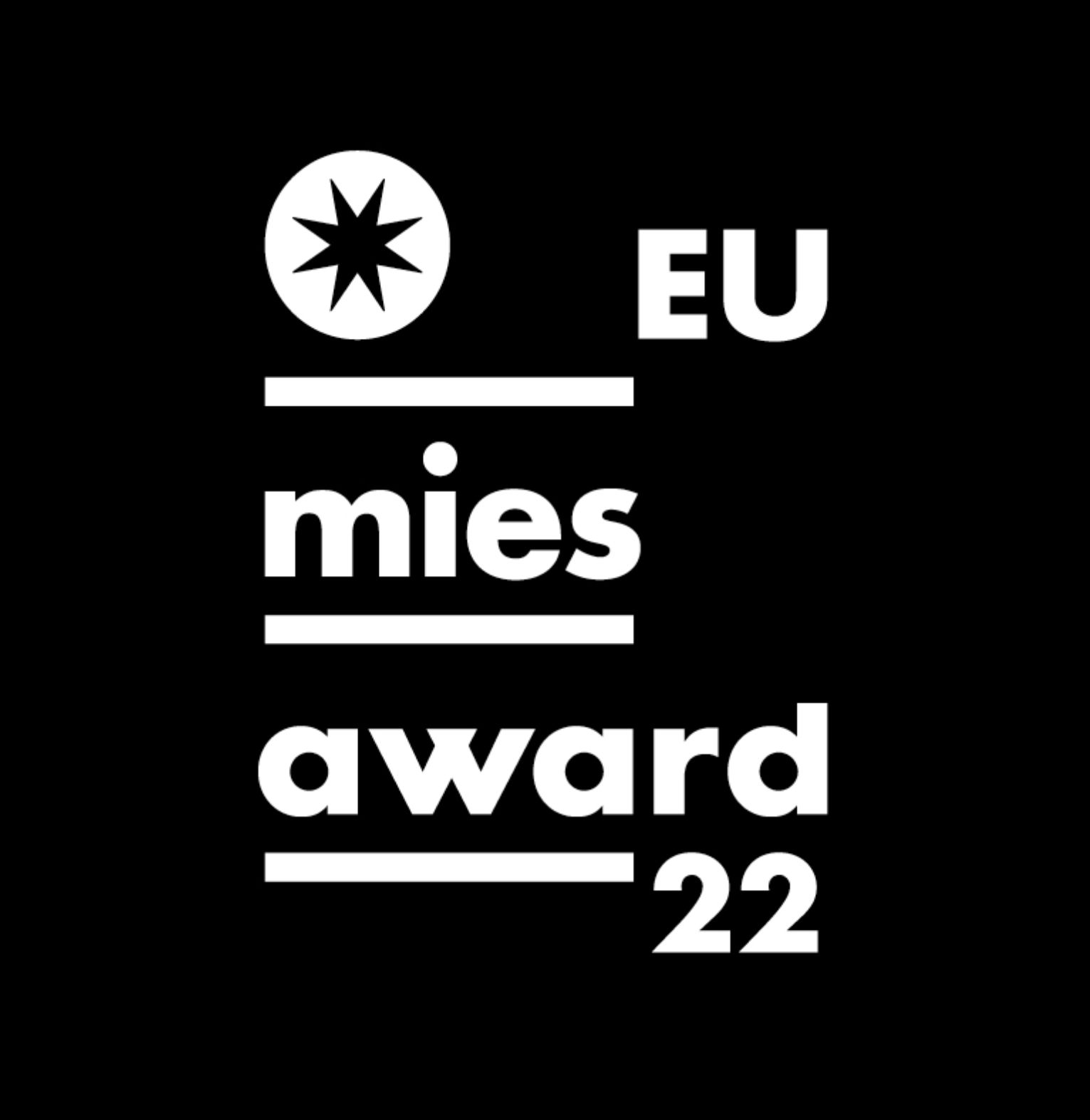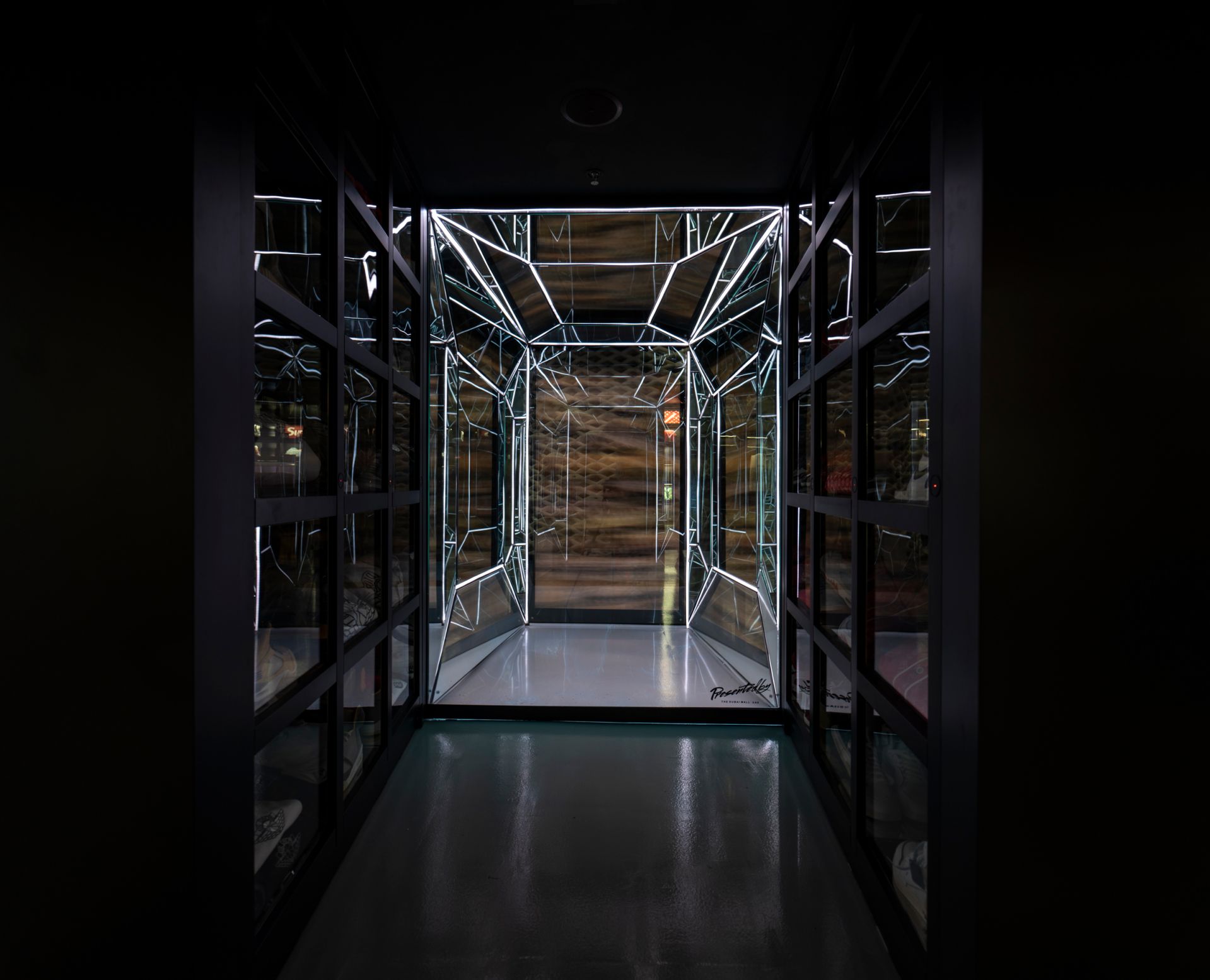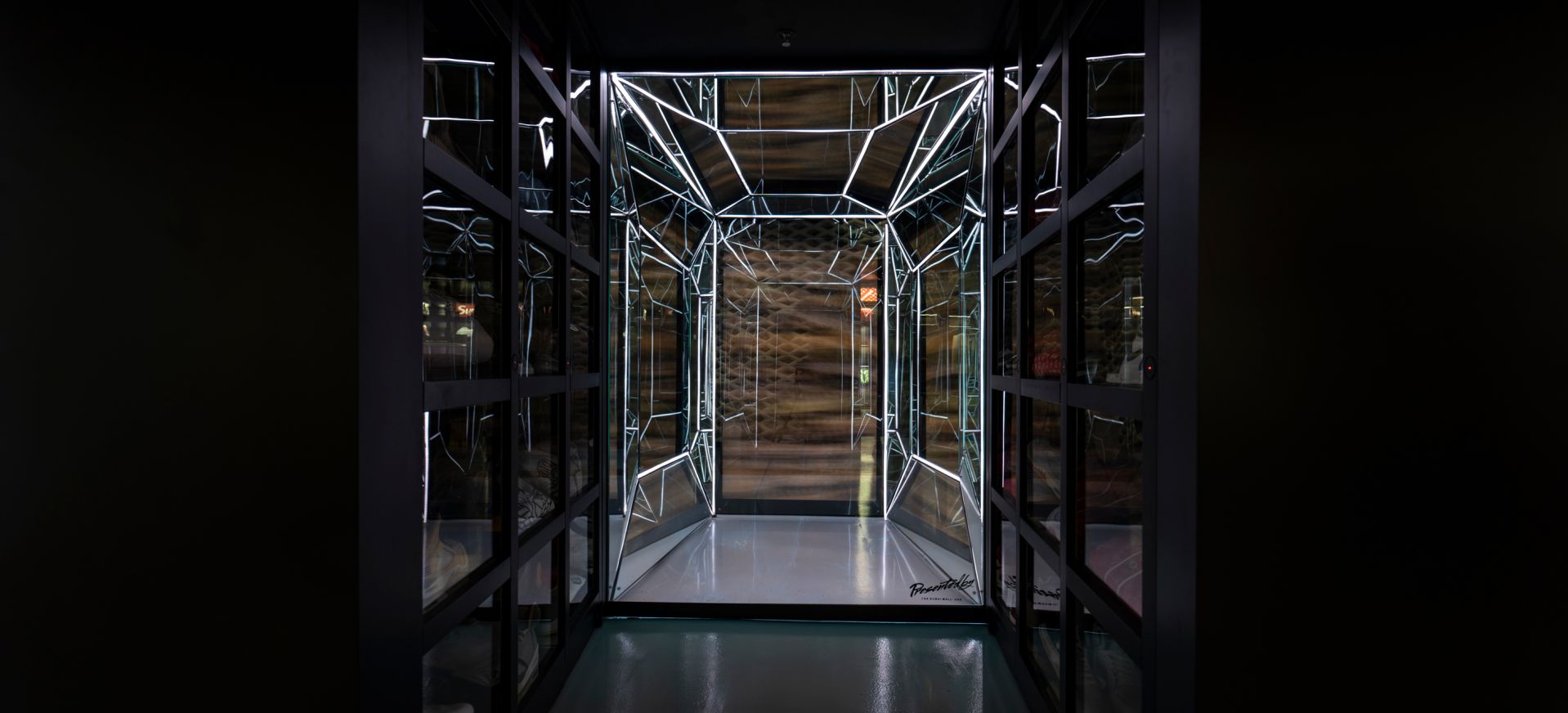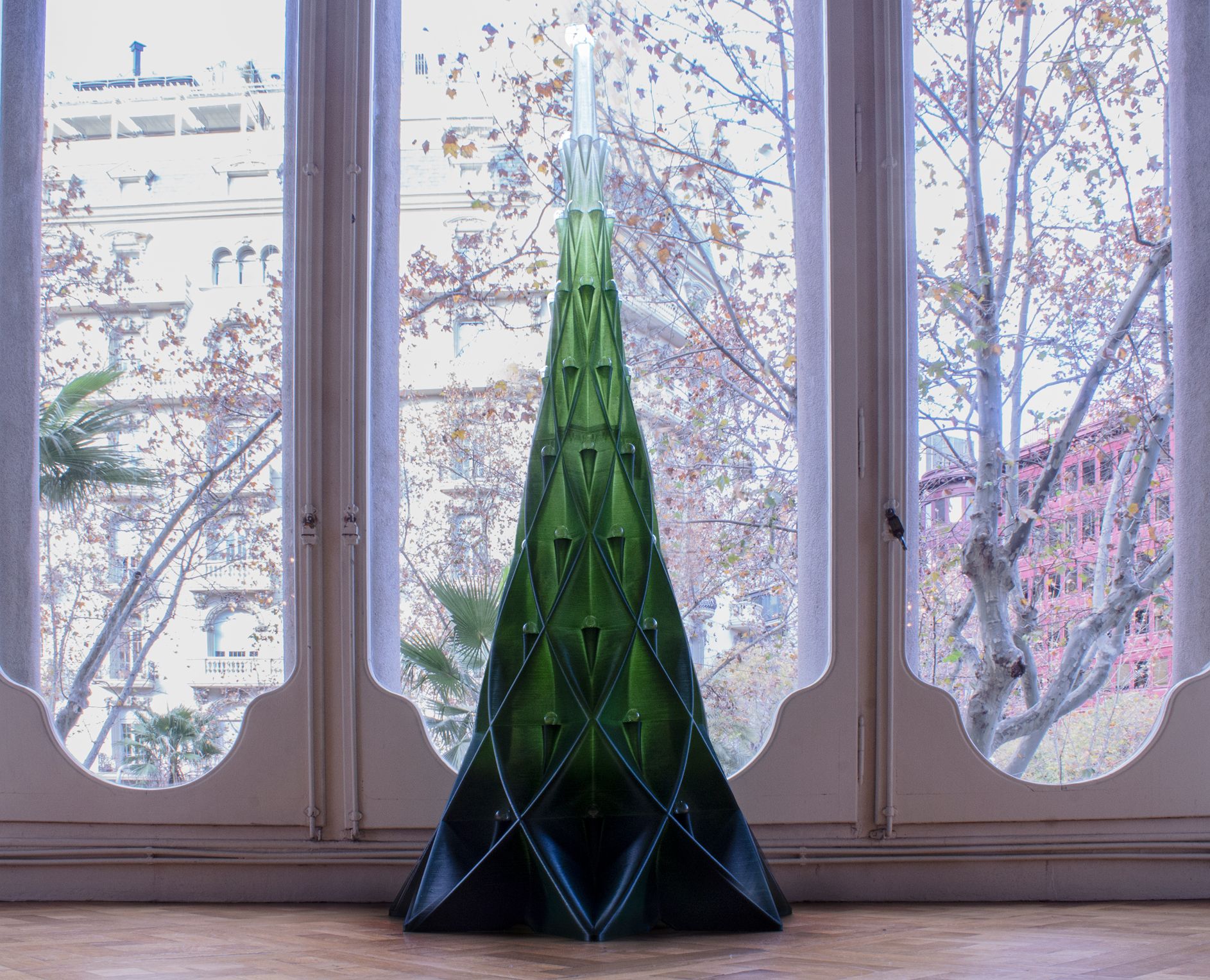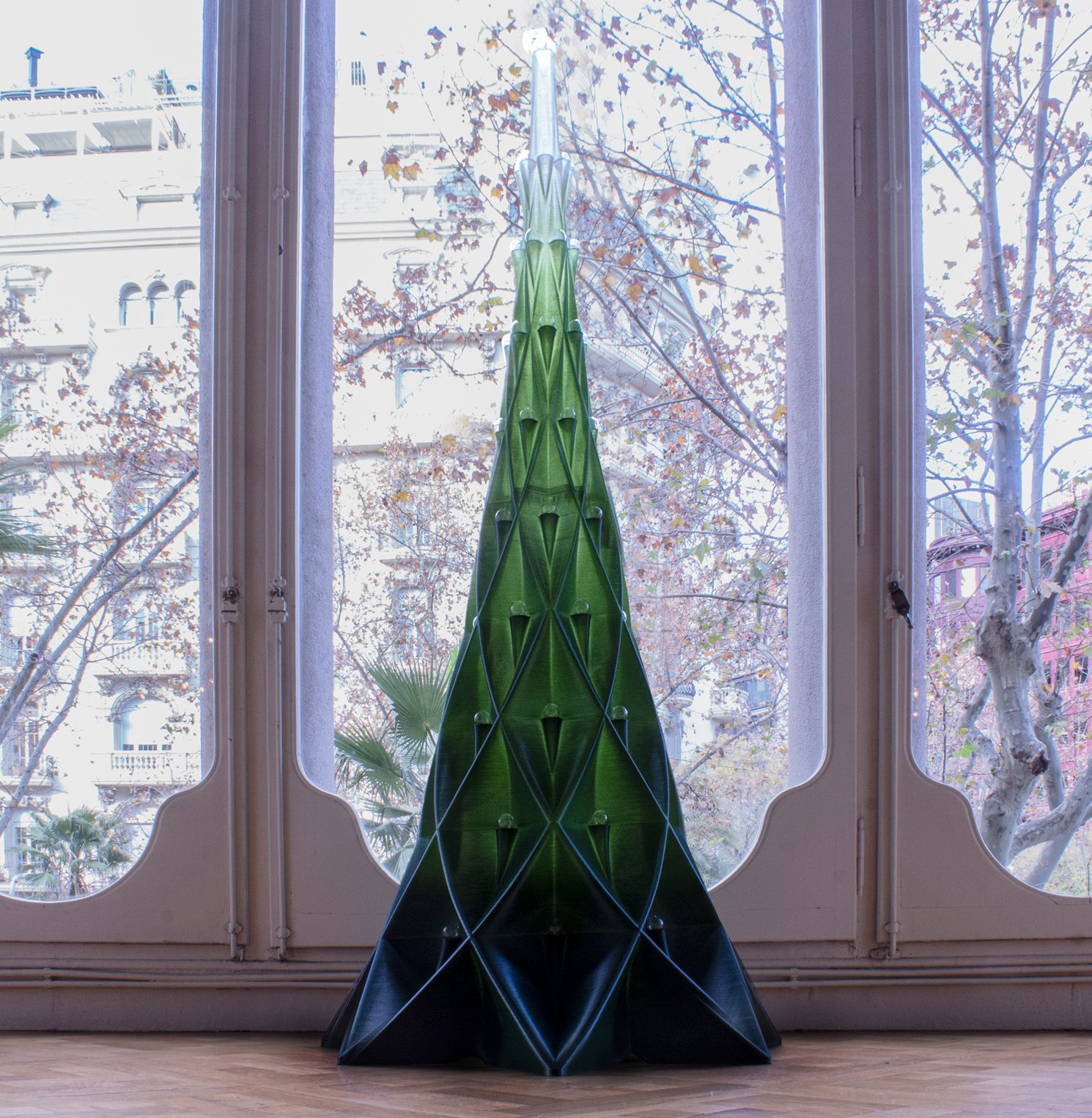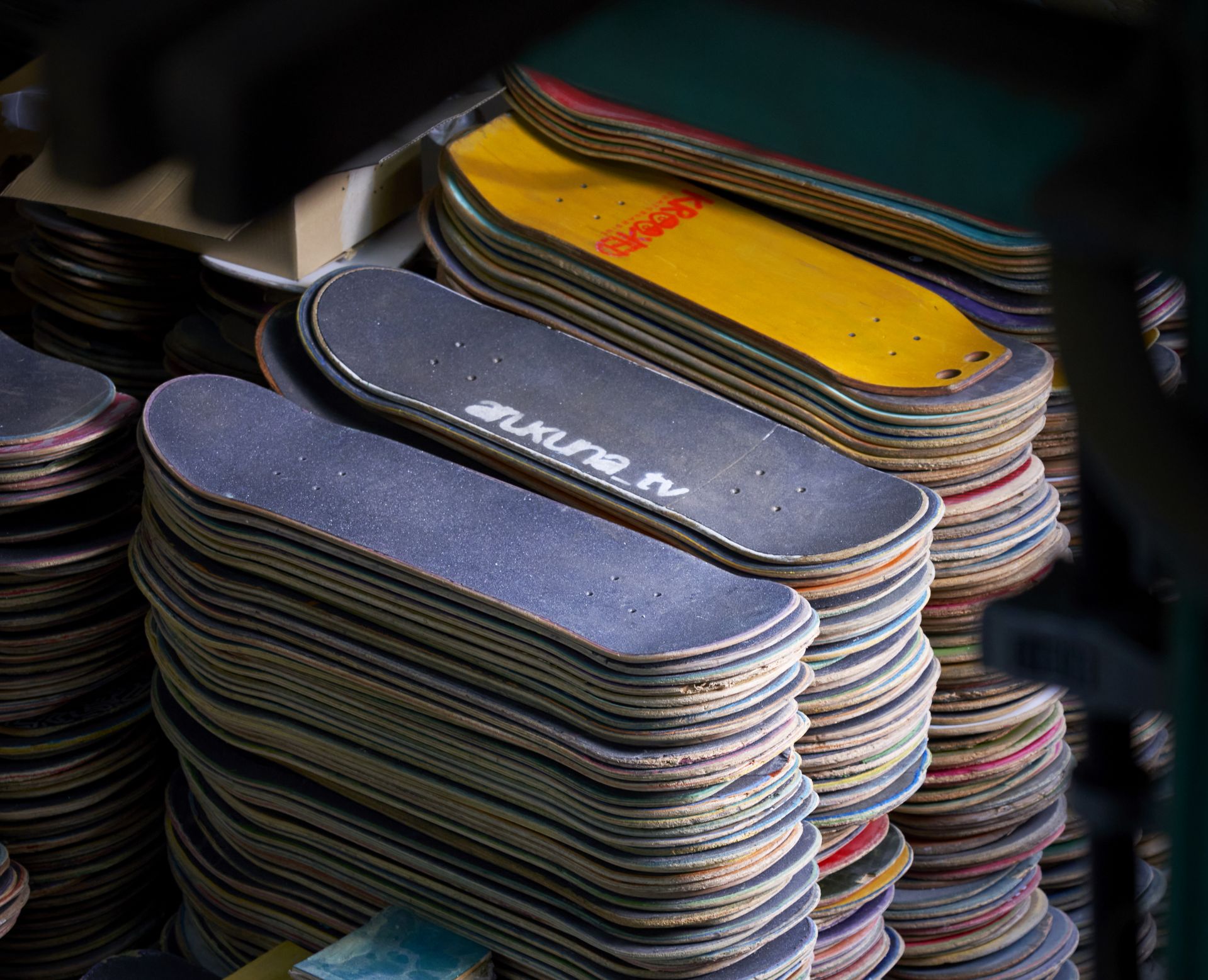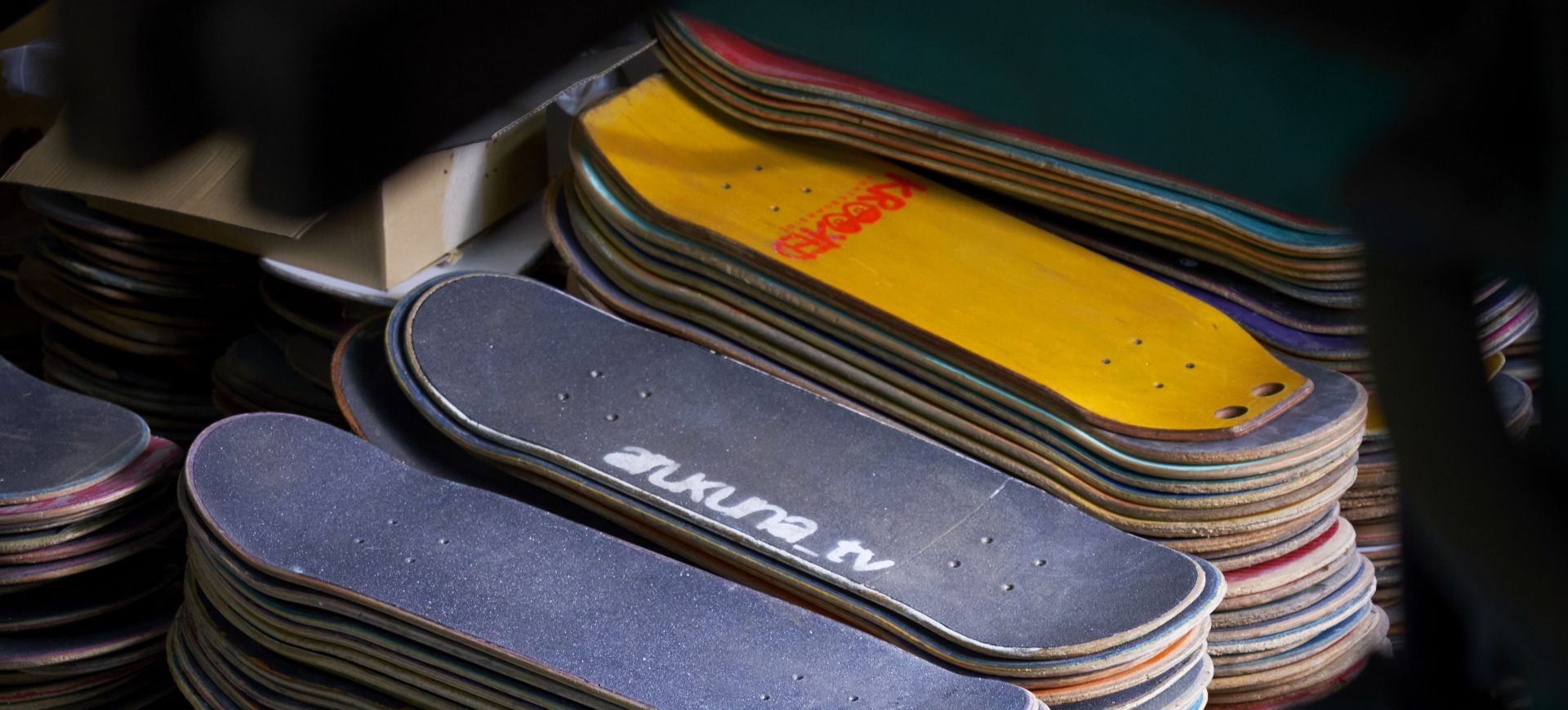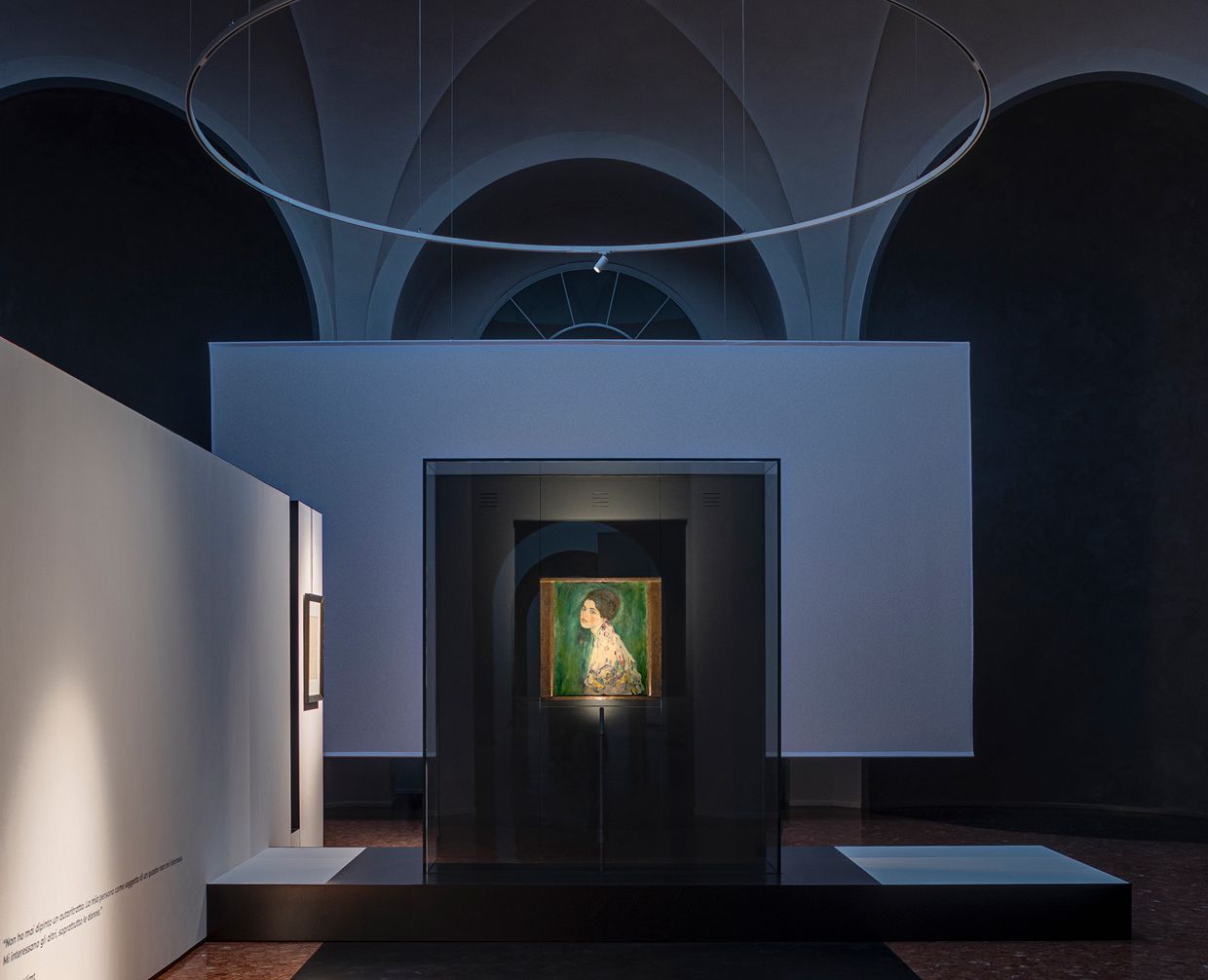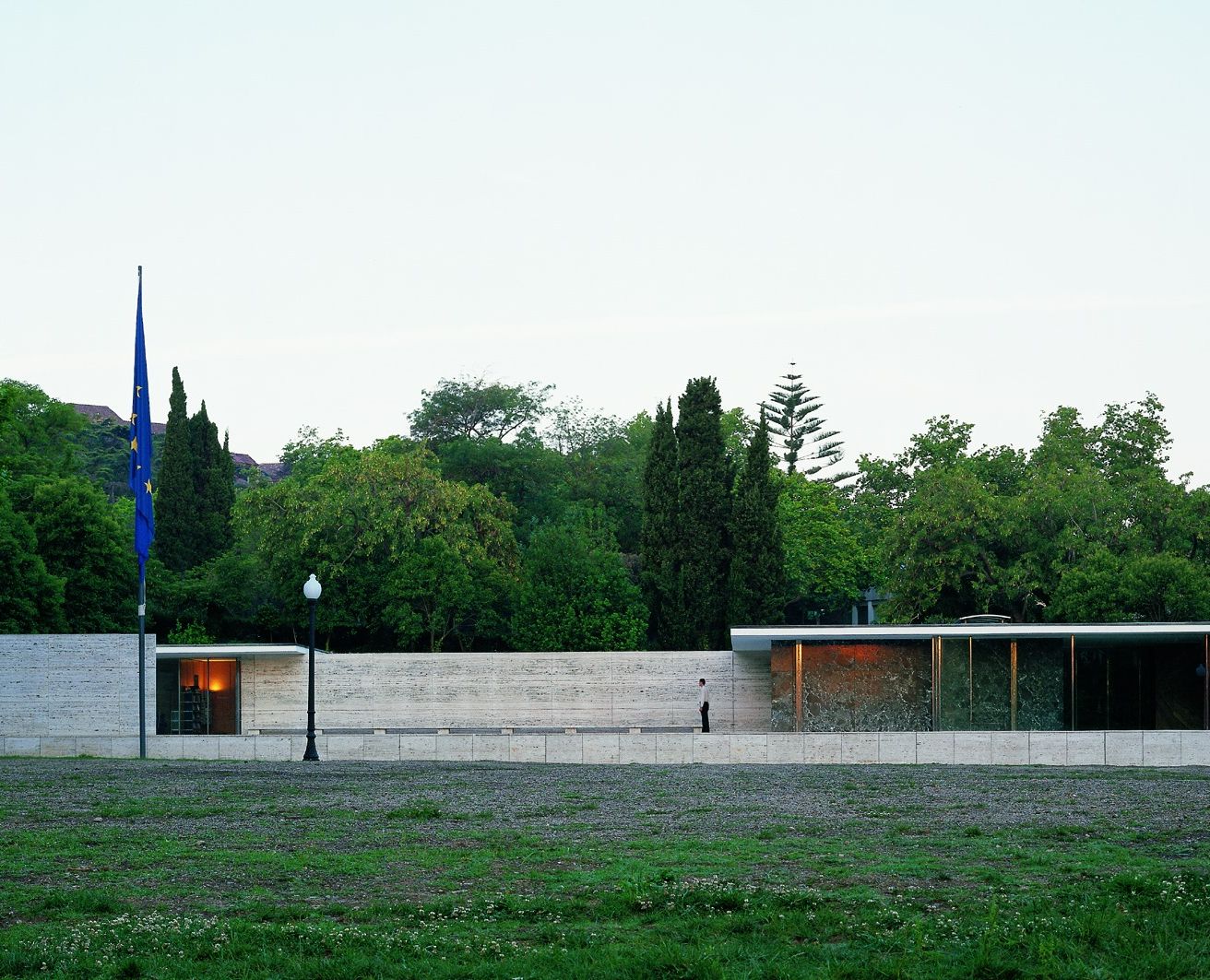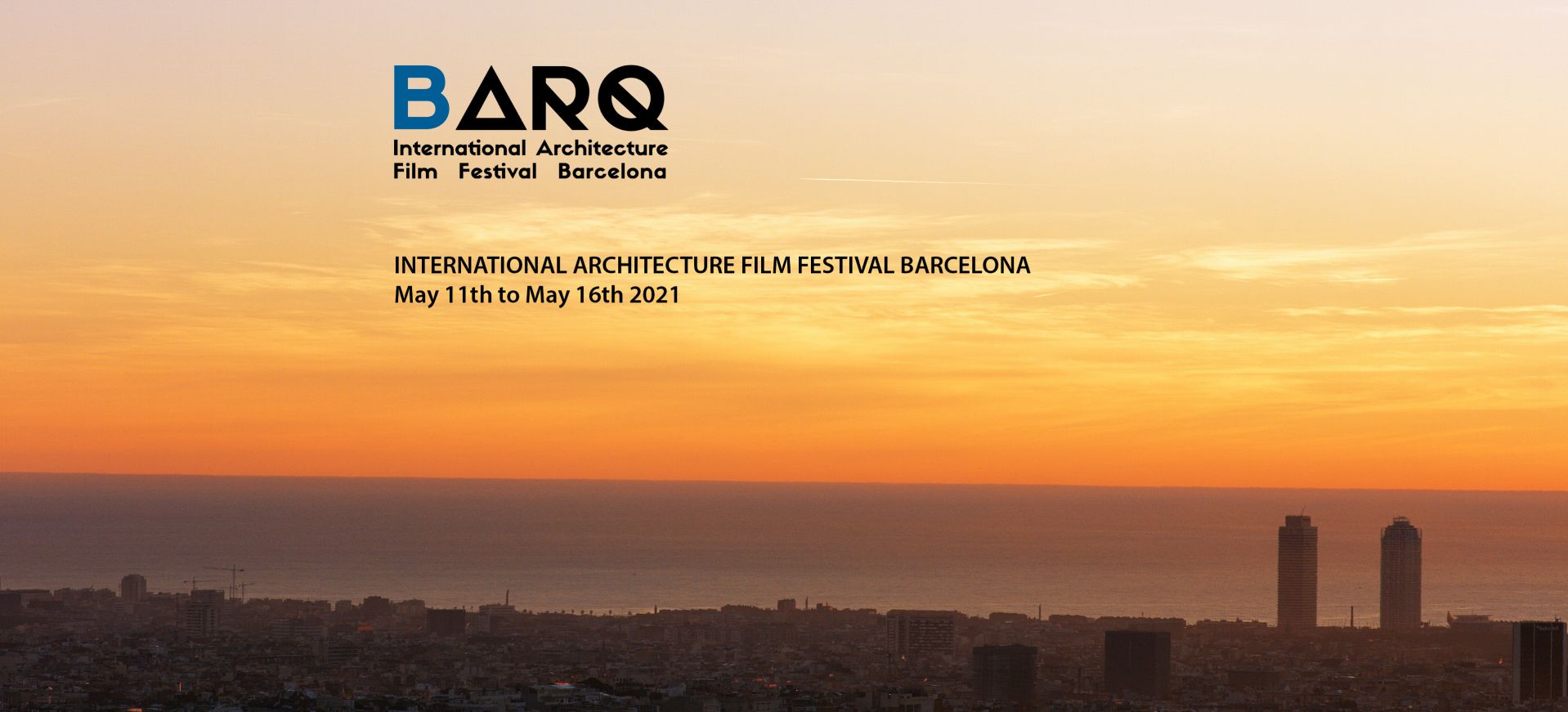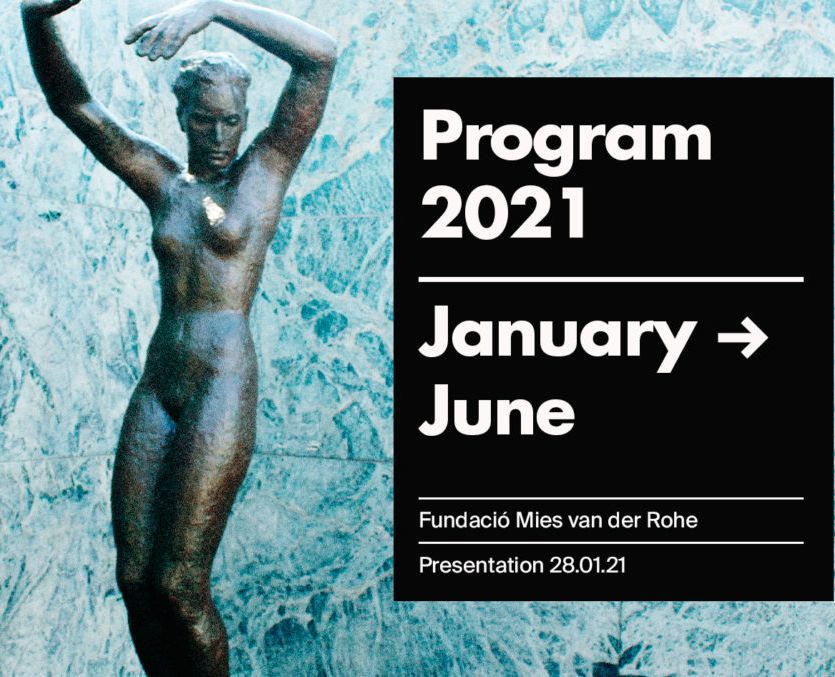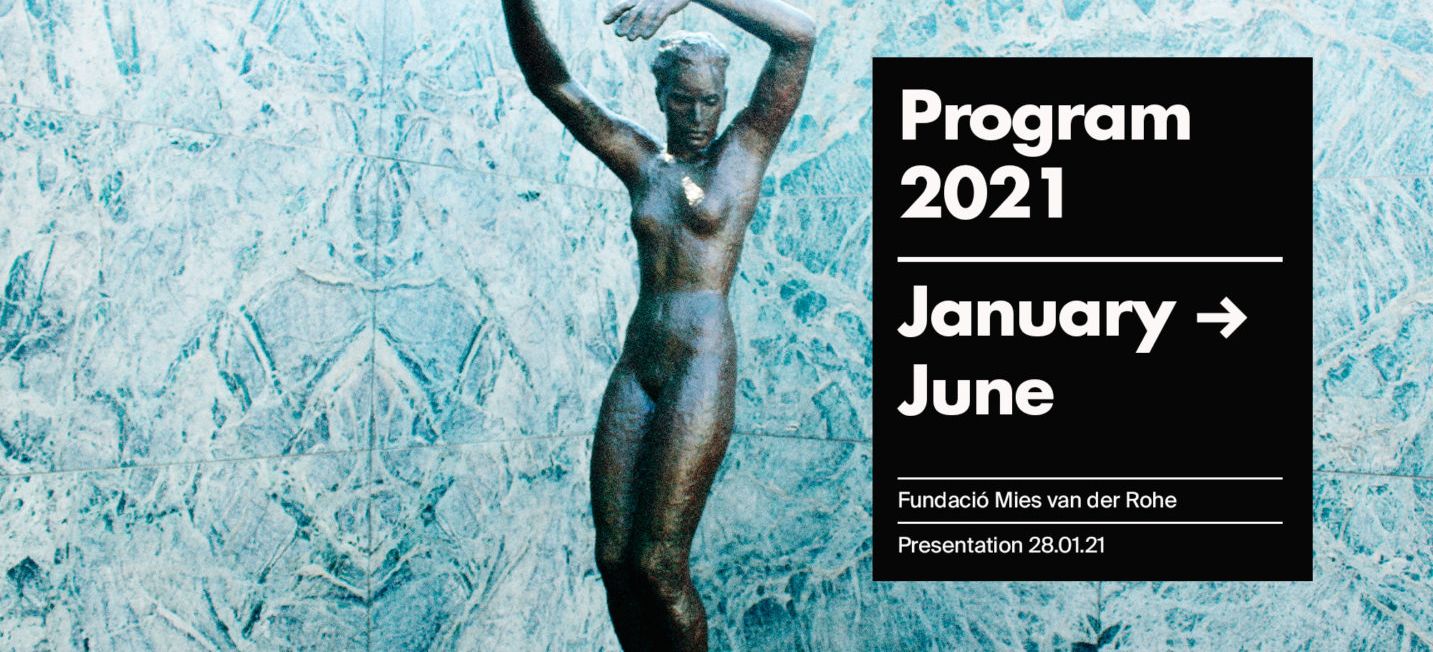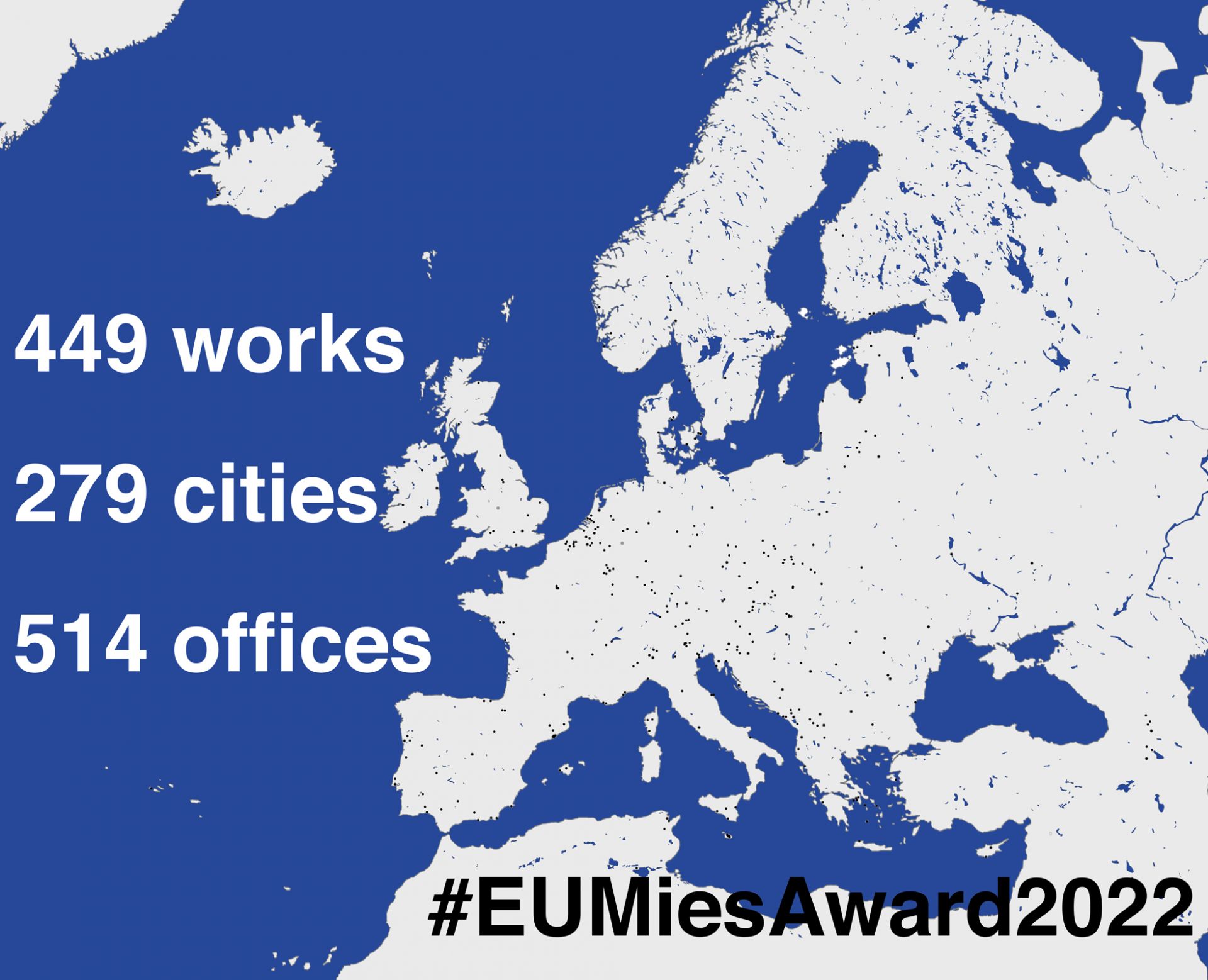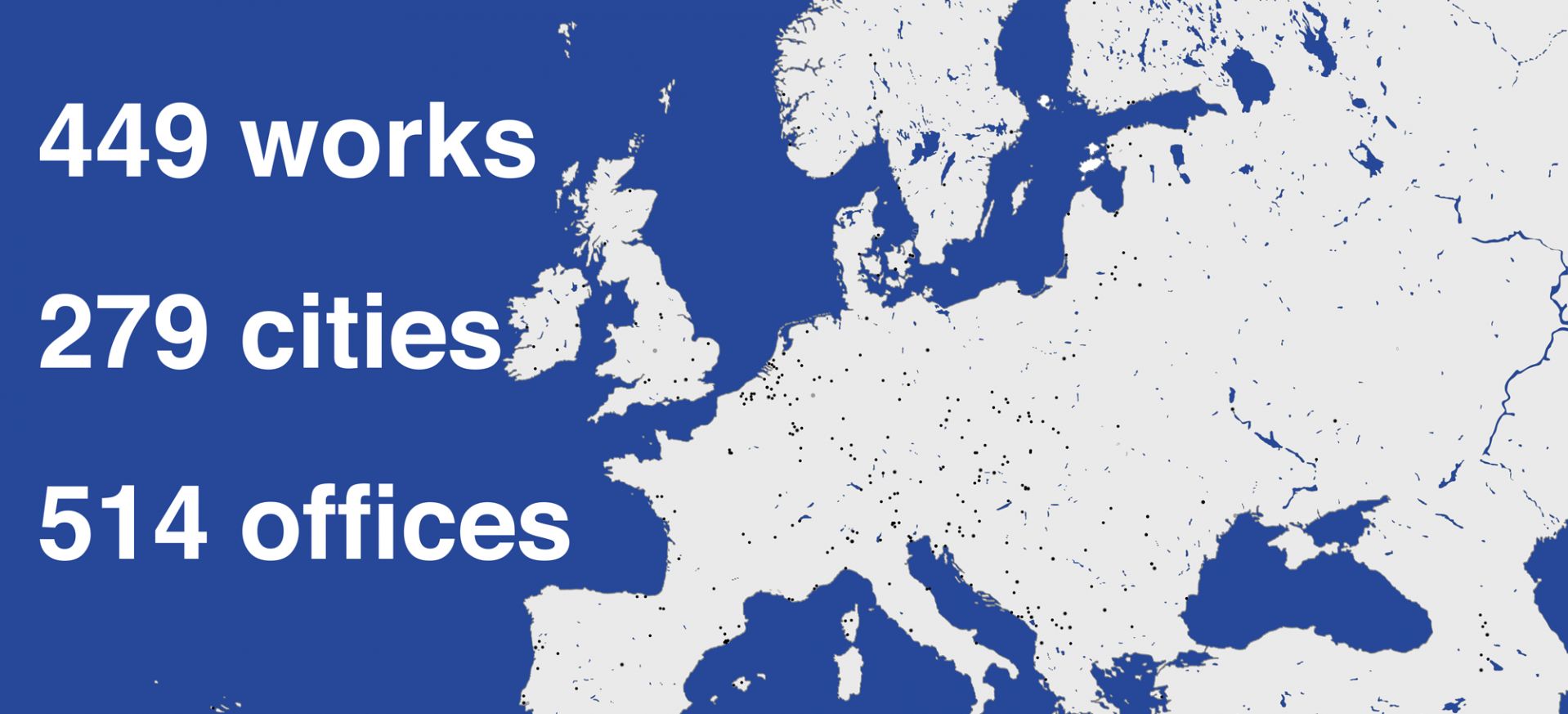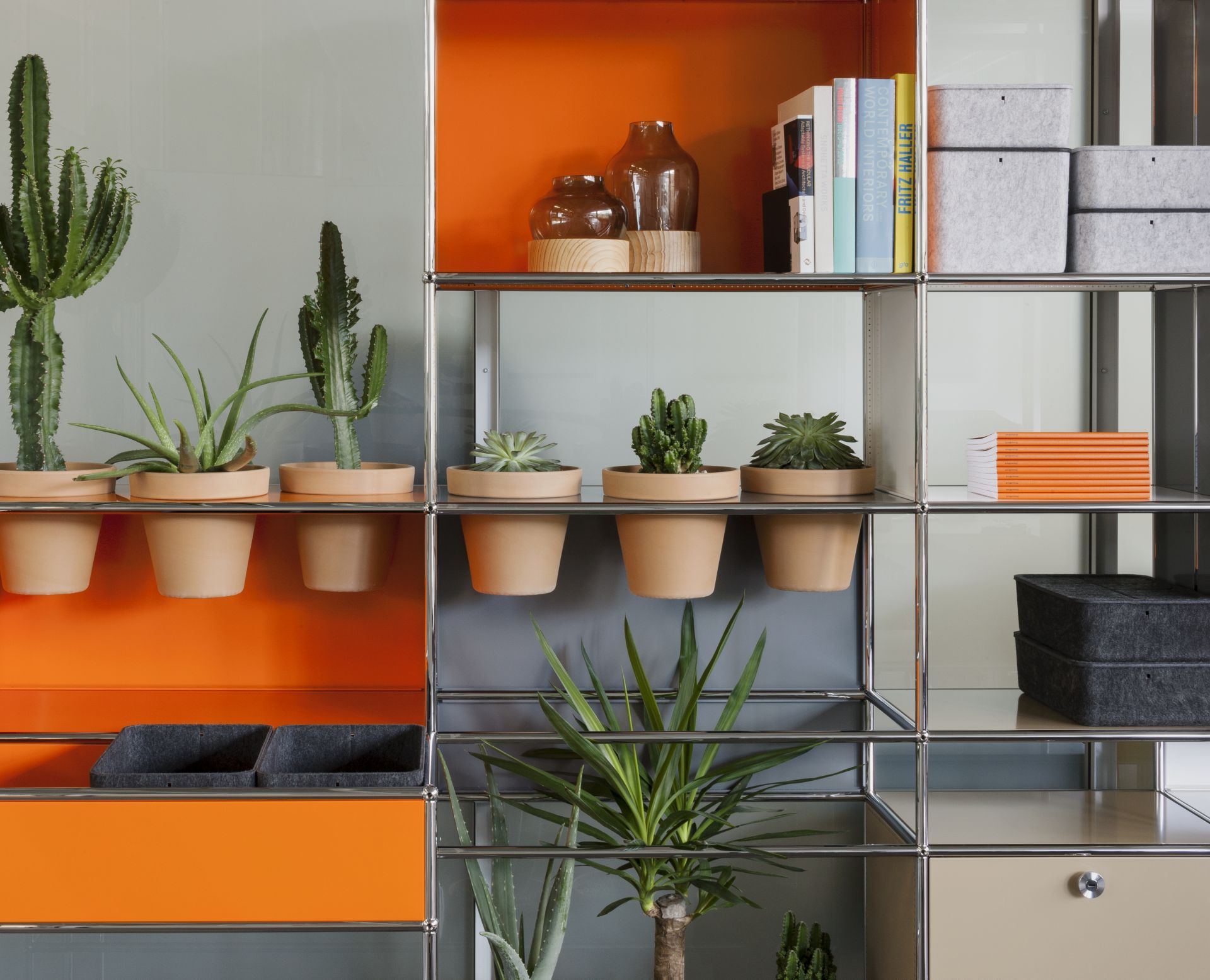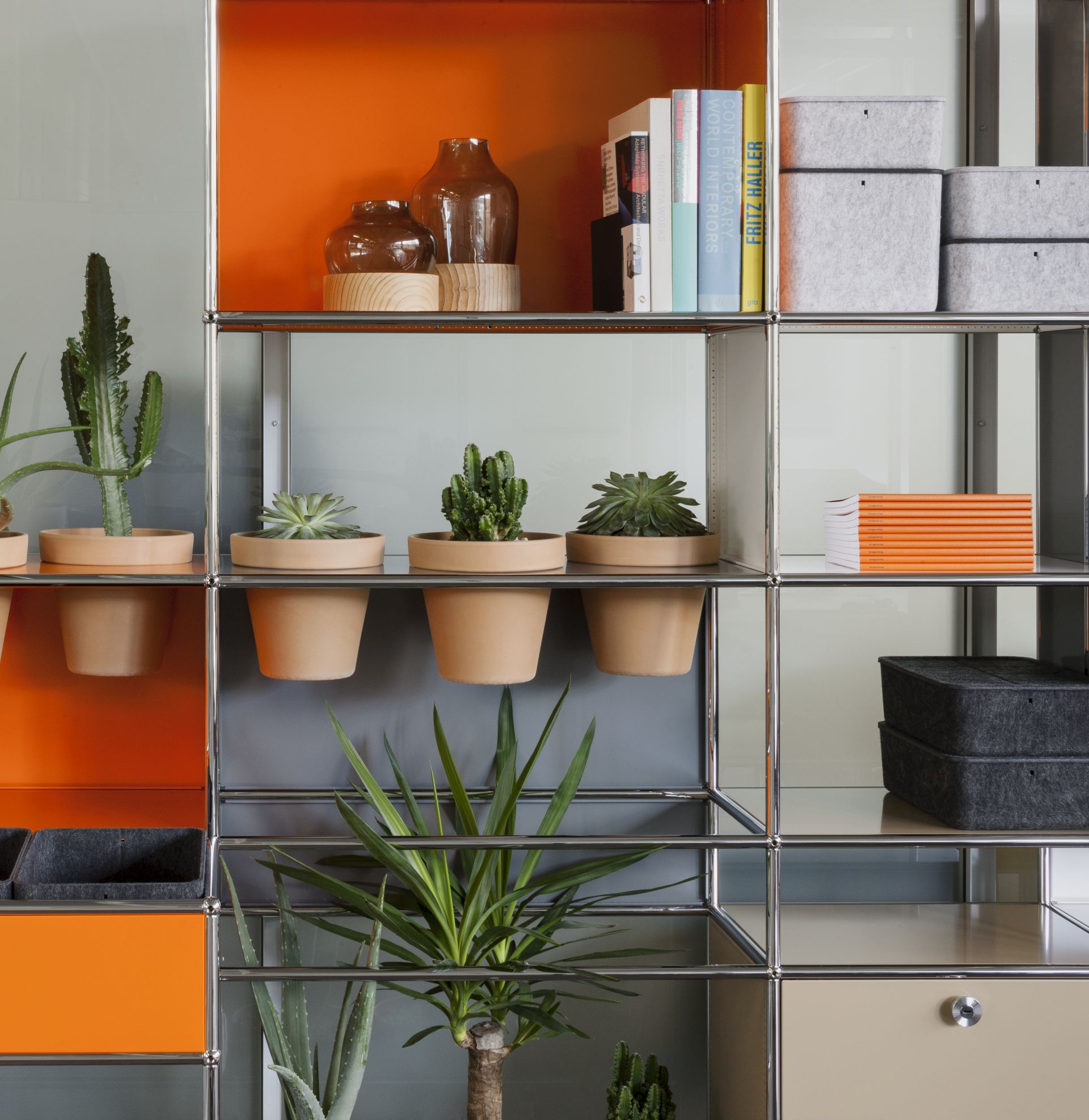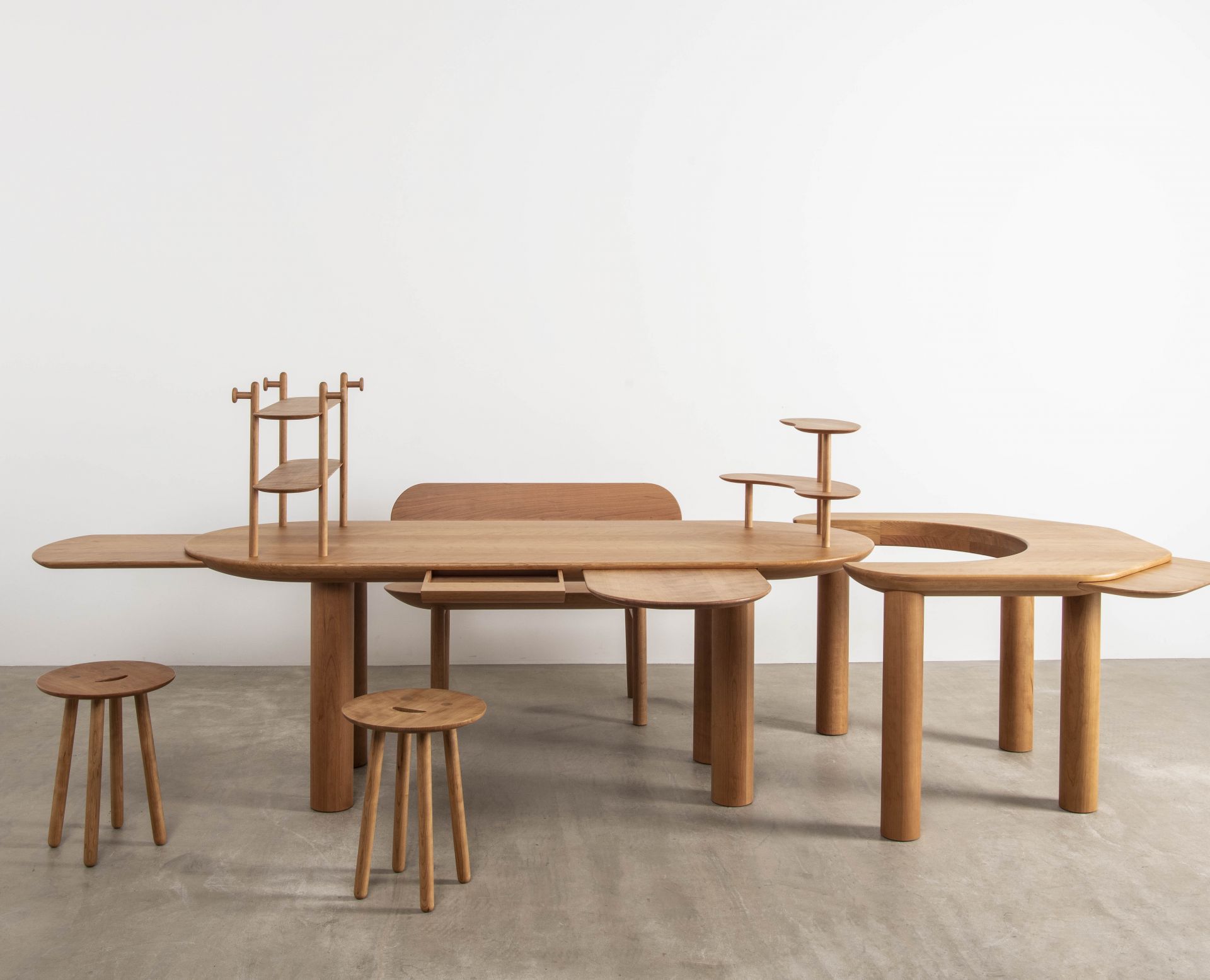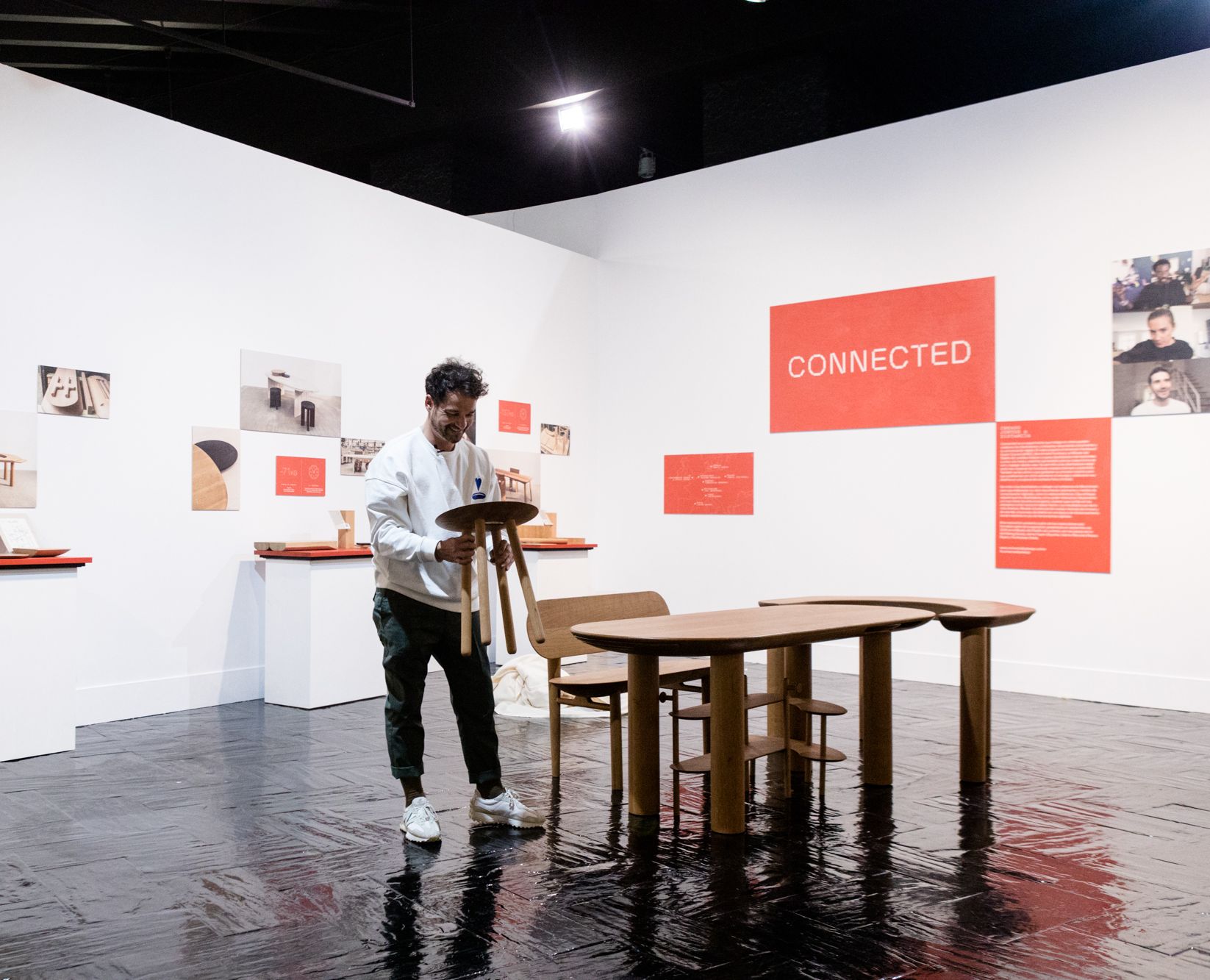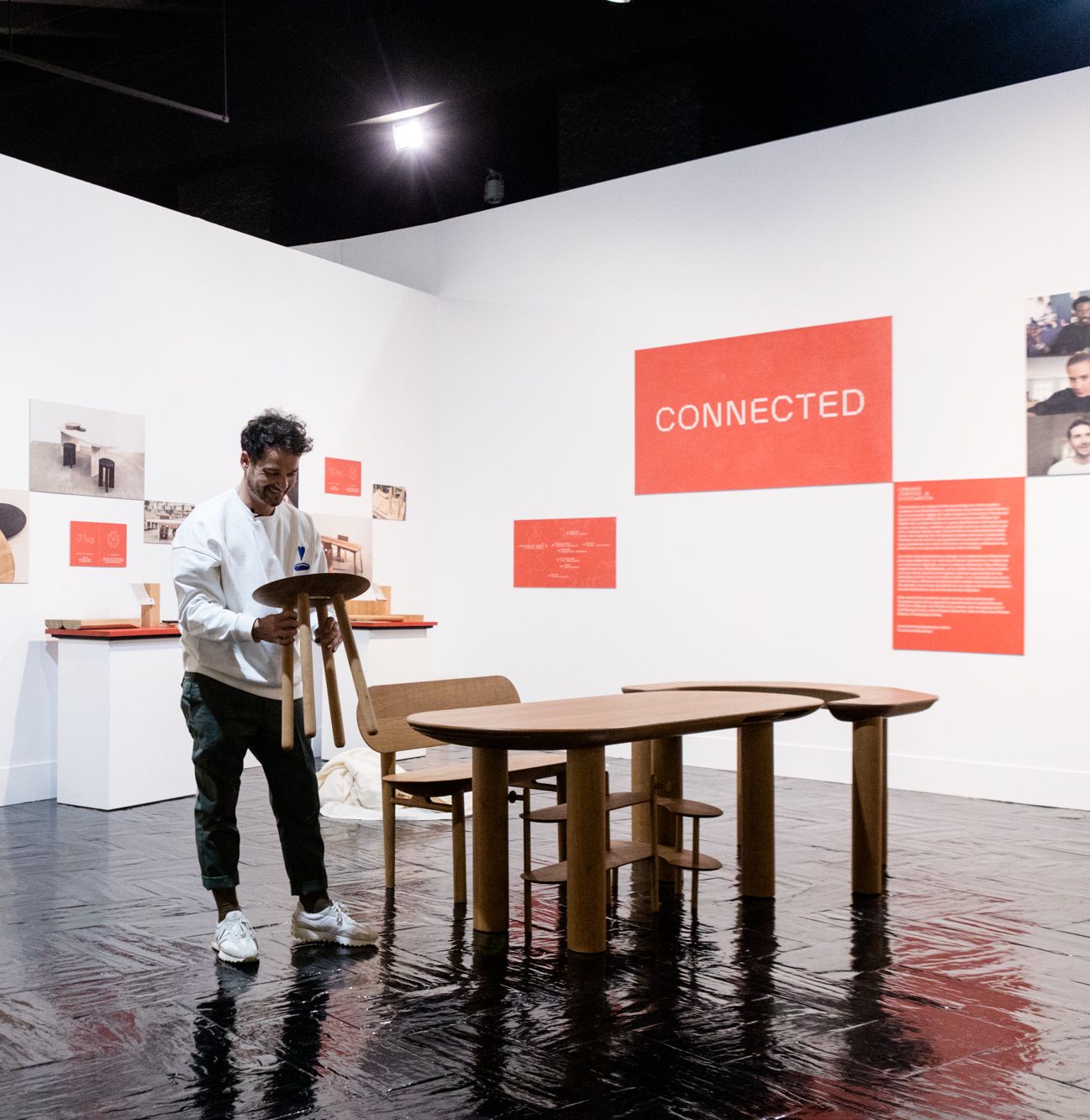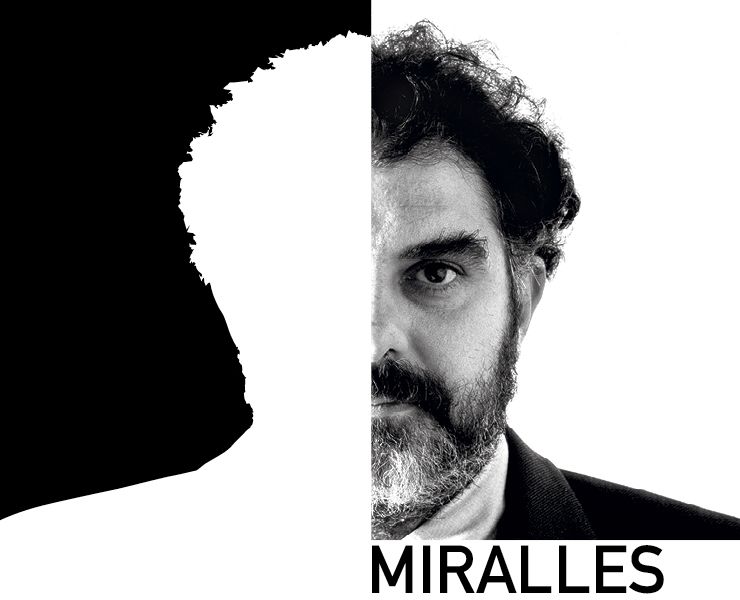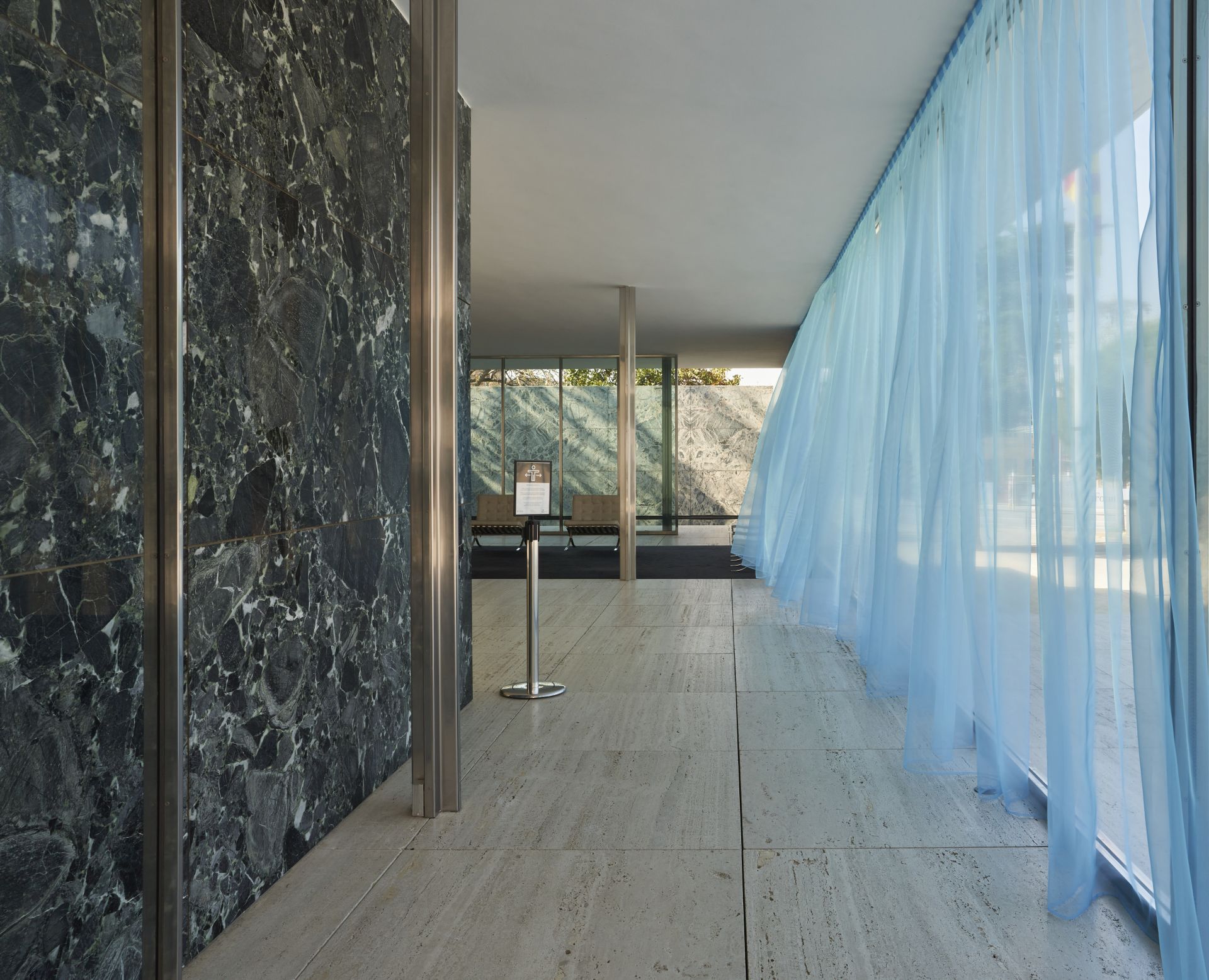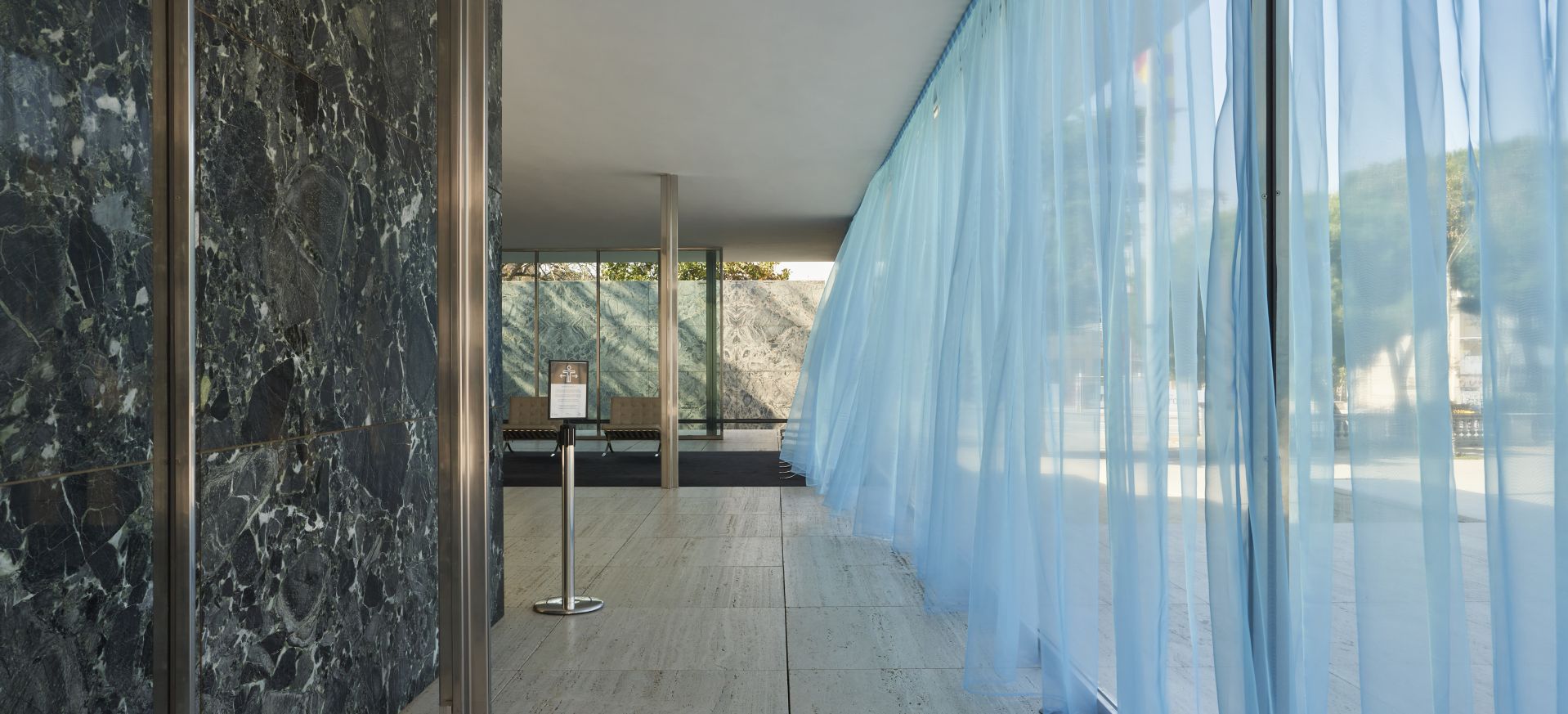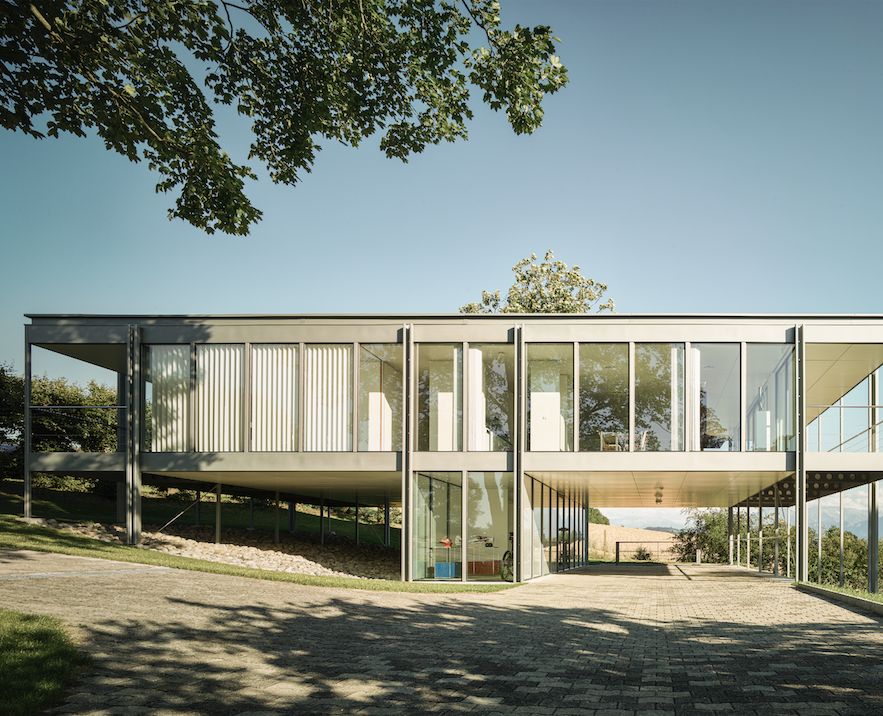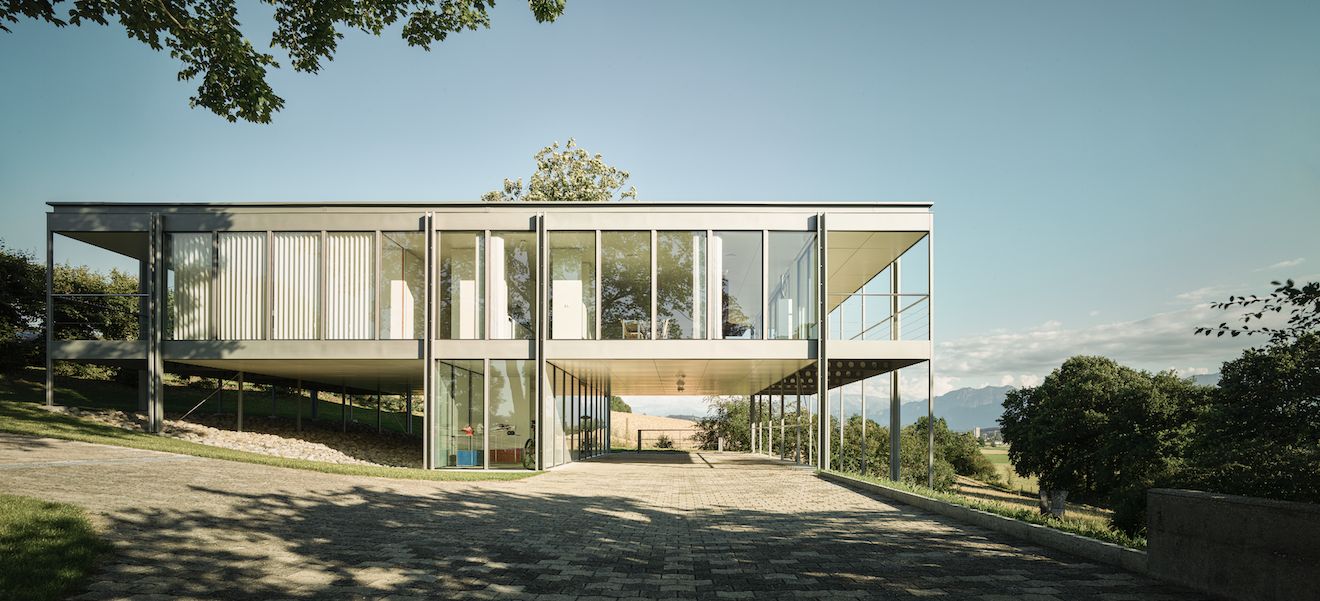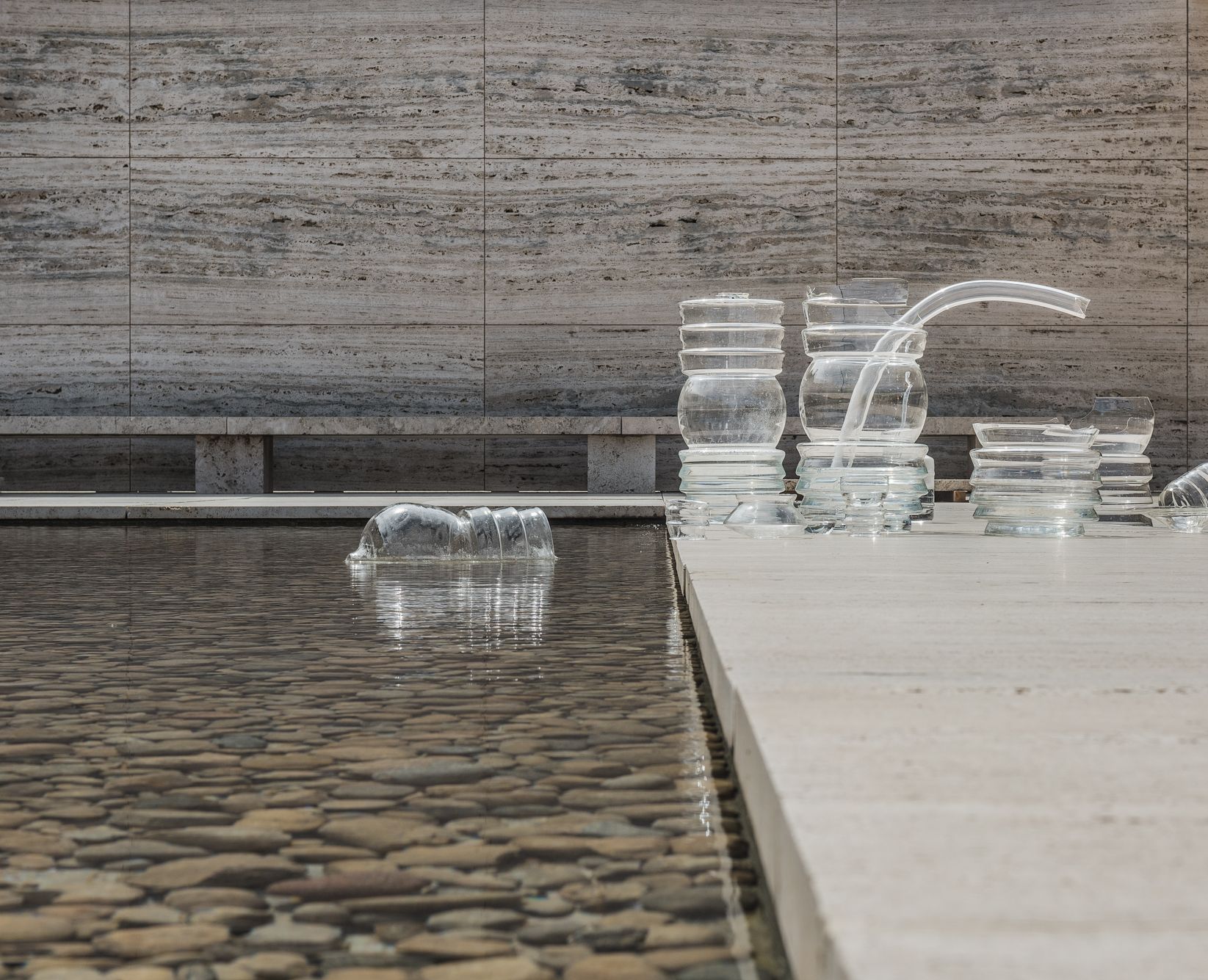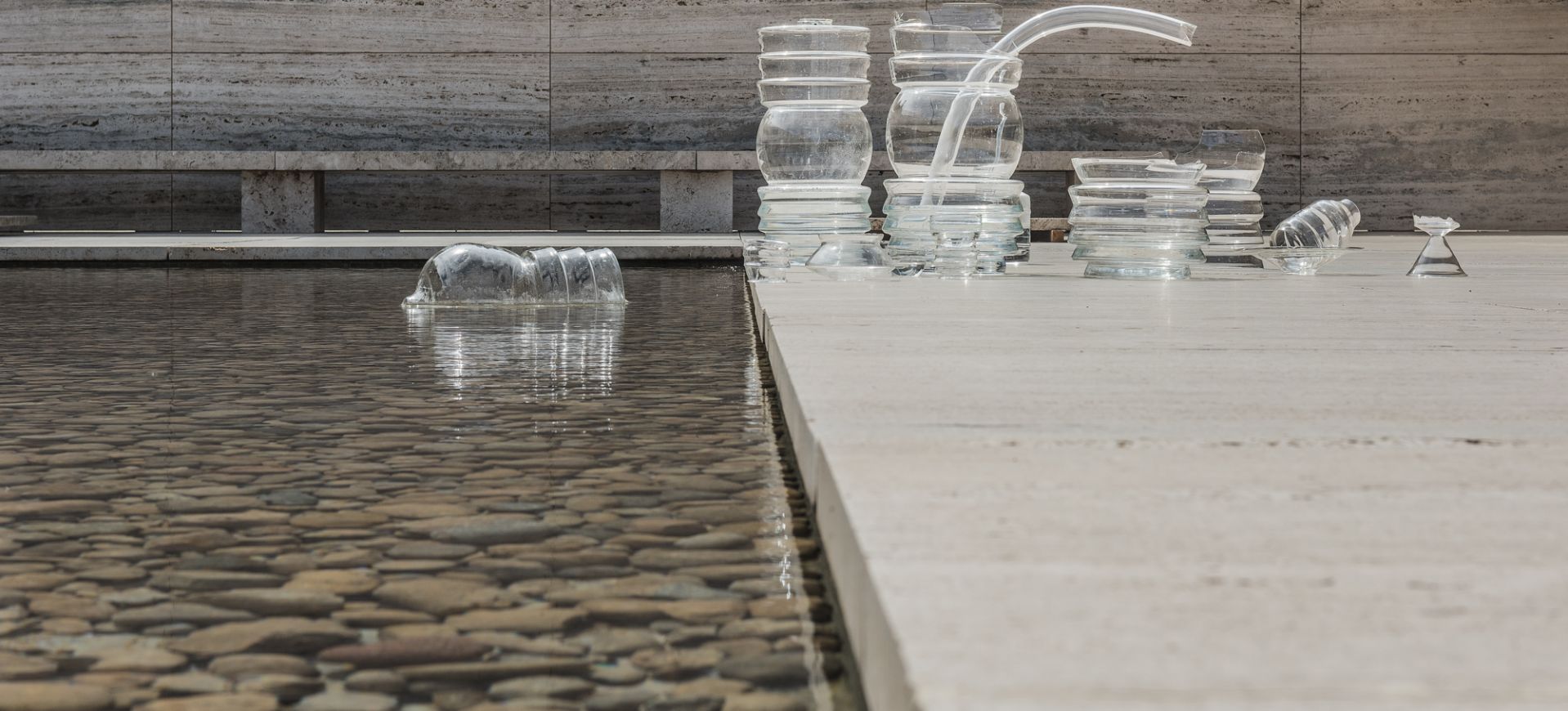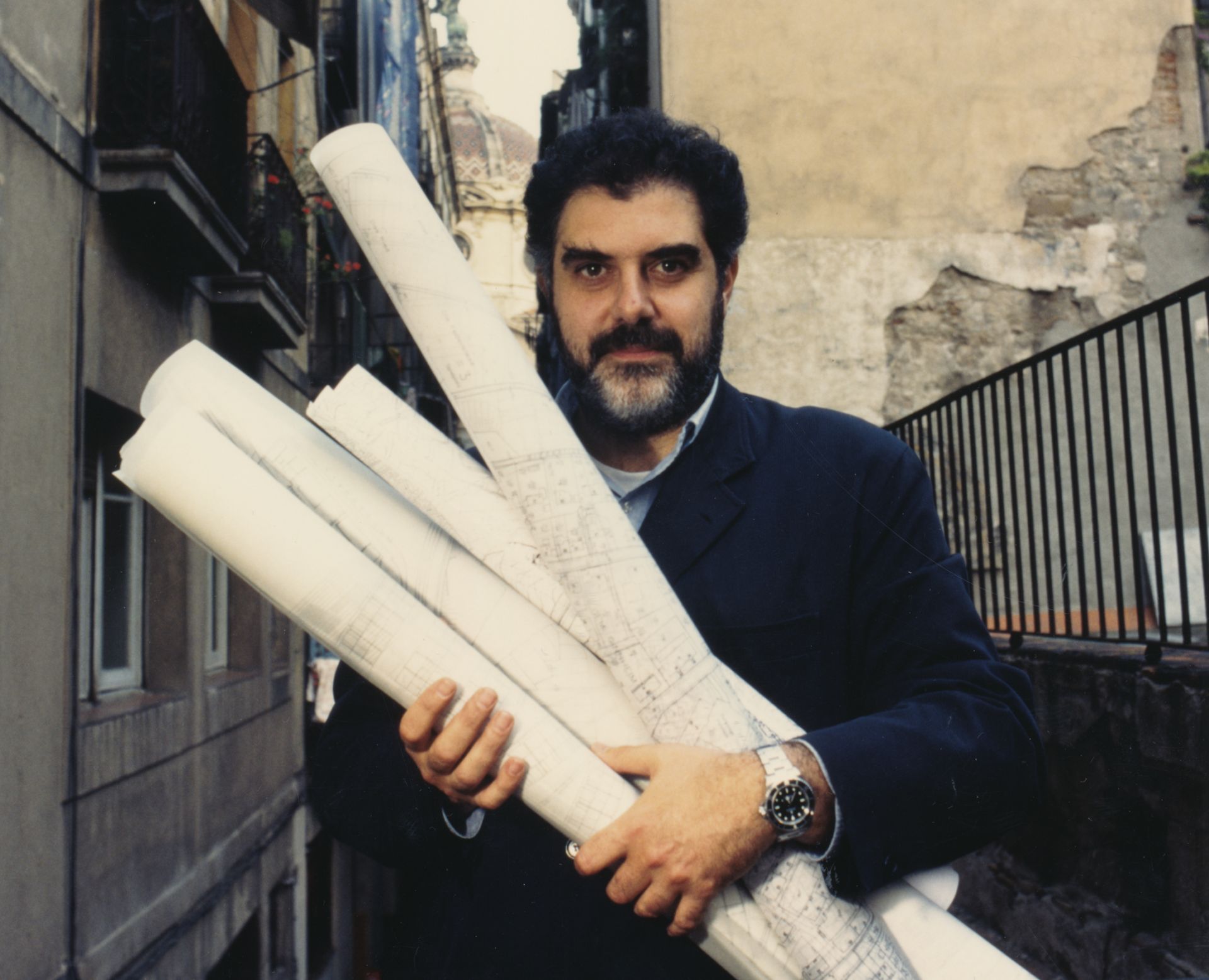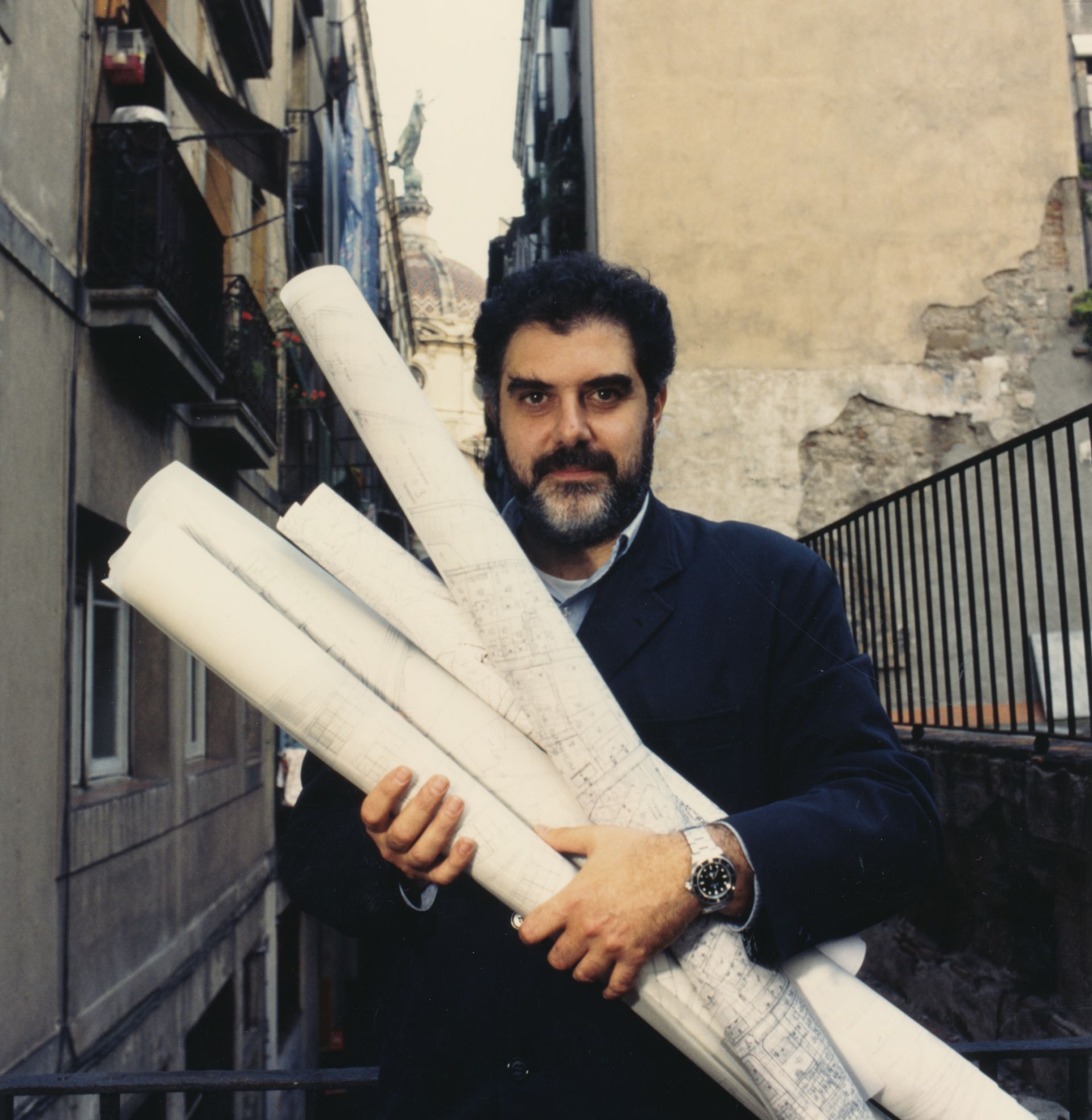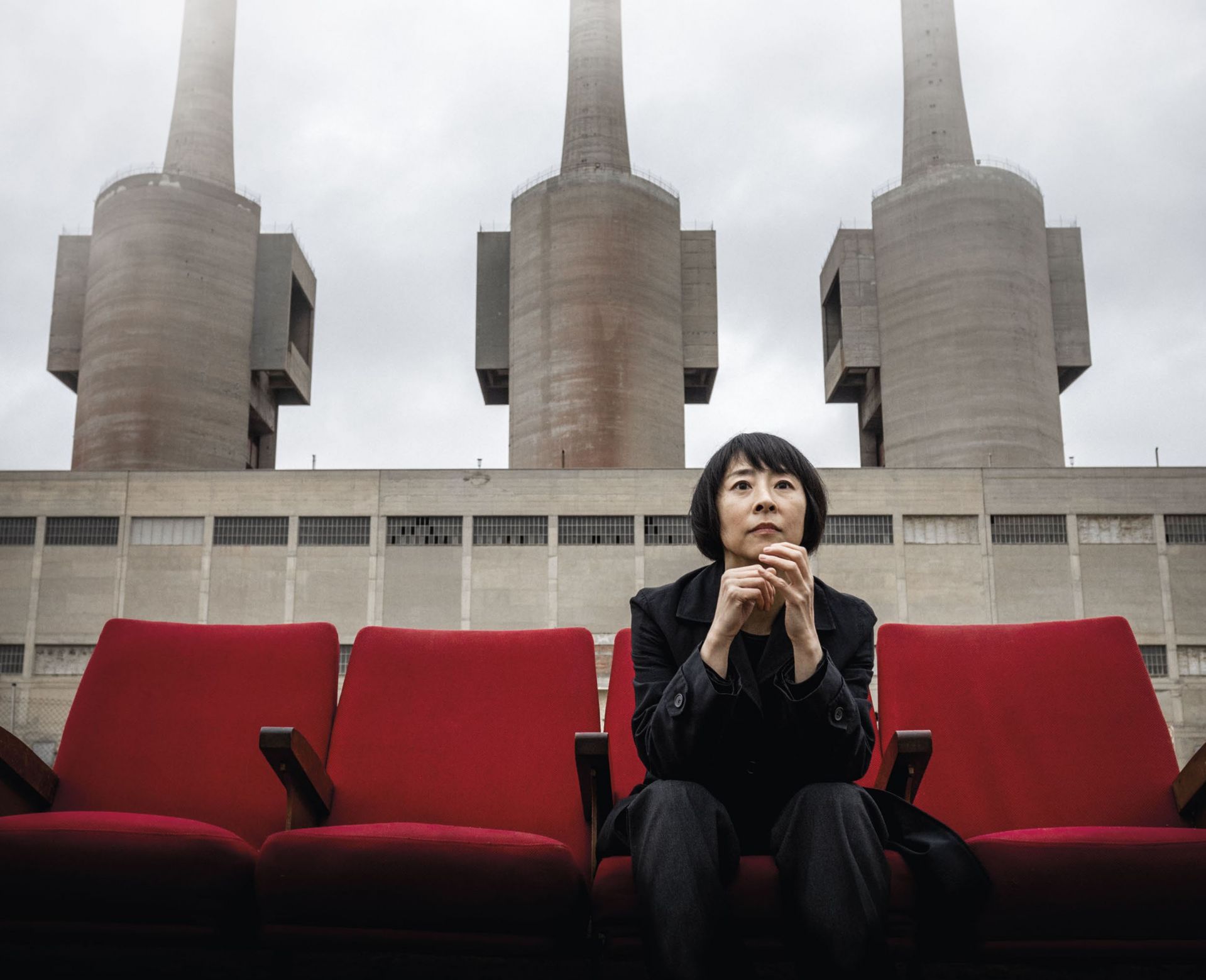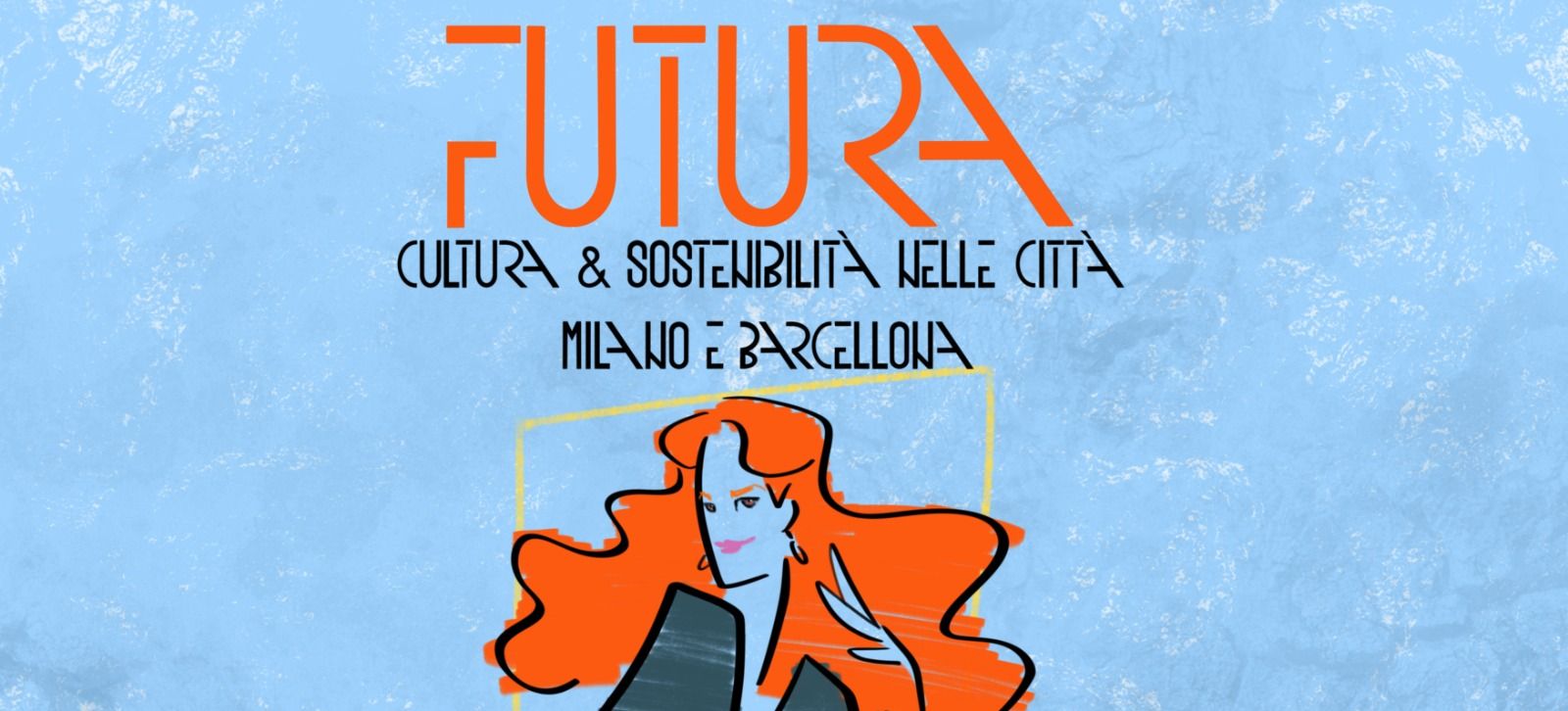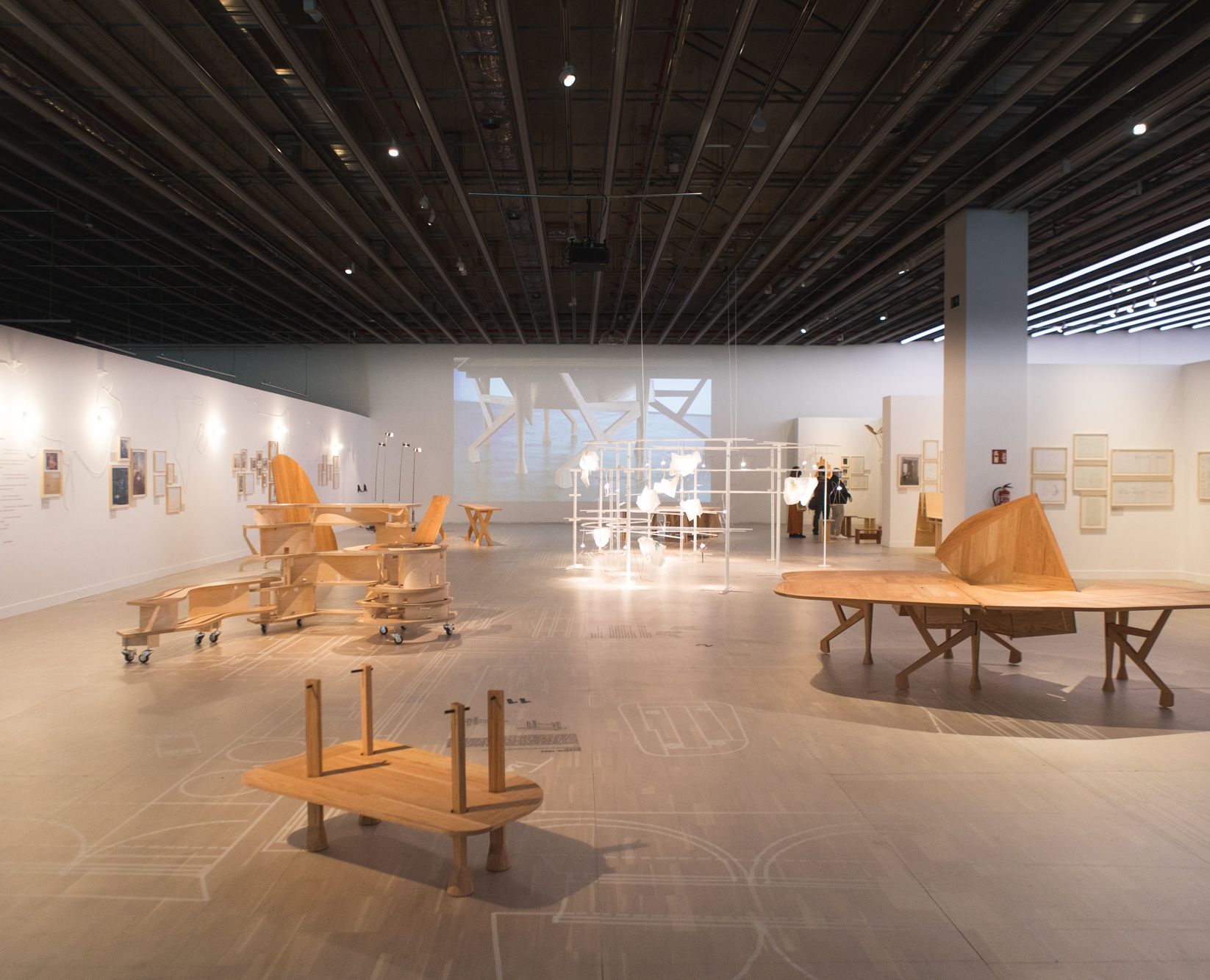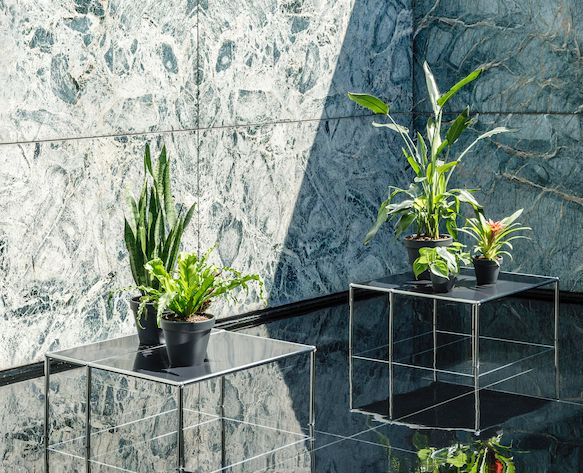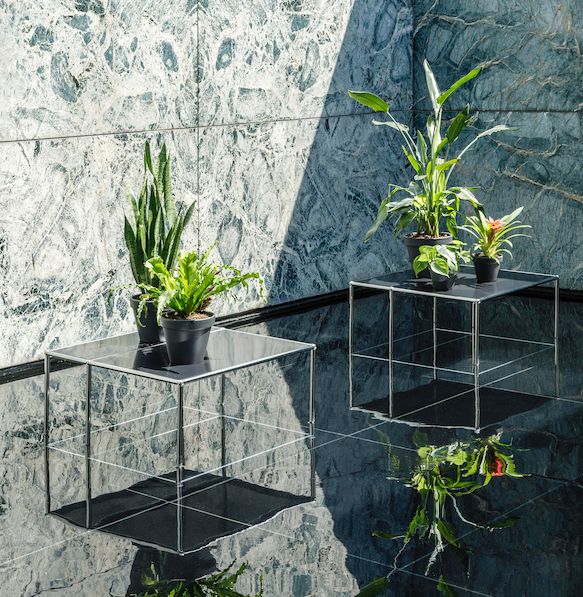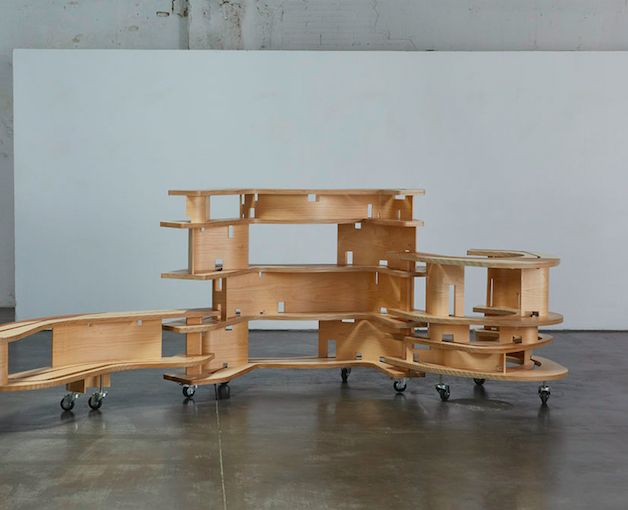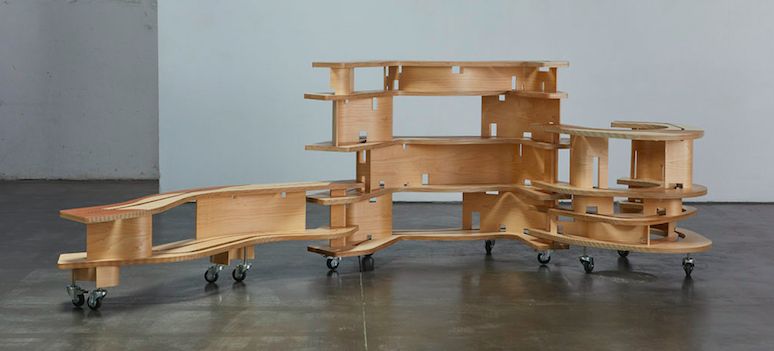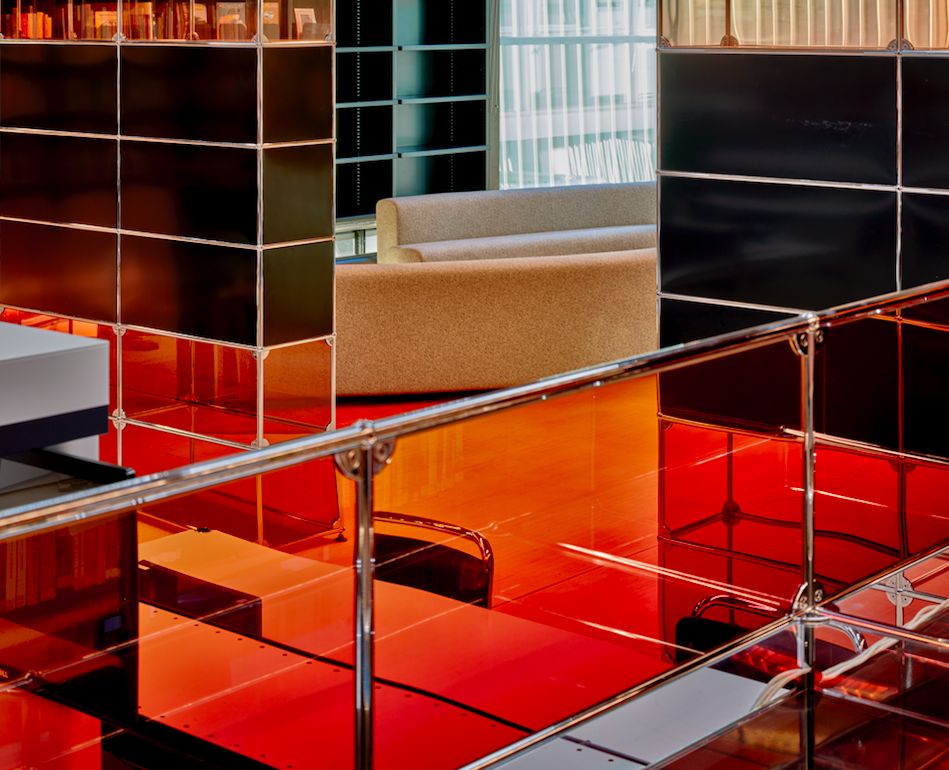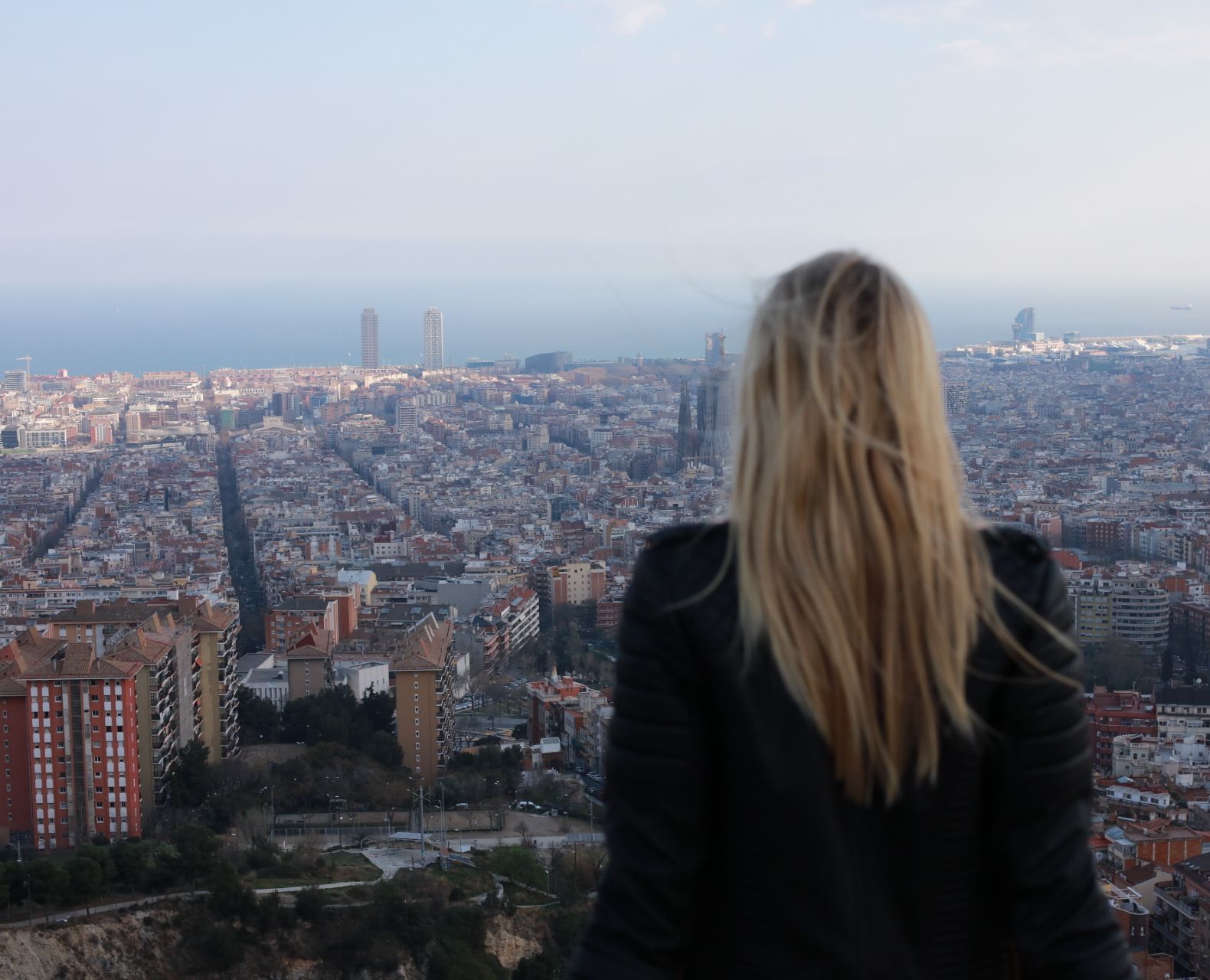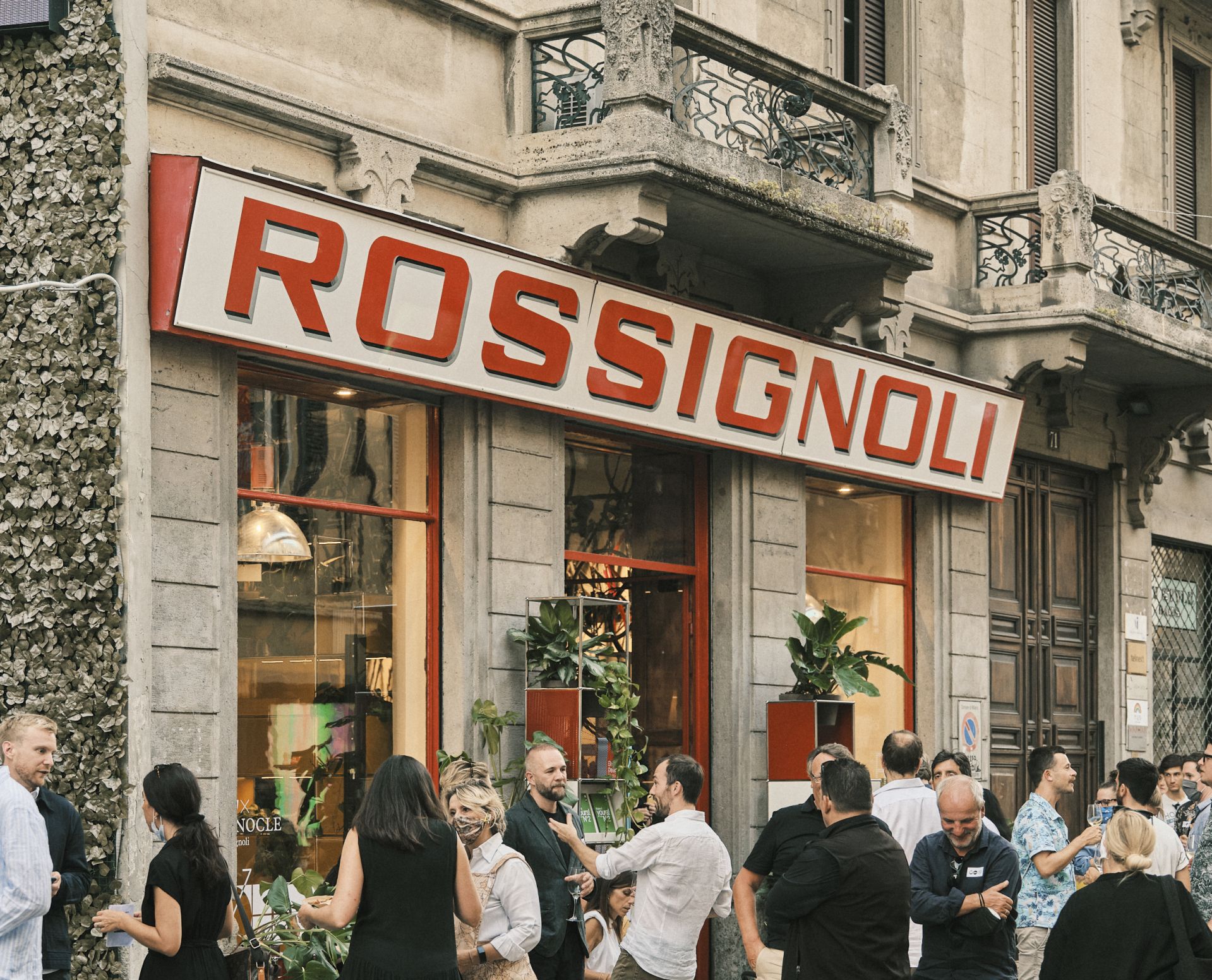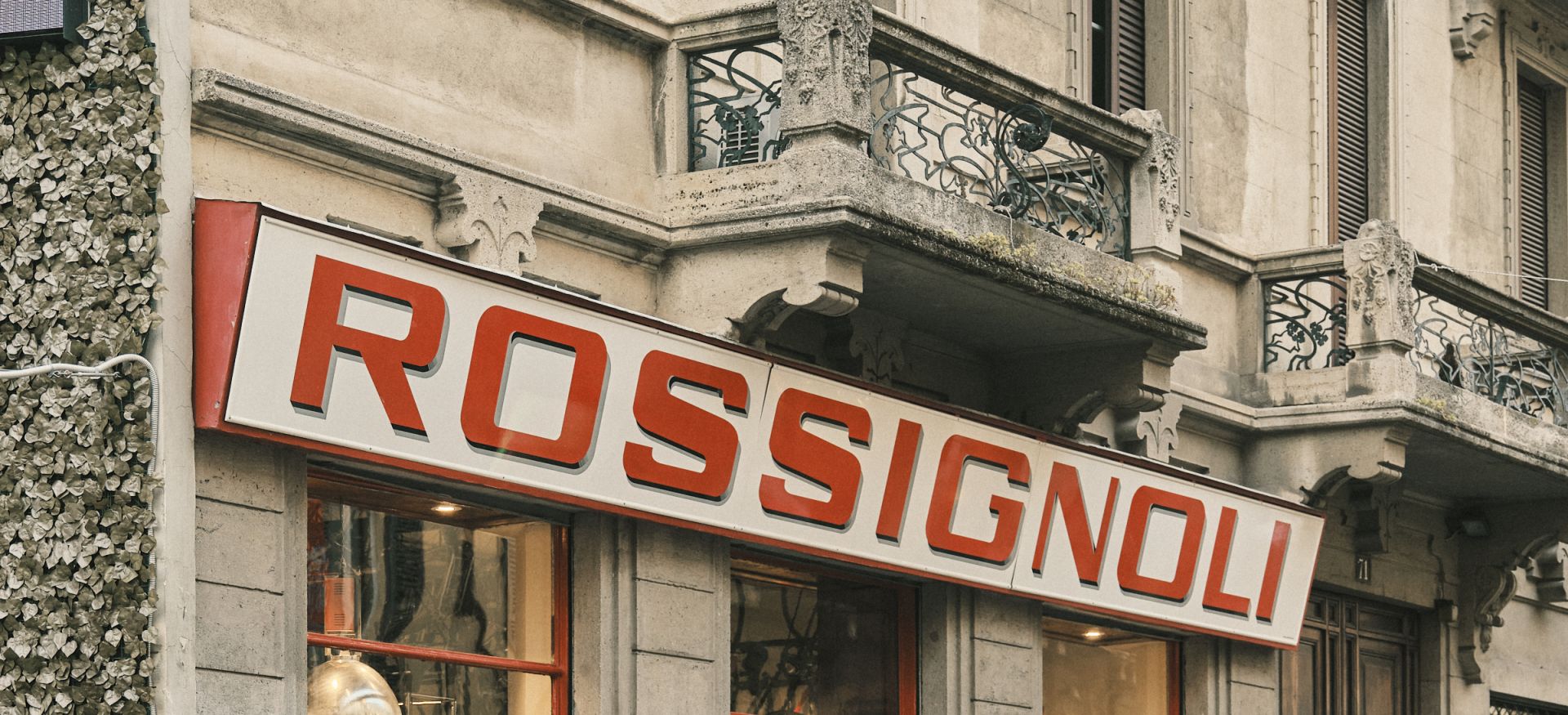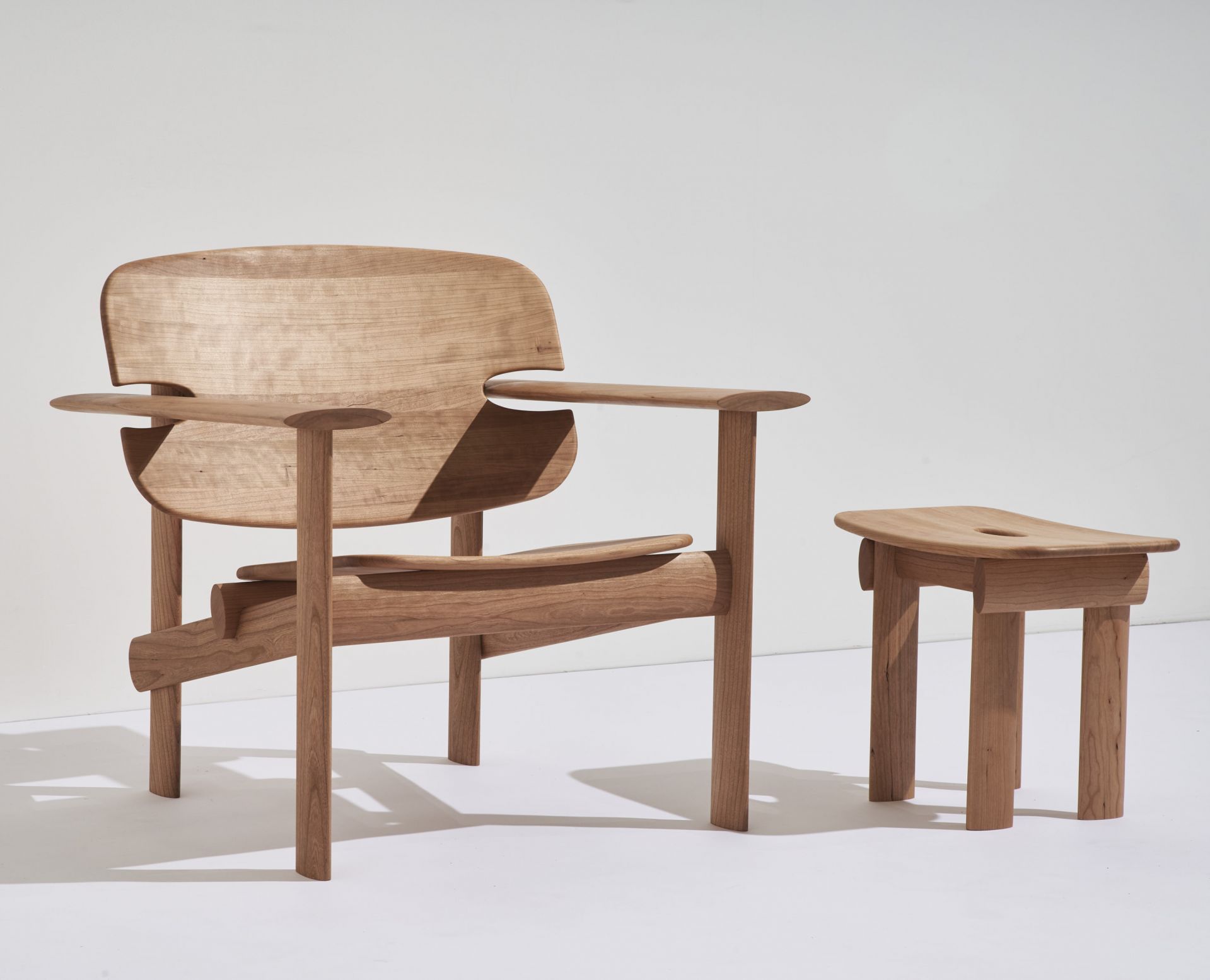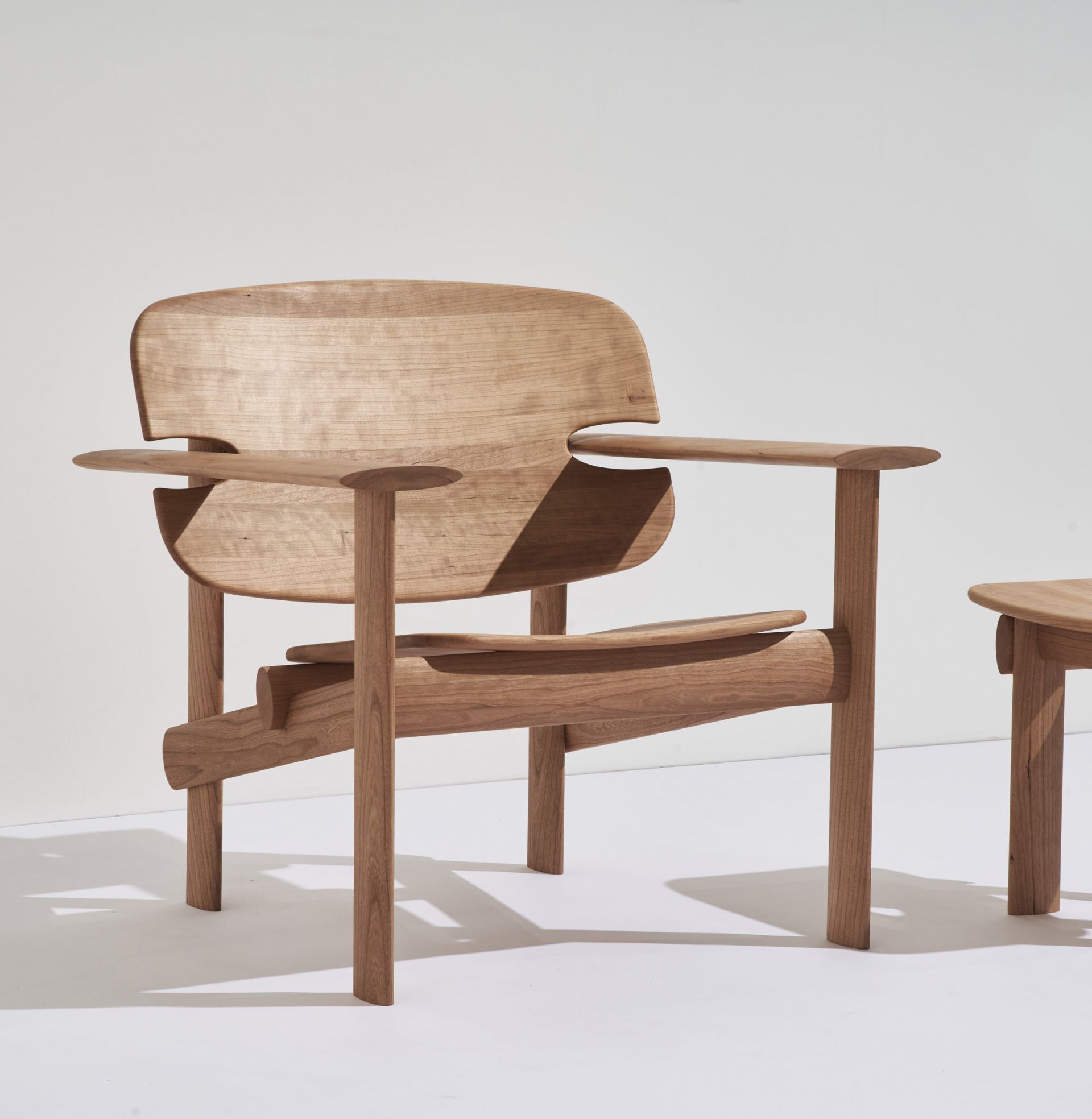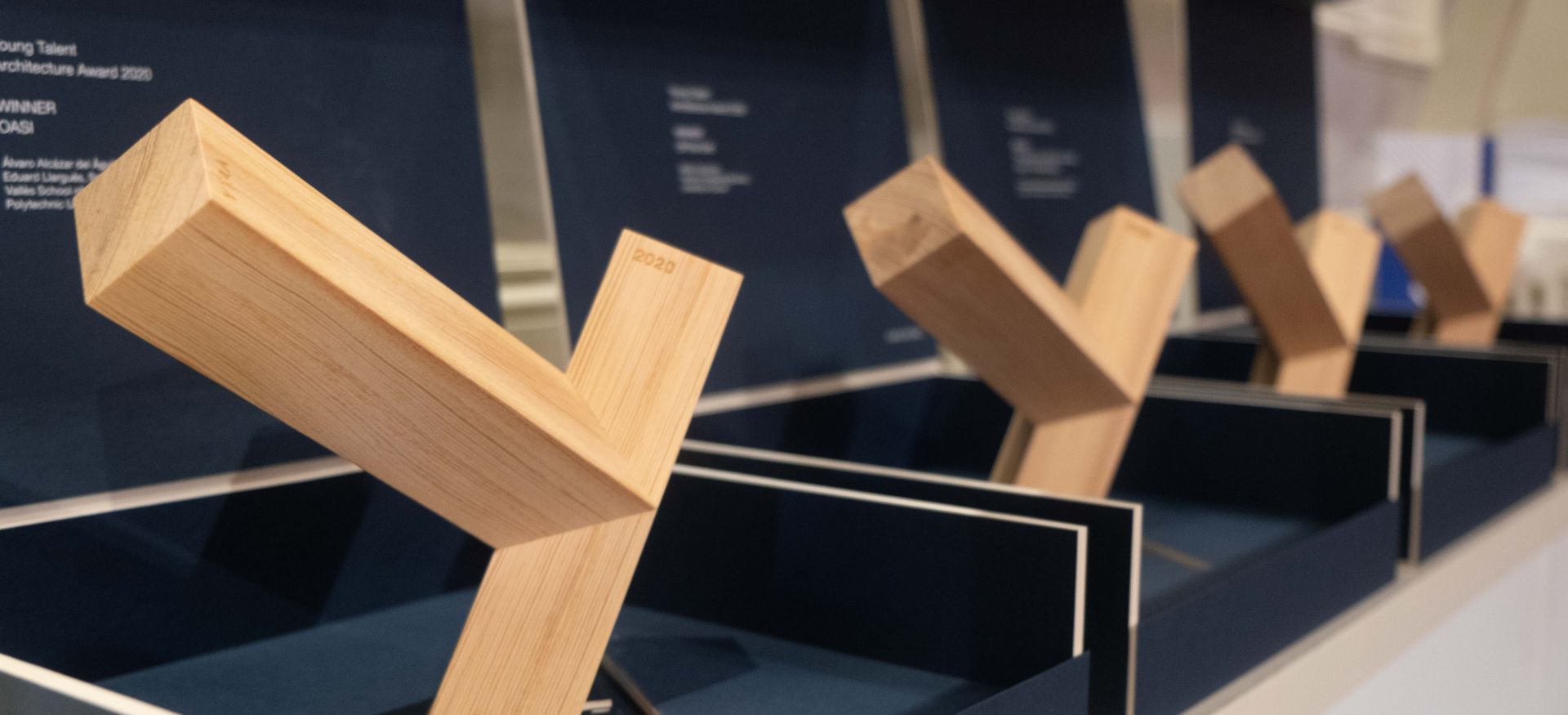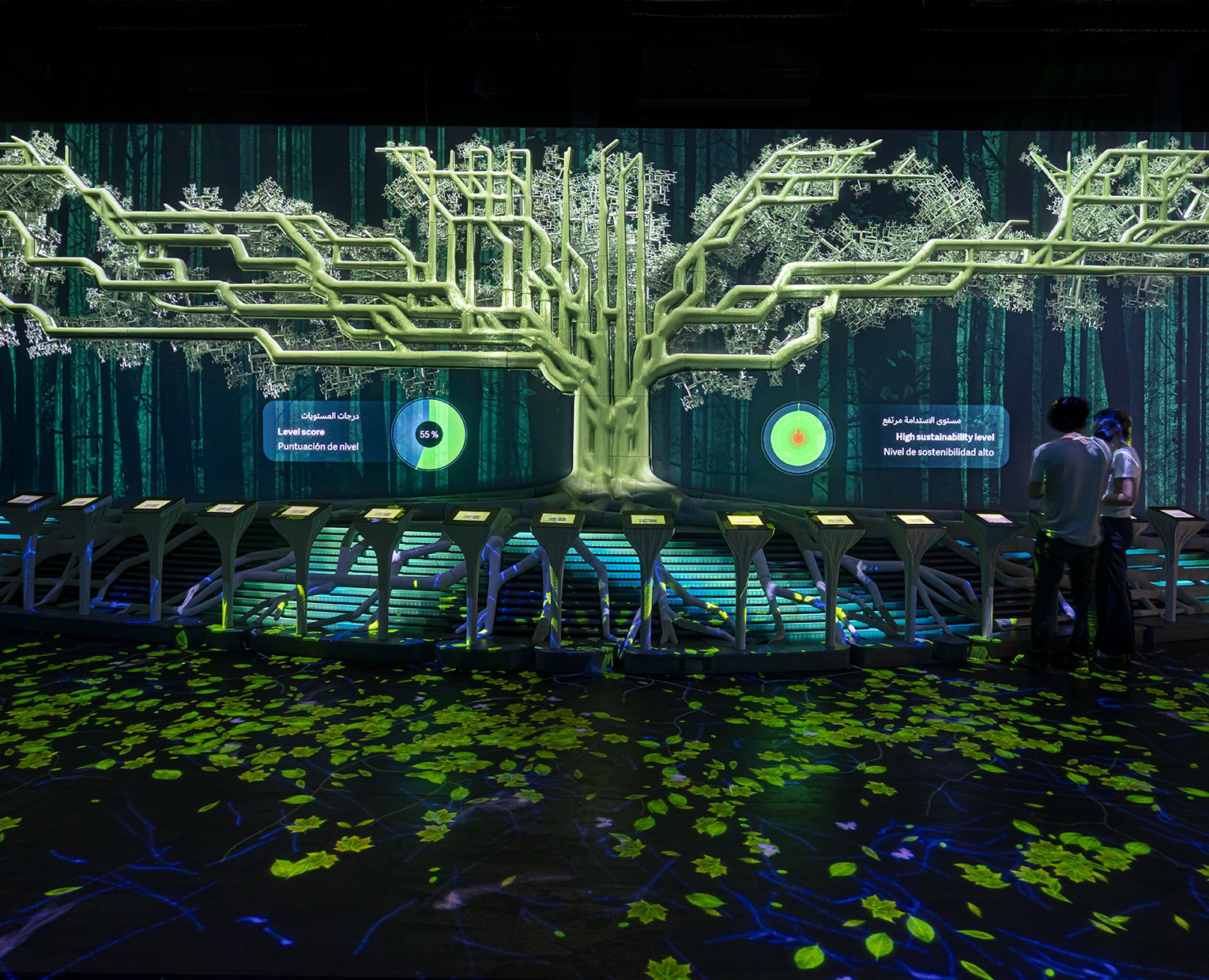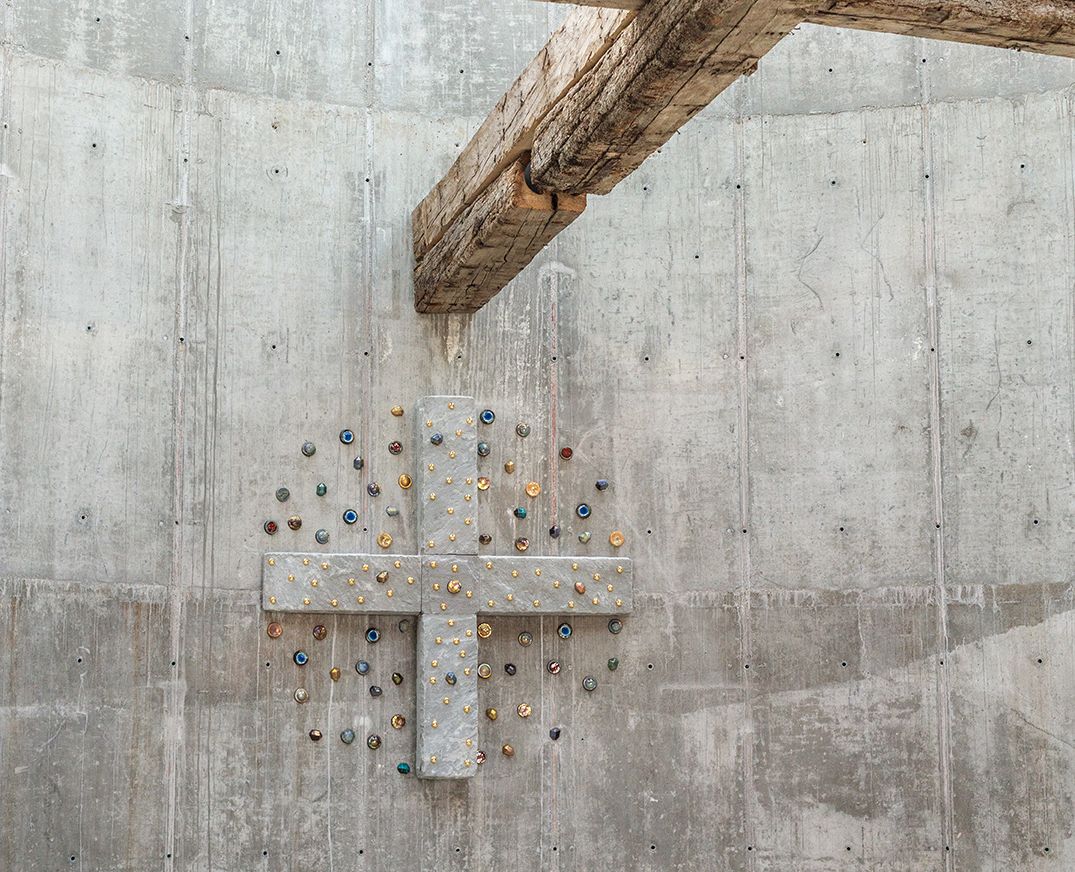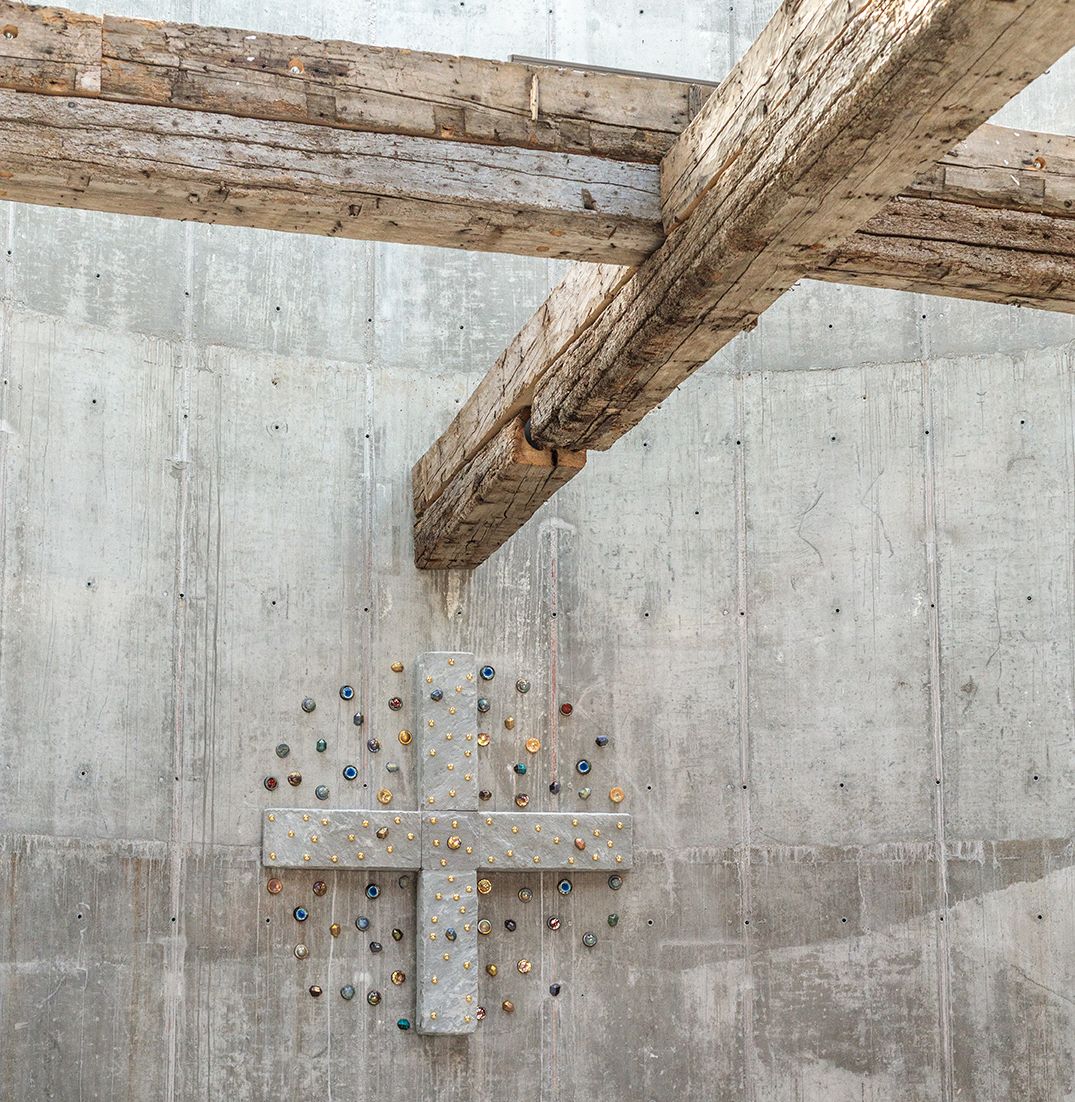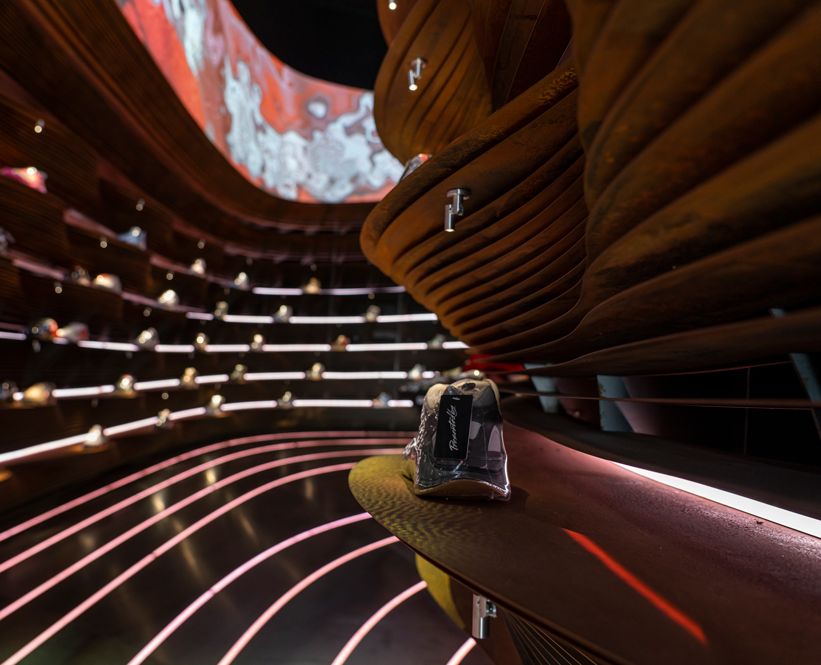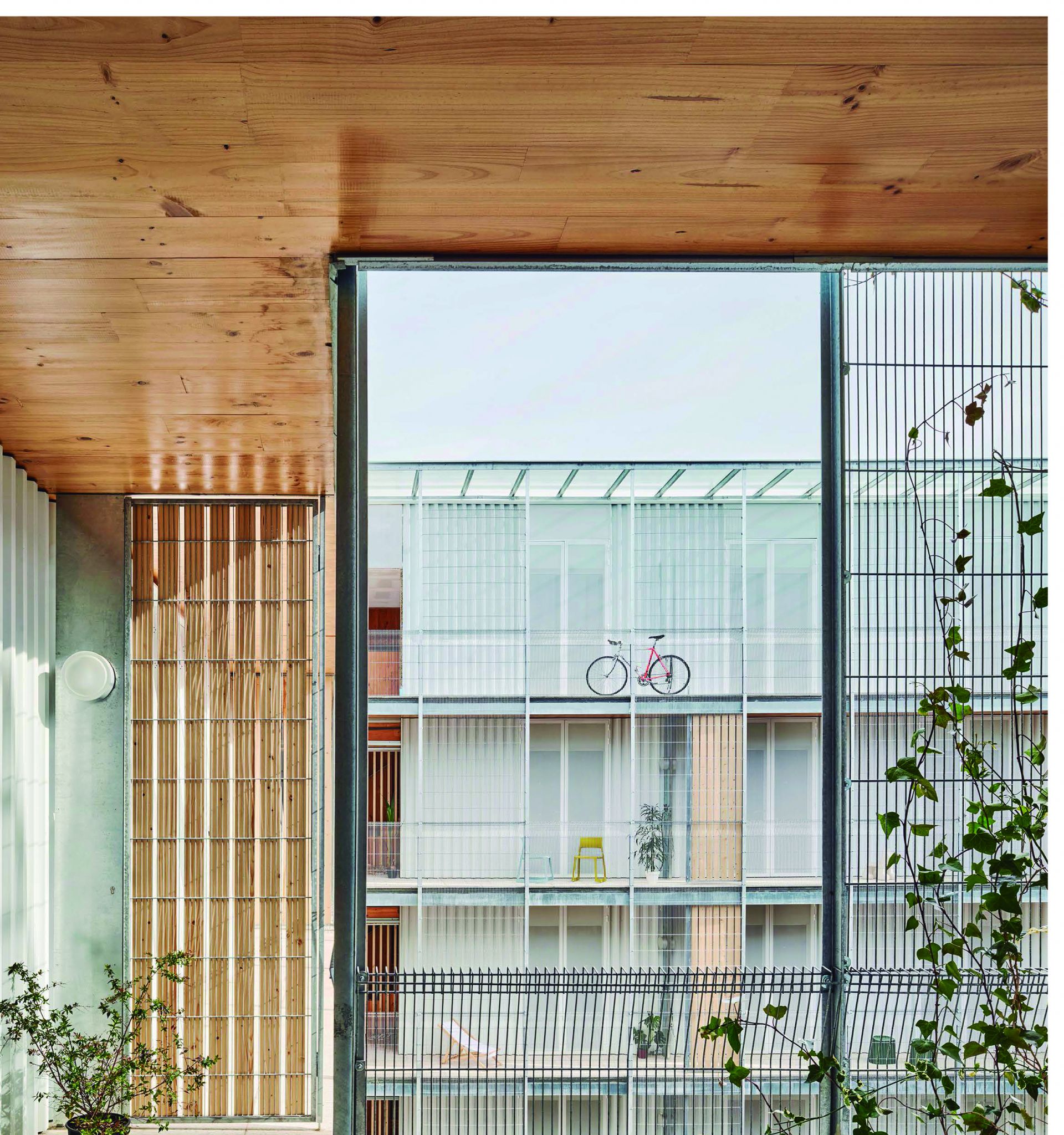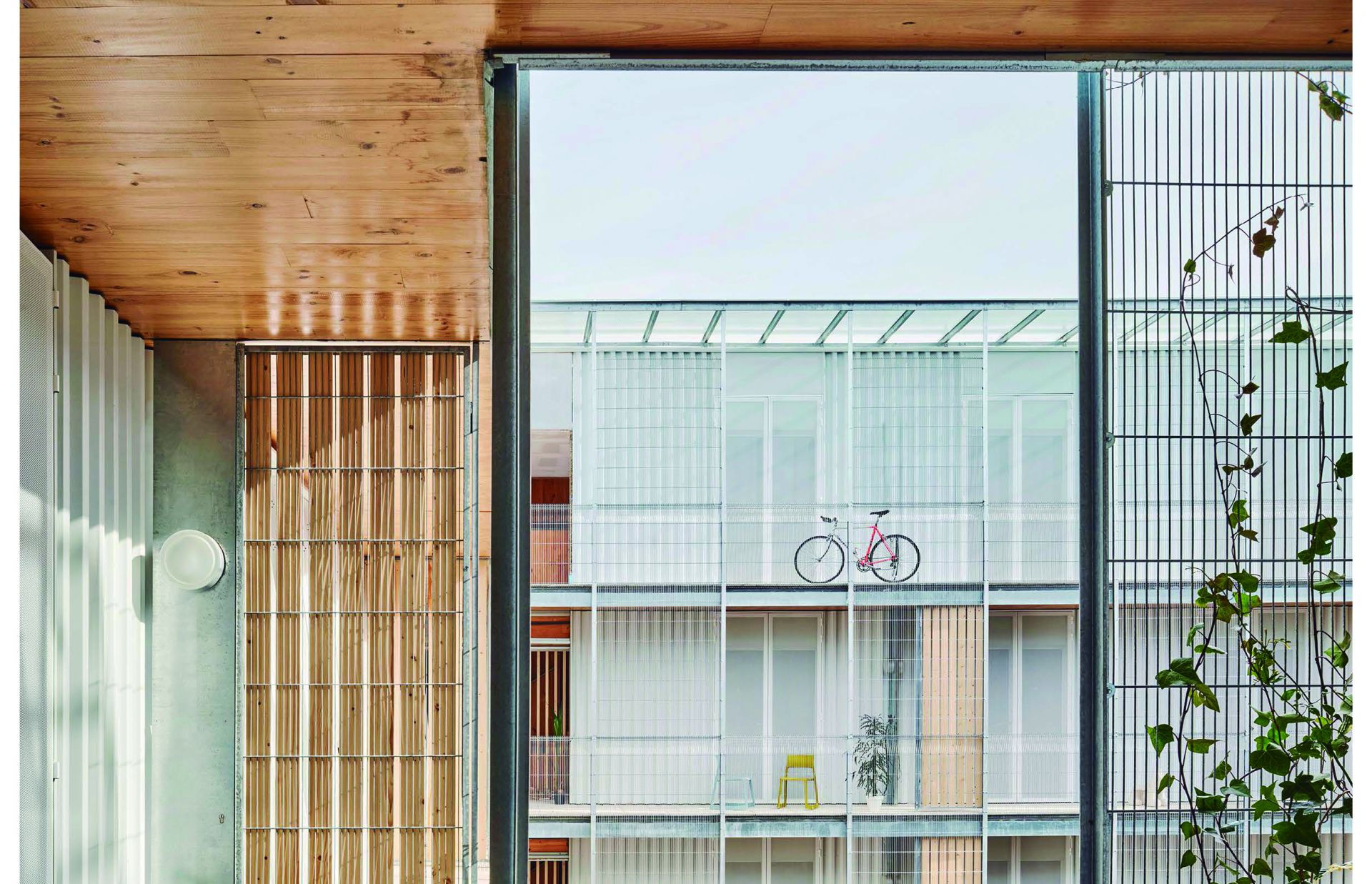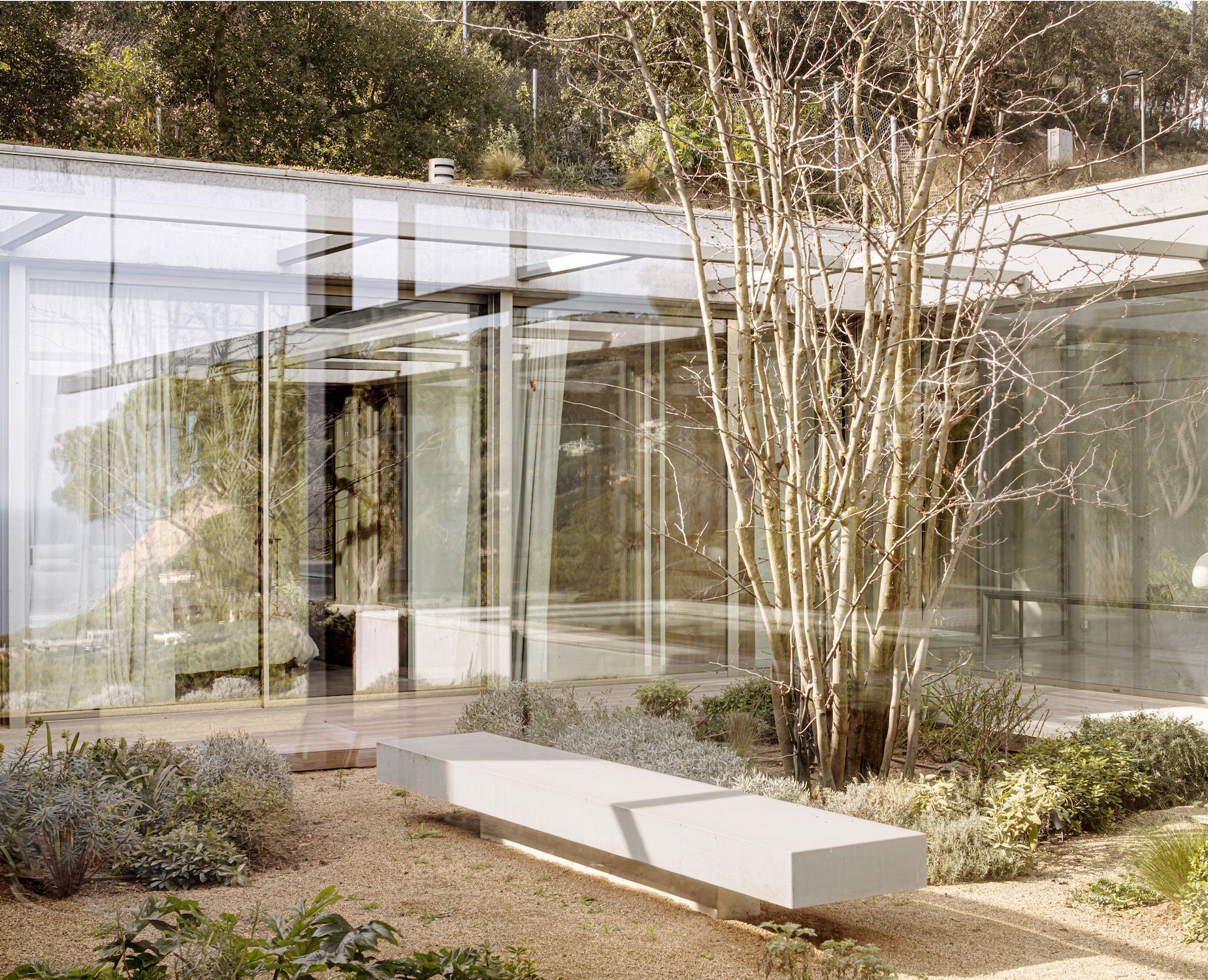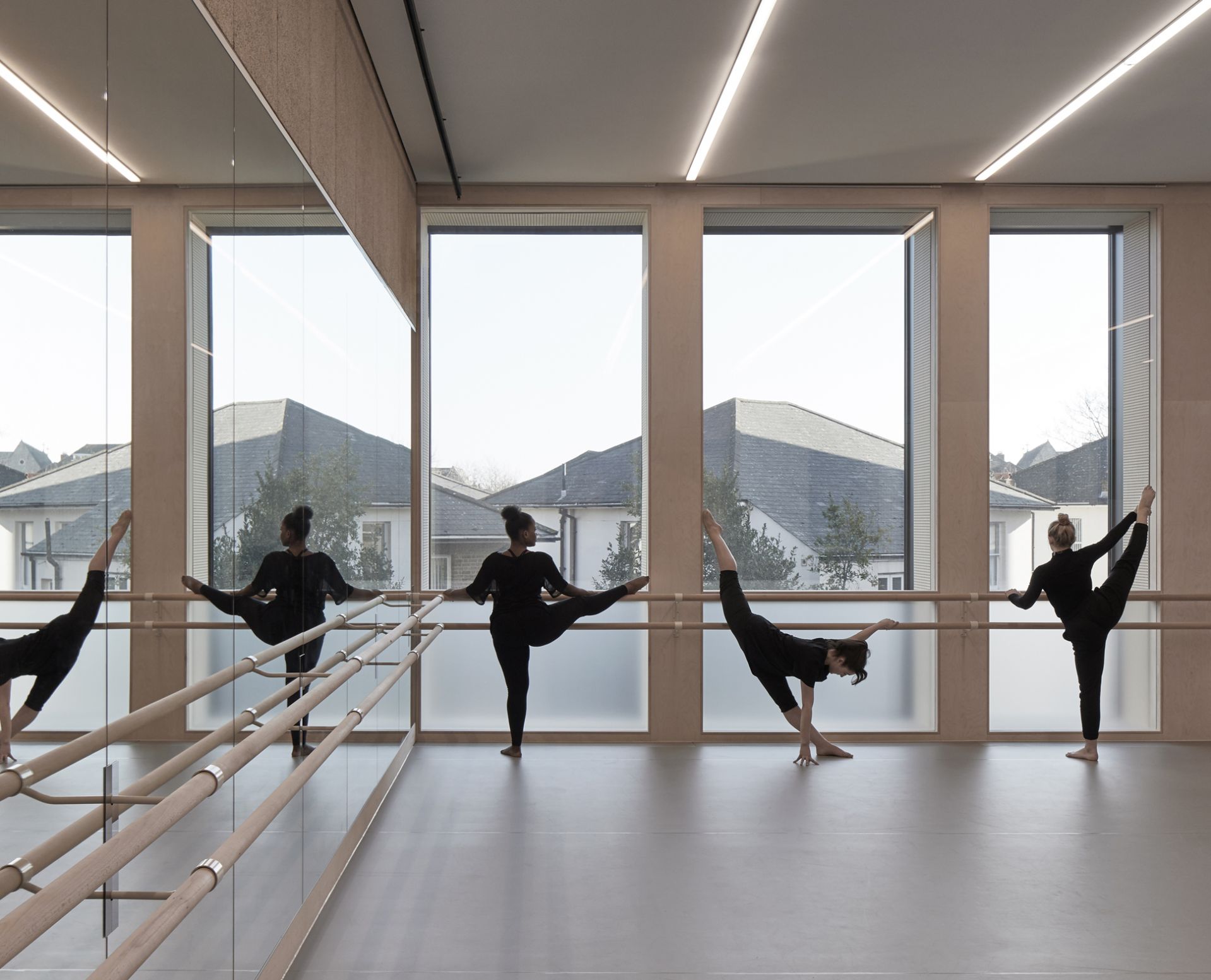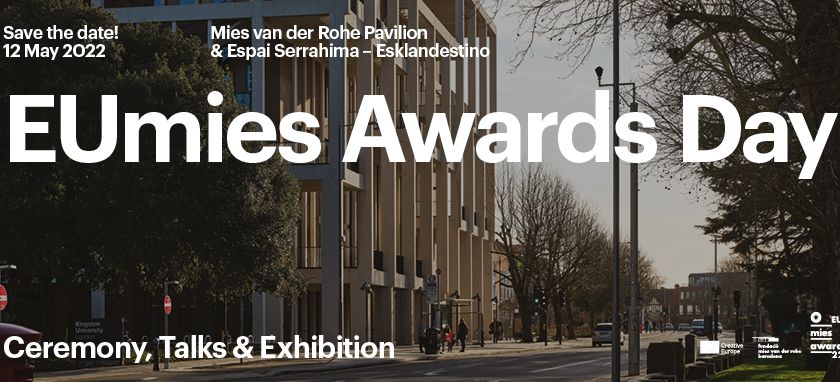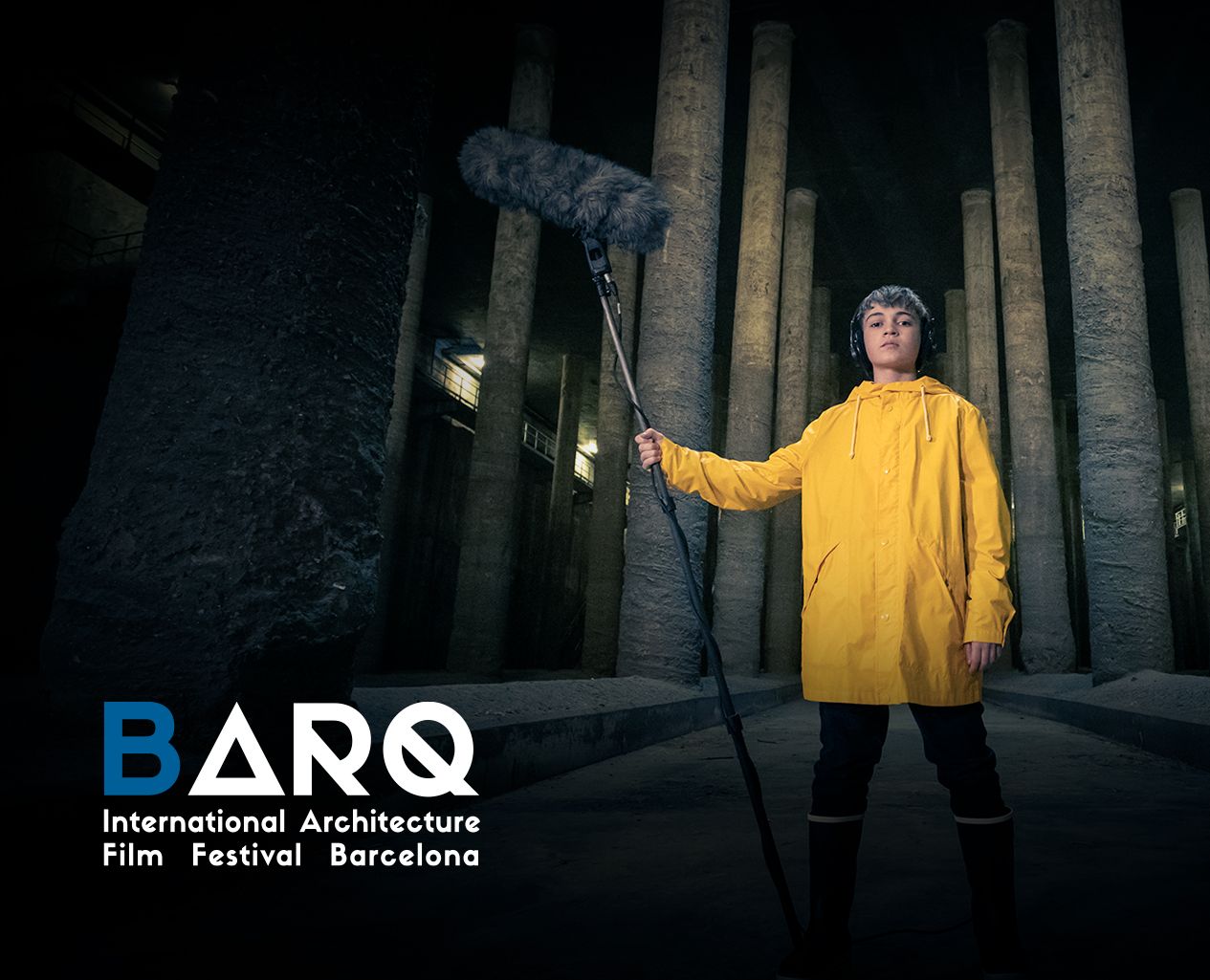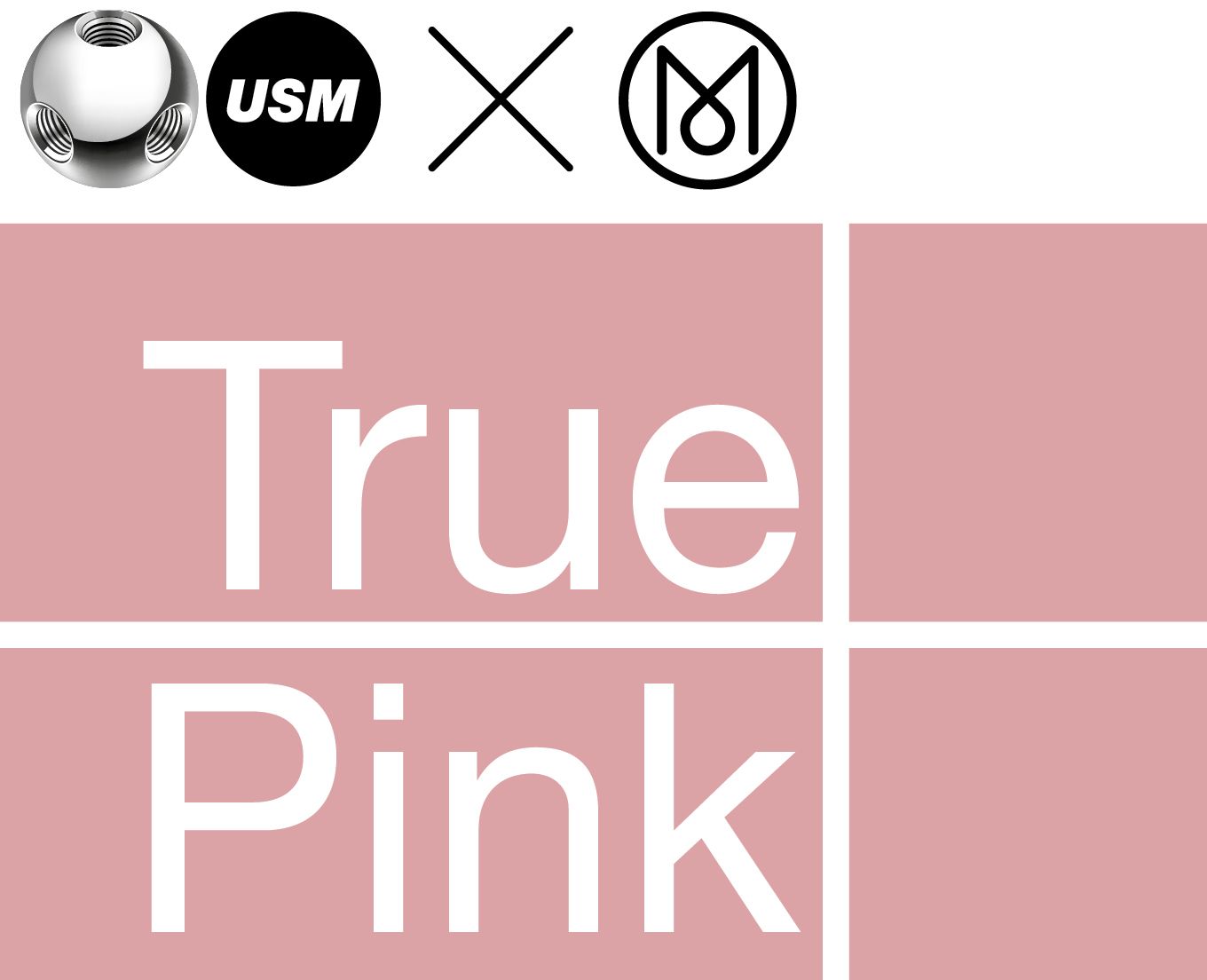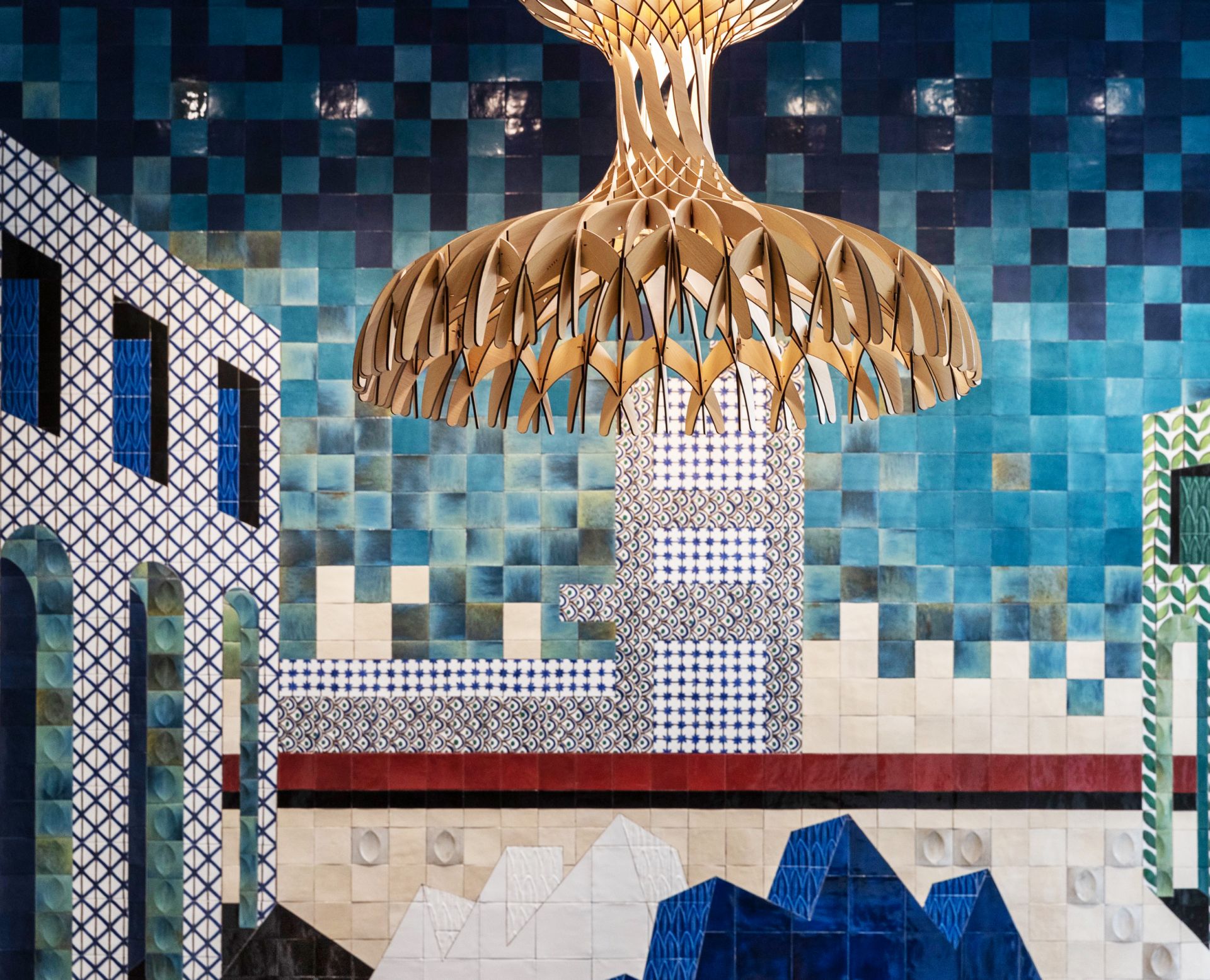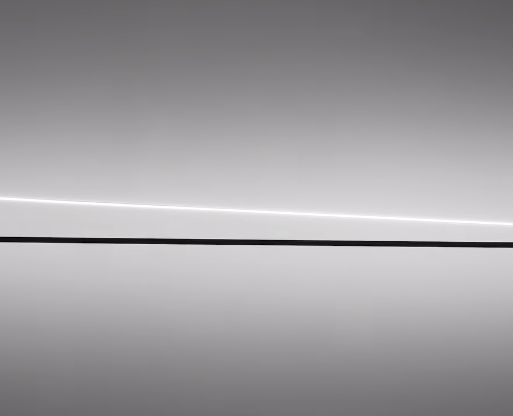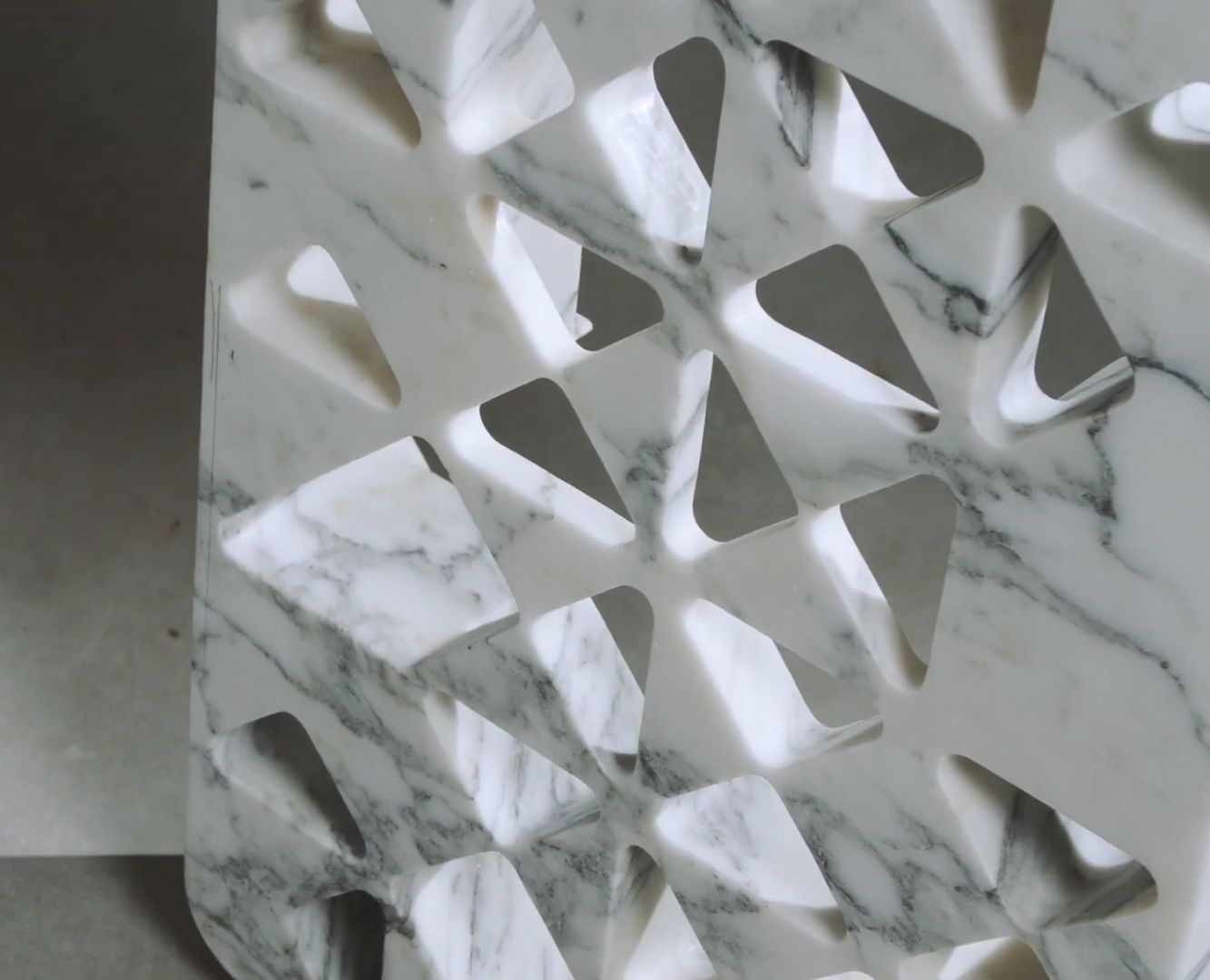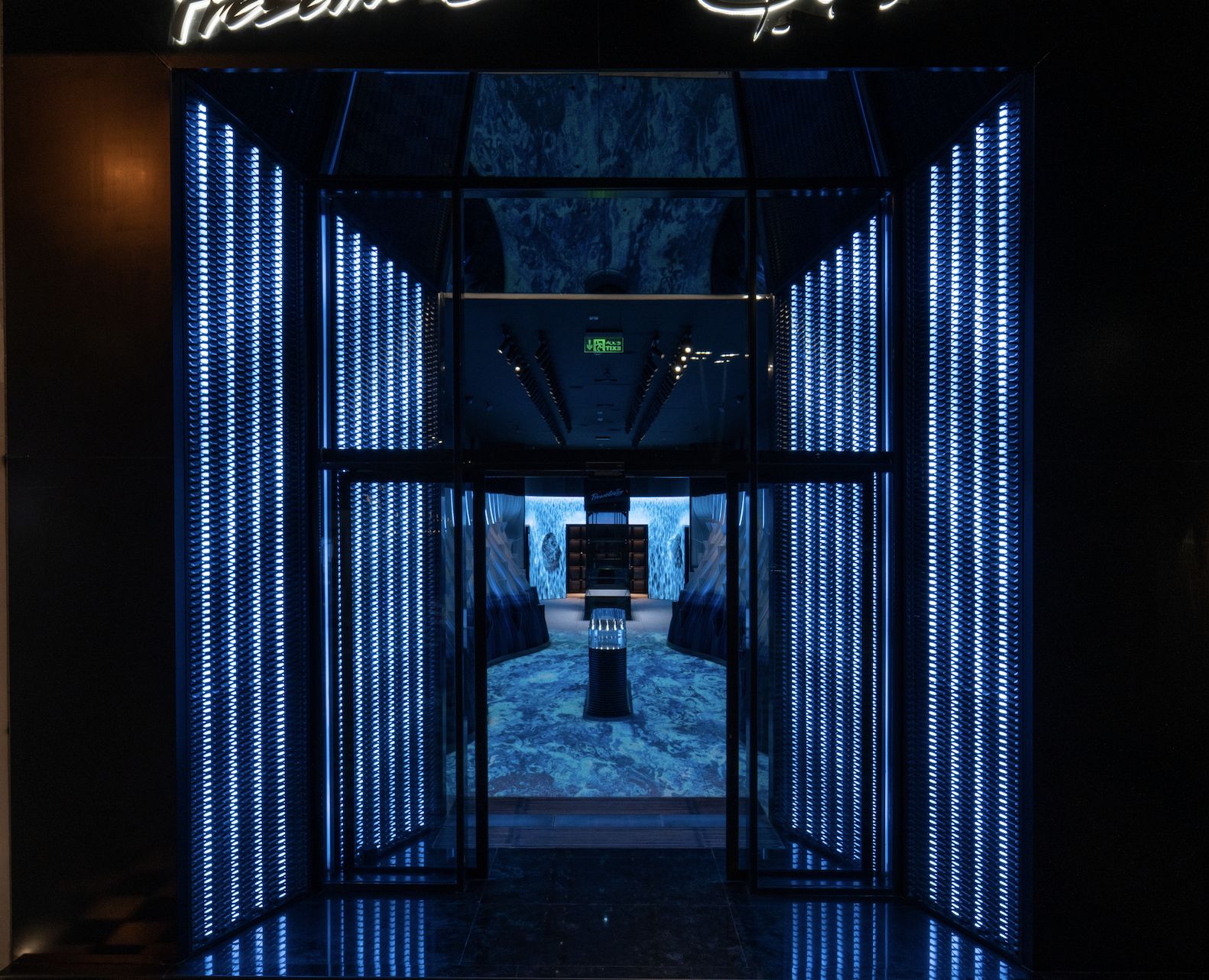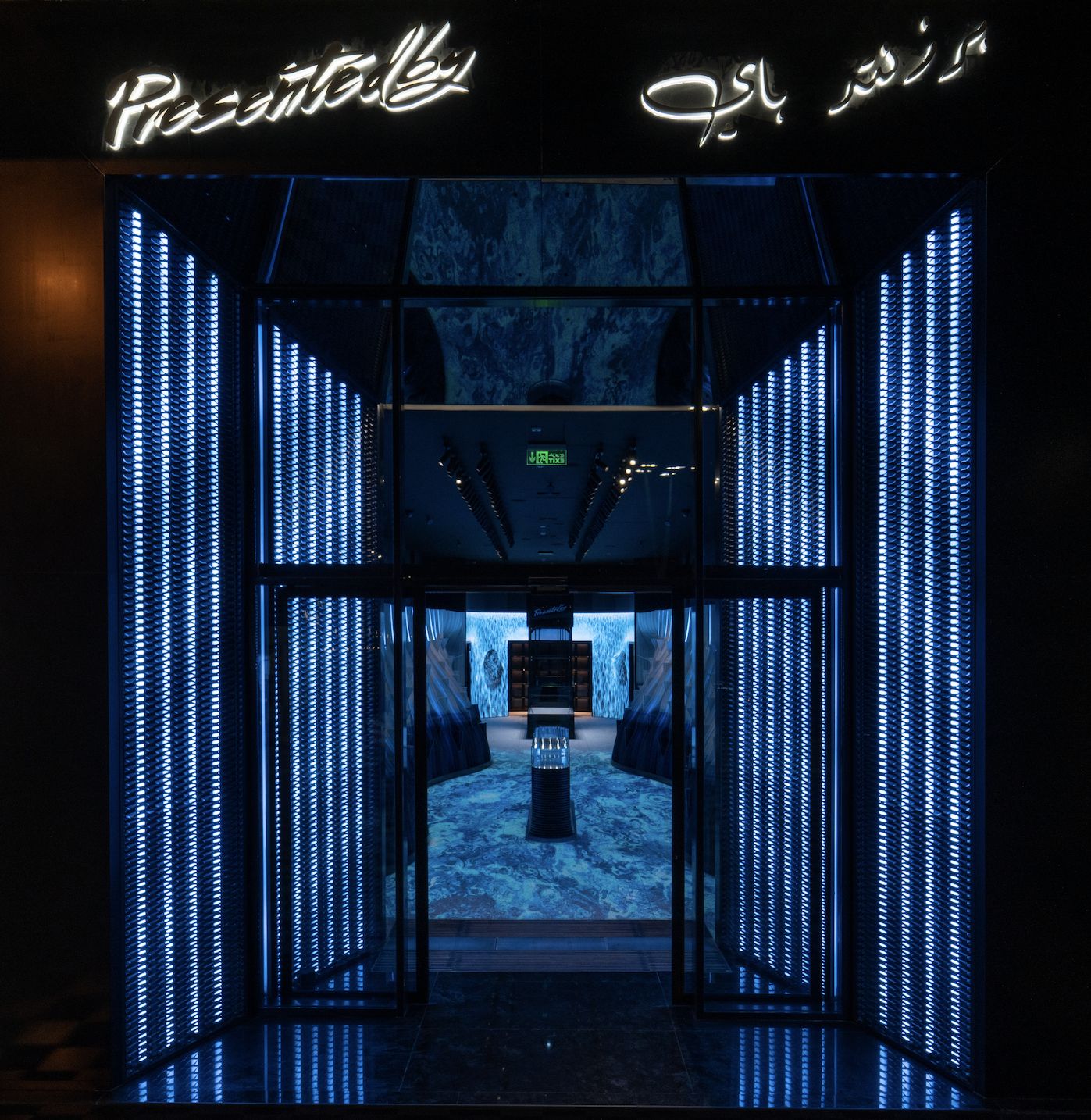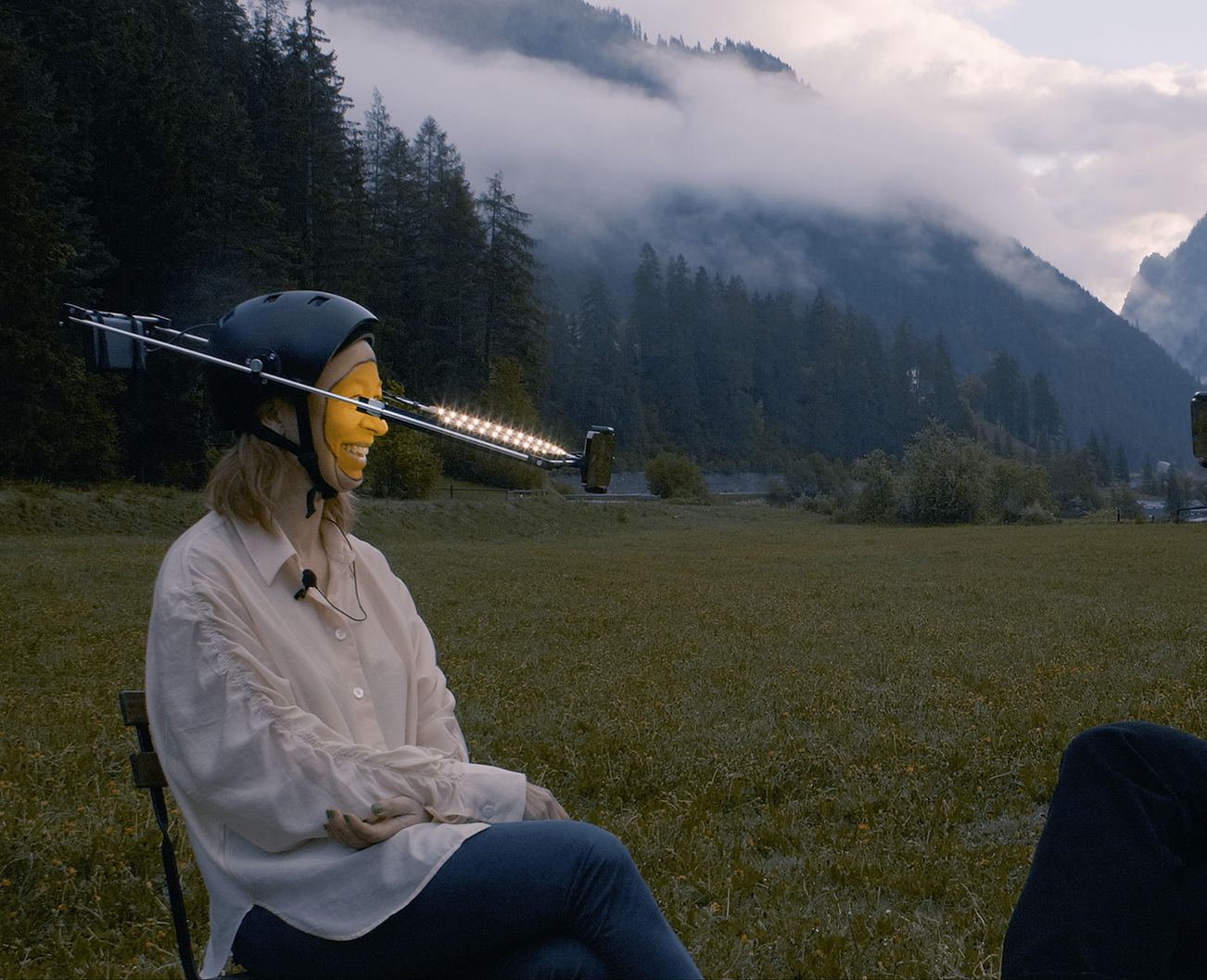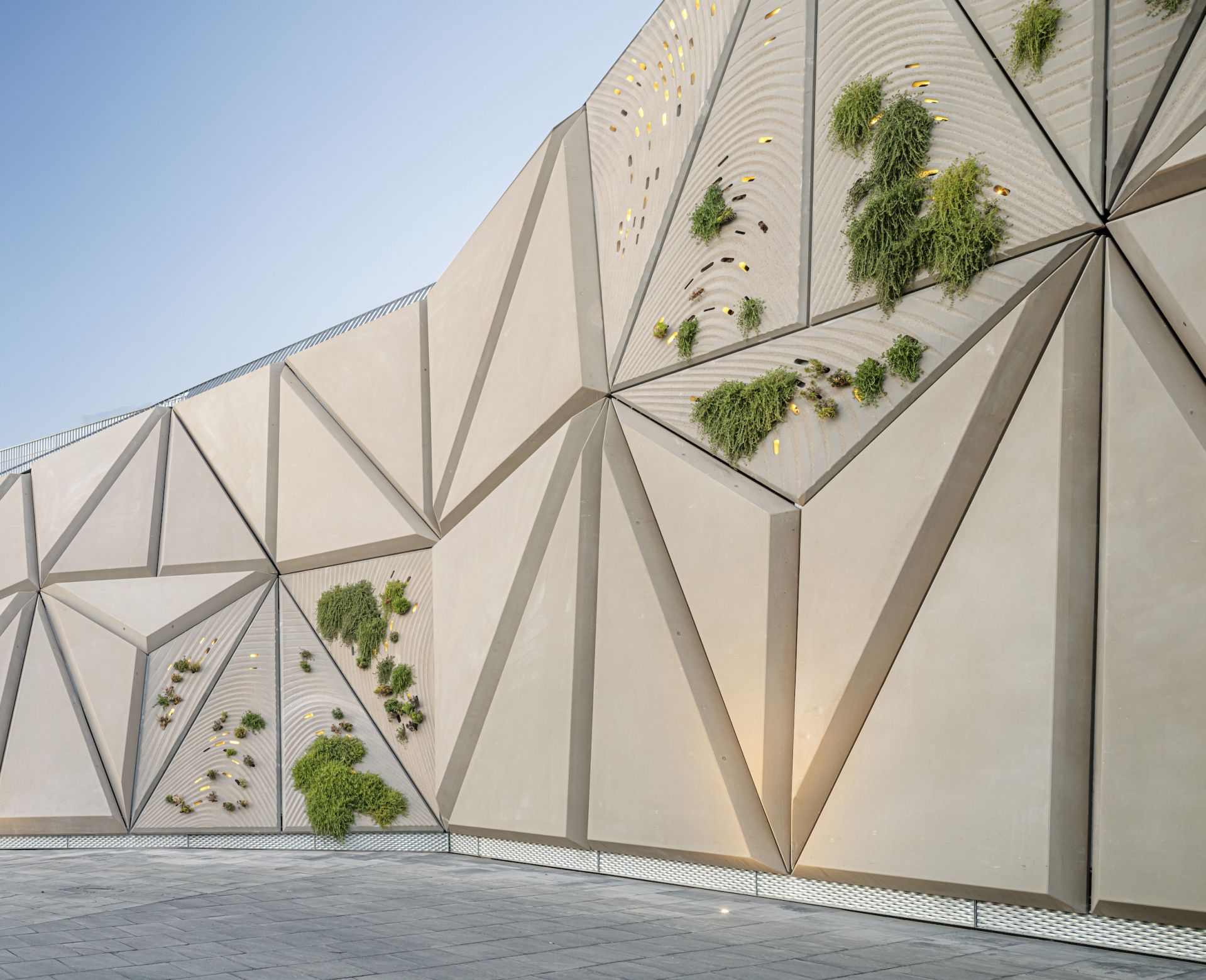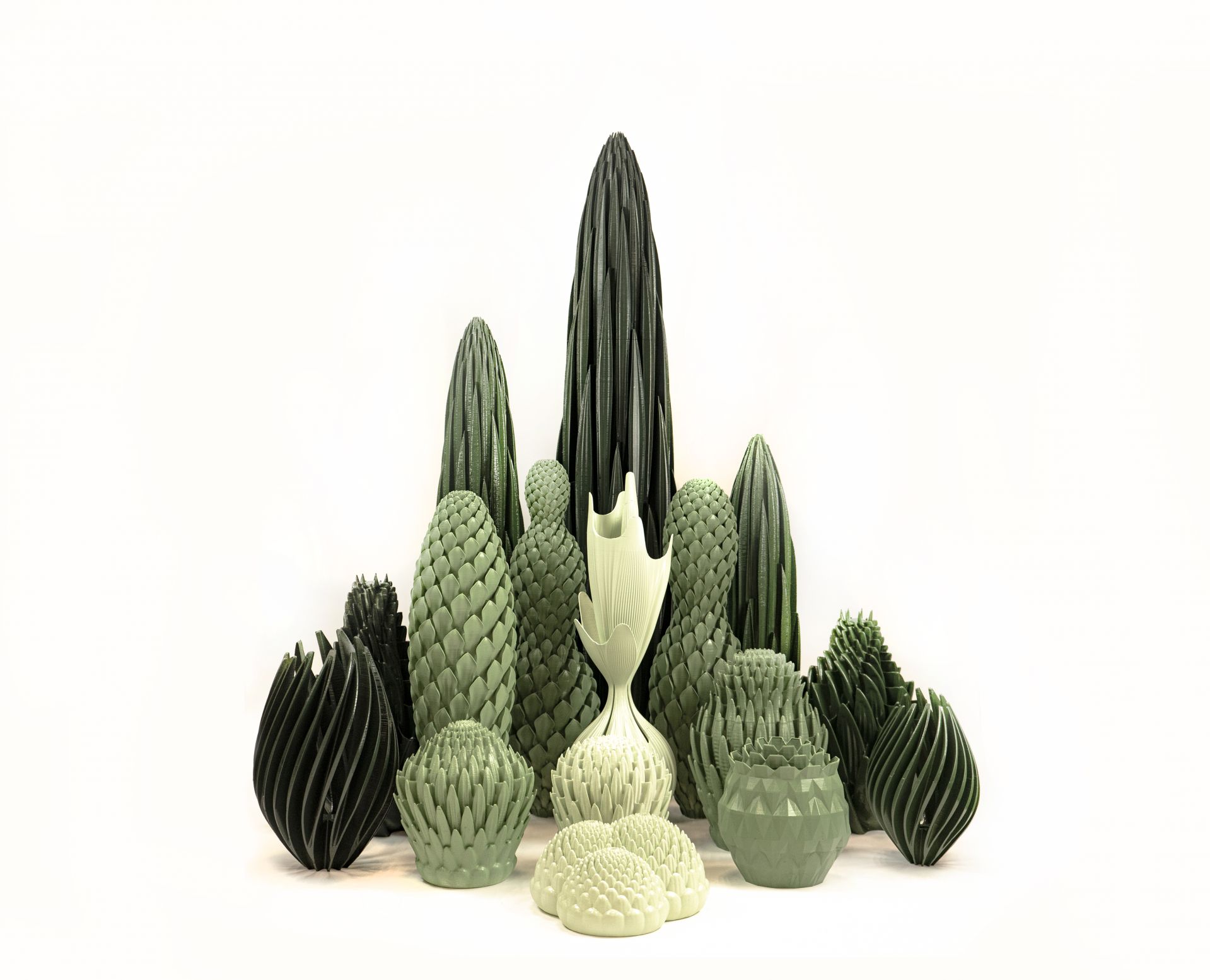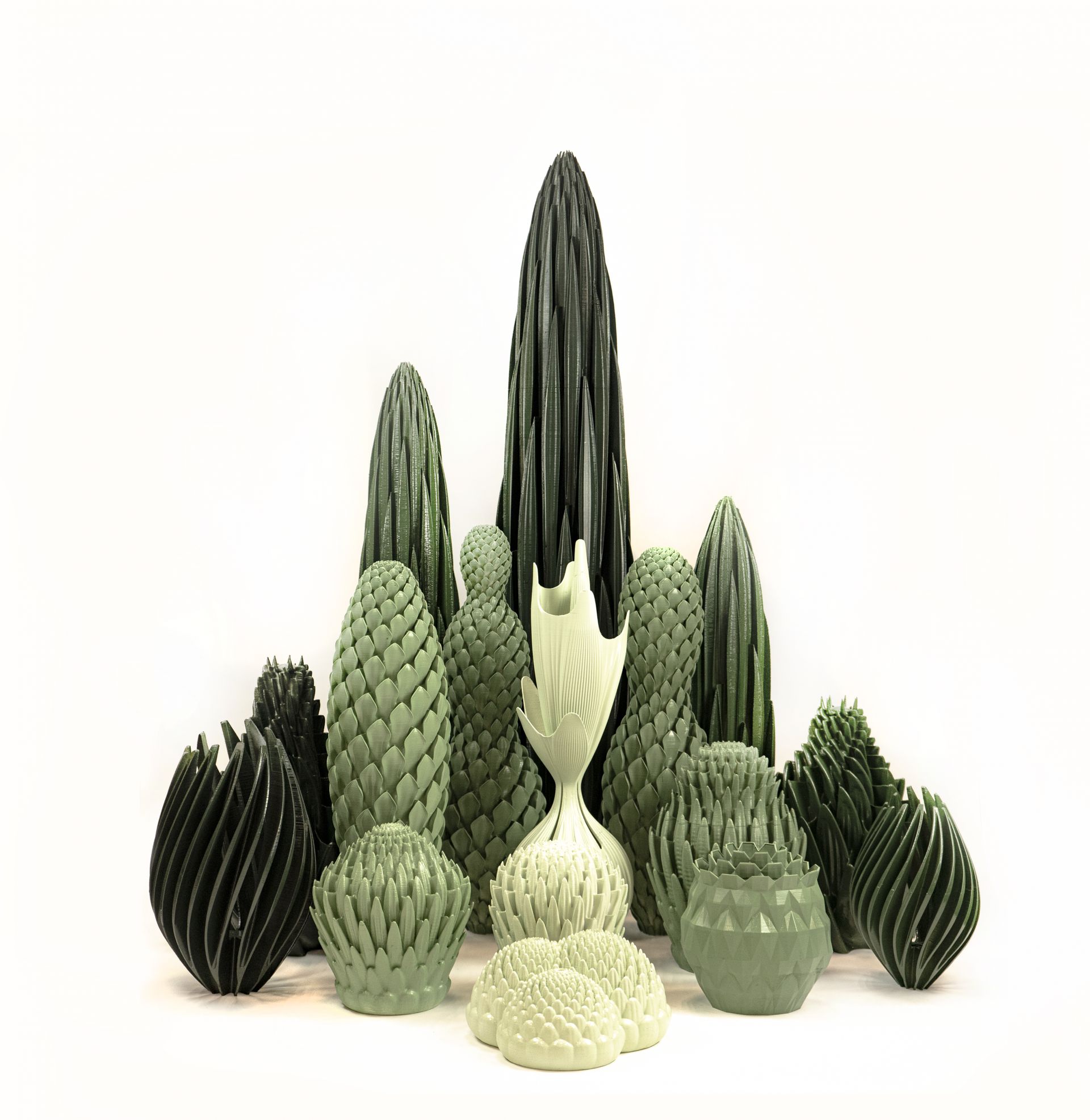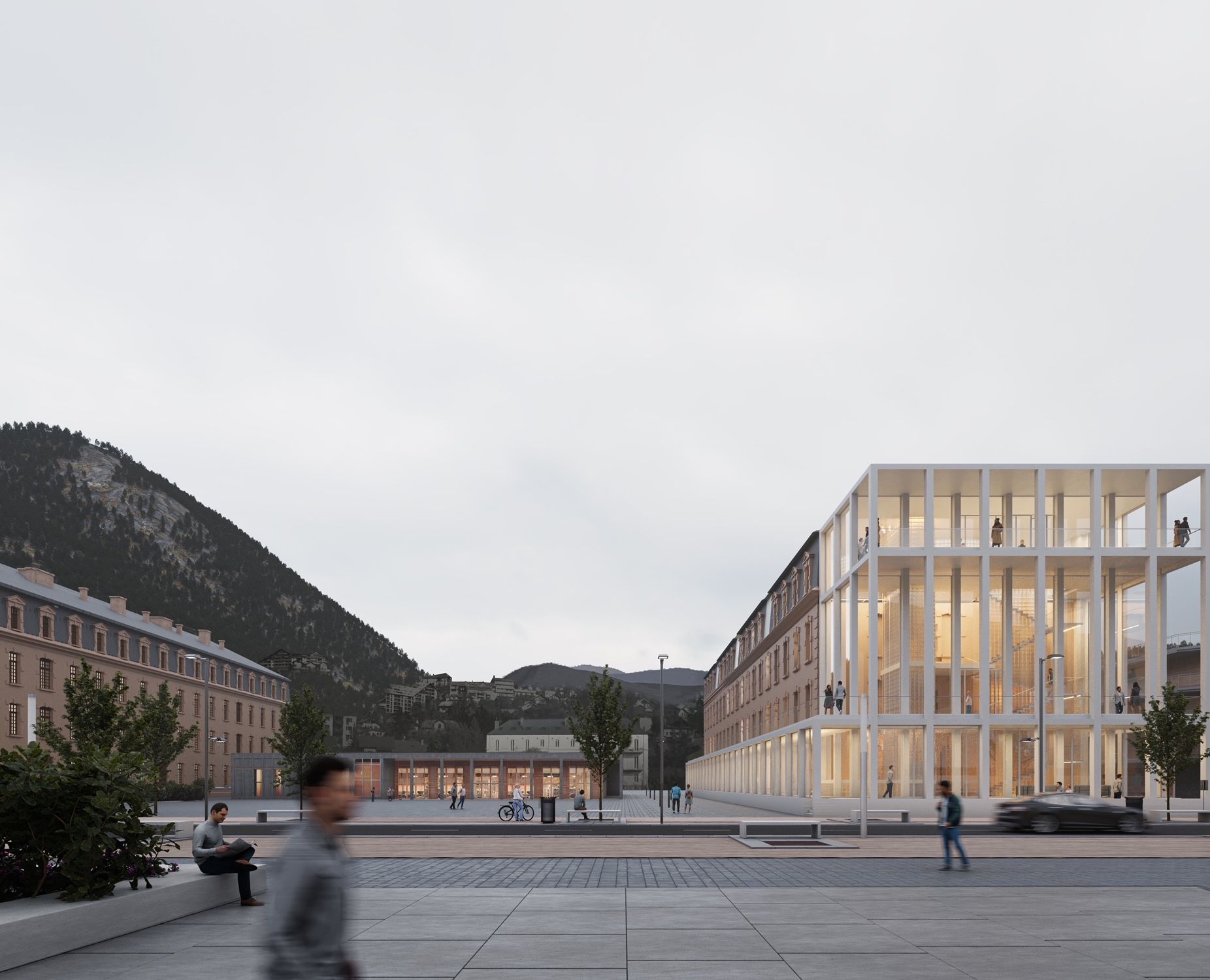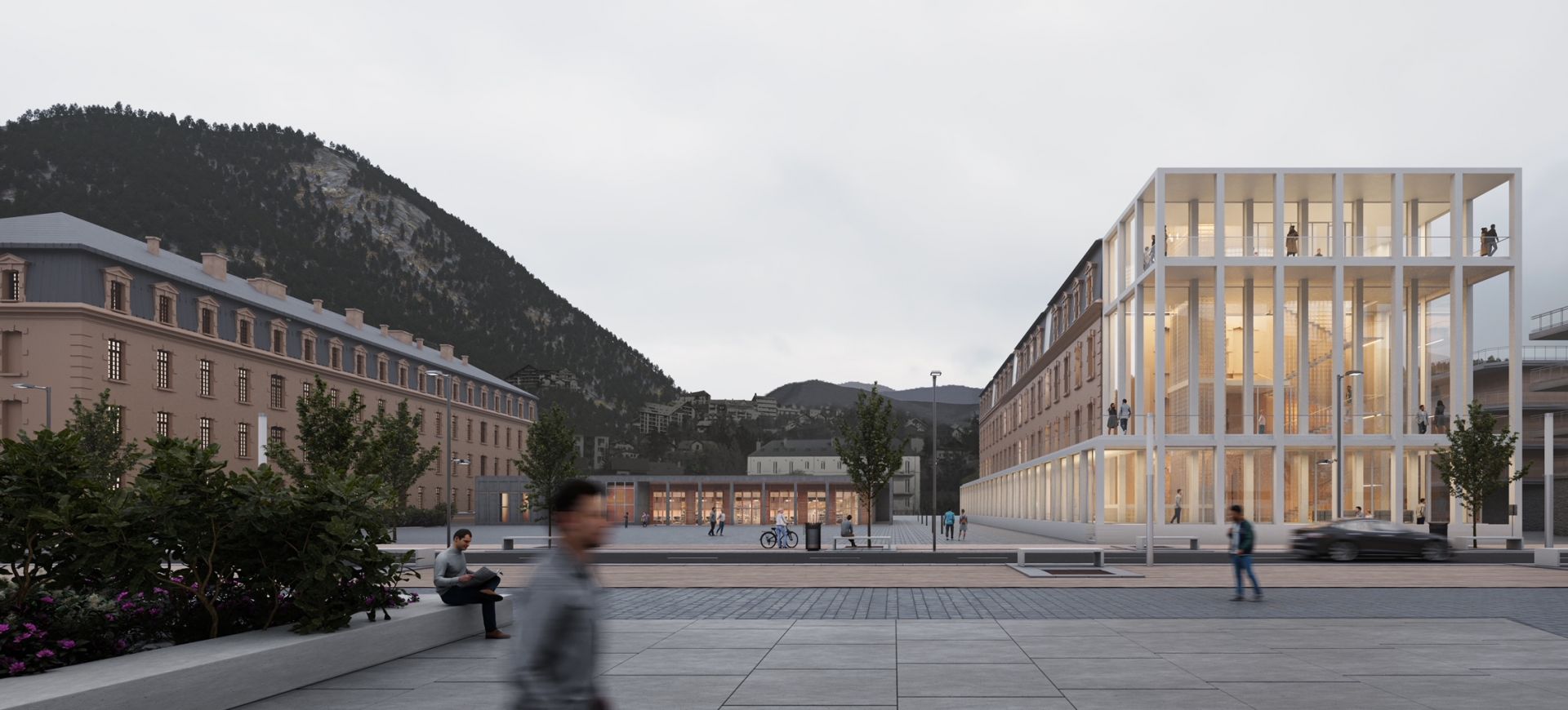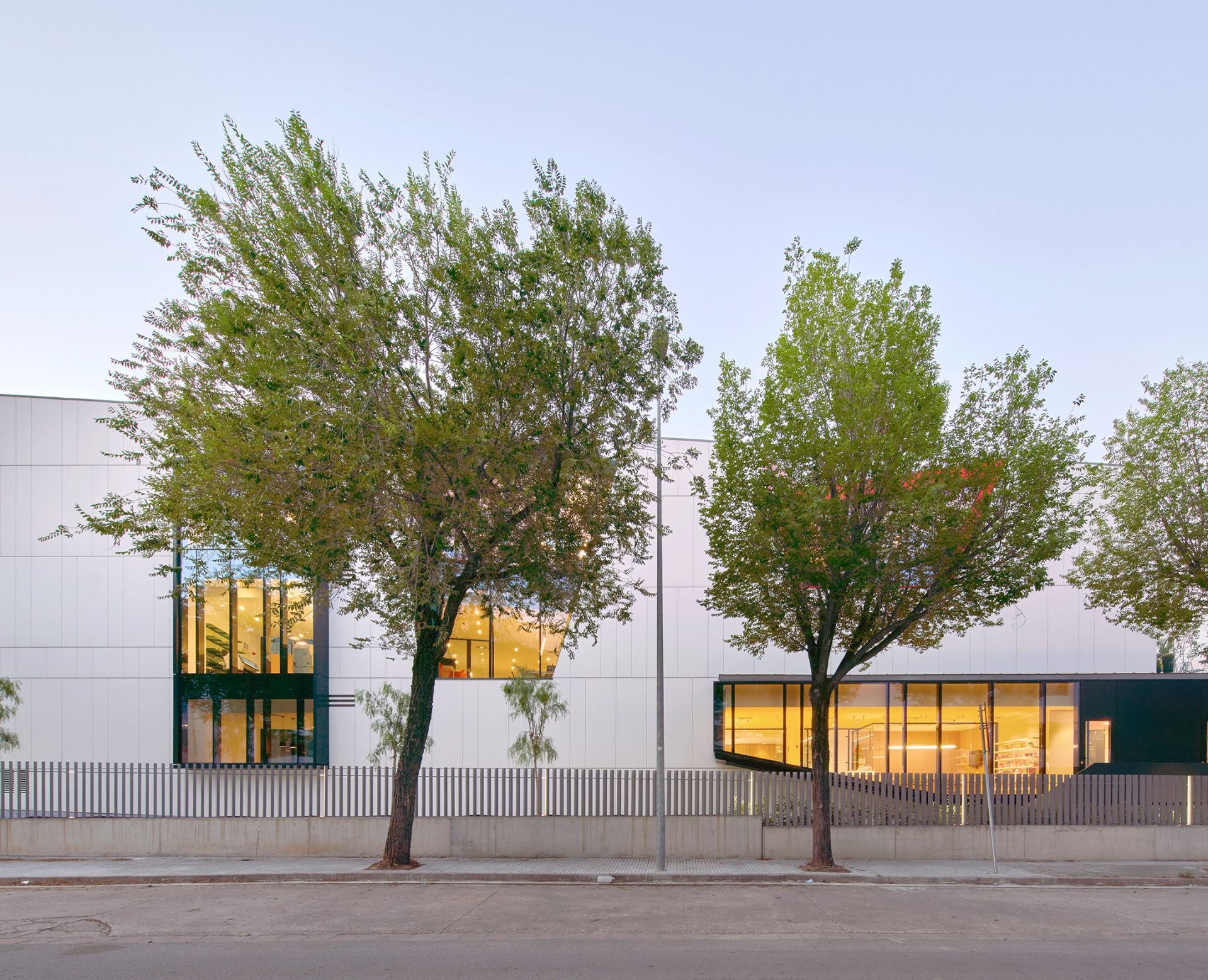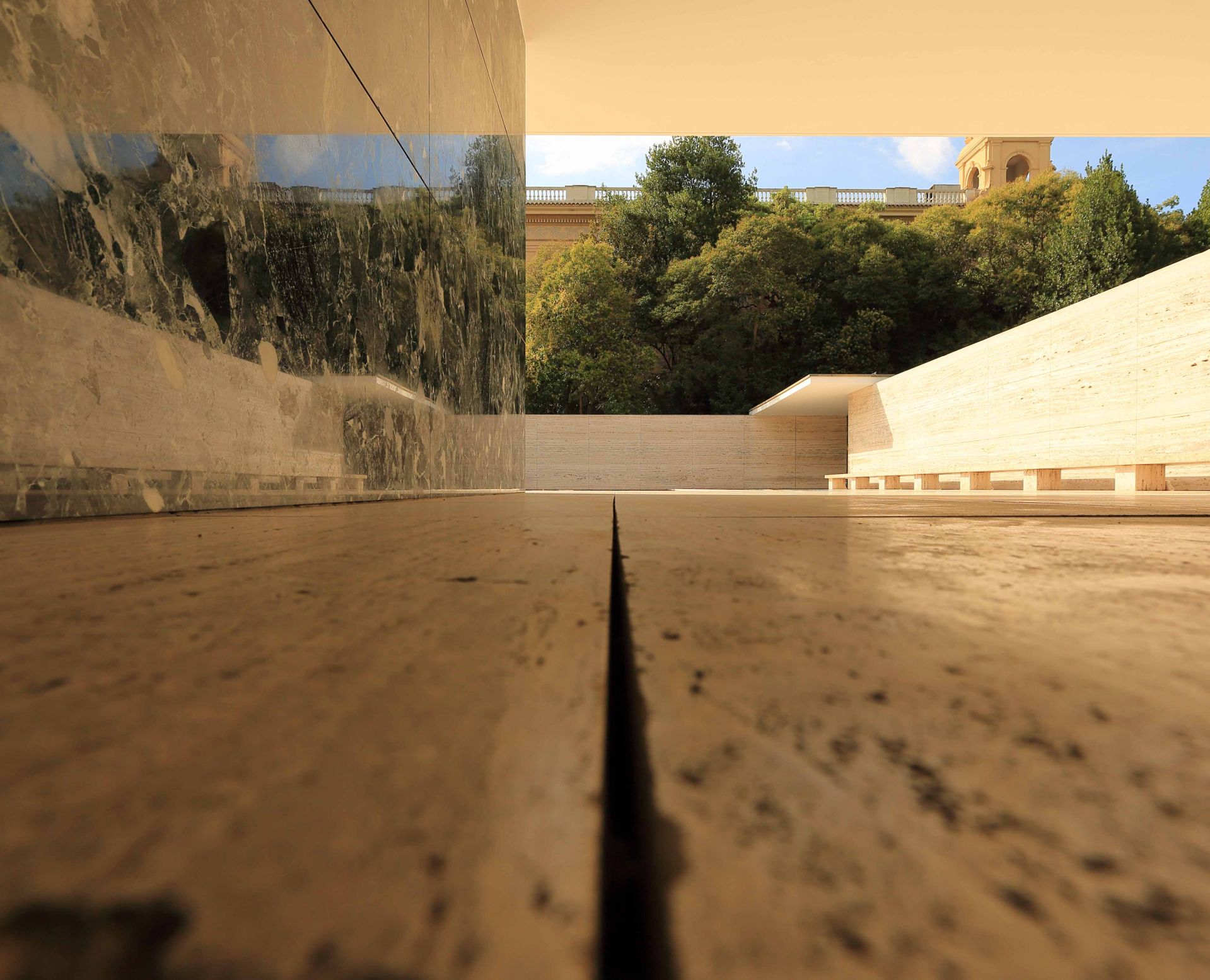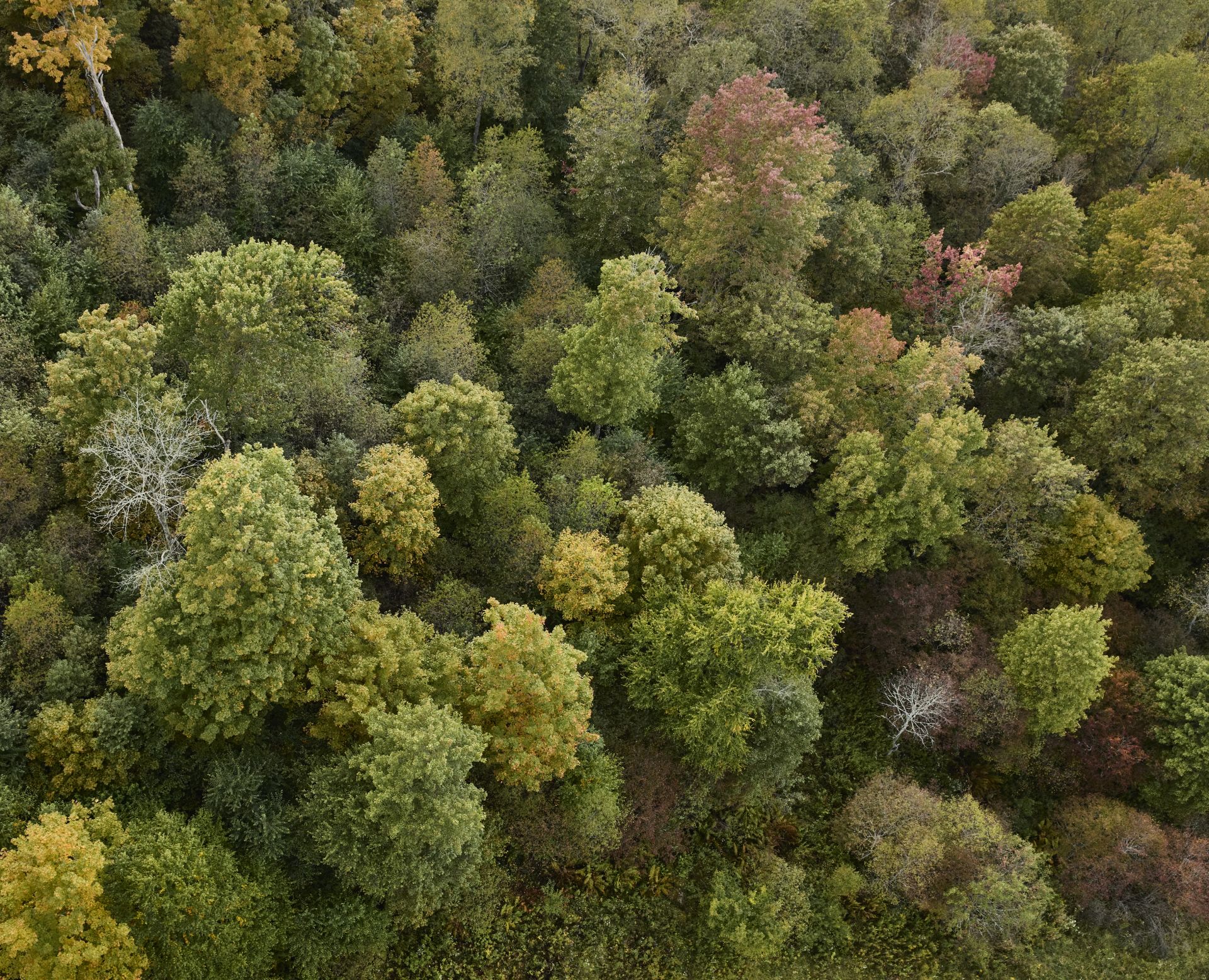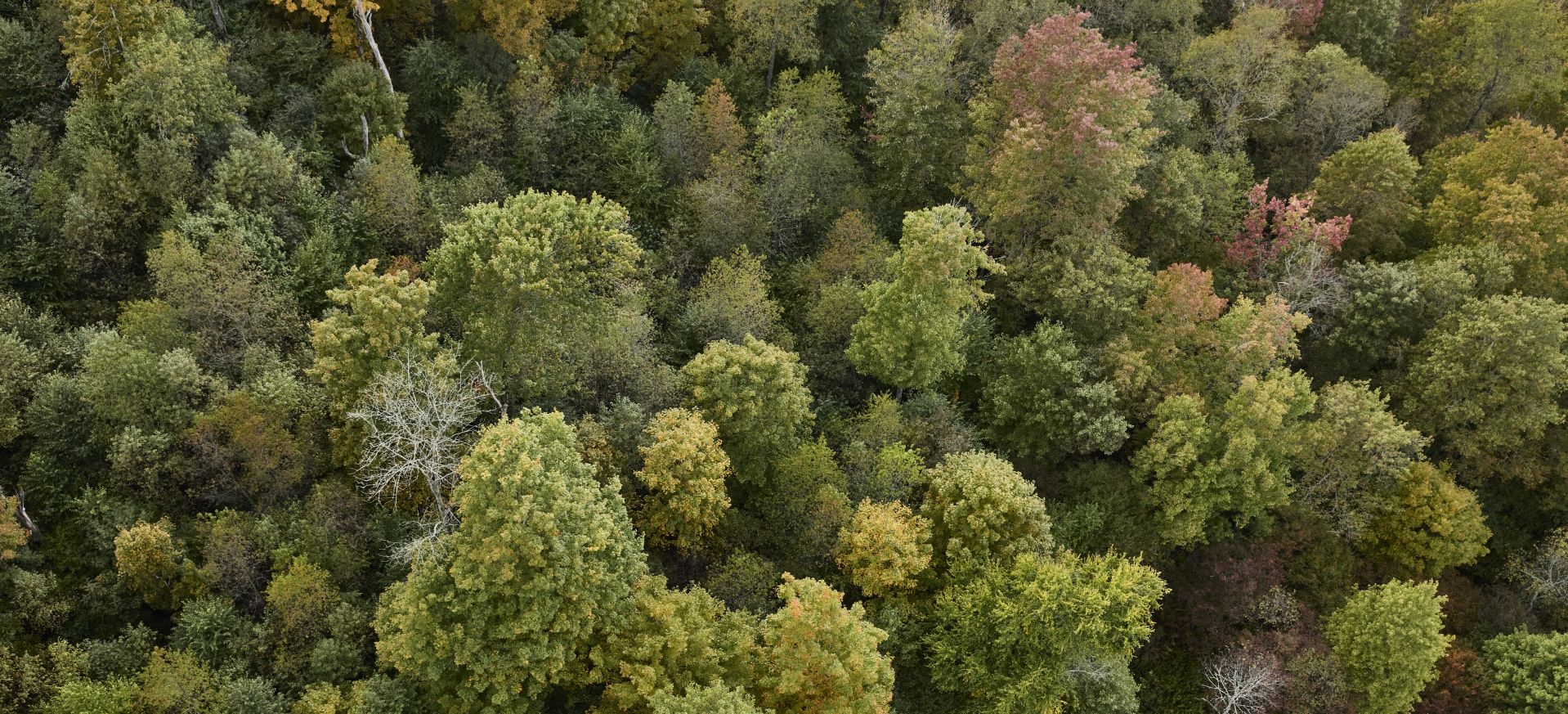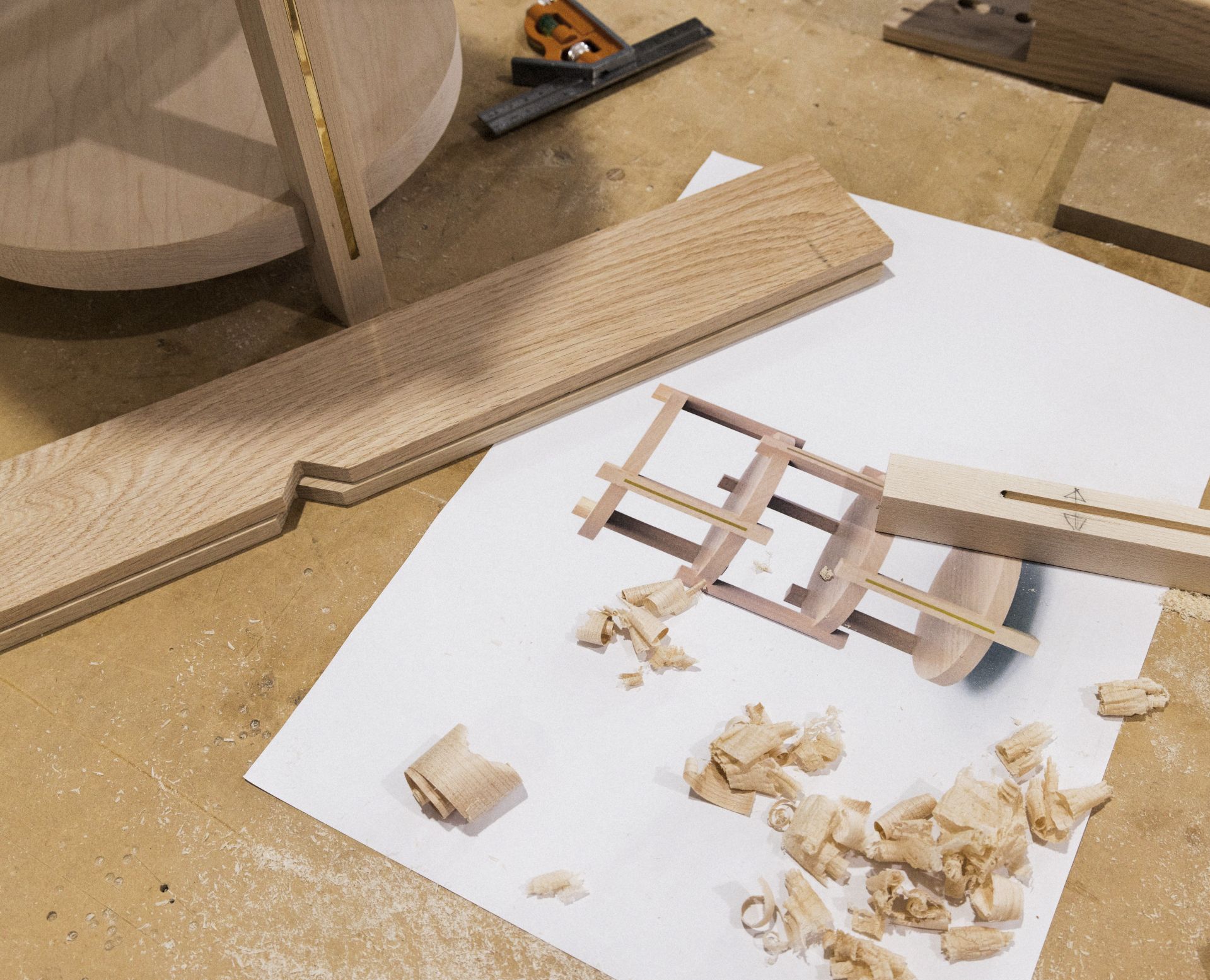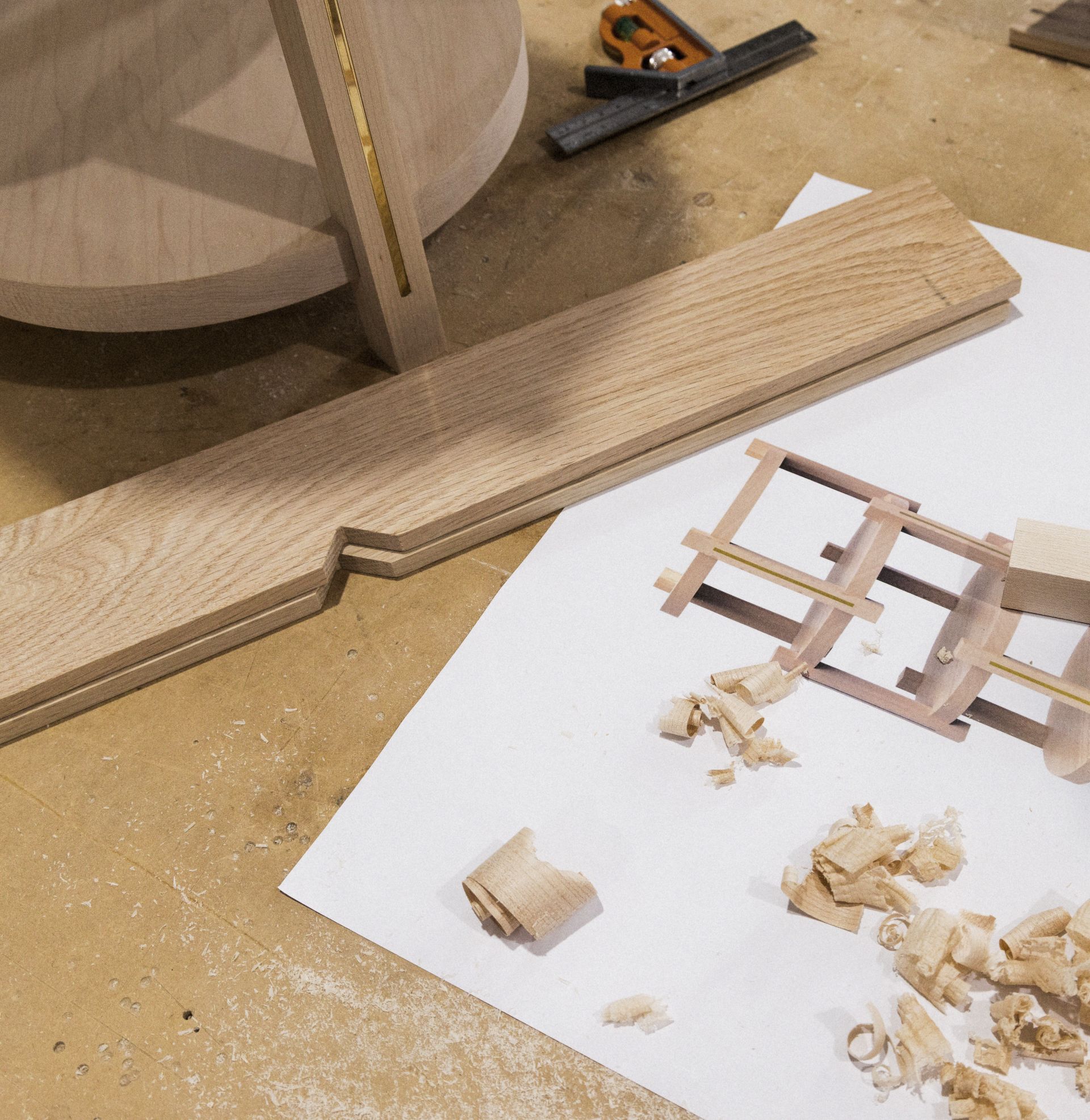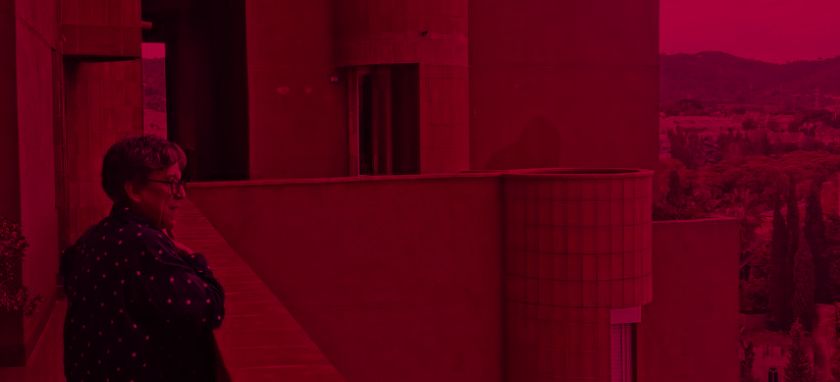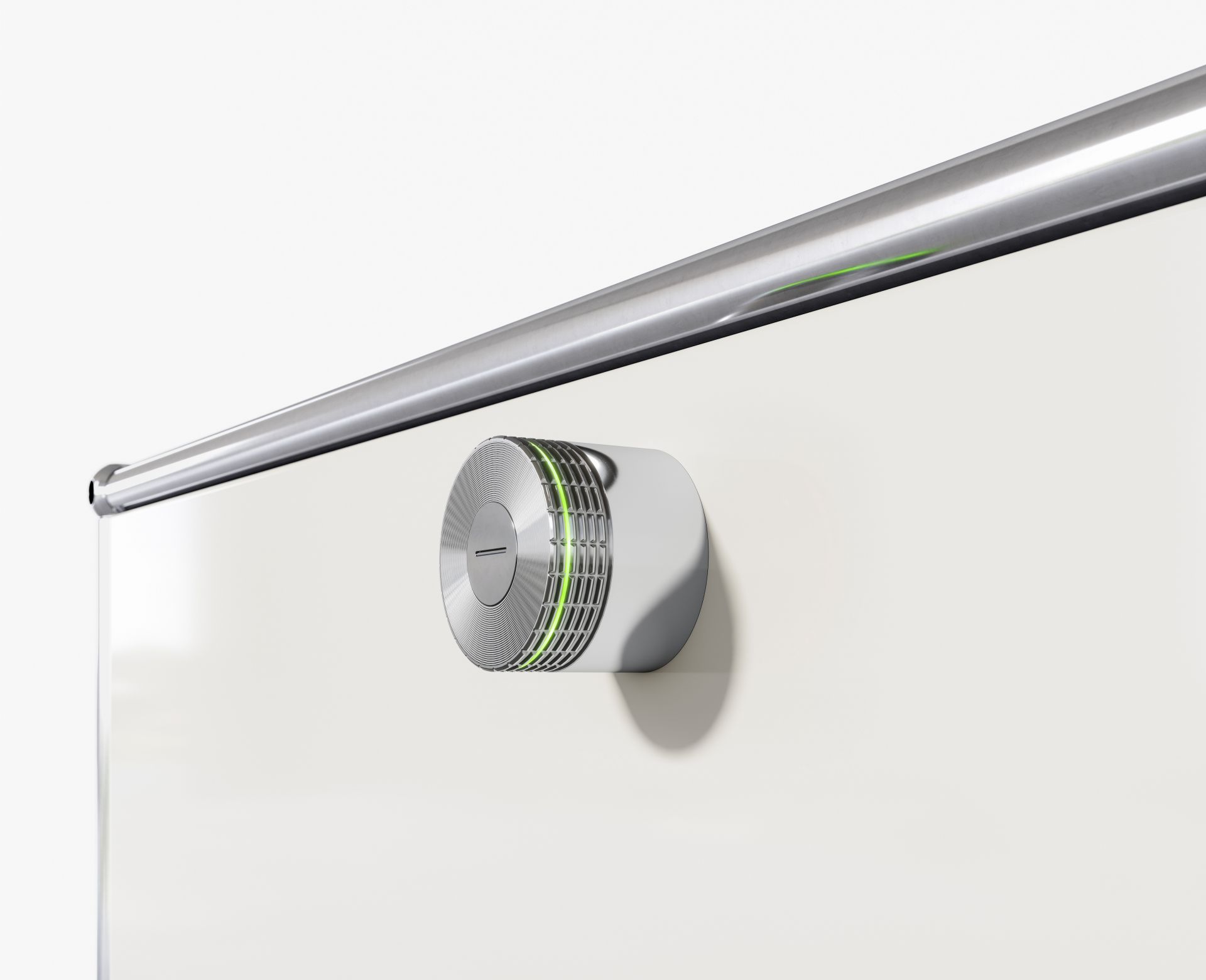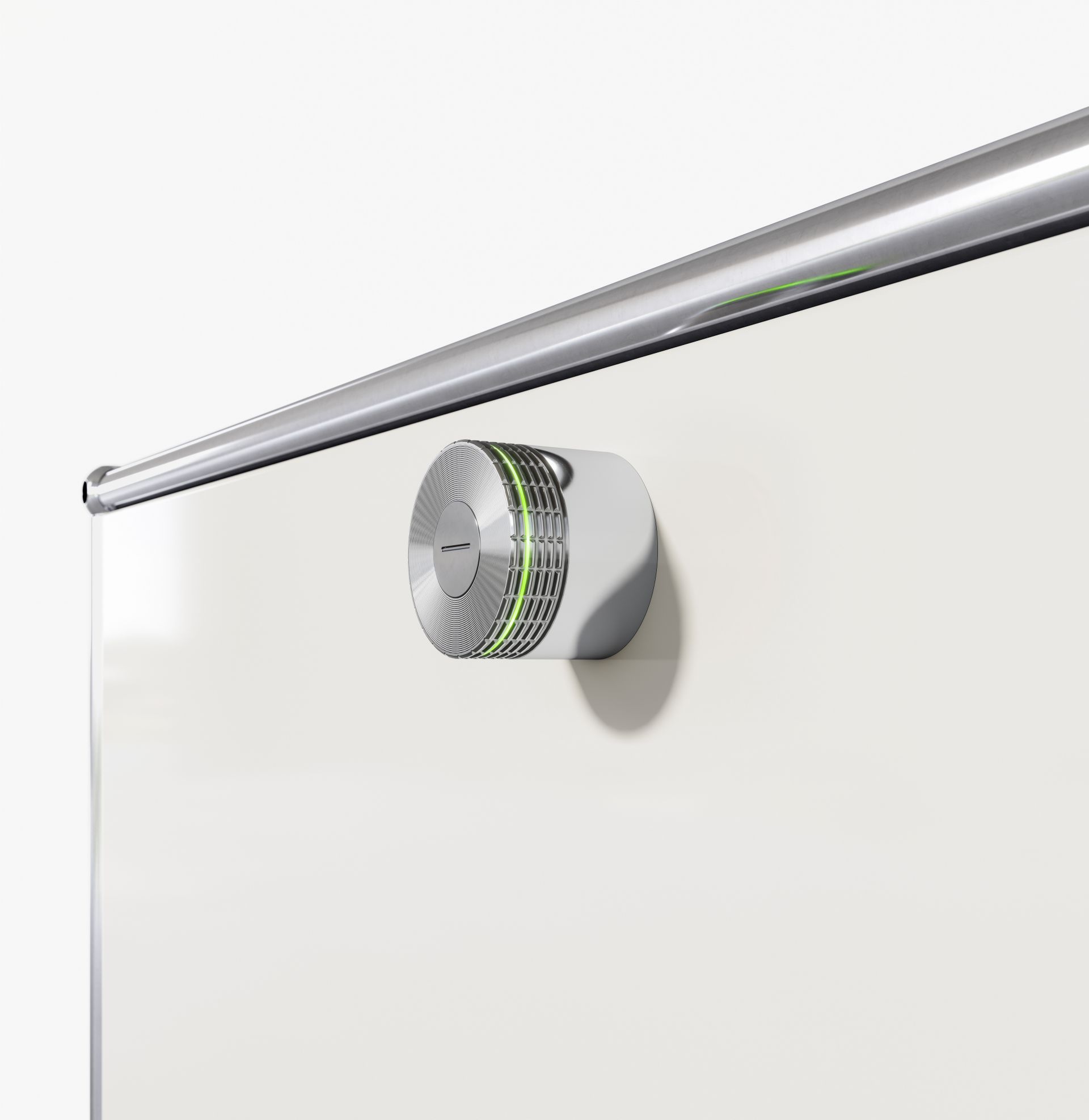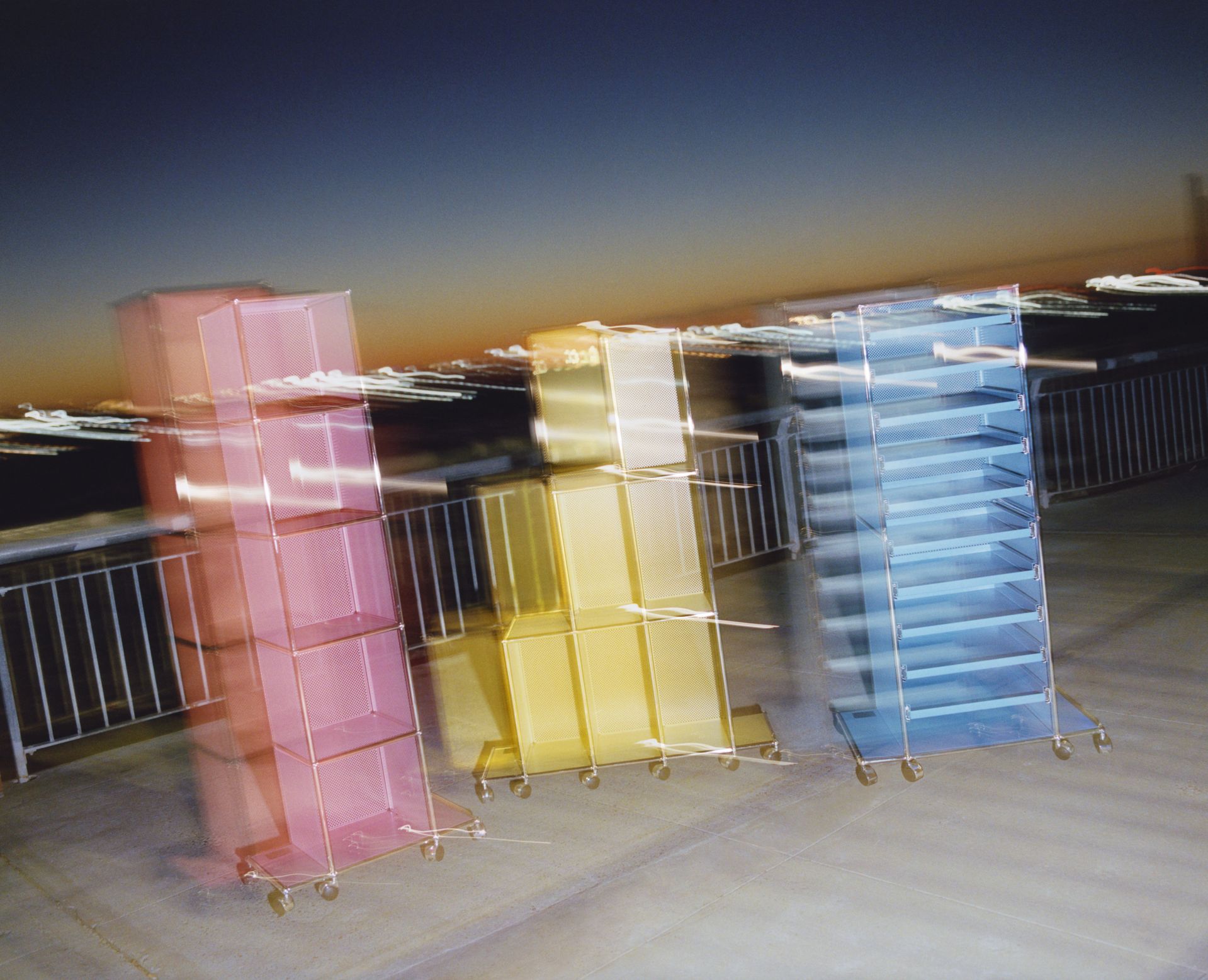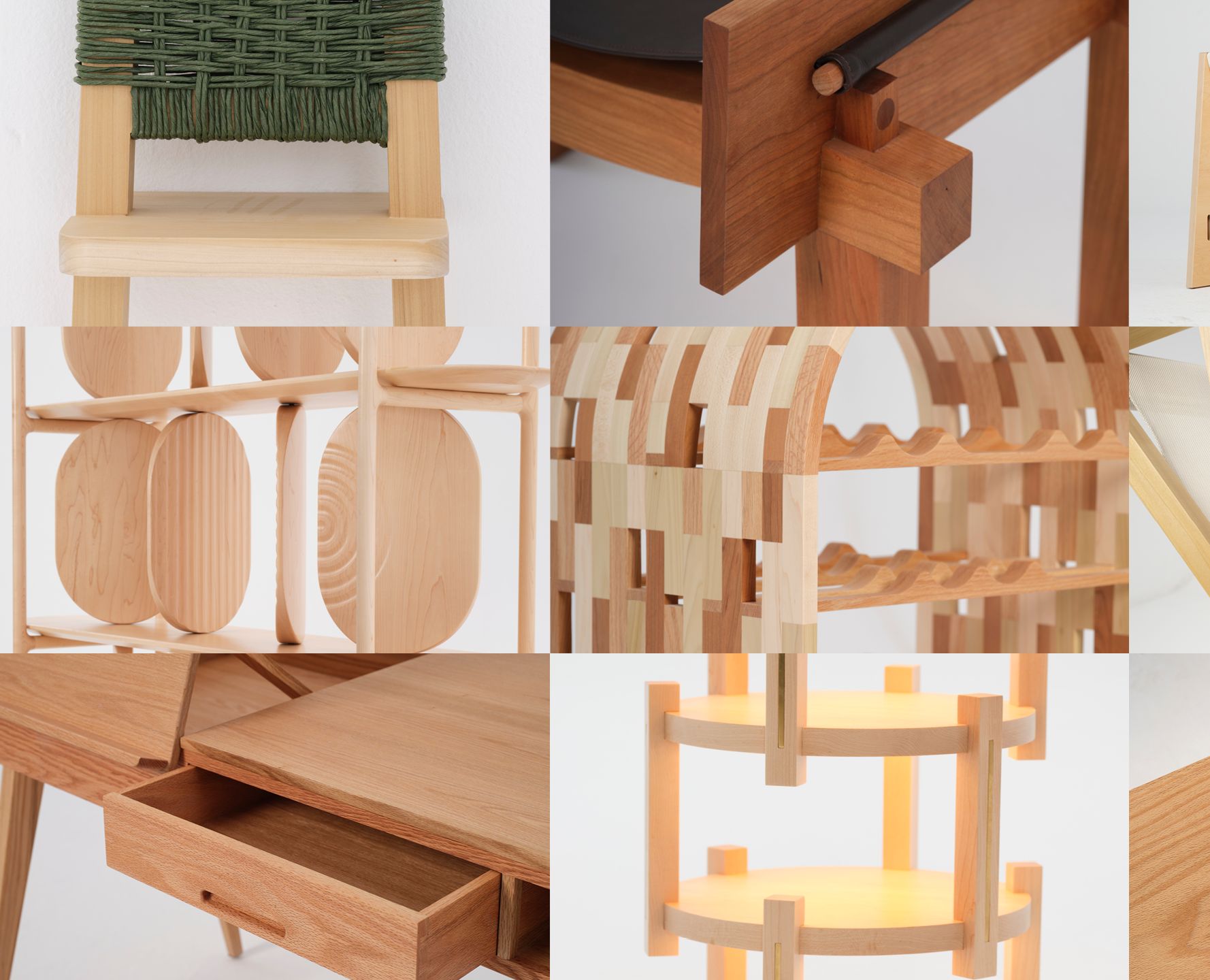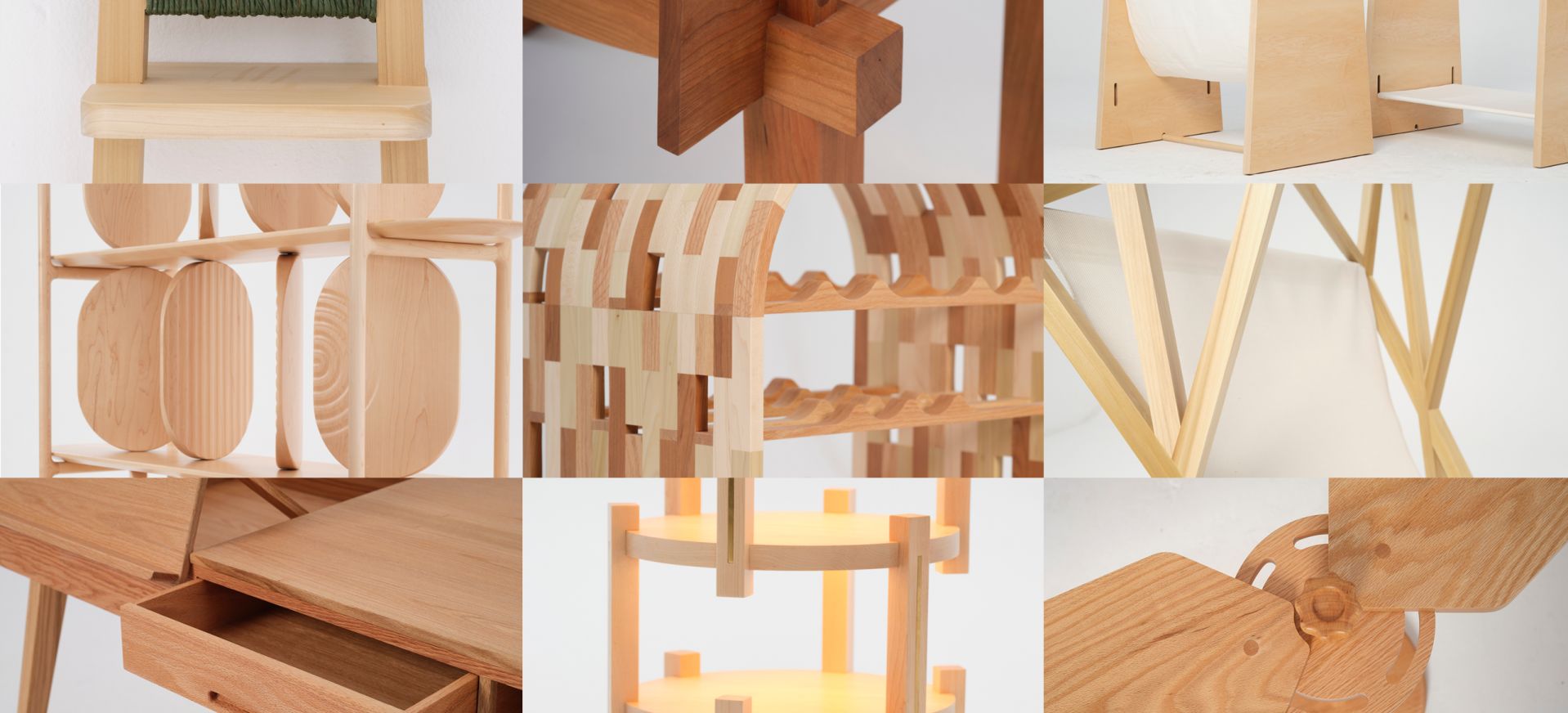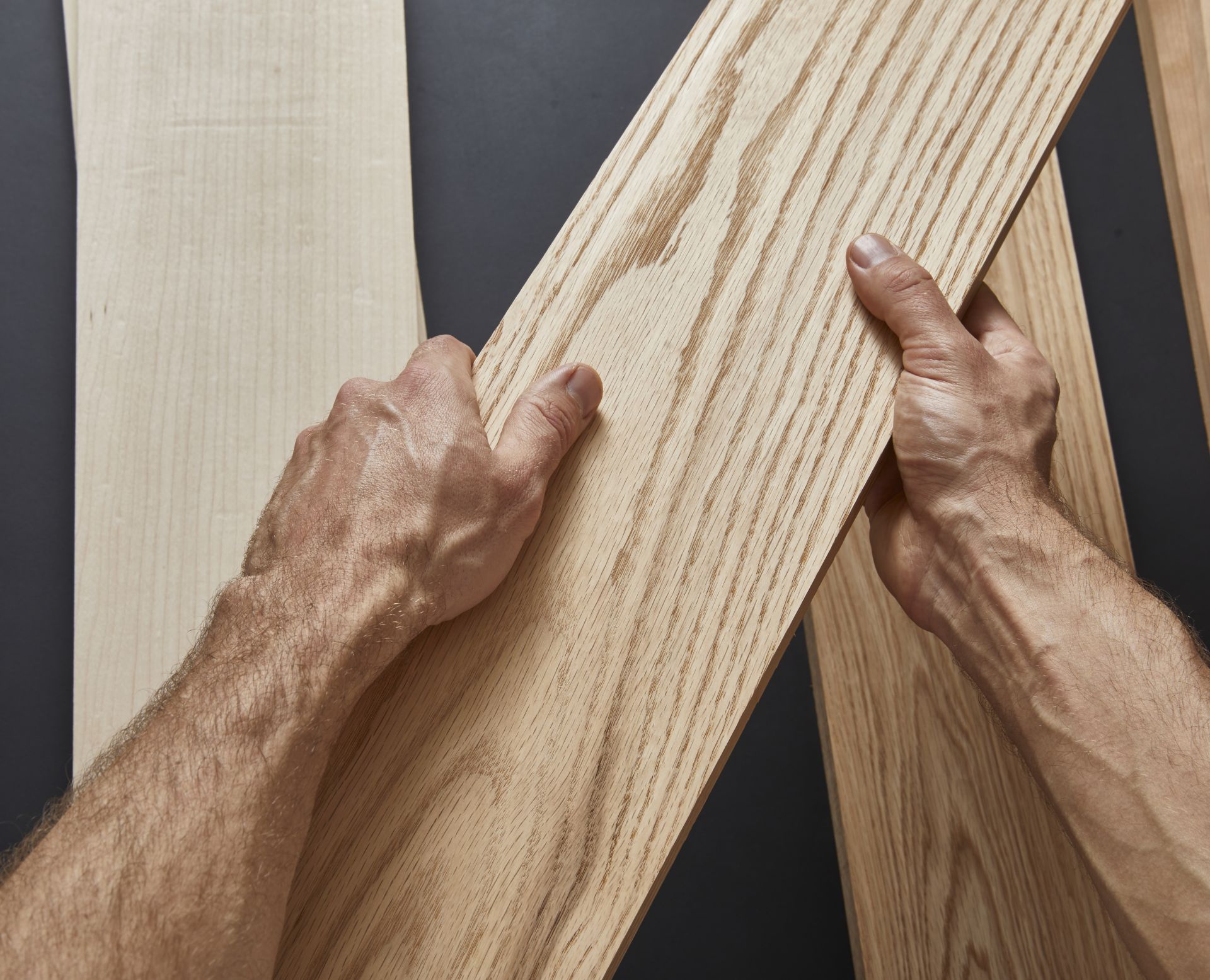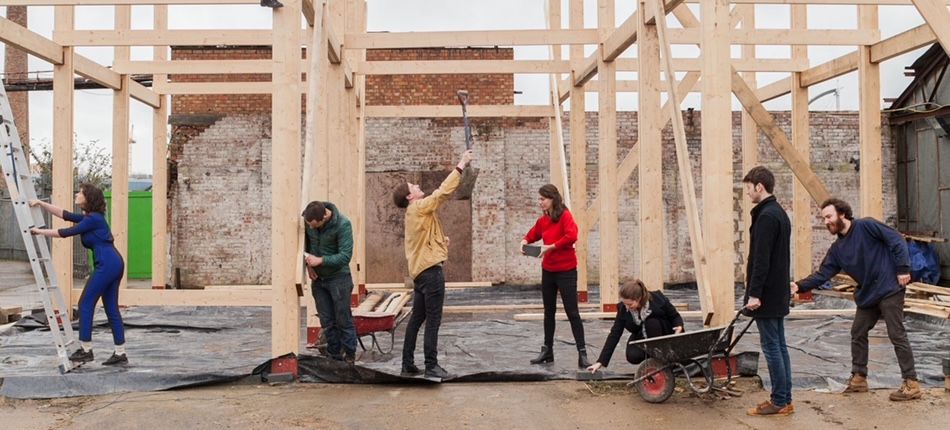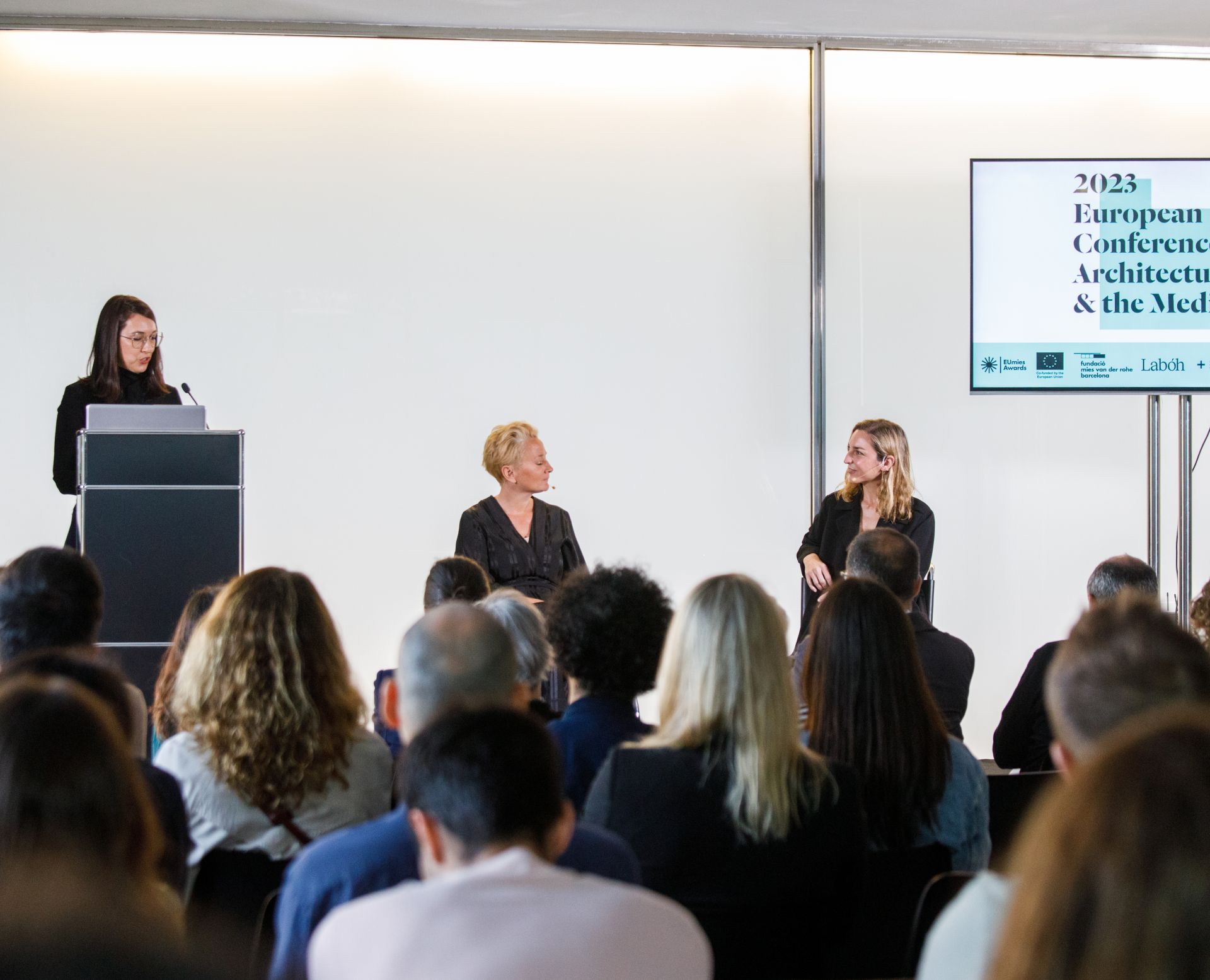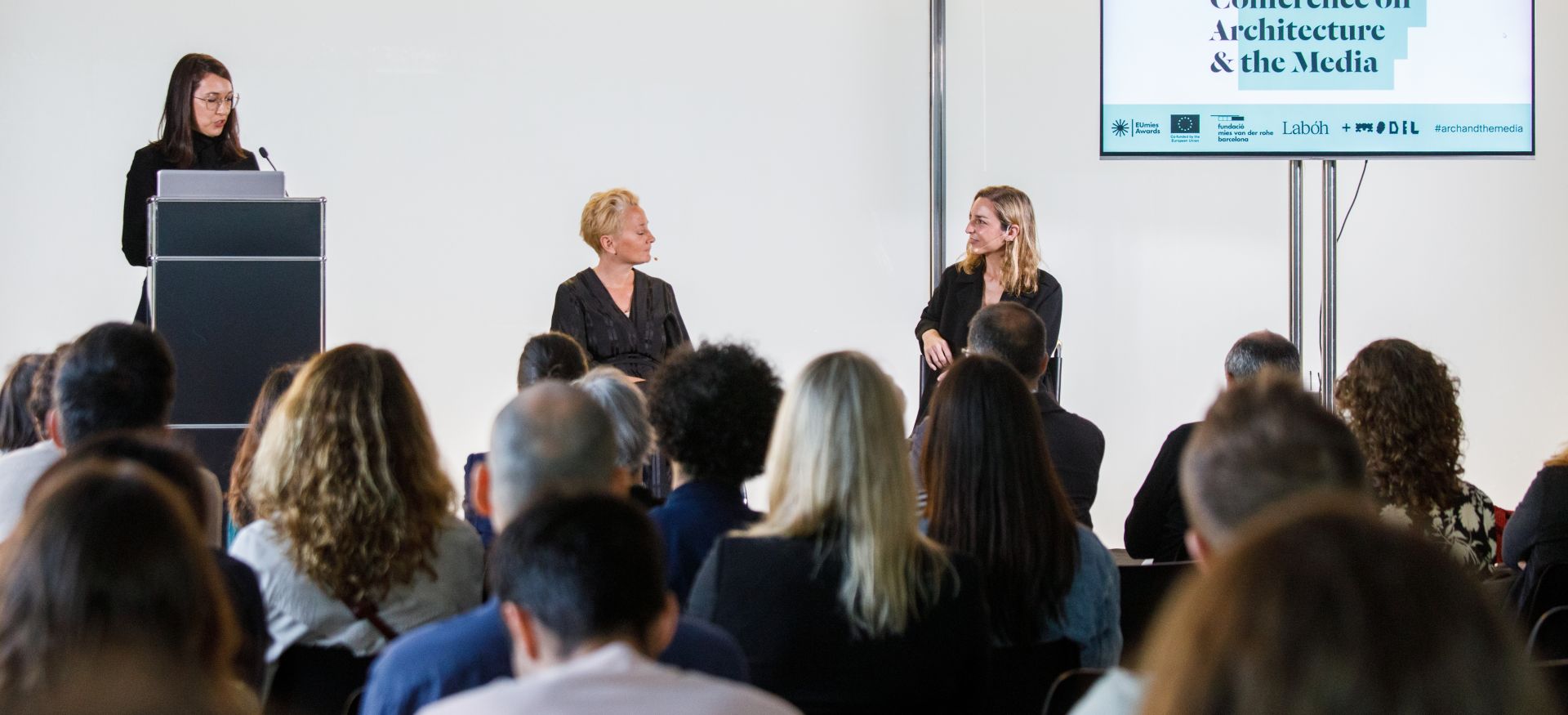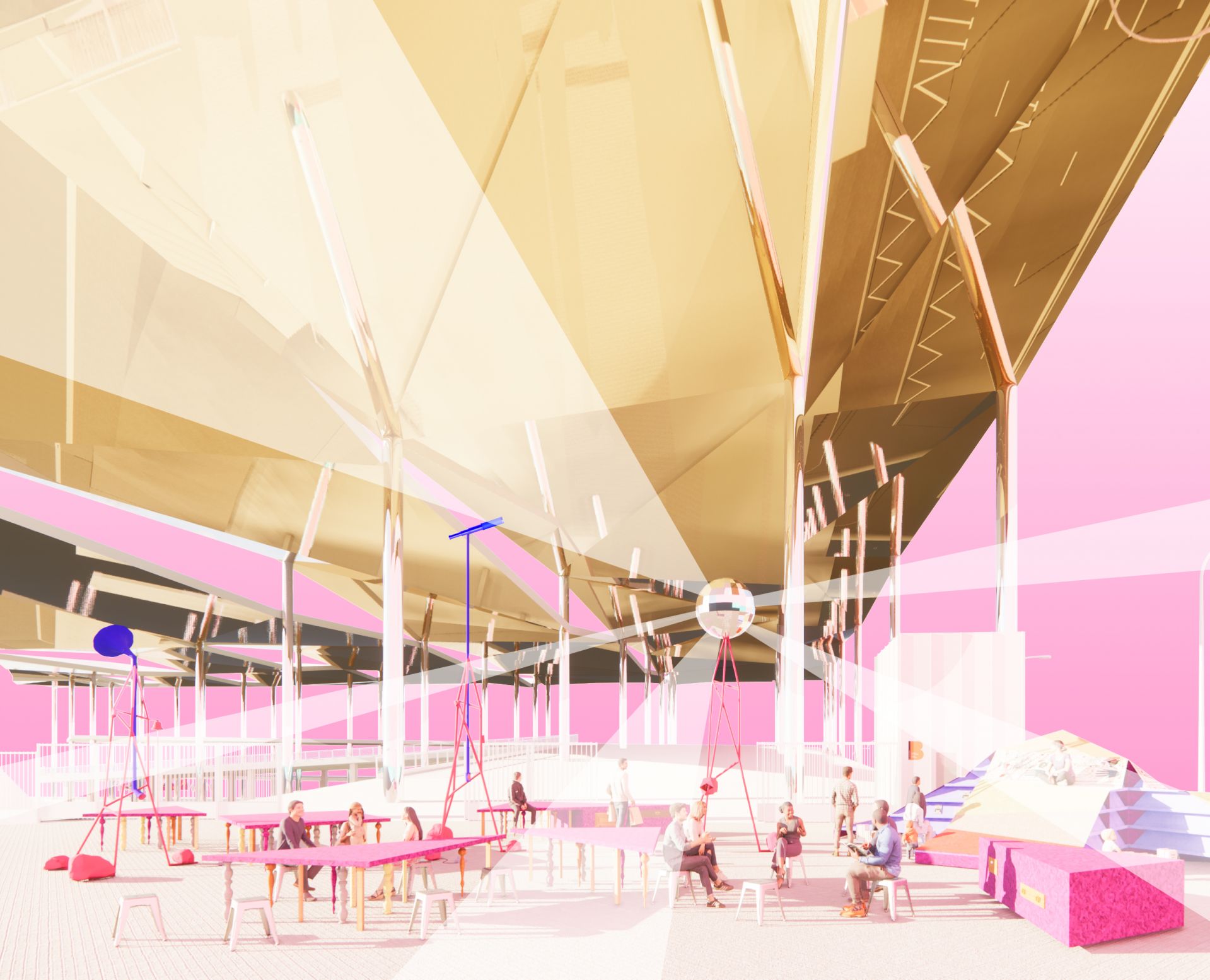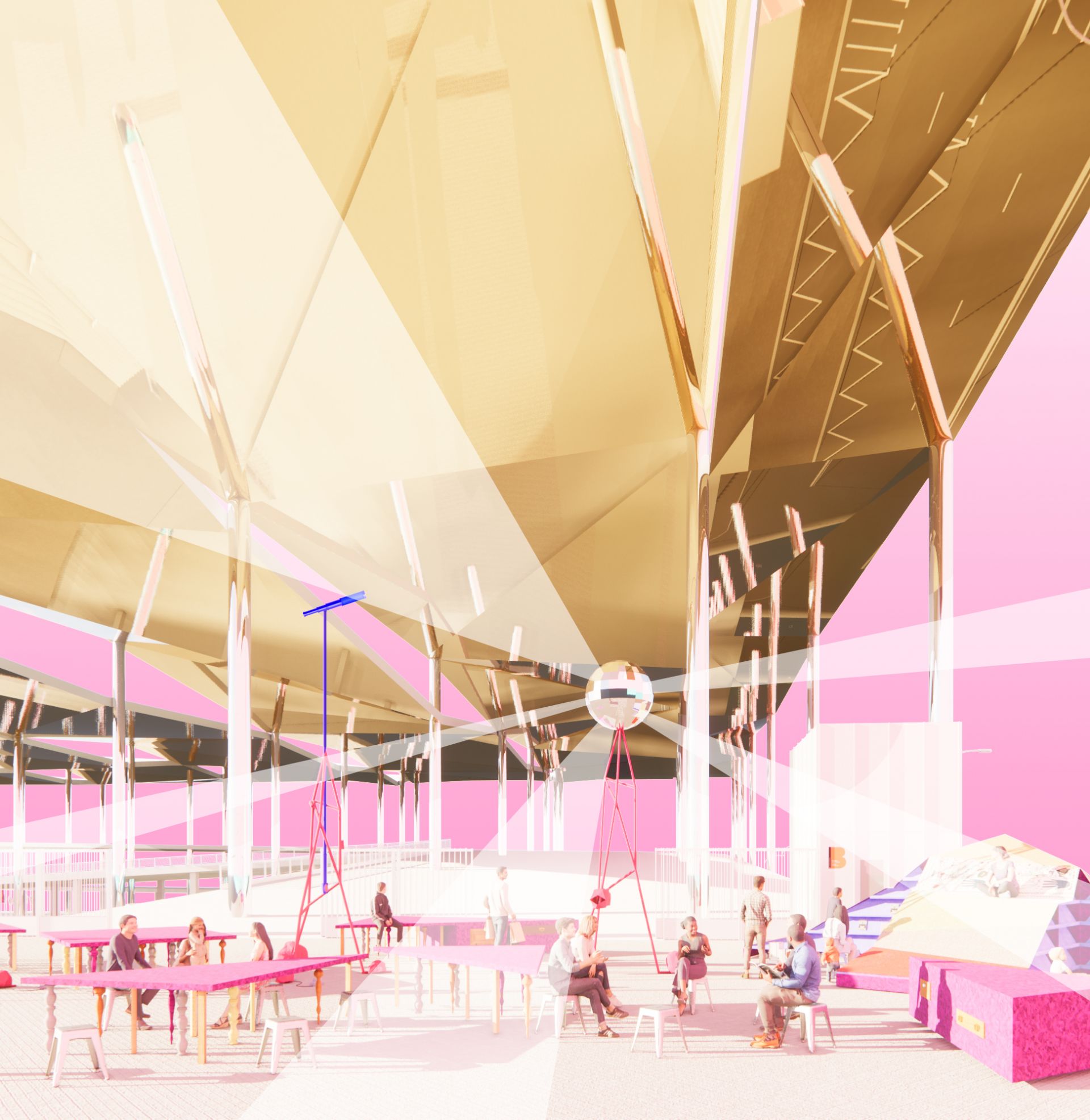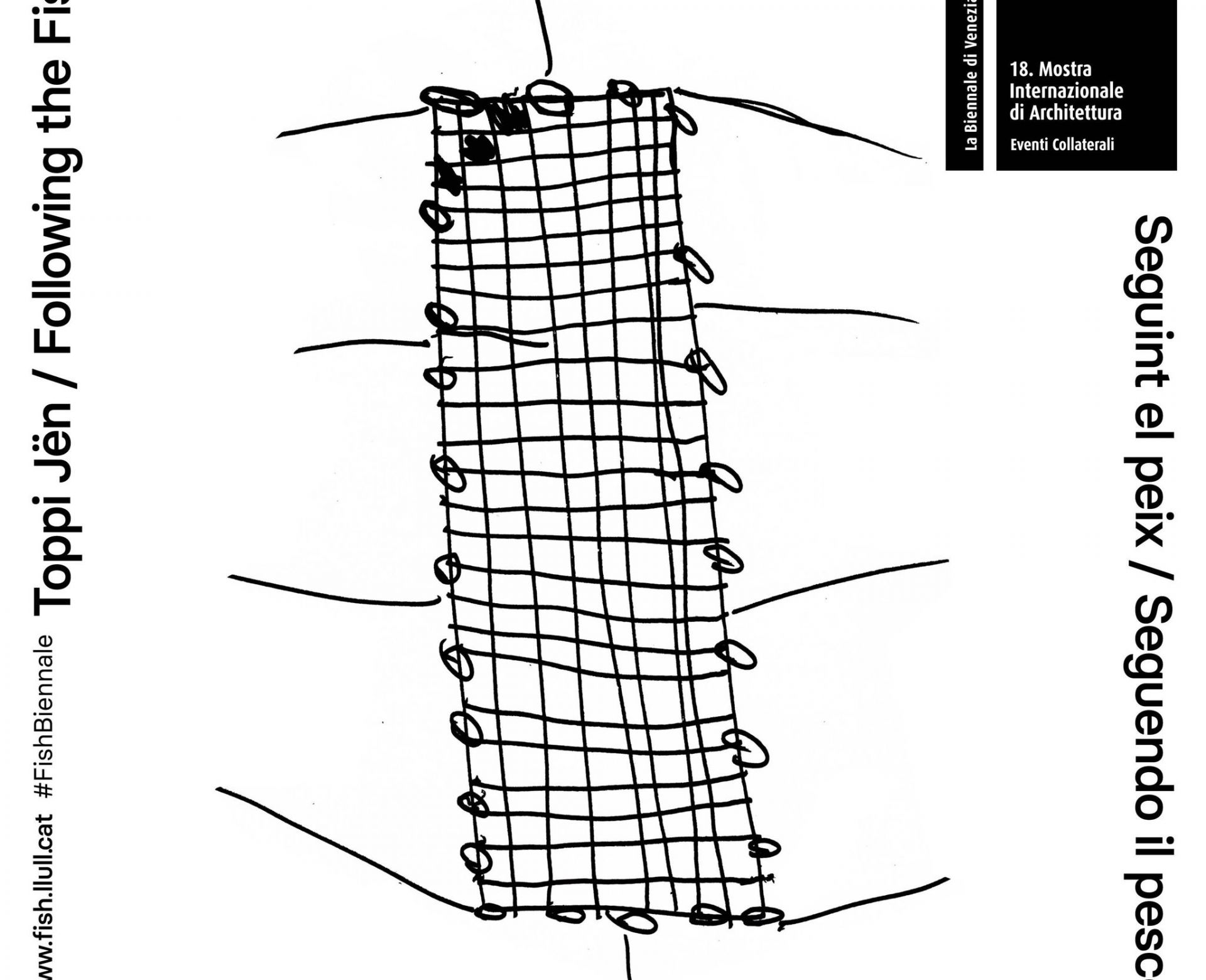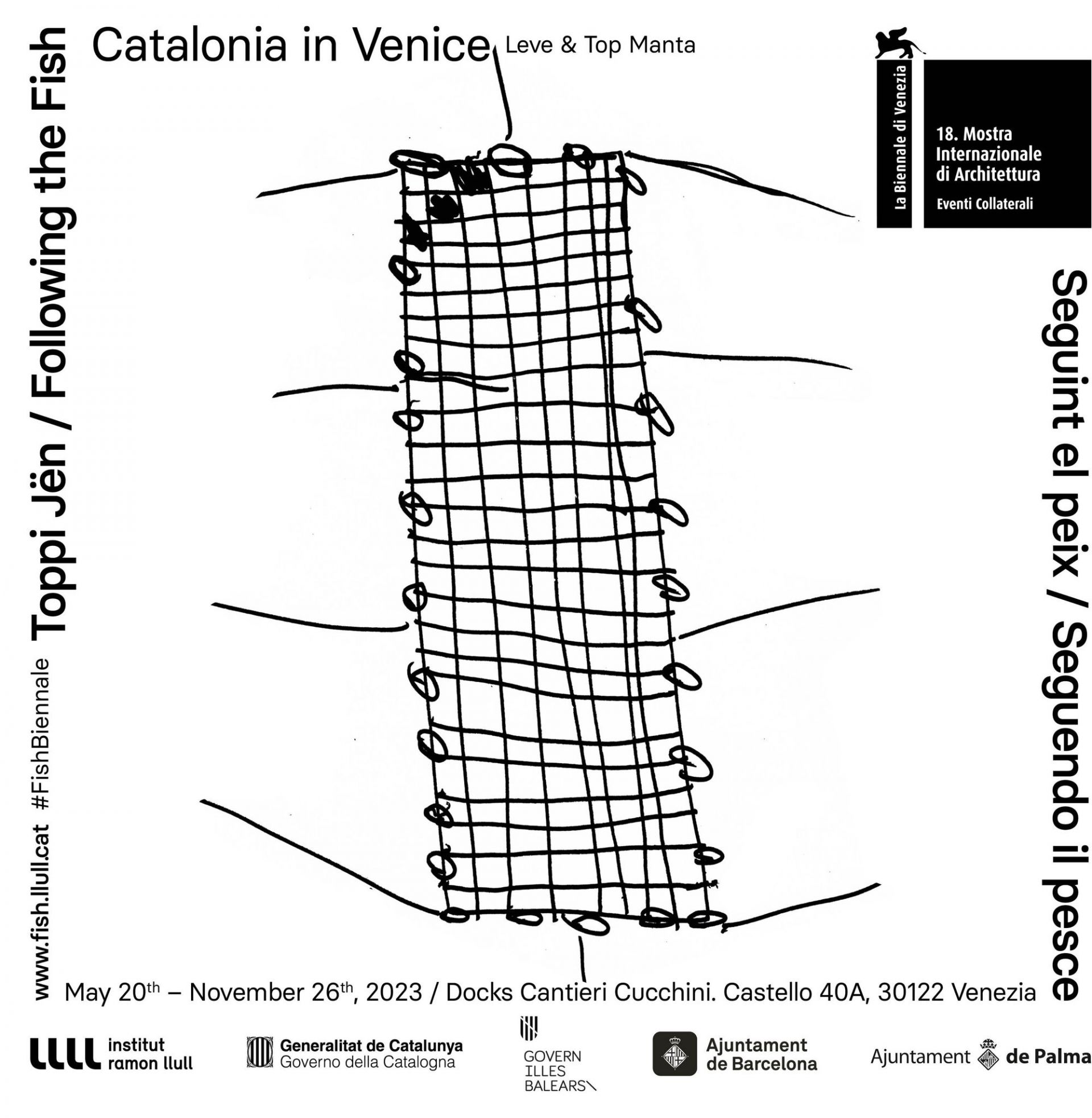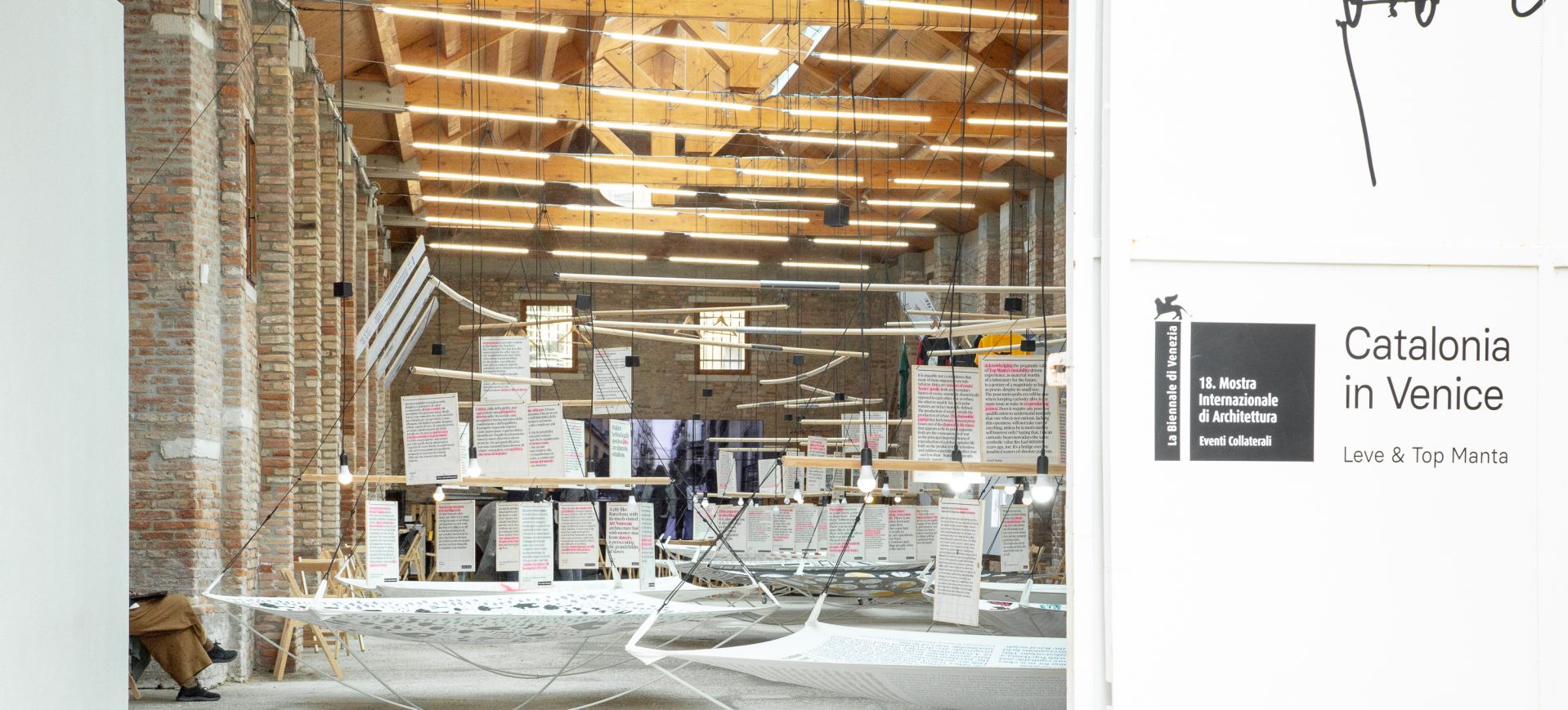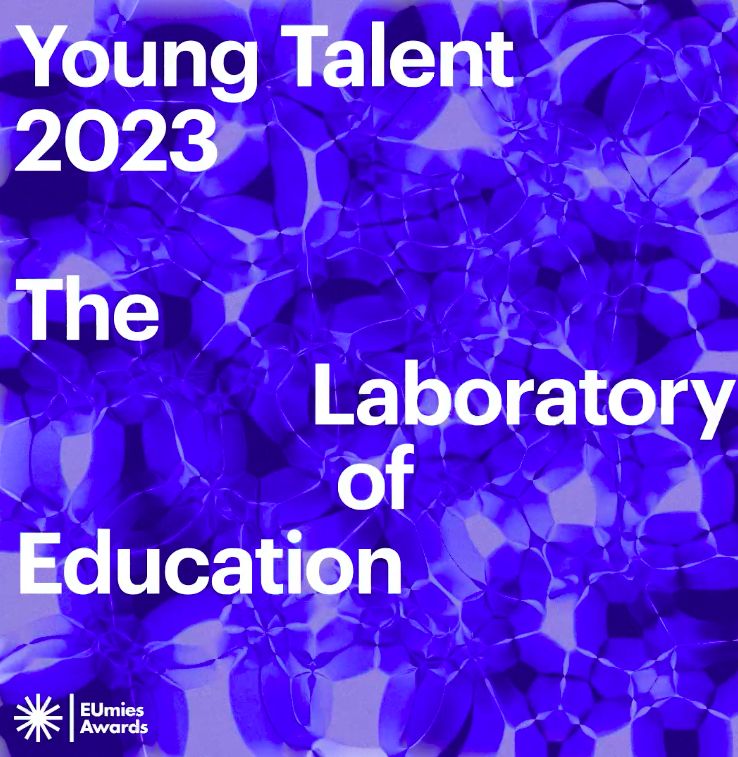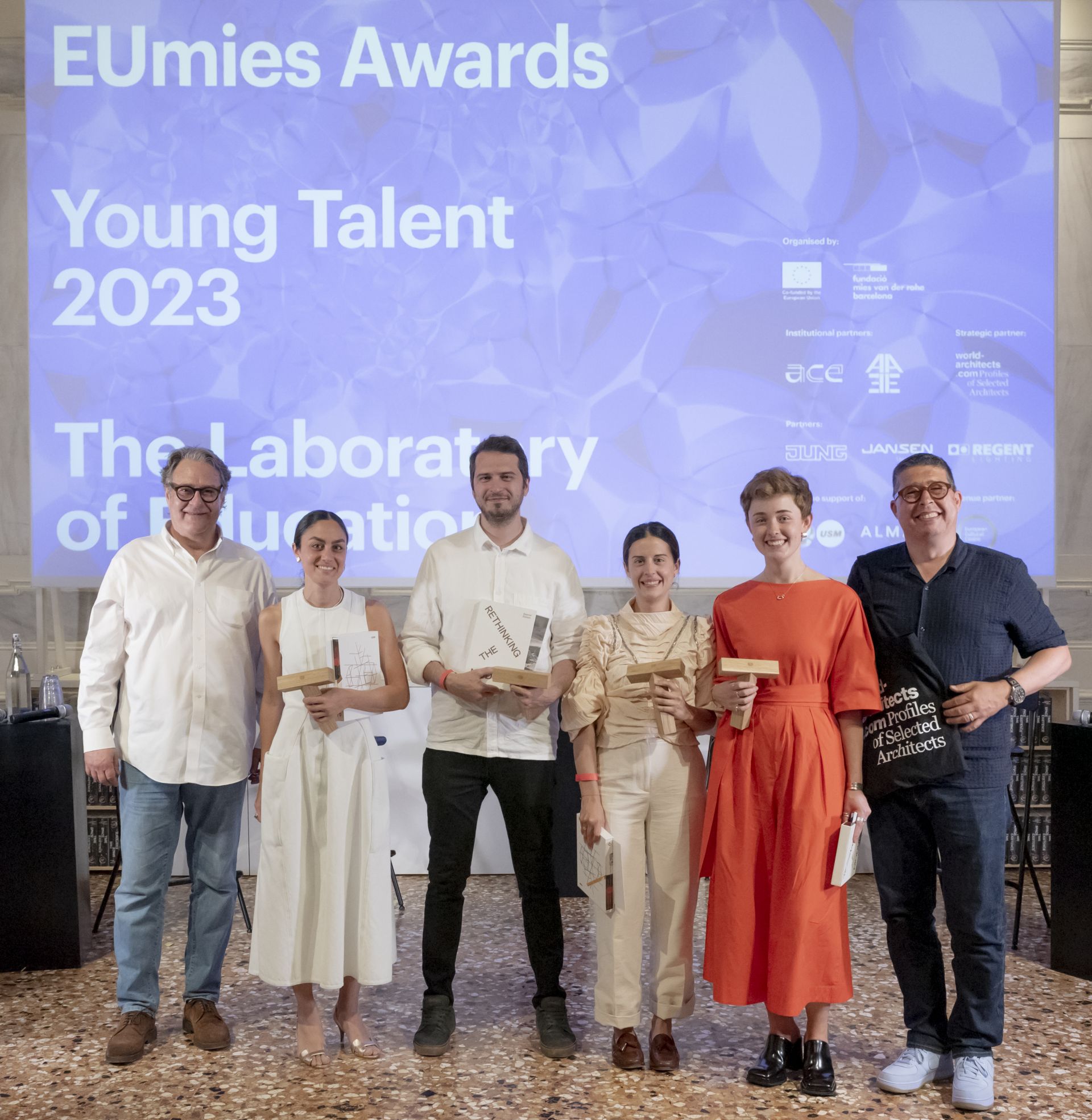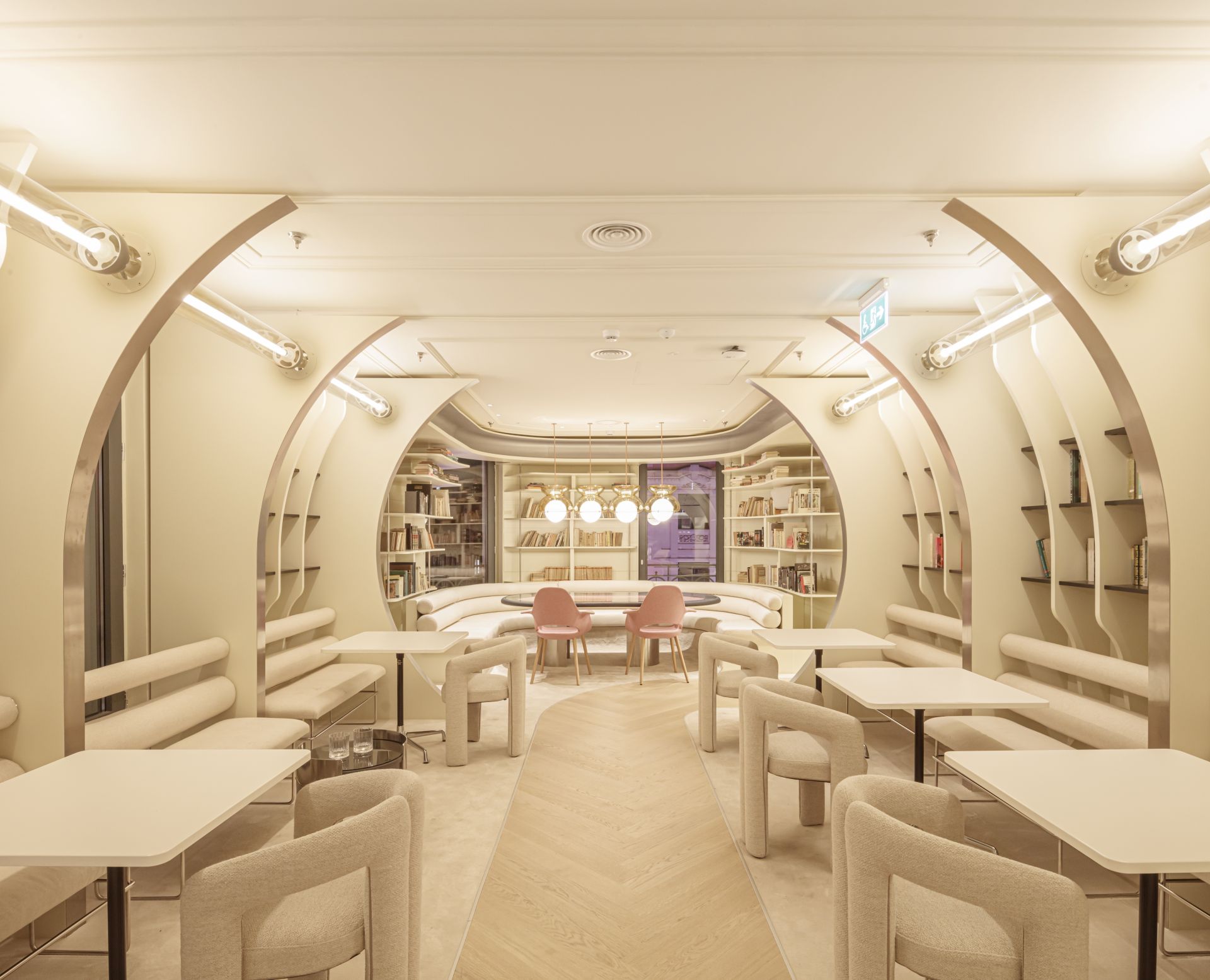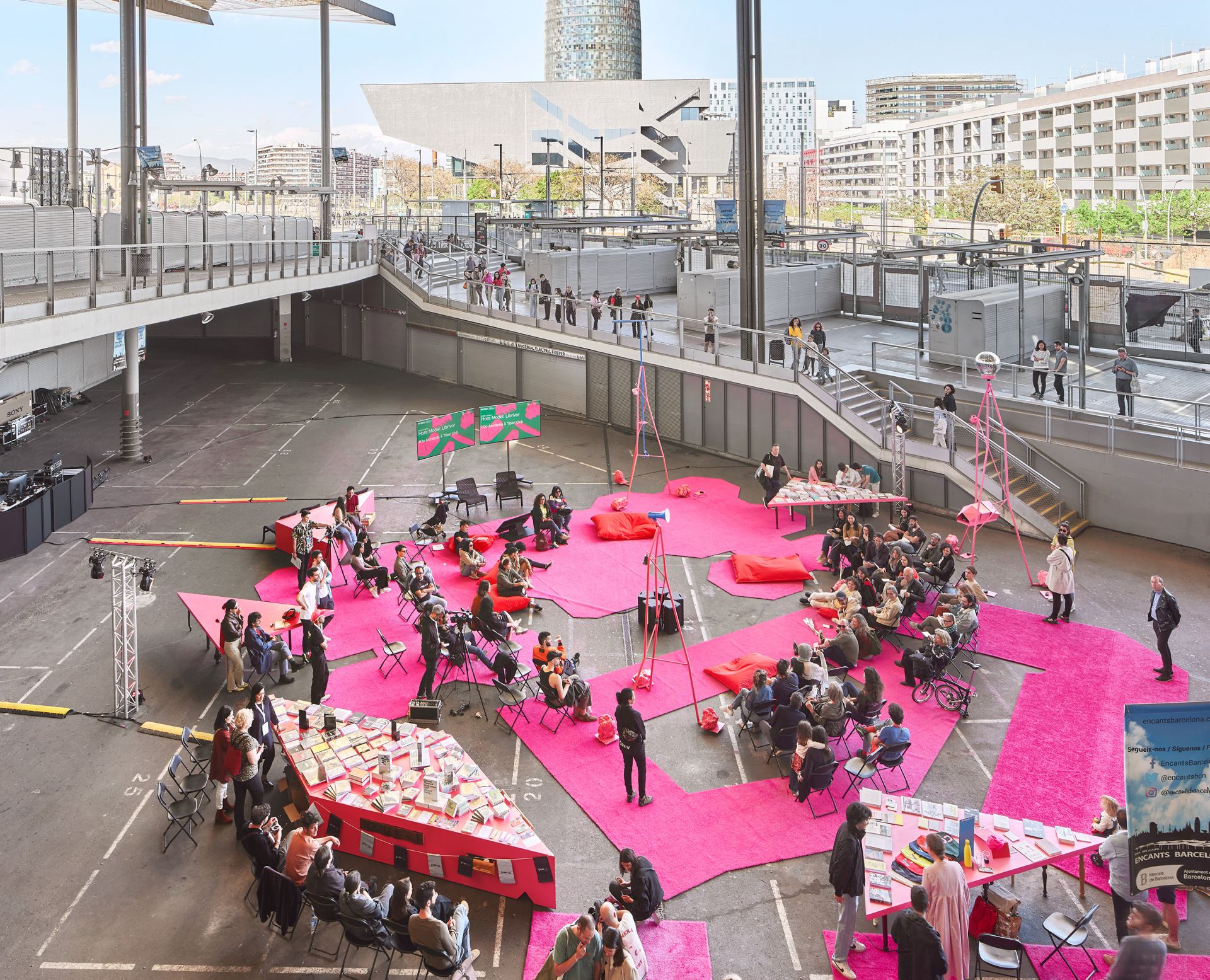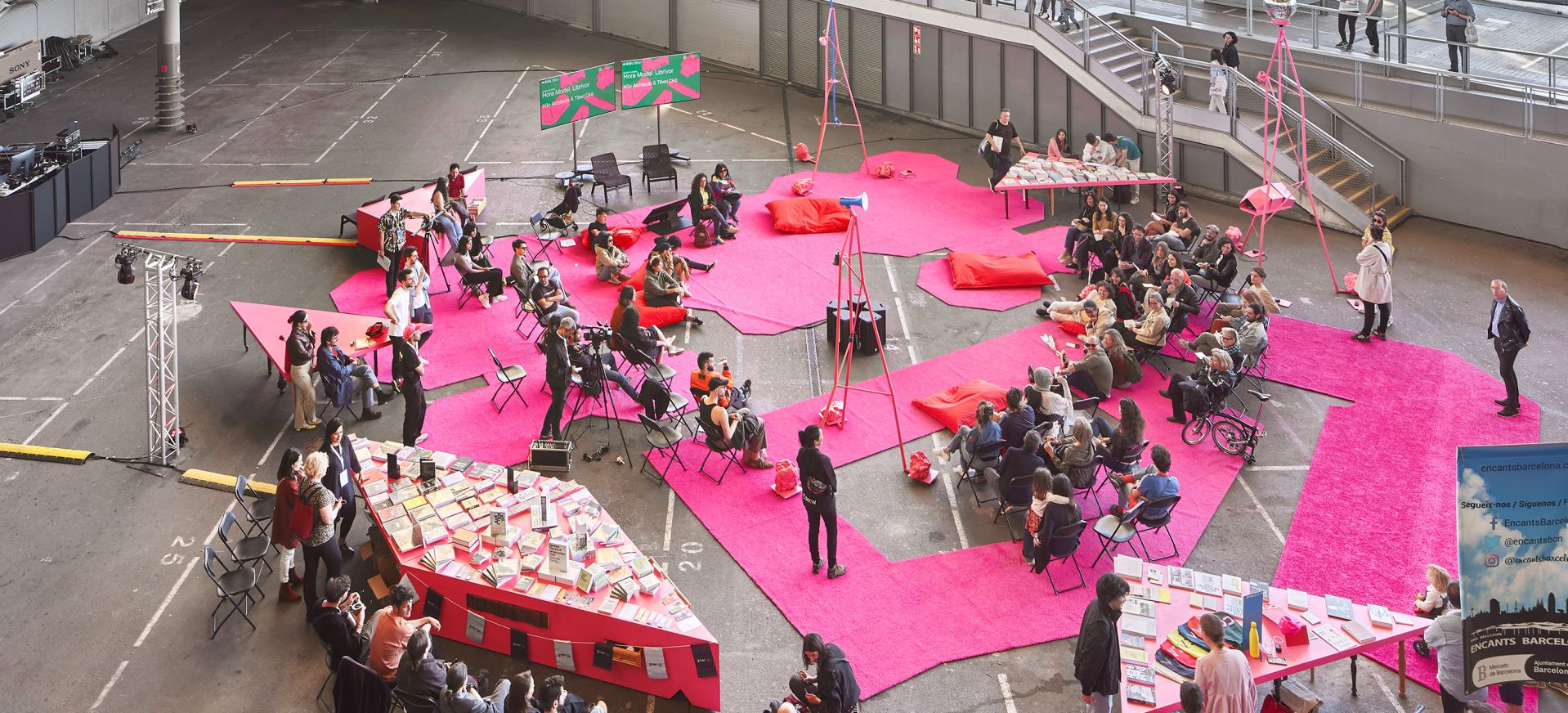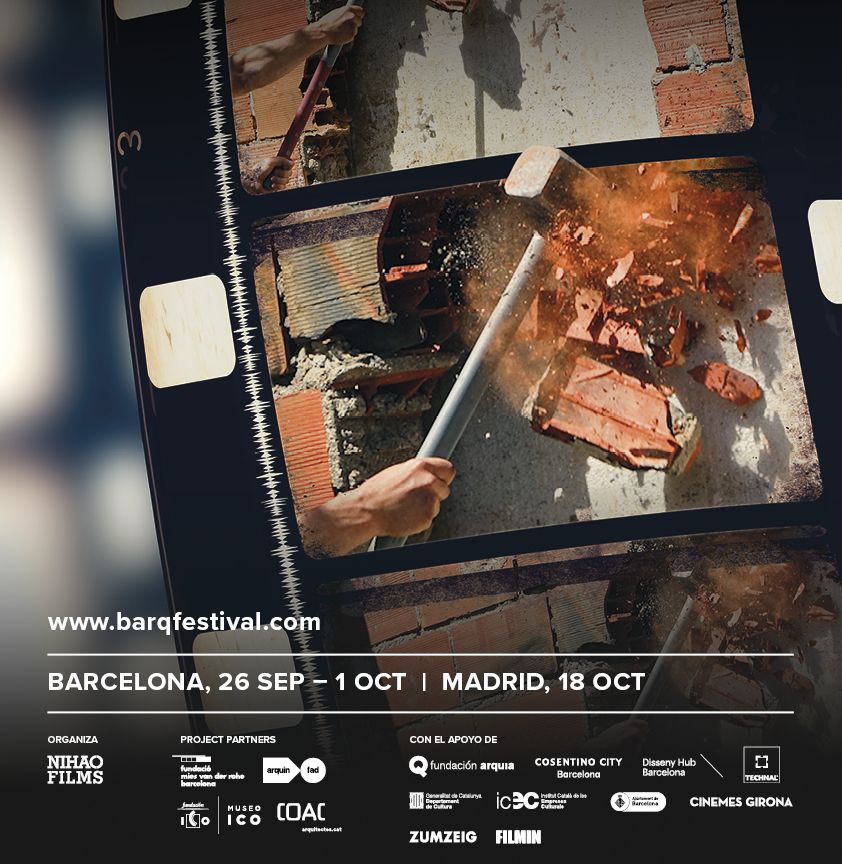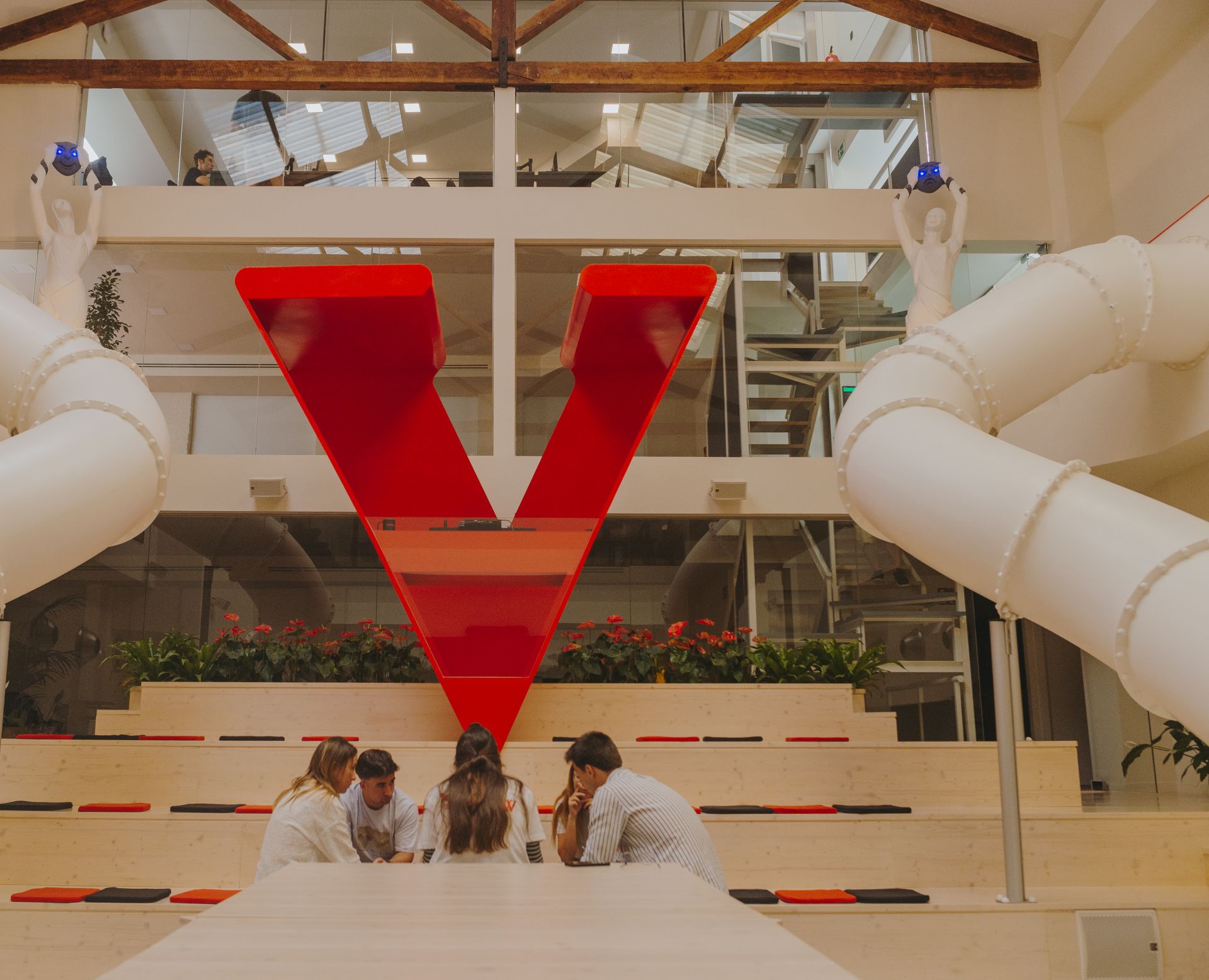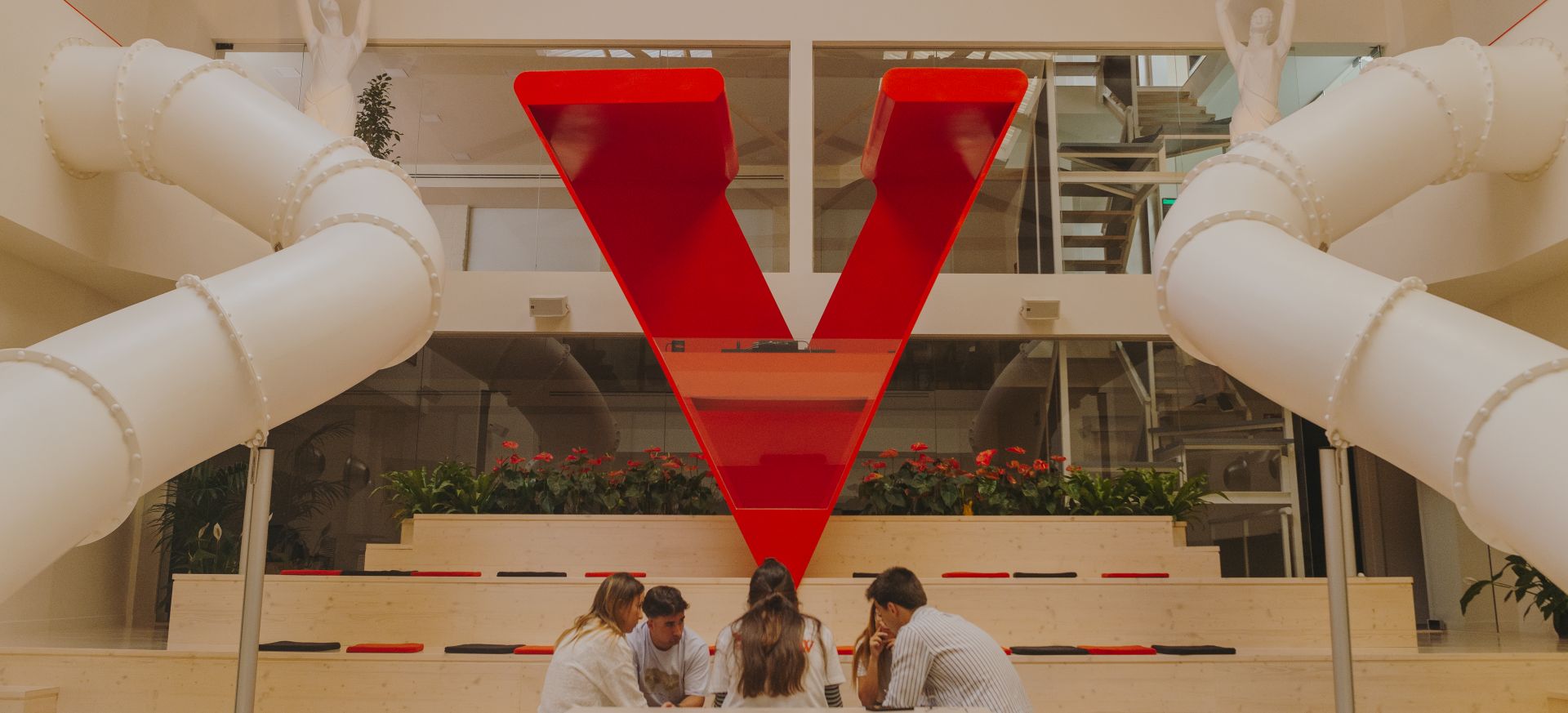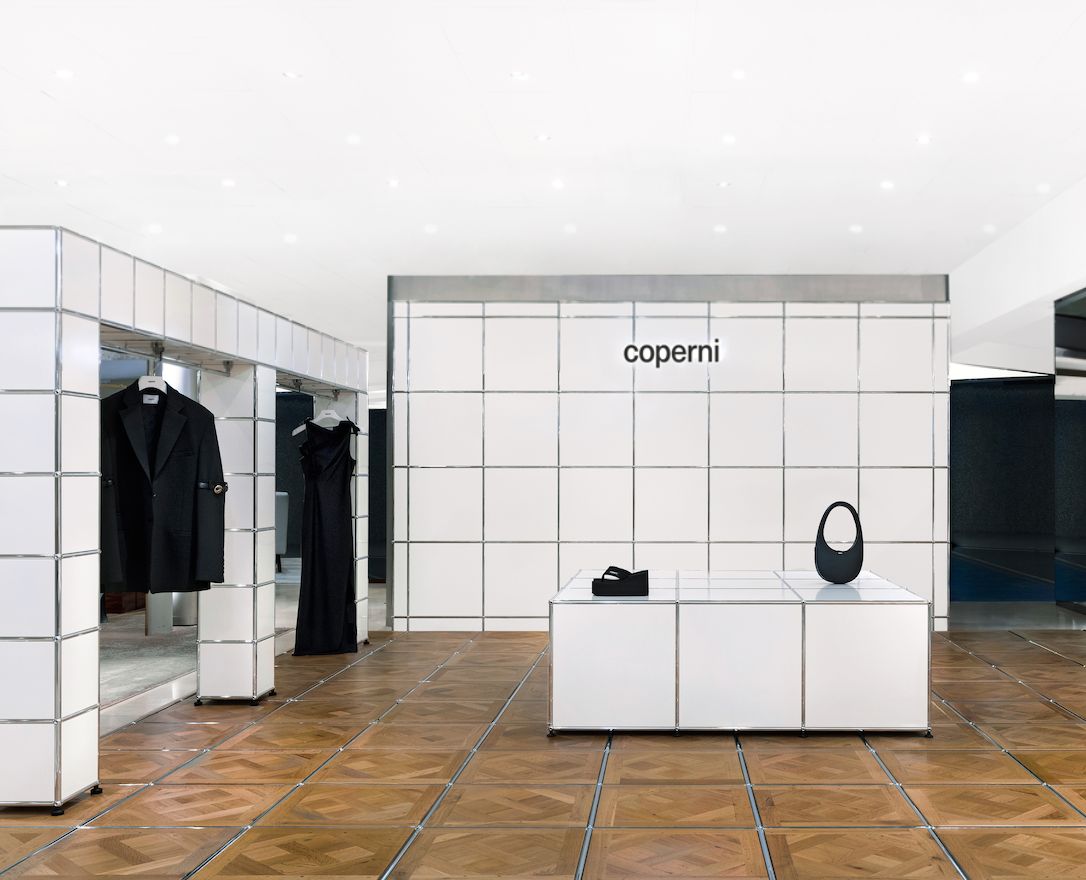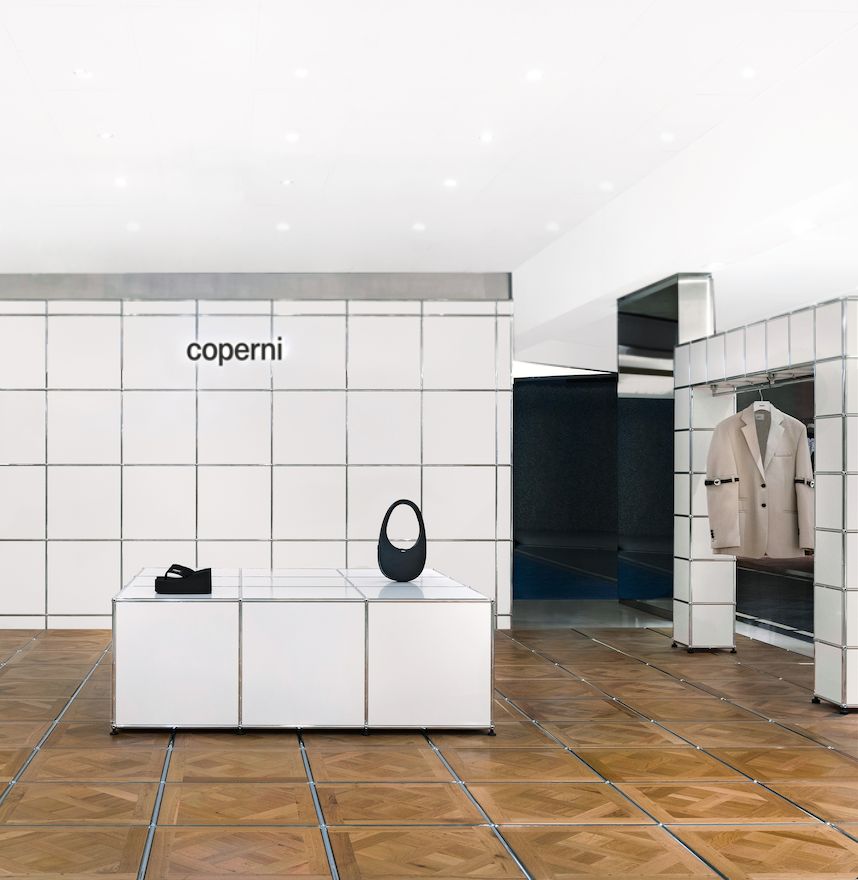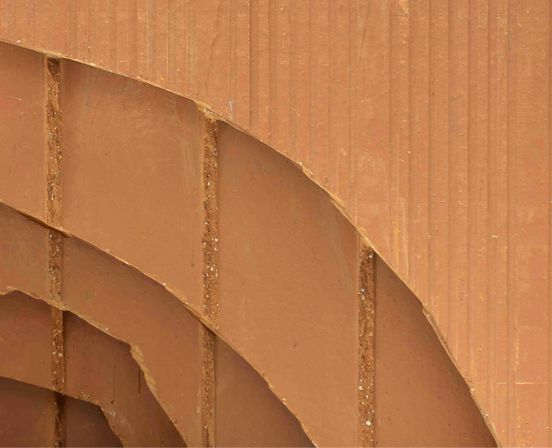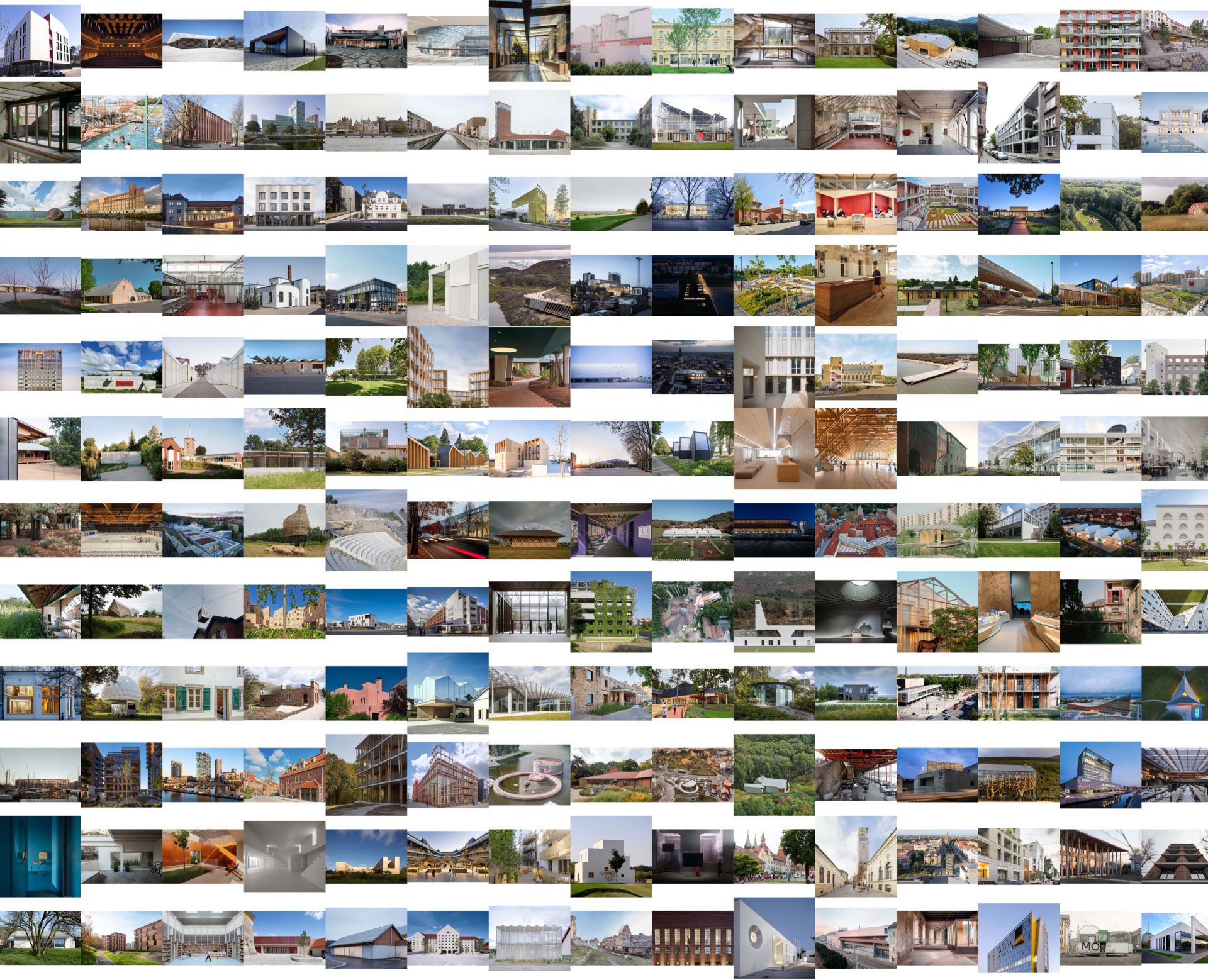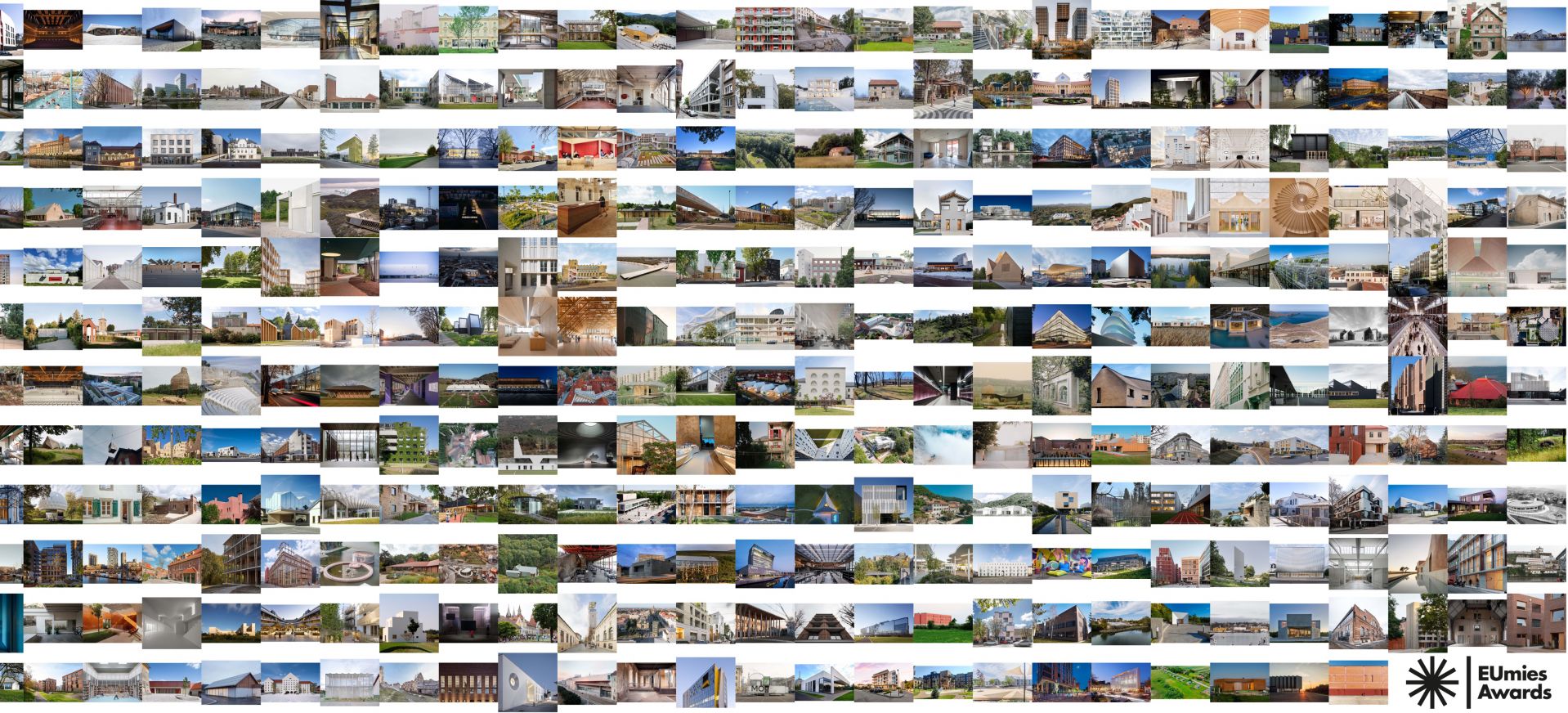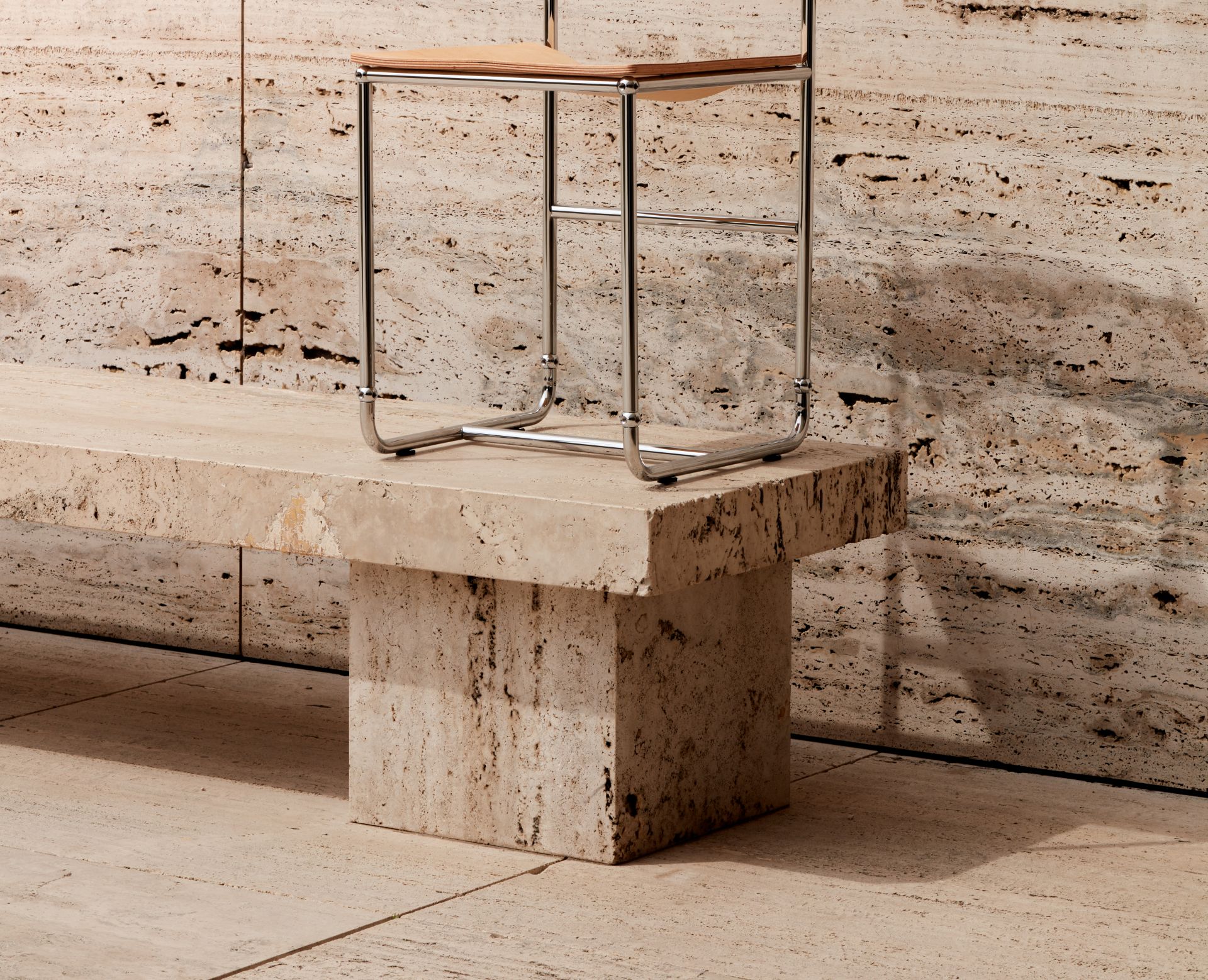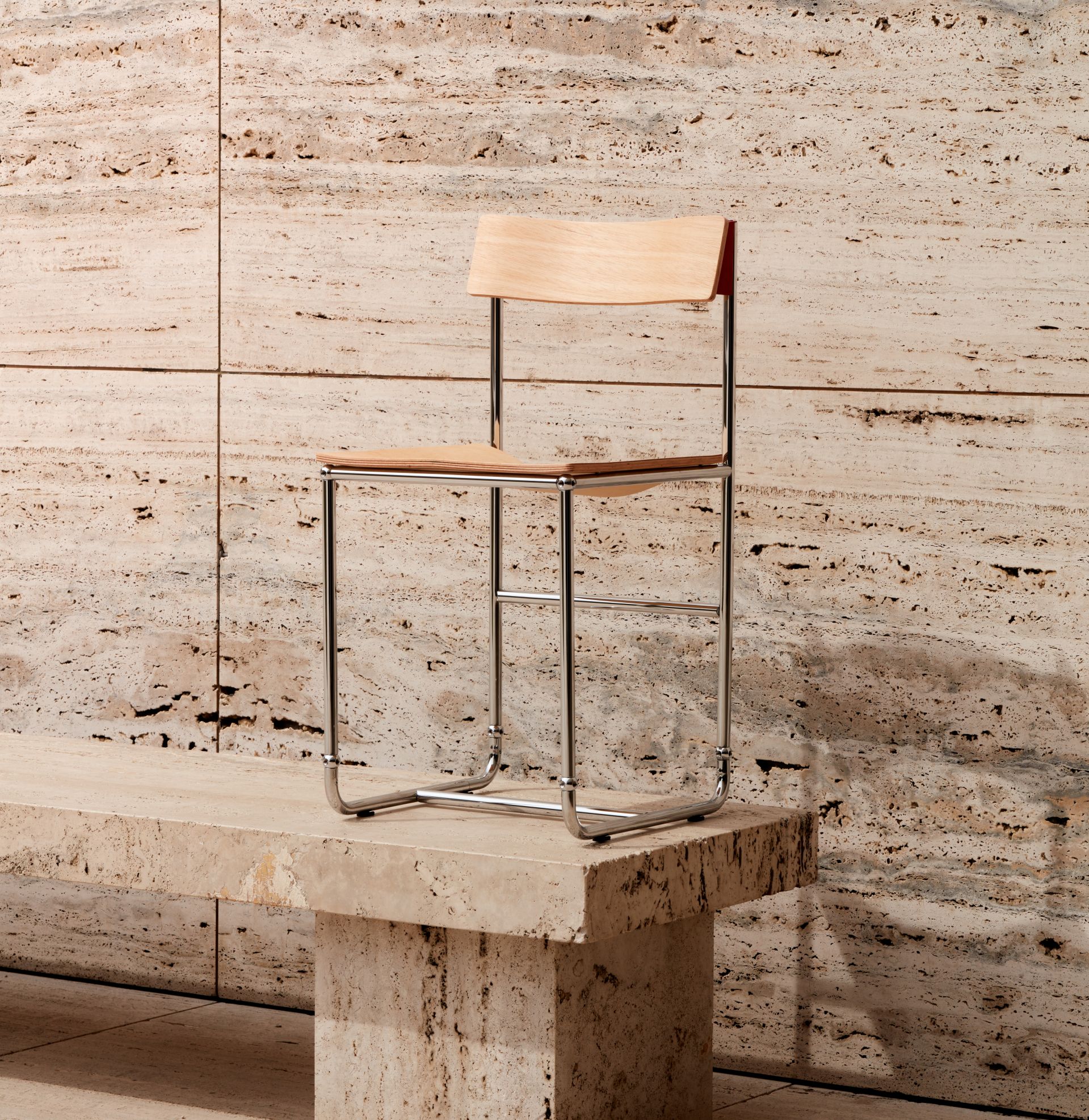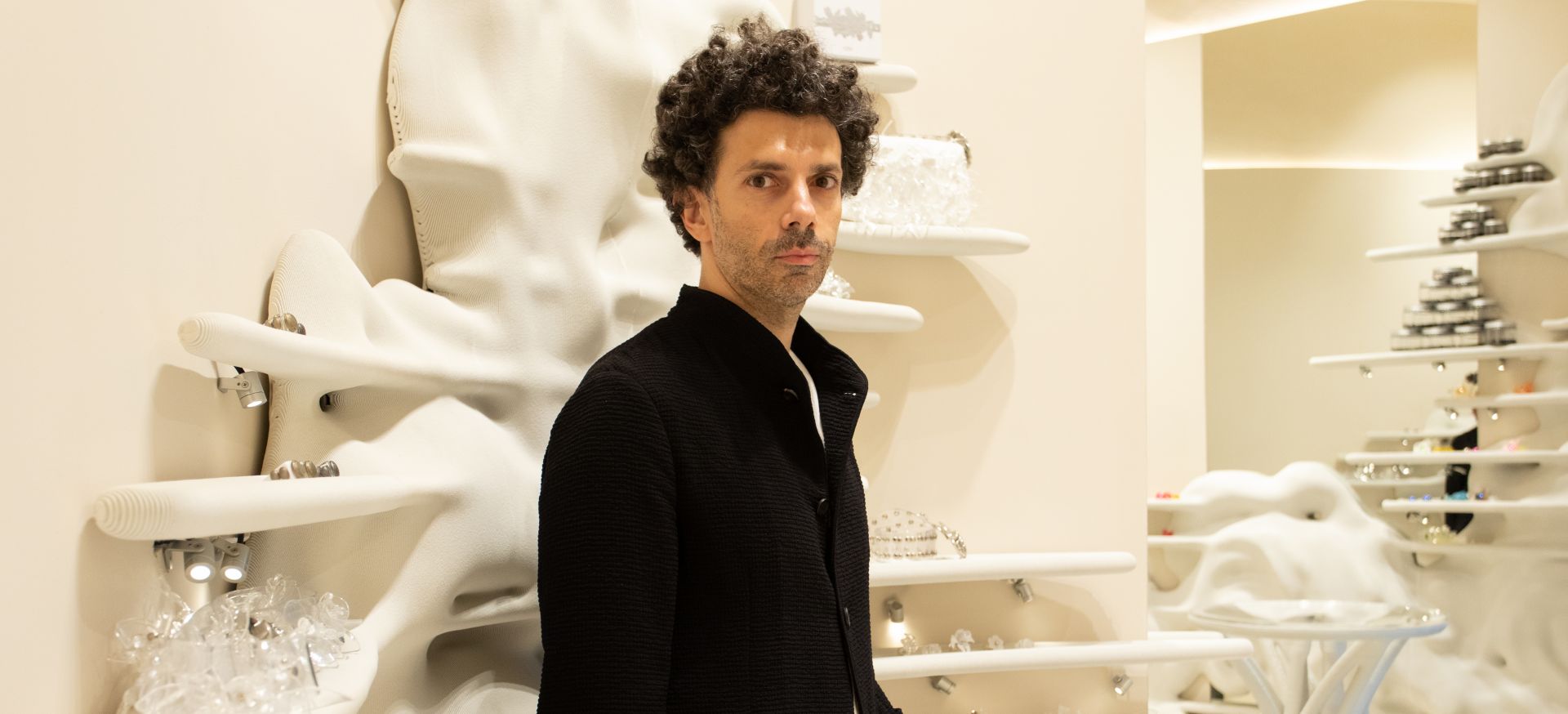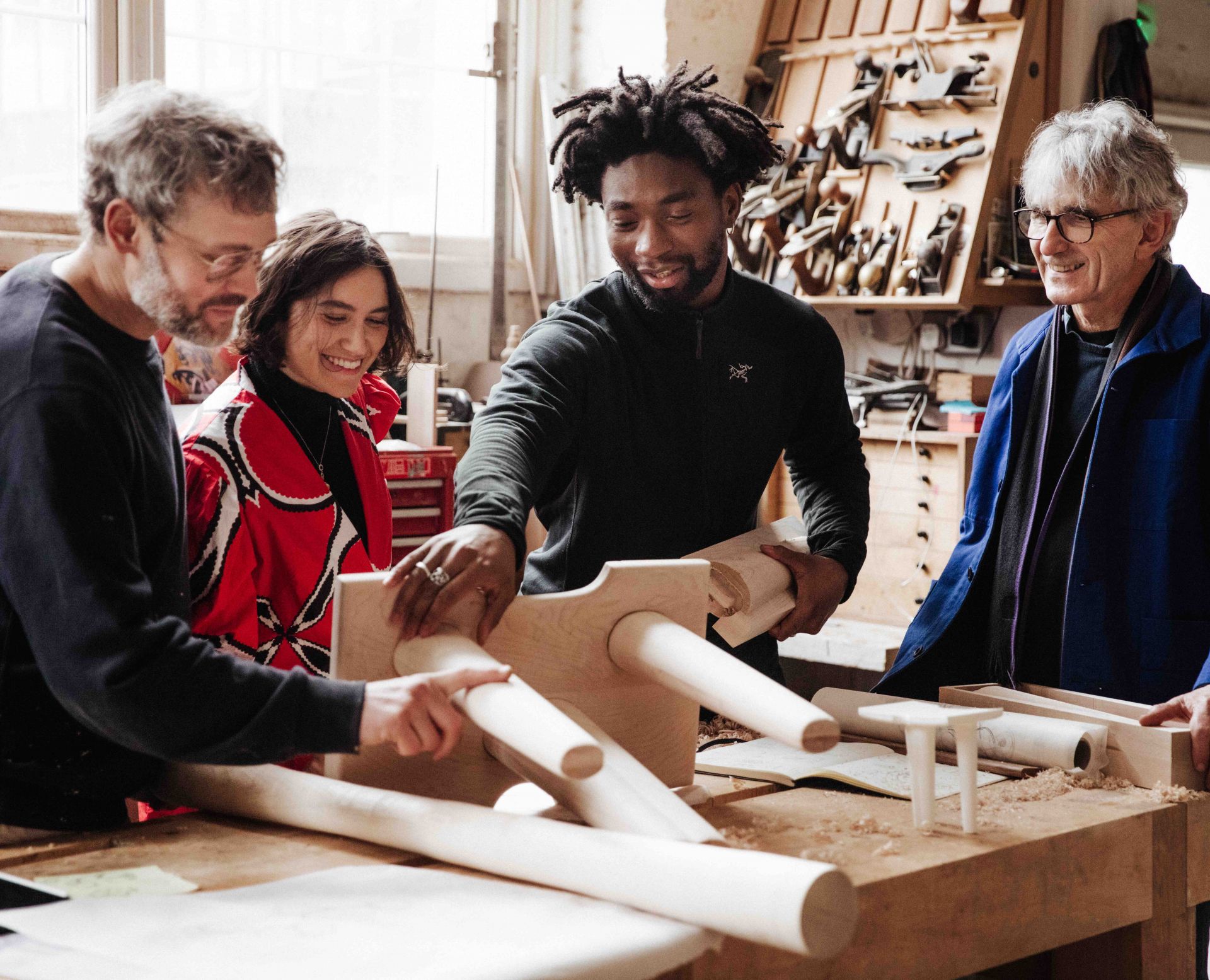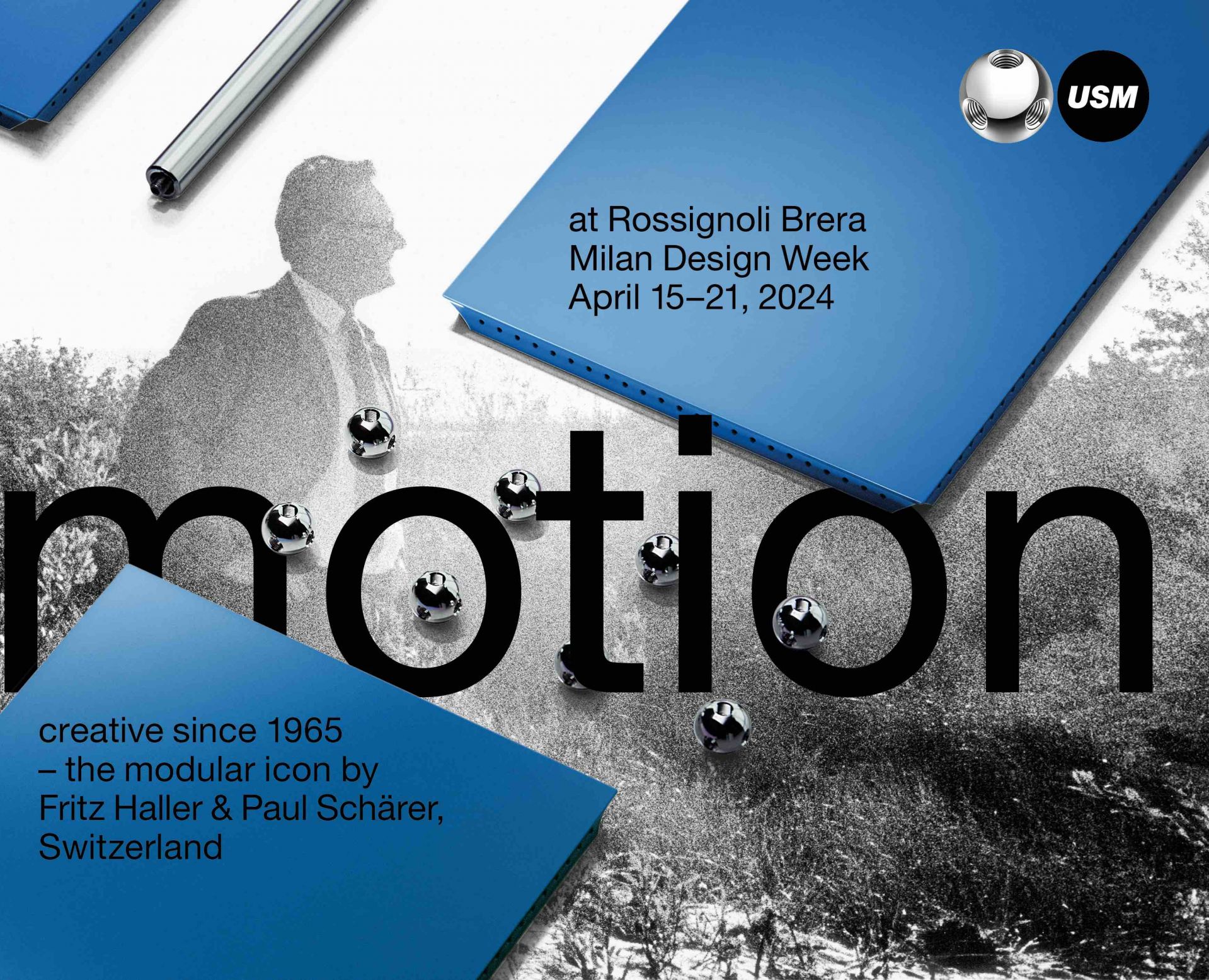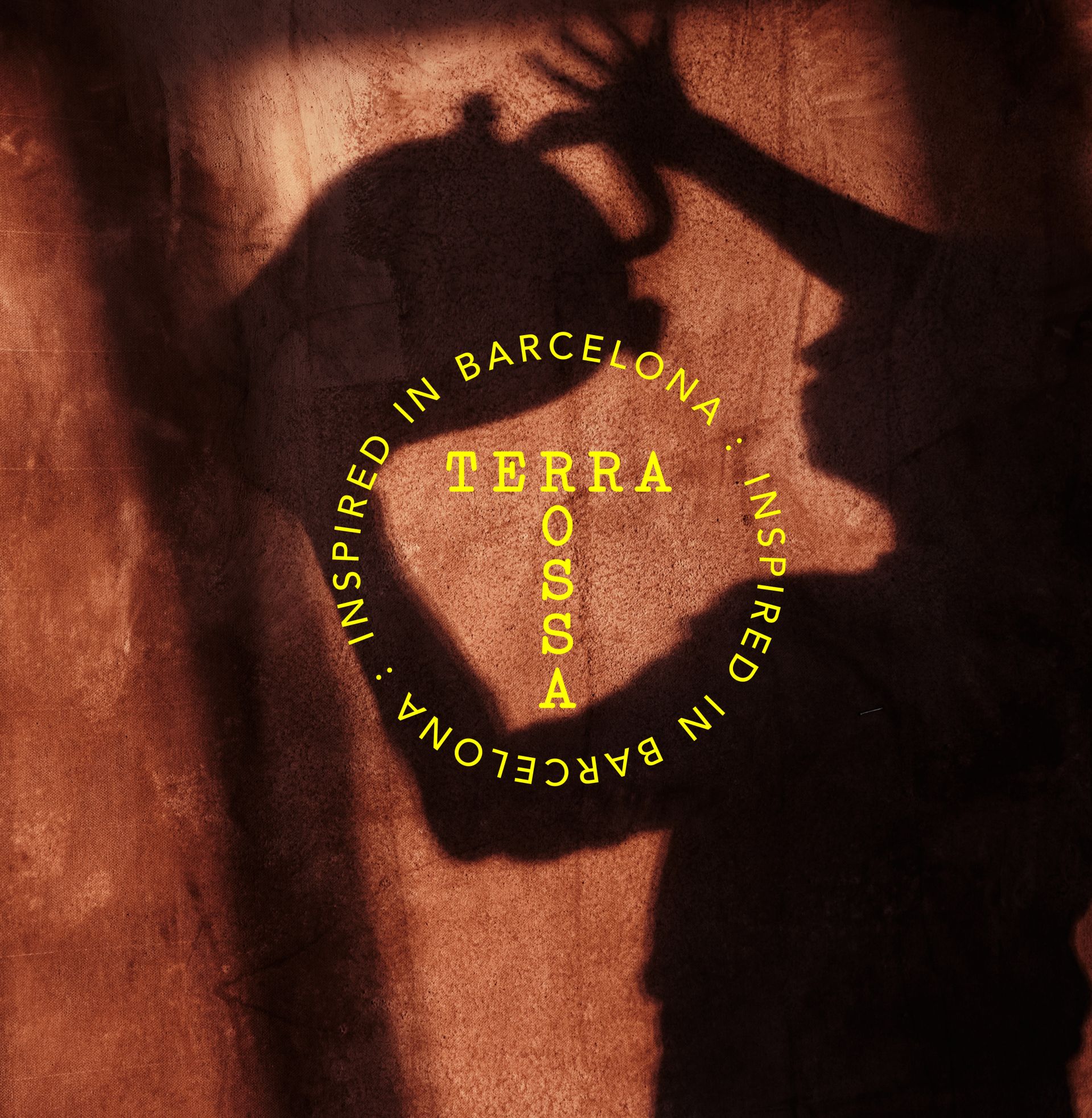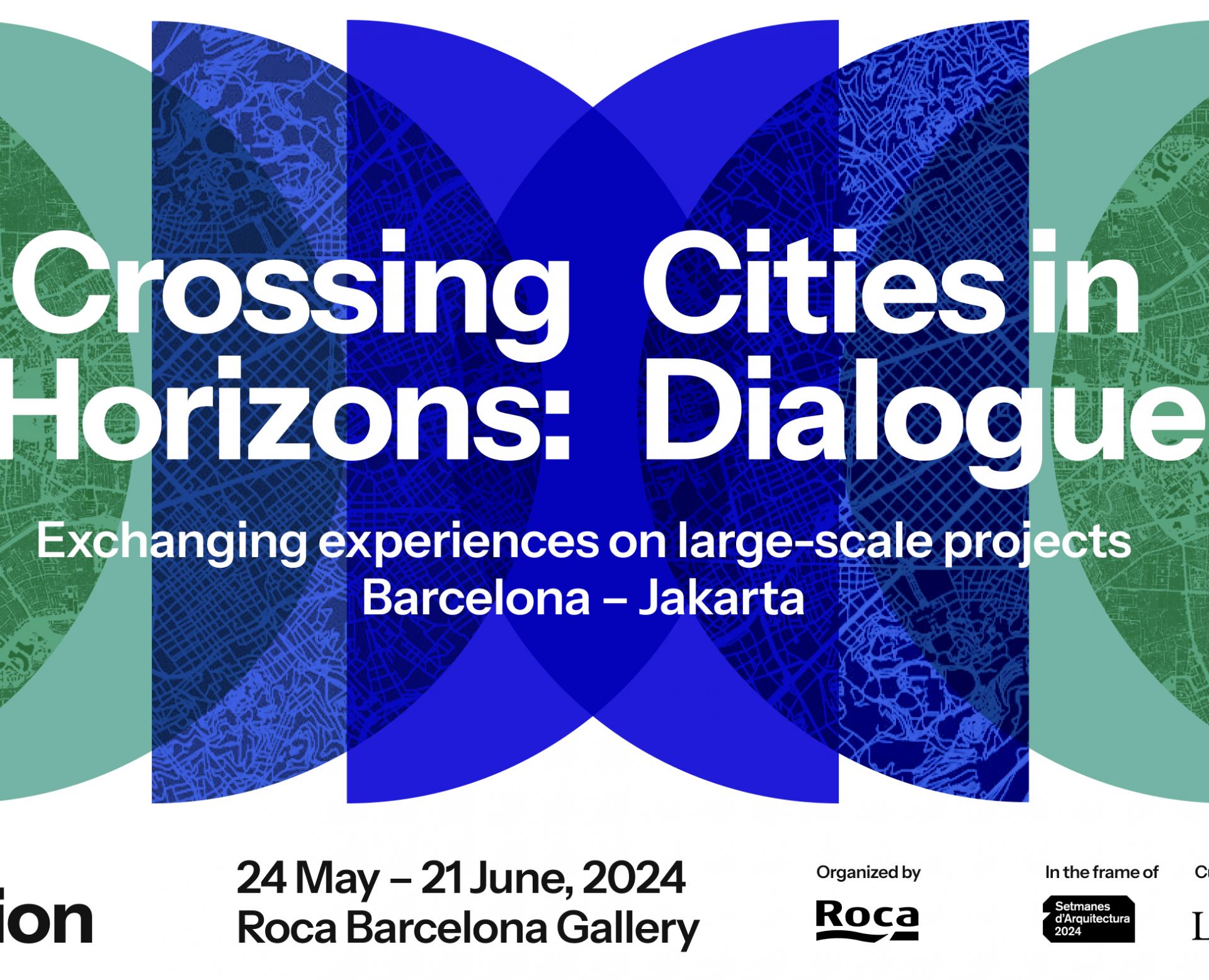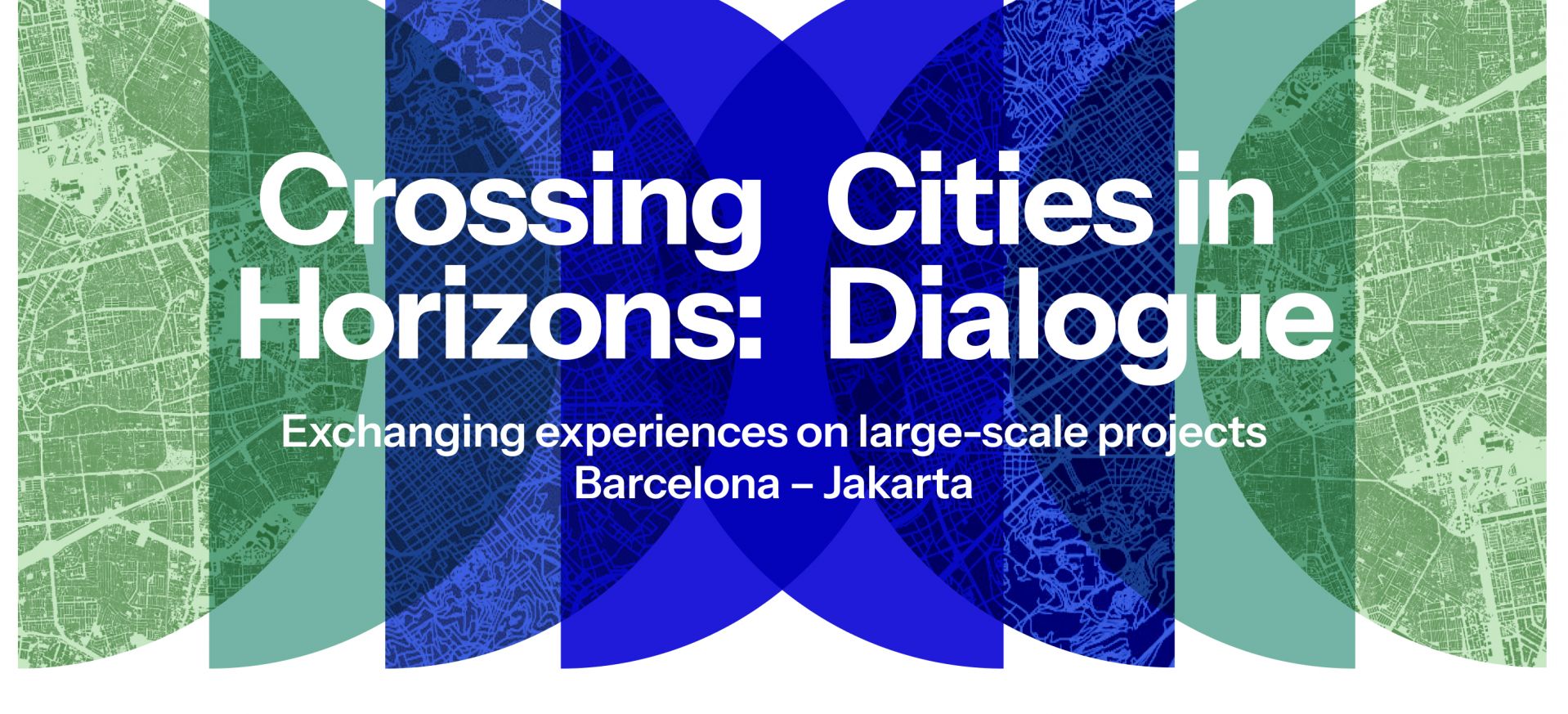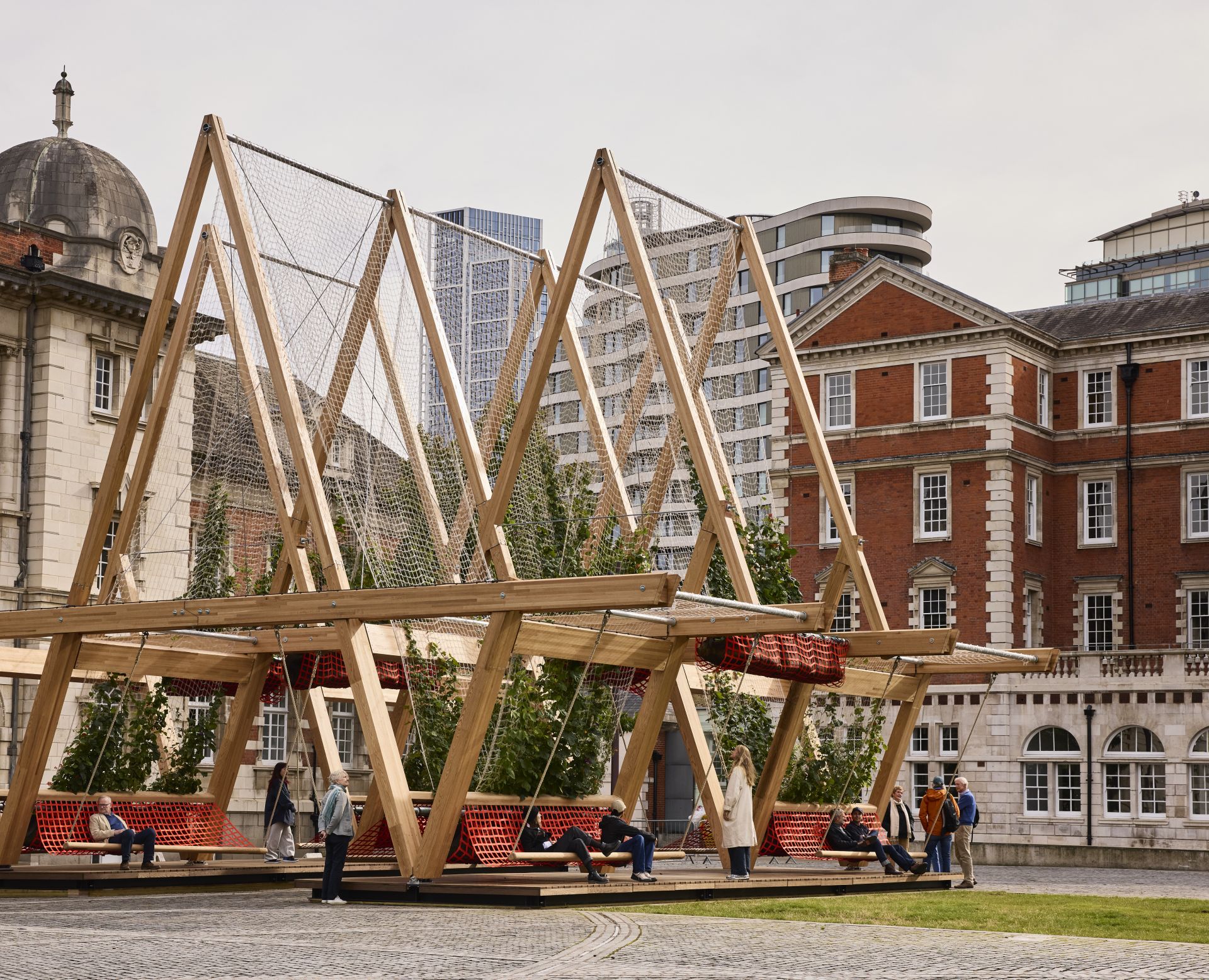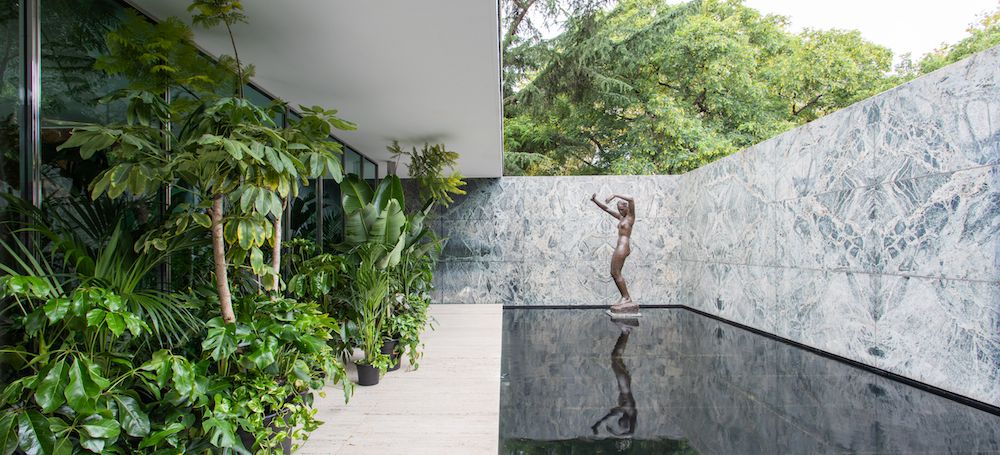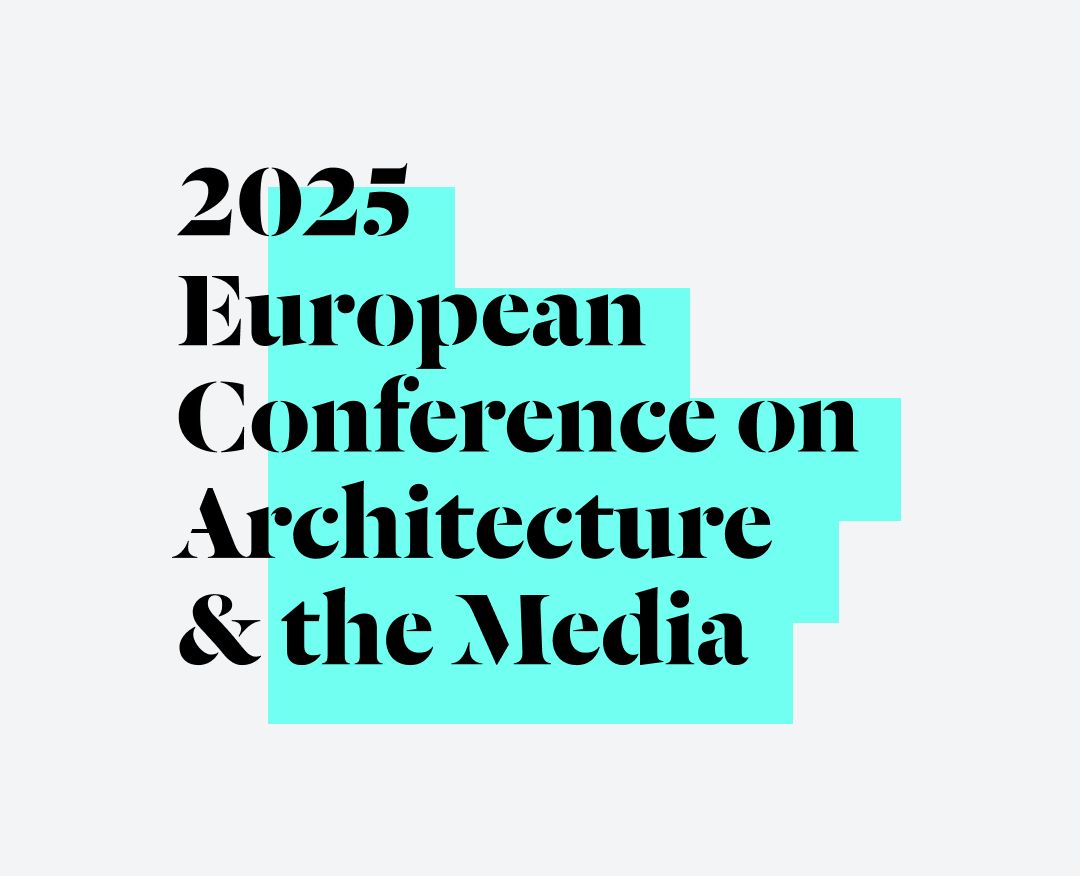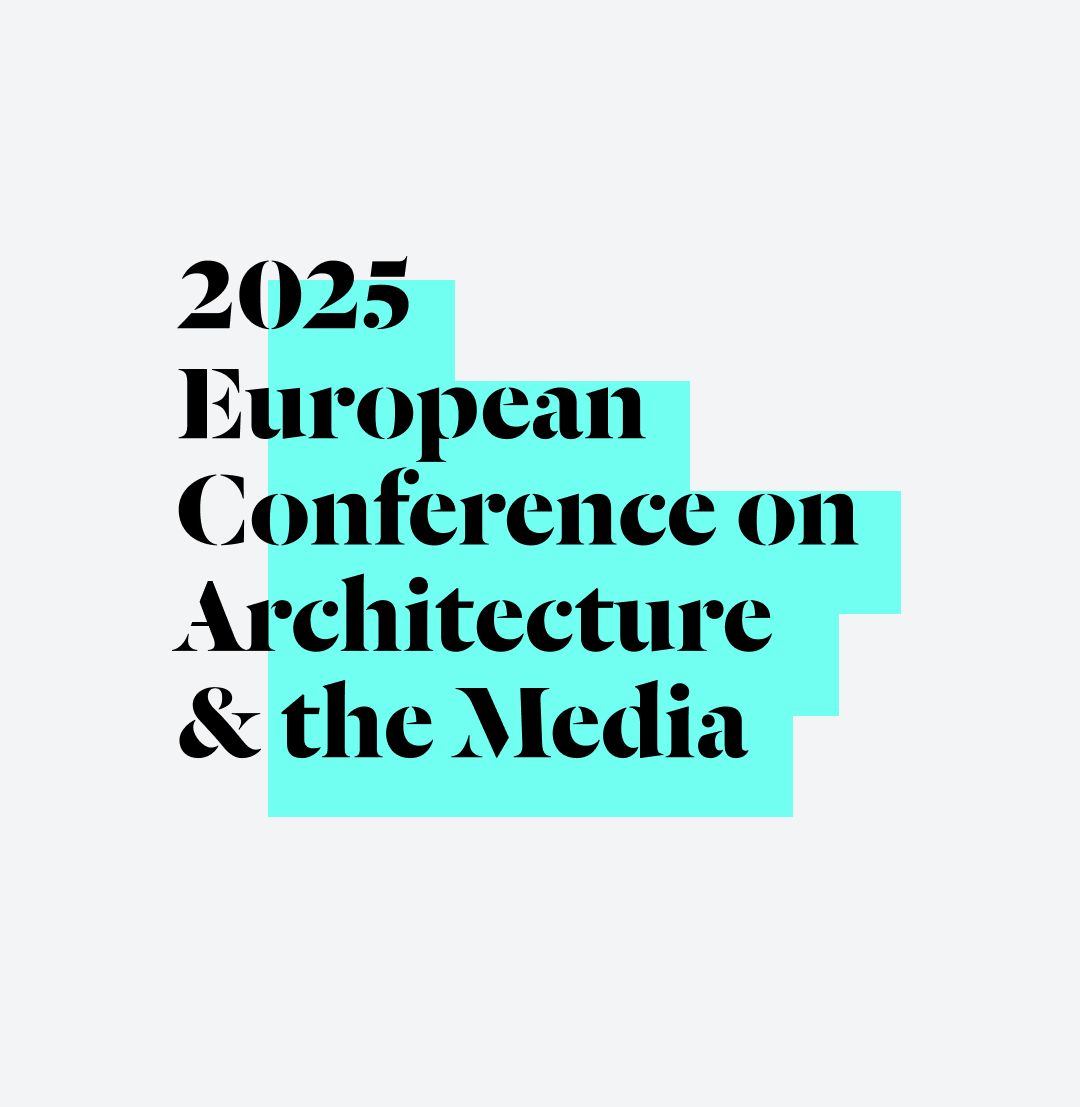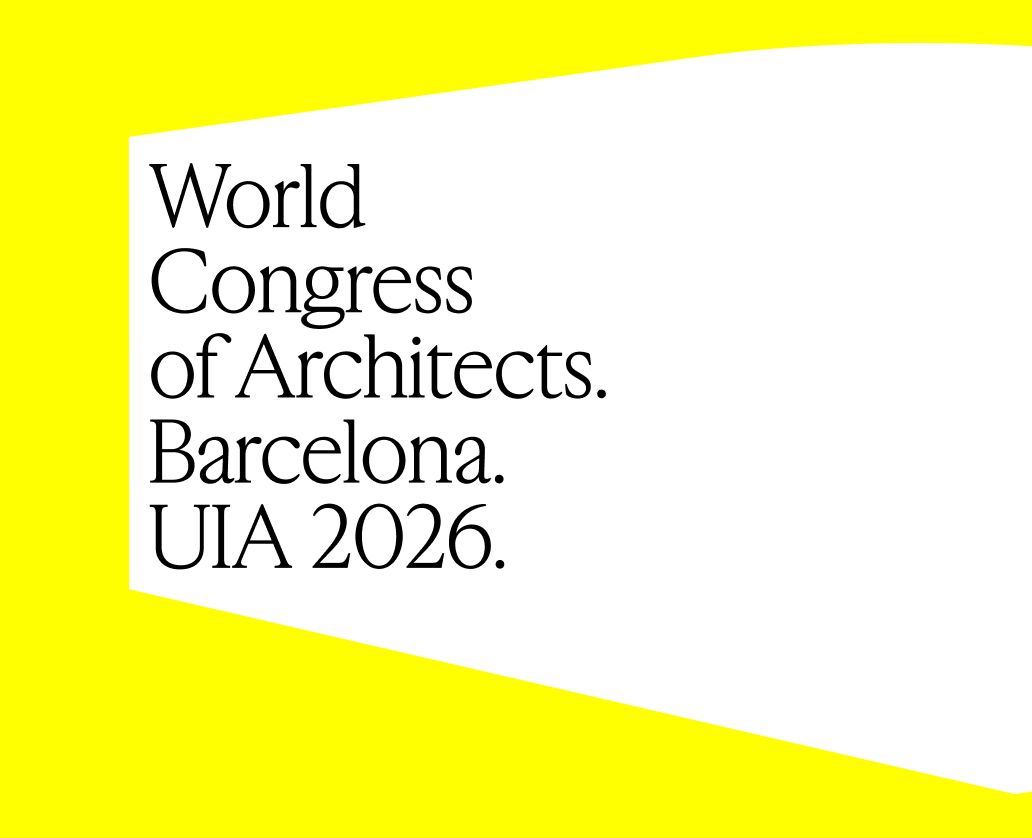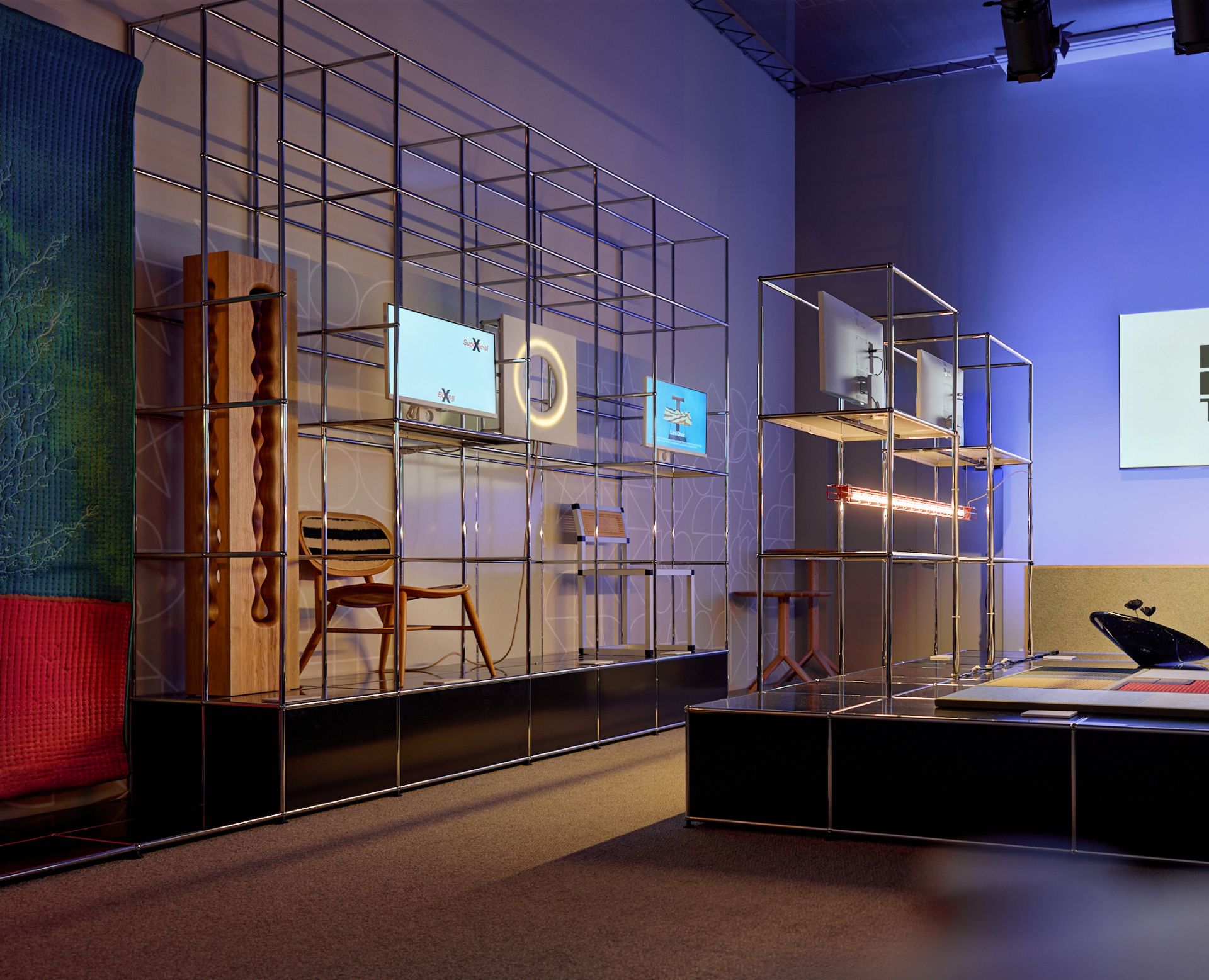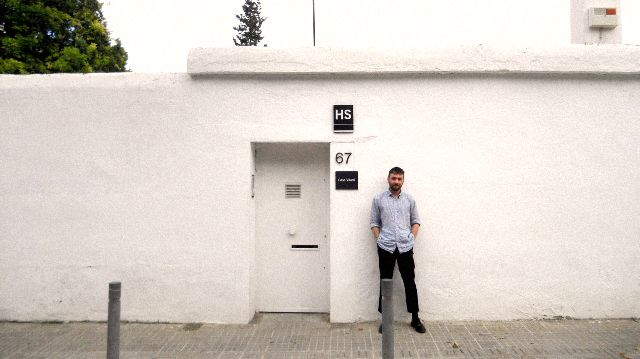
The Fundació Mies van der Rohe presents ‘Artists in Architecture. Re-activating modern european houses’ in Vilaró House
THE PROJECT
The Fundació Mies van der Rohe, jointly with BOZAR and Naples University – Frederic II, presents the project “Artists in Architecture. Re-activating Modern European Houses”, with the support of the European Commission – Creative Europe.
This initiative aims to promote collaboration between general public and artists, architects, students, professionals in the field of heritage. At the same time, it opens an intergenerational and interdisciplinary dialogue that helps define a contemporary vision as well as a future approach to conservation, restoration and reuse of heritage as delicate and at risk as a single-family home.
Through a series of artists’ residencies organized in a selection of six unique houses located in Tervuren and Uccle (Belgium), Praiano and Pompeii (Italy), Bucharest (Romania) and Barcelona, the project aims to stimulate reflection and debate about the great heritage value, tangible and intangible, of European modern domestic architecture, built by the most avant-garde architects of its time or inhabited by protagonists of Europe’s intellectual effervescence at various moments in its history.
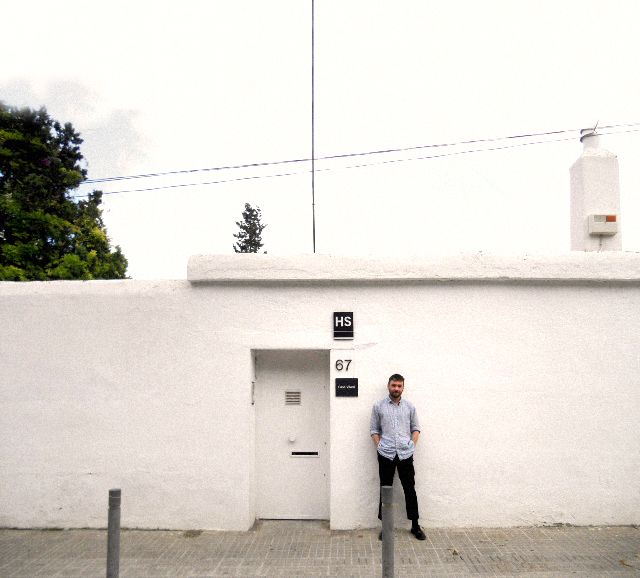
© Jose Hevia
In the case of Barcelona, the residency takes place at the Vilaró House (1928-30), the first work of the young Sixte Illescas (1903-1986), an architect who in the future would be one of the members of GATCPAC (Group of Catalan Architects and Technicians for the Progress of Contemporary Architecture). The Vilaró House, that functioned as a guest house at the Barcelona Architecture Week 2019, is one of the first exponents of explicit modernity, as well as an example of the best rationalist iconography, both in the city and in the entire Spanish State. It was built in parallel to two other single-family houses that between 1928 and 1930 would be presented as a "manifesto" of modernity, avant-garde and rationalism: the Villa Savoye by Le Corbusier that reflects the five points of modern architecture and the Villa Tugendhat by Mies van der Rohe, a domestic and habitable version of what the German architect had rehearsed in the German Pavilion of 1929 built in Barcelona for the International Exhibition. The Vilaró House, designed according to the aesthetic language of the machines defended by Le Corbusier in his book “Towards an Architecture” (1923), stands out for its outstanding articulation. From terraces, platforms and gardens, to a completely white facade, without elements decorative or balustrades but with horizontal lines marked by the overhangs and railings reminiscent of a ship; inside it still retains furniture of the time, without moldings or ornaments.
The open call for the project “Artists in Architecture. Re-activating Modern European Houses” that was launched in April this year, gathered 362 proposals from visual artists, architects, writers, musicians, dancers, set designers, actors, etc. Among those the following applicants were selected: Luke James (LeWitt House), Jacques Ligot (Strebelle House), Susanne Mariacher and Helene Schauer (Iancu House), Elena Mazzi (Fiorelli House), Something Fantastic (Julian Schubert, Elena Schütz, Leonard Streich) with Fernanda Tellez (Van Der Meeren House) and Ben Weir (Vilaró House).

© Jose Hevia
The residencies are taking place between July 1 and September 30. The result can be seen this fall in a collective exhibition in Bozar (Brussels) and in an individual exhibition in Barcelona that will feature the production of artist and architect Ben Weir for Vilaró House.
ARTISTIC RESIDENCY
For the residency in Vilaró House, the Fundació Mies van der Rohe formed a jury of experts composed by Teresa Grandas, curator of exhibitions at the MACBA, Lluís Nacenta, director of Hangar production, research and visual arts center, Rebeca Franquesa representative of the property of Vilaró House and Ariadna Perich, coordinator of the Artists in Architecture project at the Fundació Mies van der Rohe. This jury chose the Belfast based artist and architect Ben Weir, for his interest and critical attitude around modern architectural heritage, demonstrable in different projects that have generated an interesting artistic production.
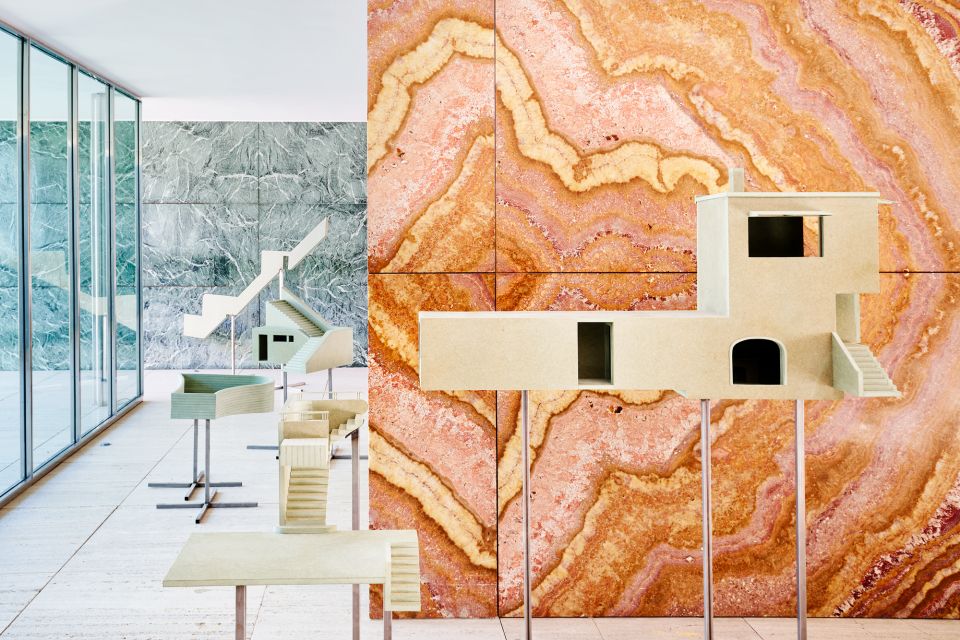
© Jose Hevia
The proposal that is currently being developed by Ben Weir draws attention to the alterations and extensions that the house has suffered, which have considerably modified the spatial sequence and the original experience of the house, as well as its relation with the limits of the lot. The artist proposes the production and exhibition of large format models on the house cover, as a garden of sculptures. These objects will reproduce these added and altered fragments of the house. They will be a way of documenting and investigating its current condition, but also a way of questioning the value, necessity or role these alterations have nowadays in the current context of protected heritage building. “The Casa Vilaró didn’t ‘stop’ when it was completed in 1930, it merely began its ongoing dialogue with history. Rather than attempt to solve the issue, or fate, of Casa Vilaró, concerning its unlauded status internationally or its unsympathetic additions, I aim to produce work that will discuss the richness and complexity of its current condition. A singular object has a multitude of histories, and I wish both to unearth and add upon them. In doing so, I hope to bring to the fore wider discussions on how we relate to our architectural heritage.” Project organised with the support of: “The name of that artifact that we architects work to produce, ‘building,’ is both noun and verb, and as such implies constant action. Never a static object, a building is consistently dynamic, due, in part, to the shifting conditions and contexts that it finds itself within.”
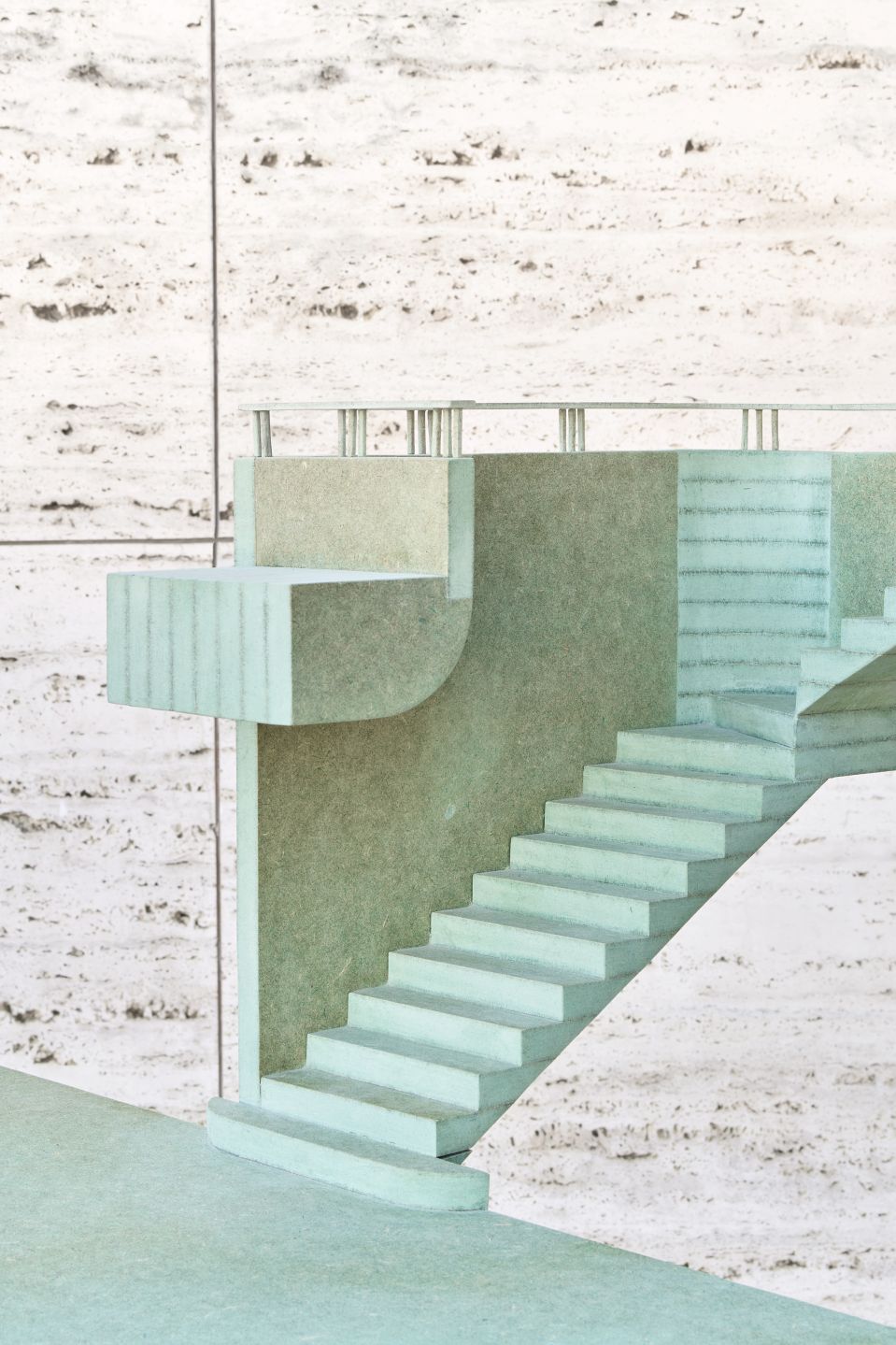
© Jose Hevia
BEN WEIR
Ben Weir is an artist and a graduate of architecture from both the University of Ulster Belfast and the Glasgow School of Art. He has completed a post-academic work period at the Jan Van Eyck Academie in Maastricht. Ben works within the discipline of architecture, and does so by creatively side-stepping established modes of architectural practice in order to unlock discussions on diverse issues relating to architecture. The work comes, in part, out of frustration, disillusionment, and anger. It comes as a reactionary protest against the misguided attitude of private developers and city councils towards our built heritage, the rise of privately-owned public-space undermining our collective understanding of a 'shared city,' and the ever-diminishing agency of the urban artefact. His work is, however, inherently optimistic. Through drawing, writing and built spatial-interventions, Weir blends fiction, humour, commentary and critique in an intuitive manner that discusses the situation of the contemporary city. This is most often his native Belfast: post-industrial, post-conflict, swallowed by neoliberal profit-led redevelopment, with ever-mounting loss of architectural heritage and a broken planning system. By dissecting, re-presenting and interrogating the urban artefact, often through additive processes, Weir calls into discussion larger themes of value systems, authority, decision making and accountability.
FUNDACIÓ MIES VAN DER ROHE
Fundació Mies van der Rohe was created in 1983 by the City Council of Barcelona with the initial goal of rebuilding the German Pavilion designed by Ludwig Mies van der Rohe (1886-1969) with Lilly Reich (1885-1947), for the International Exhibition of Barcelona in 1929. In addition to conserving and disseminating knowledge about the Pavilion, Fundació Mies van der Rohe promotes debate and awareness on issues related to contemporary architecture and urbanism, organizing prizes, congresses, conferences, exhibitions, workshops and interventions. Among these activities is the organization of the program of events that includes dance, cinema, music, art and collaboration with other institutions in the city.


